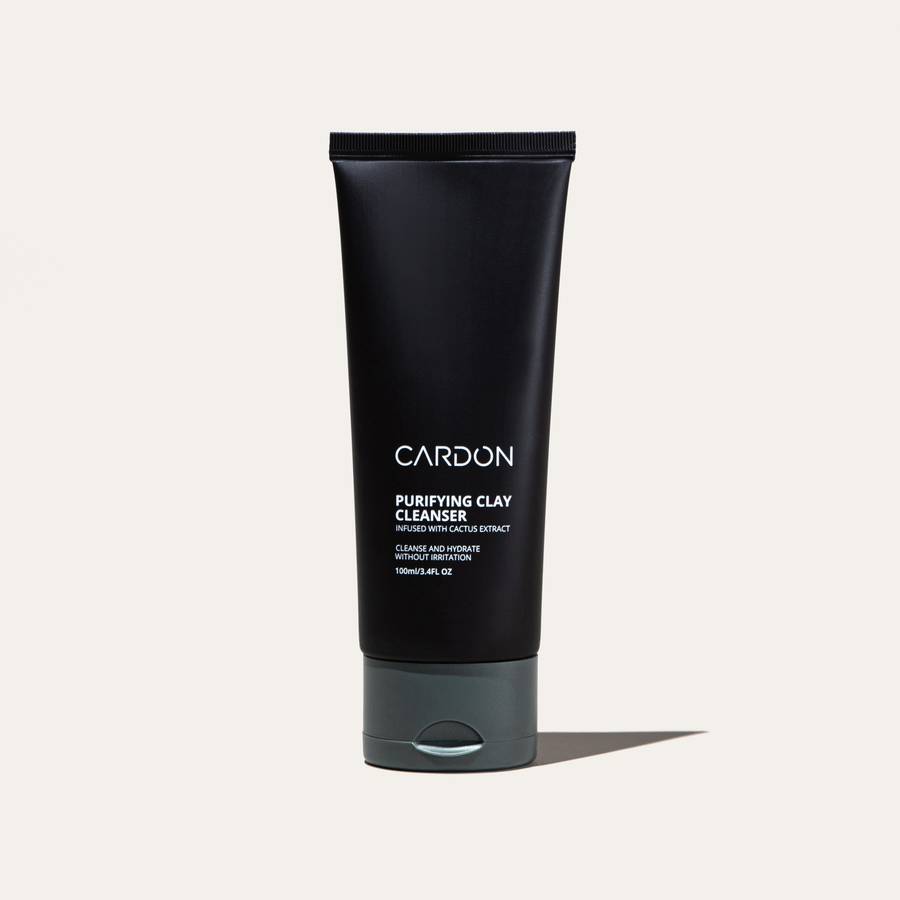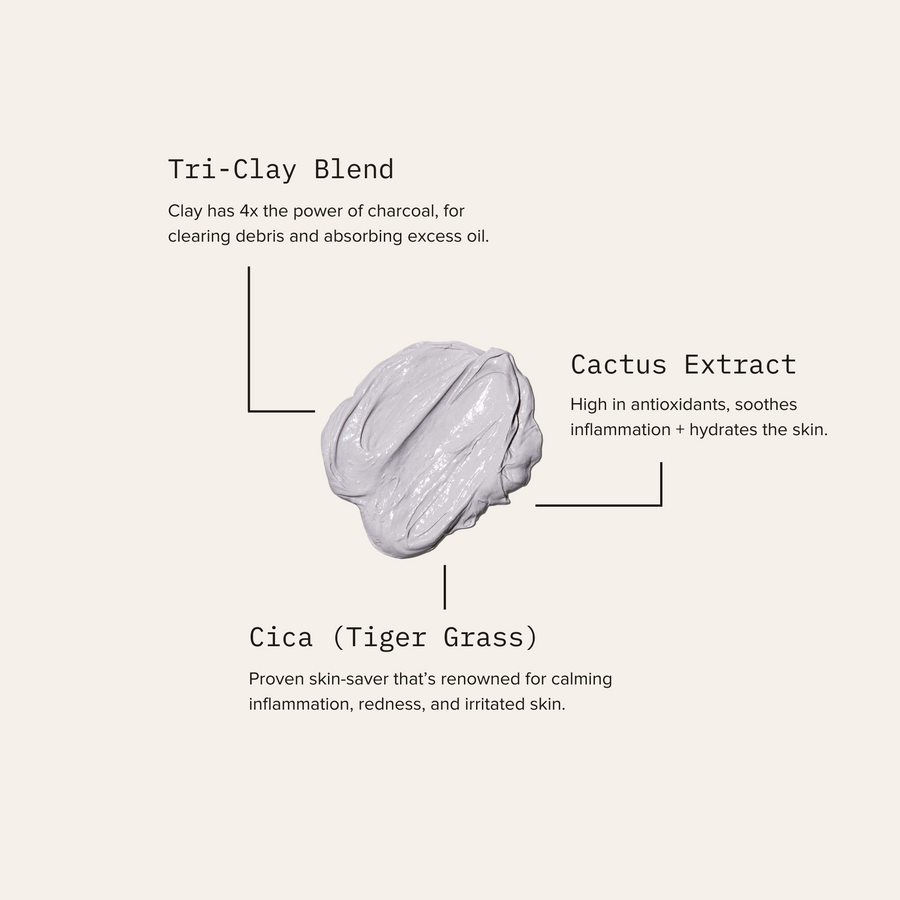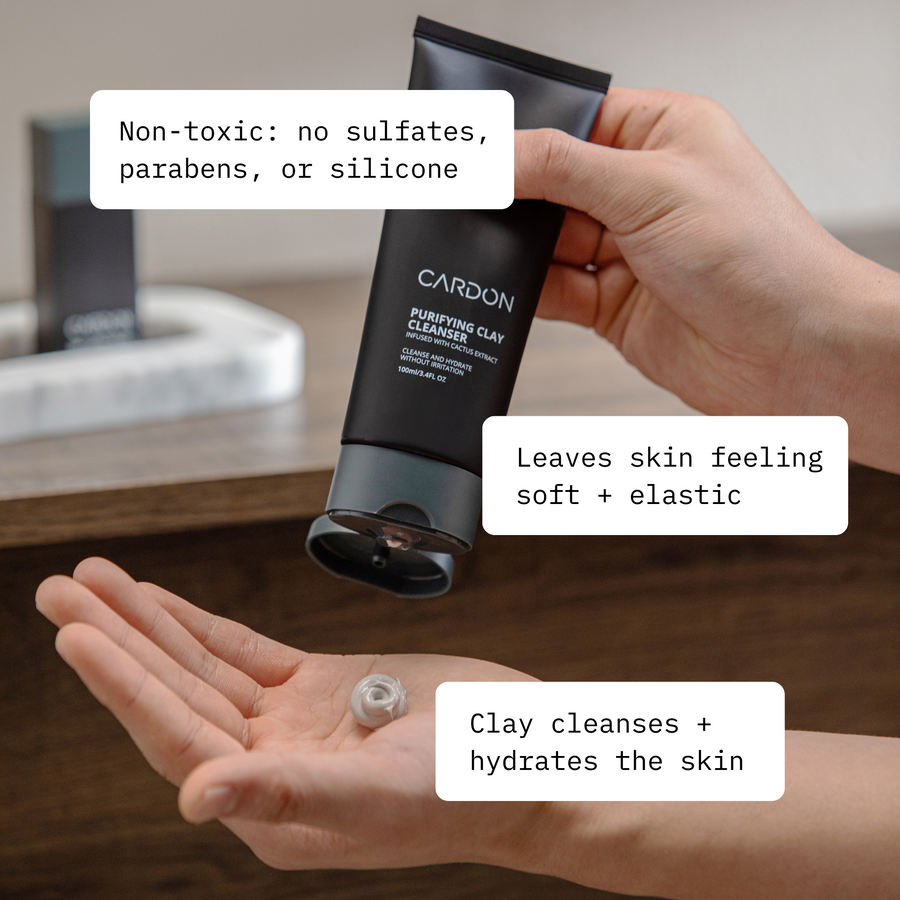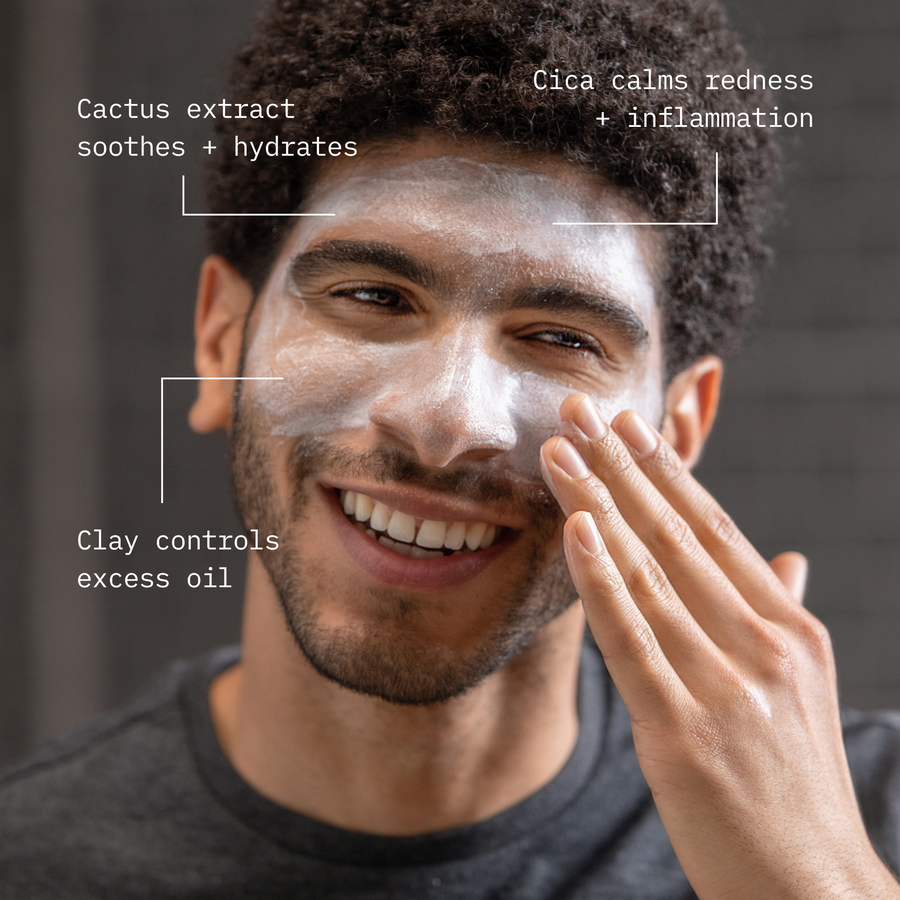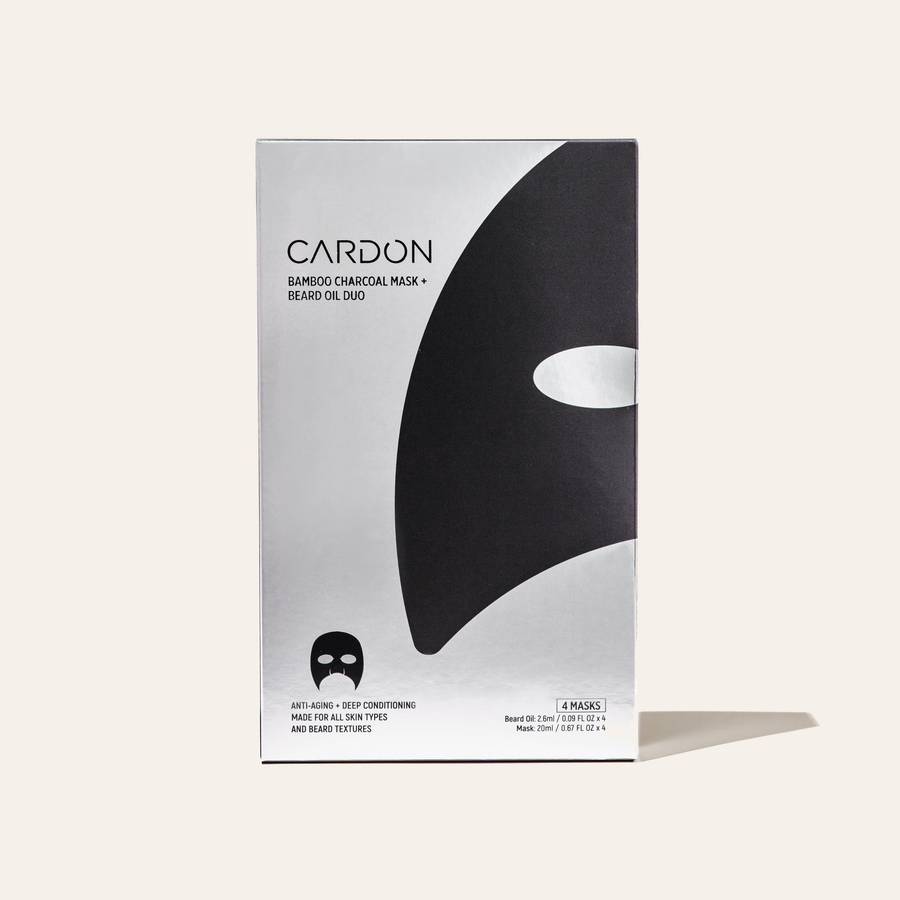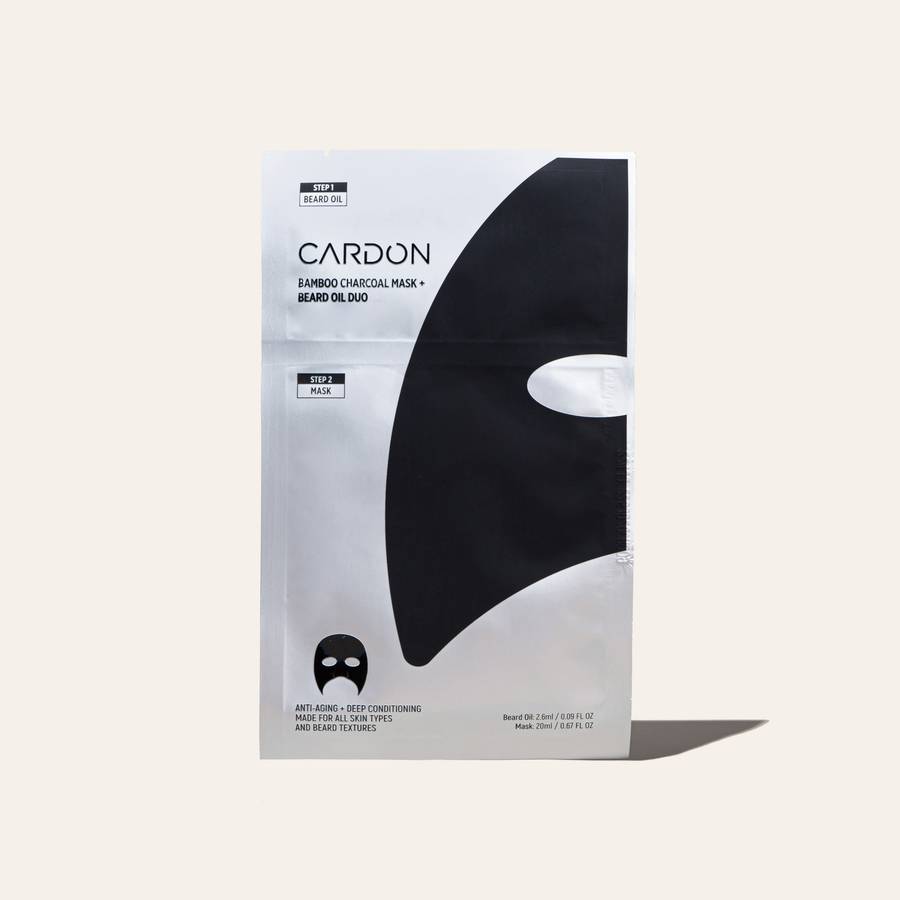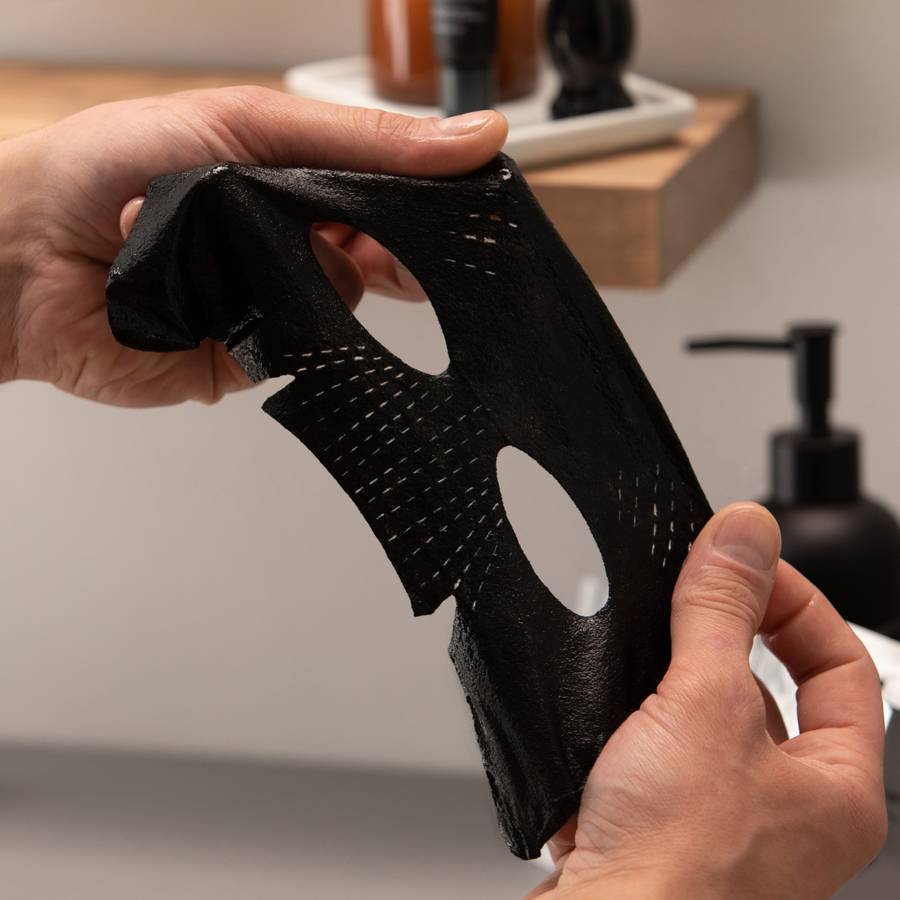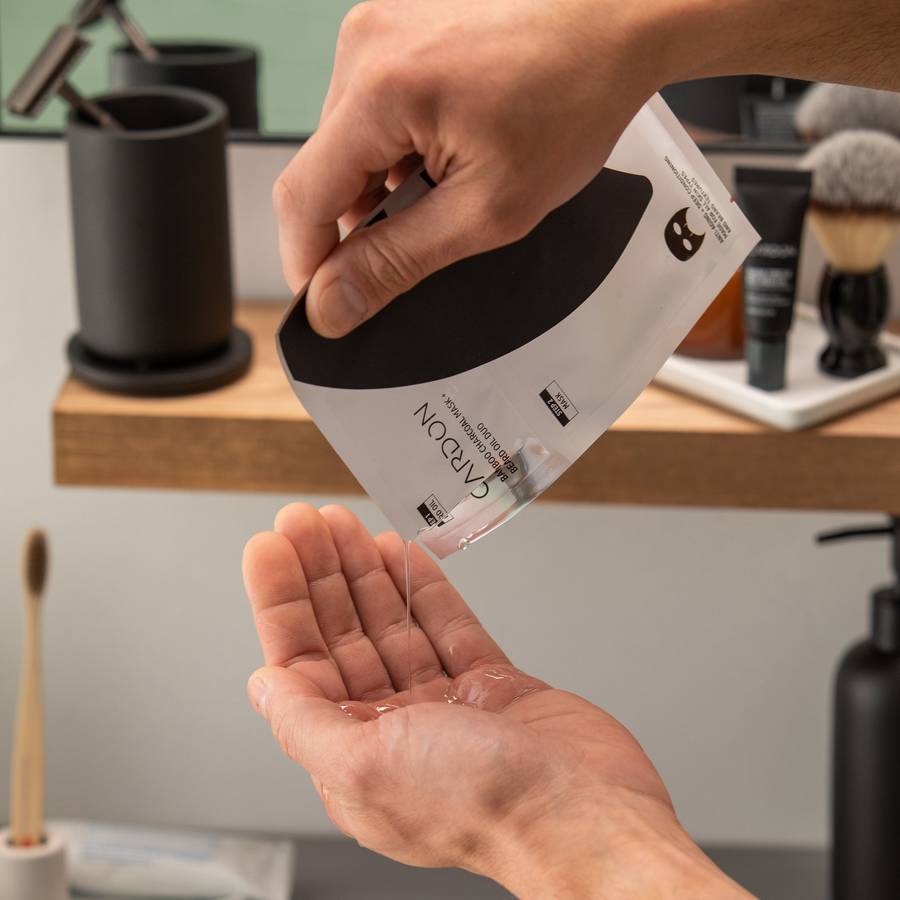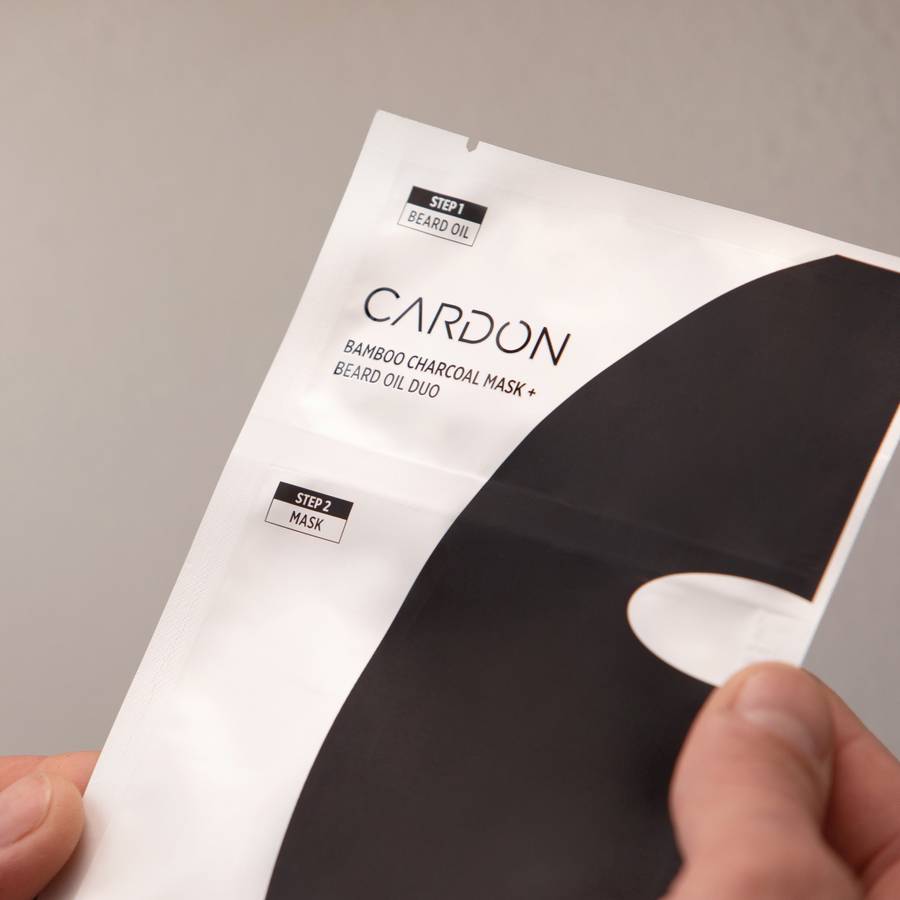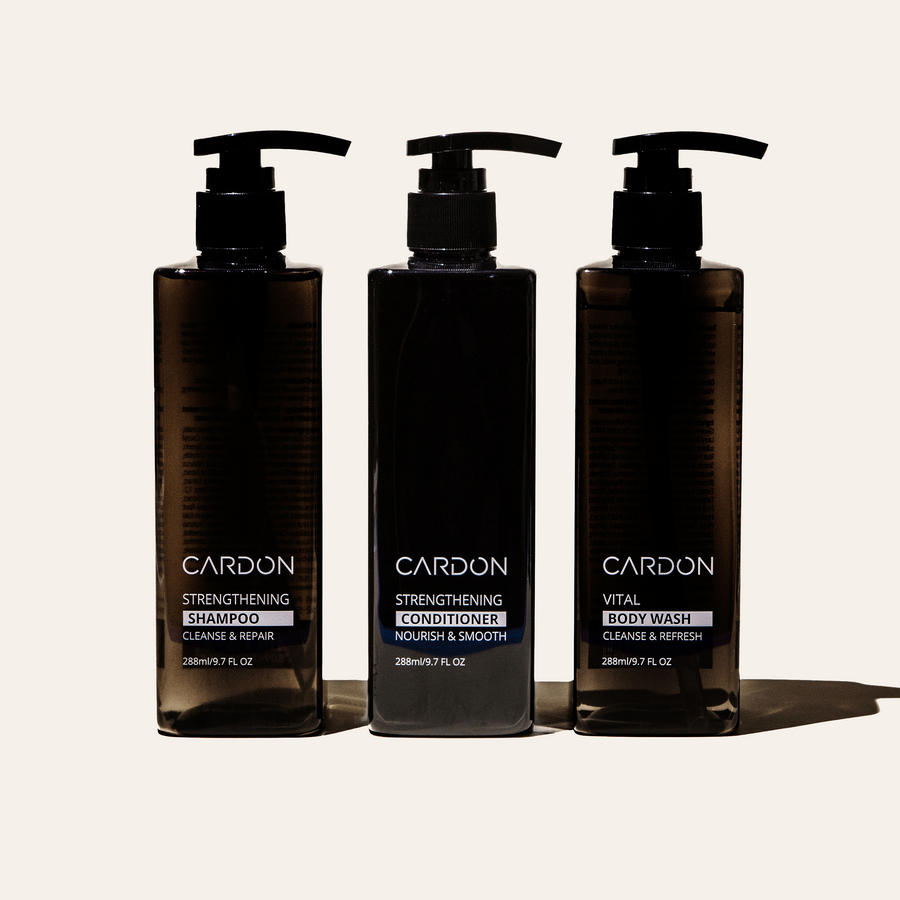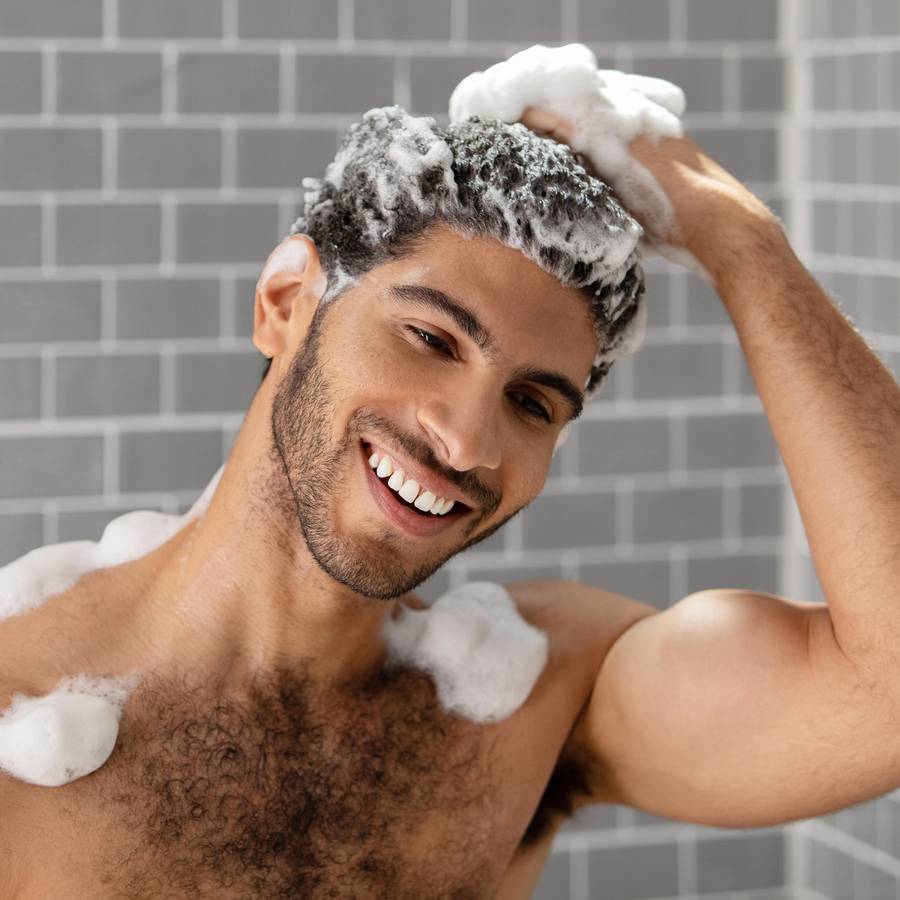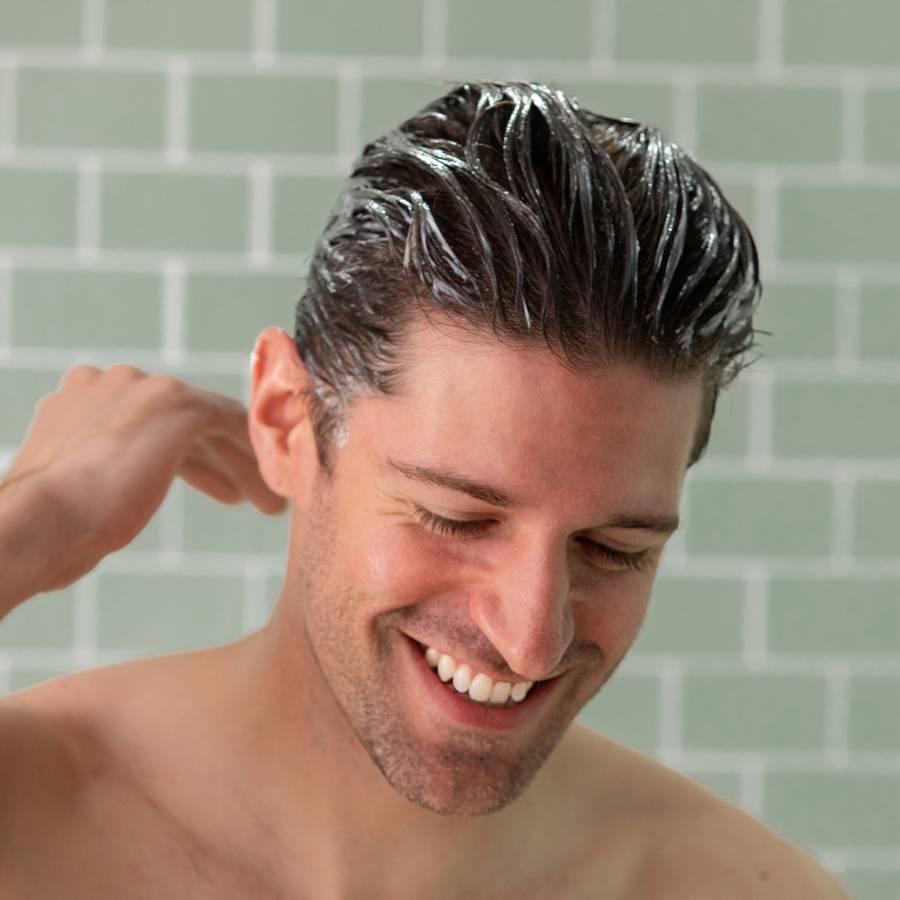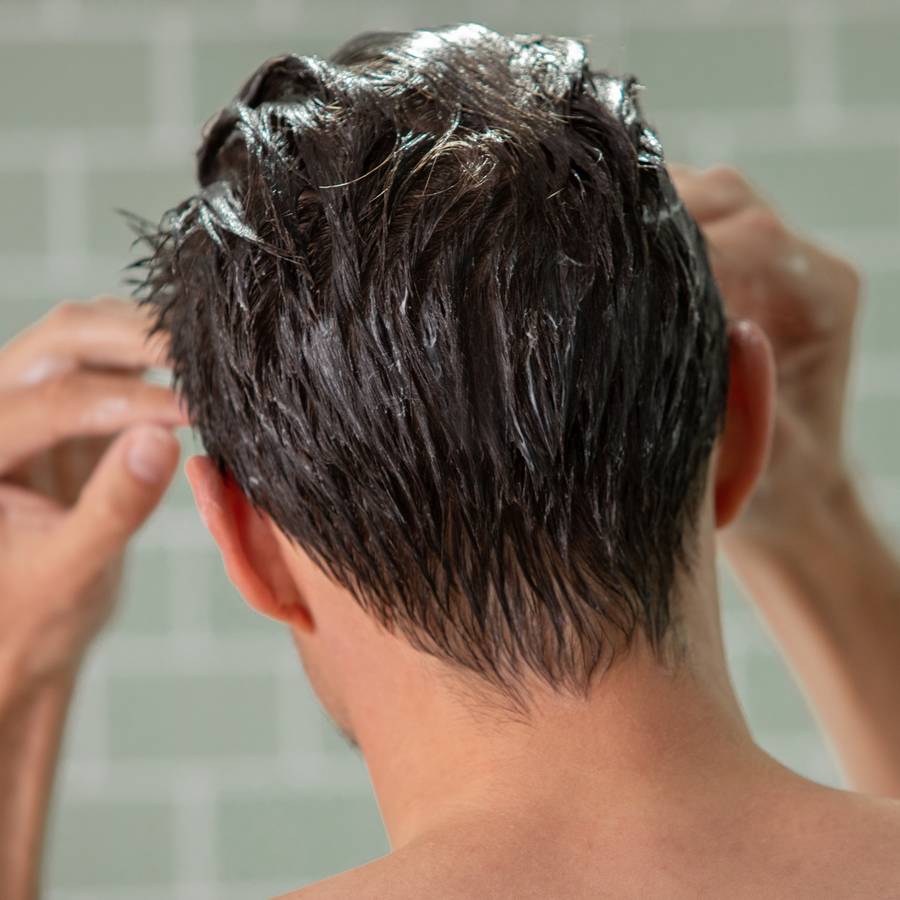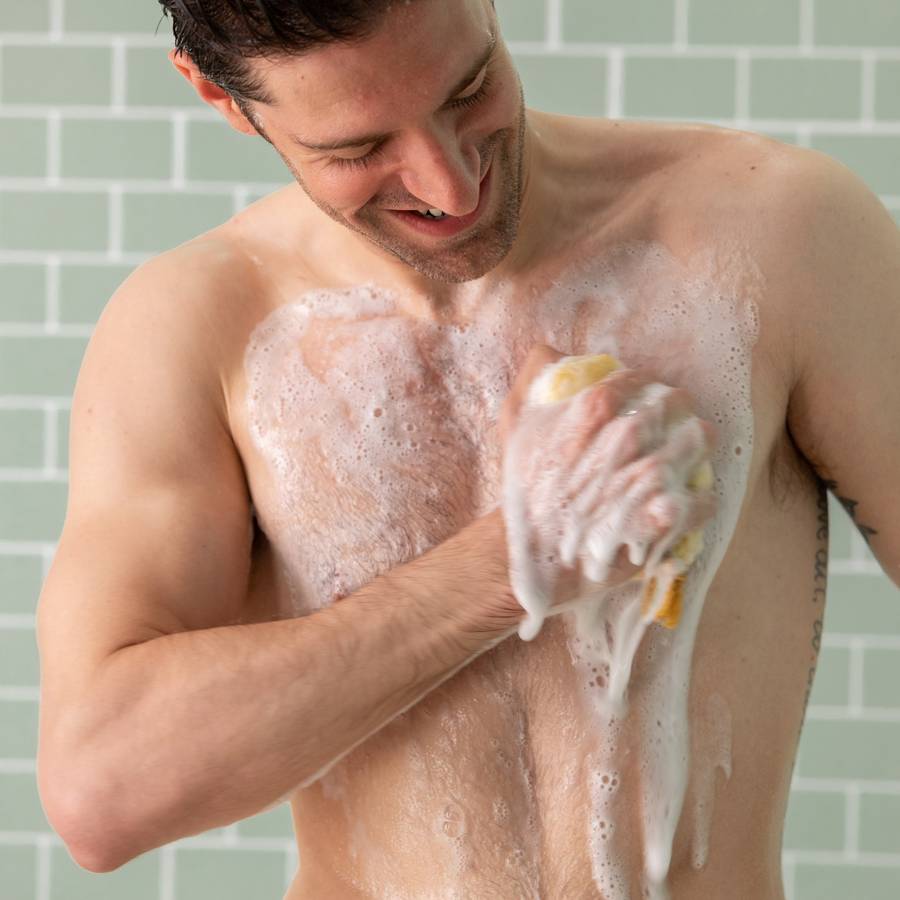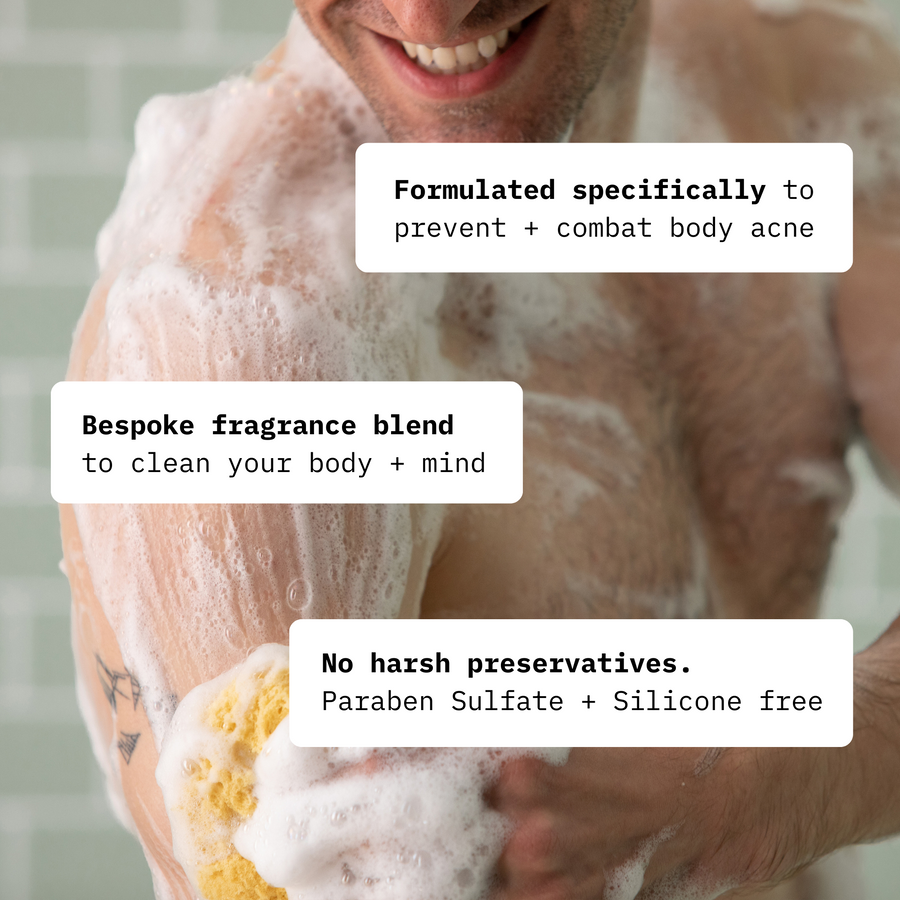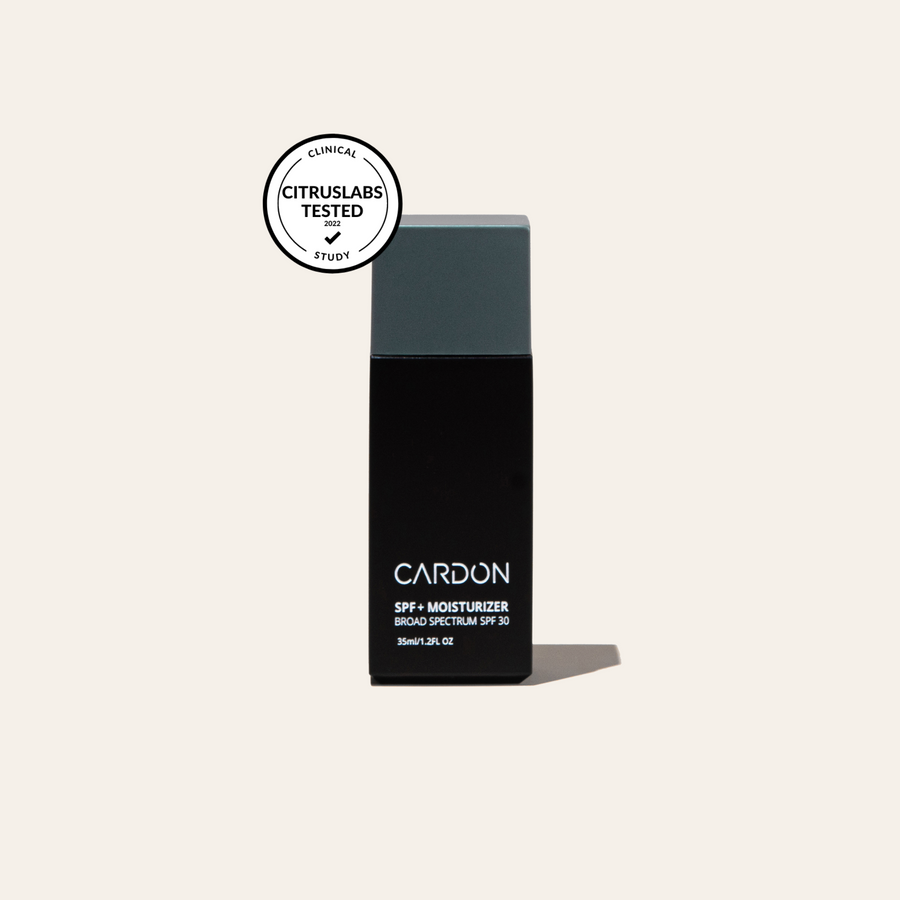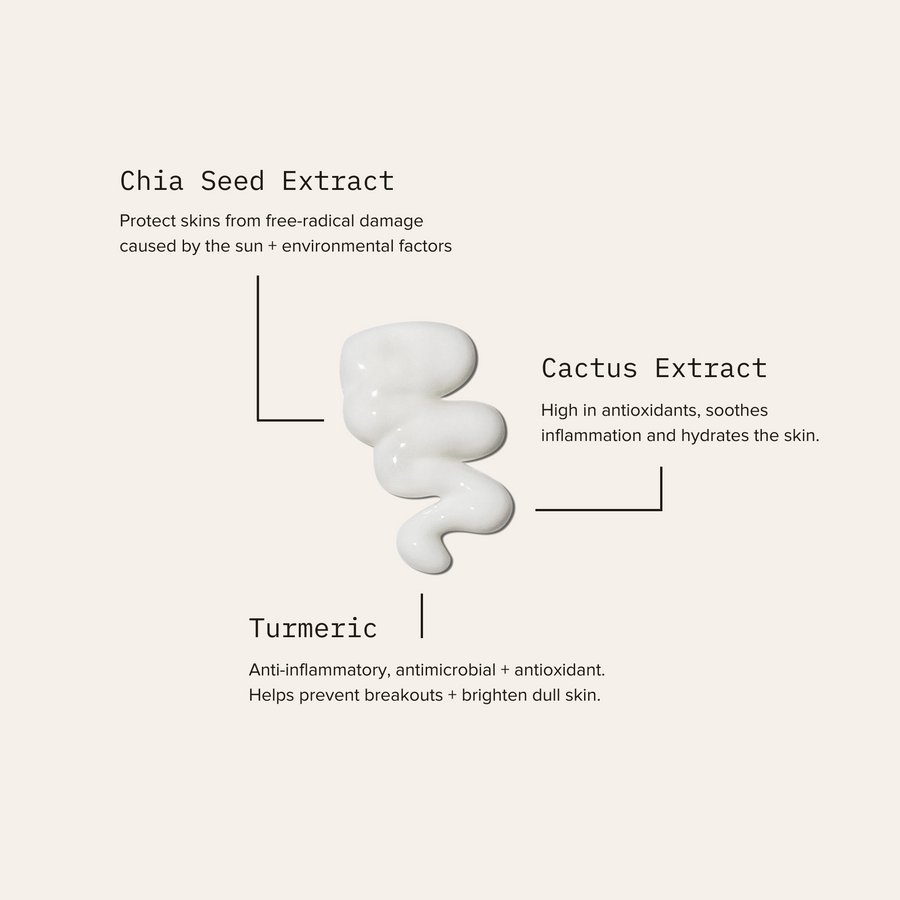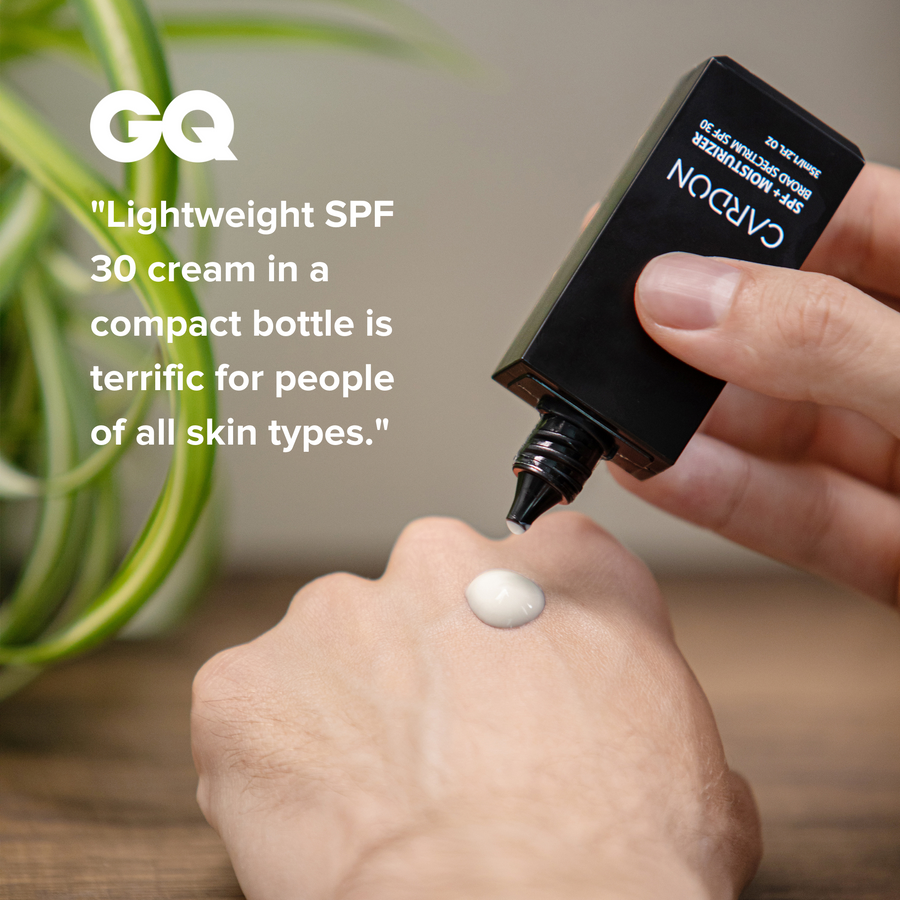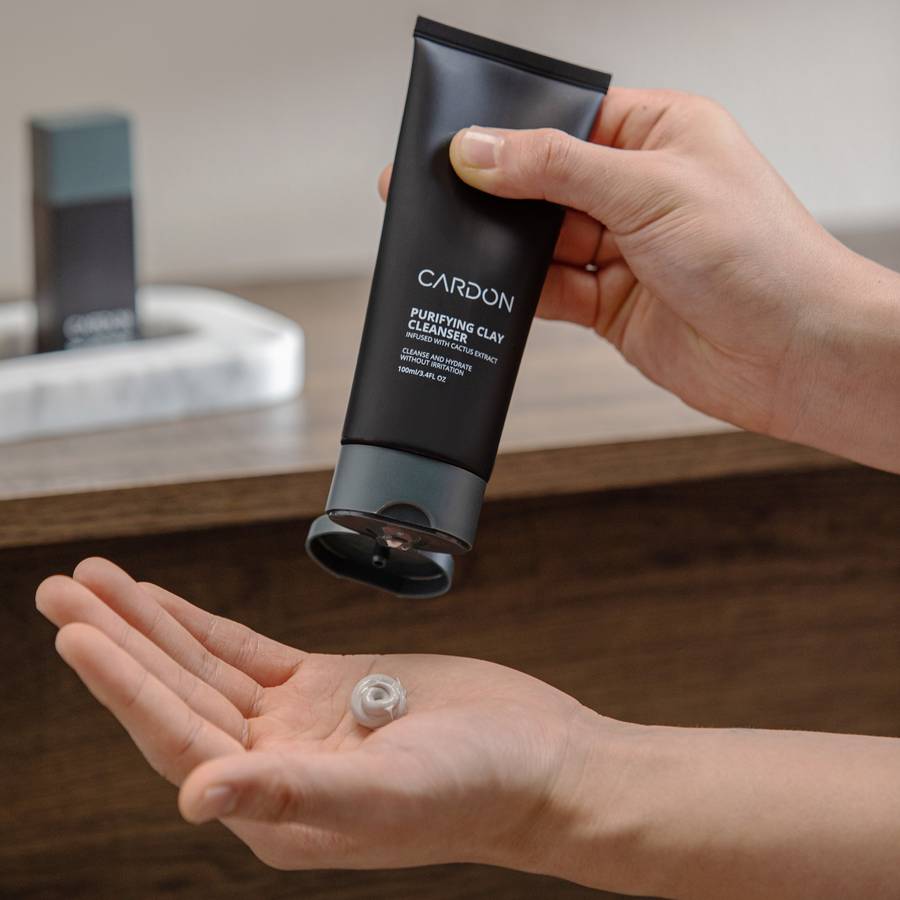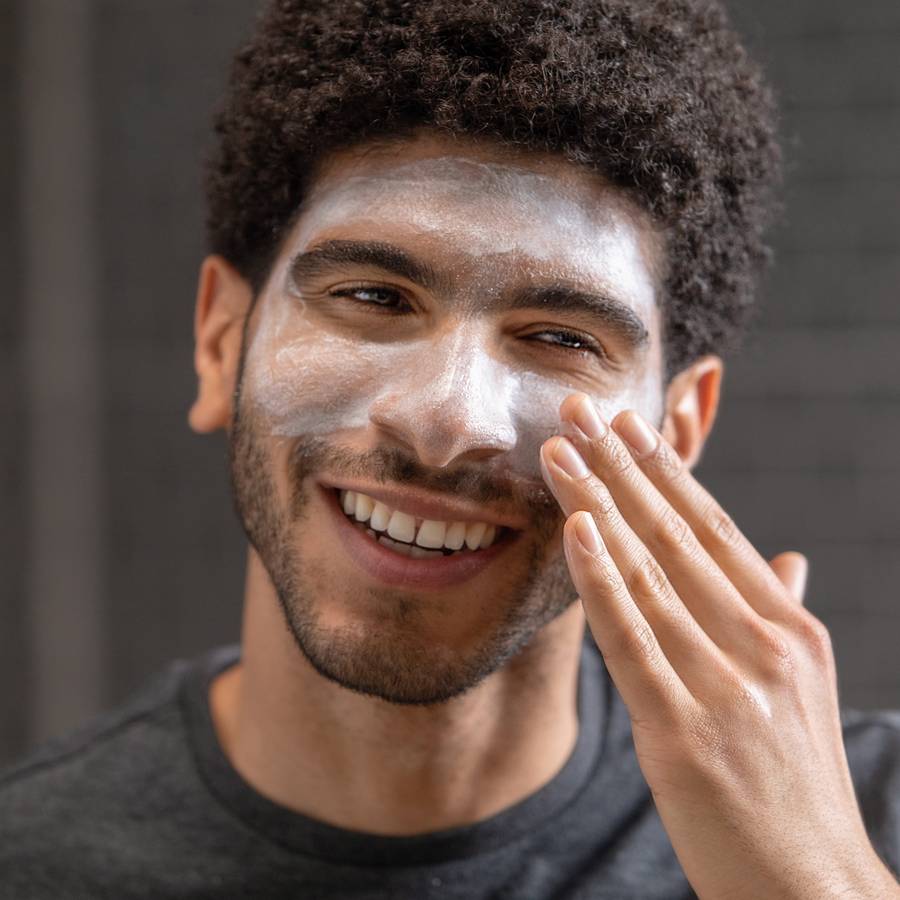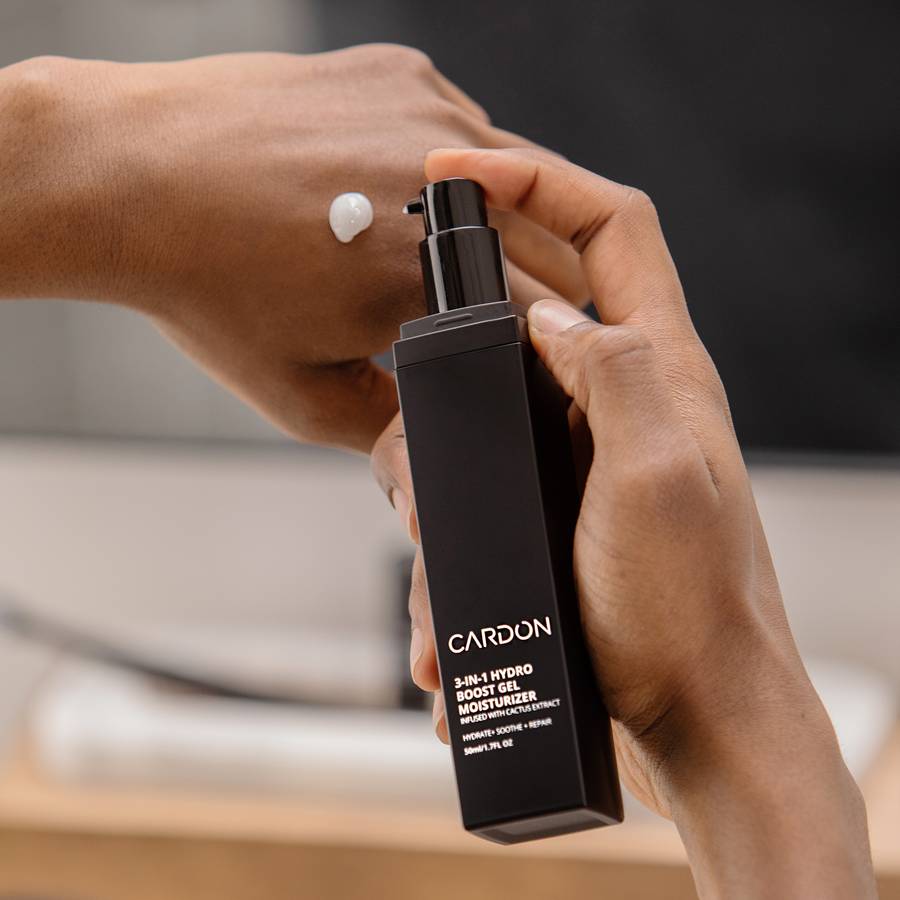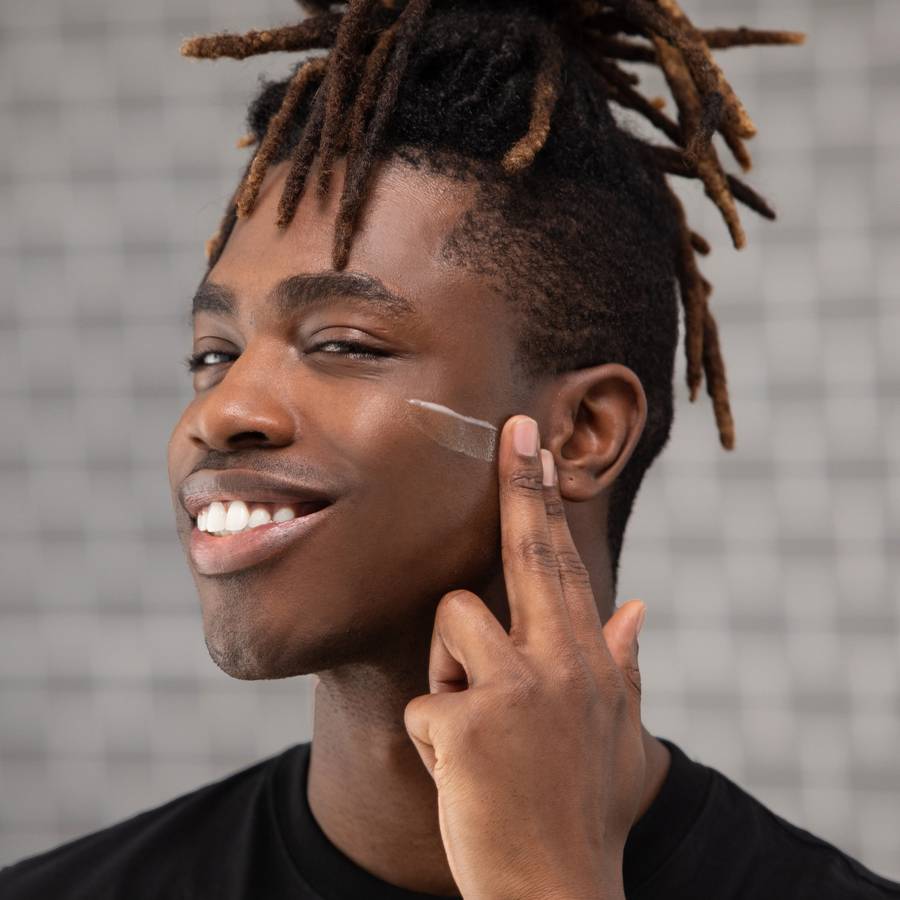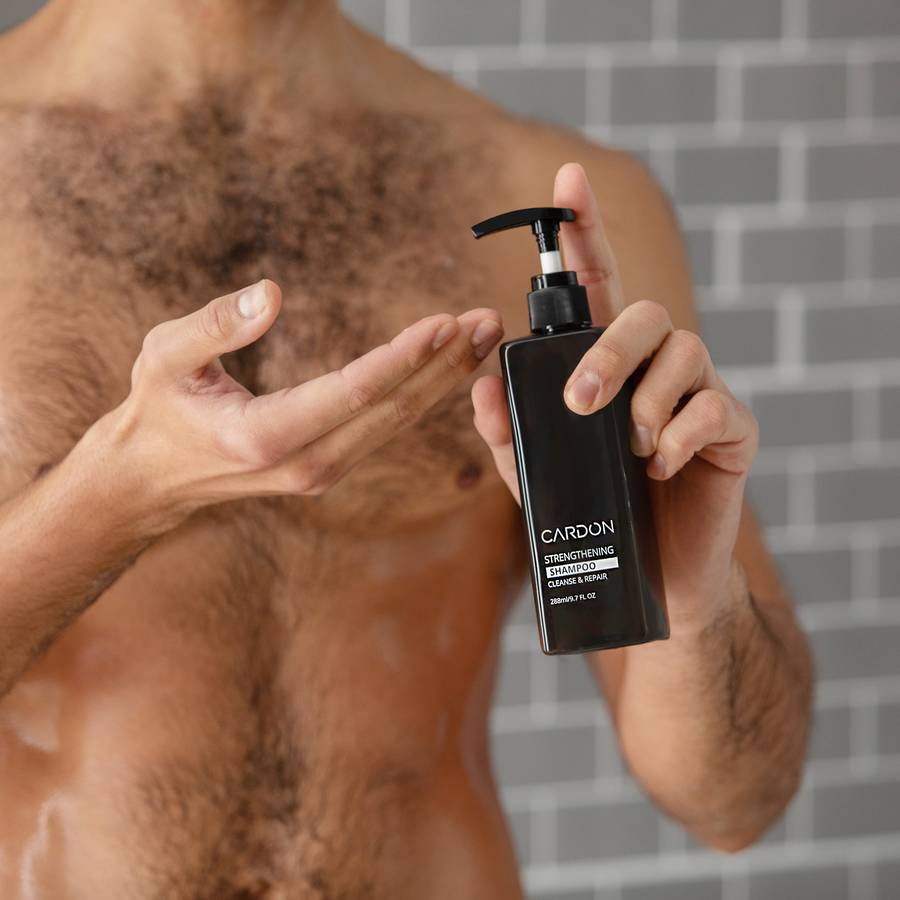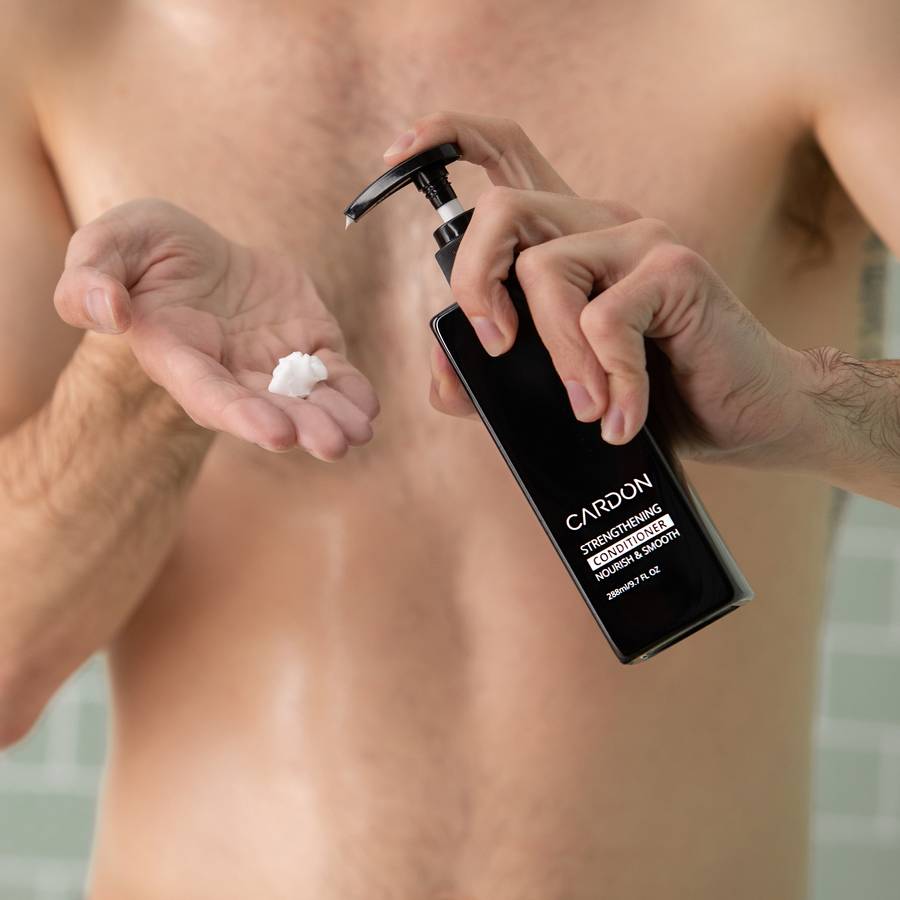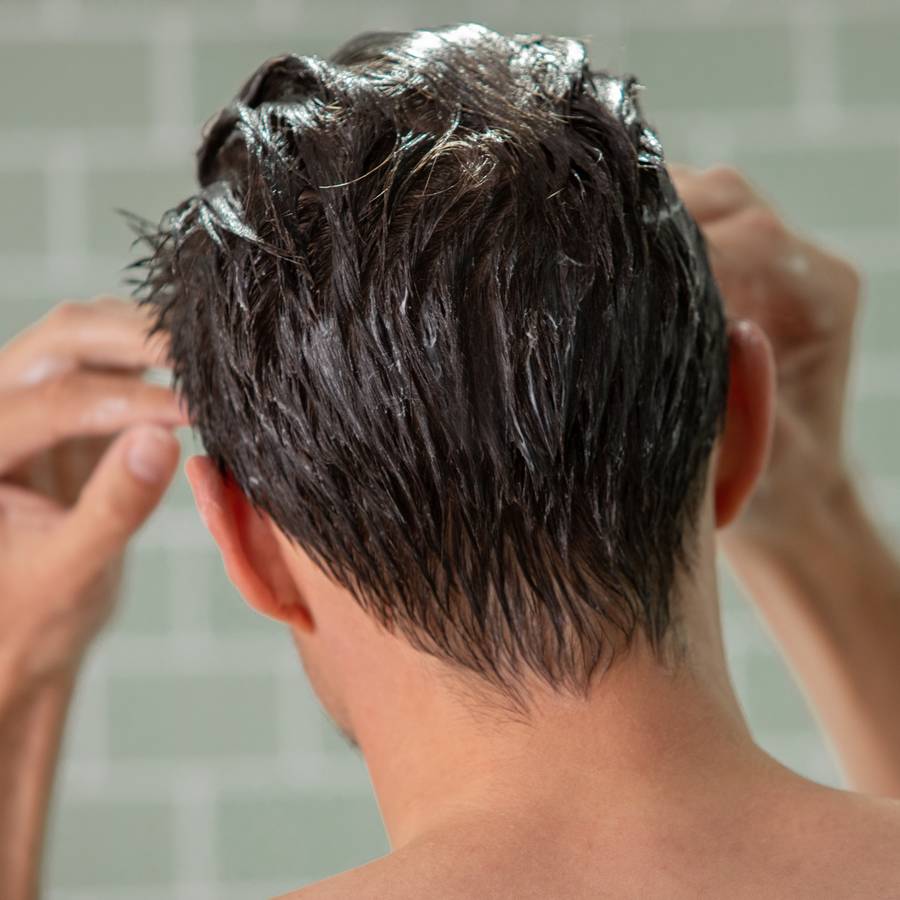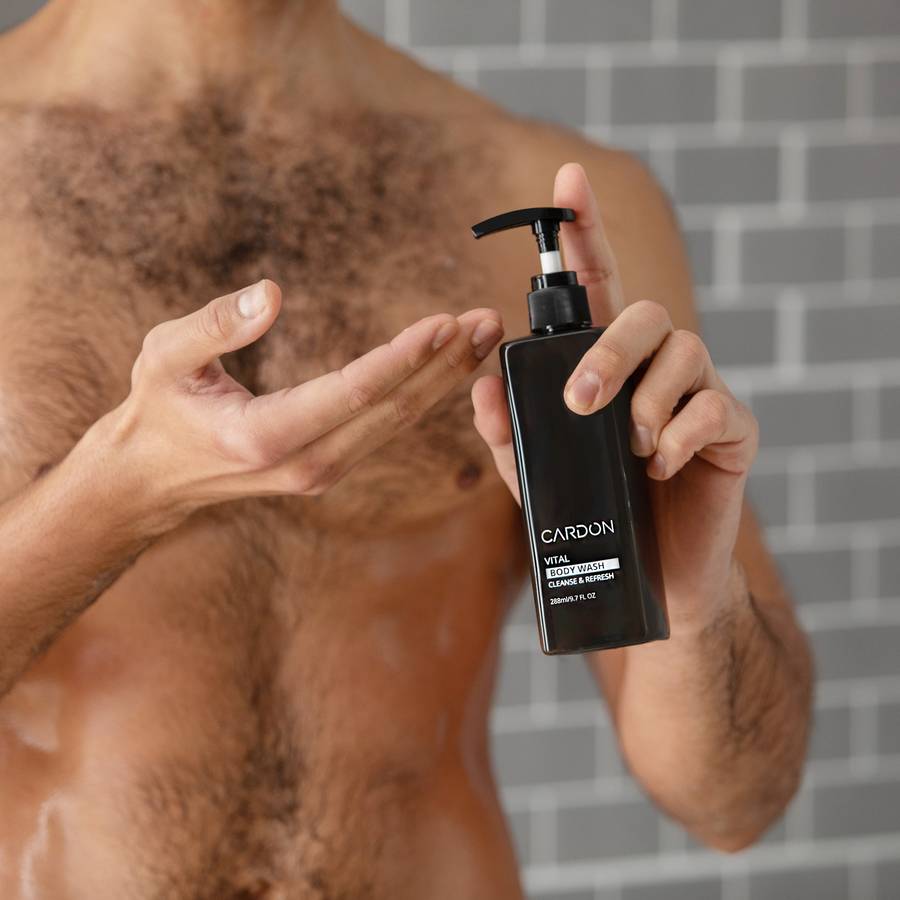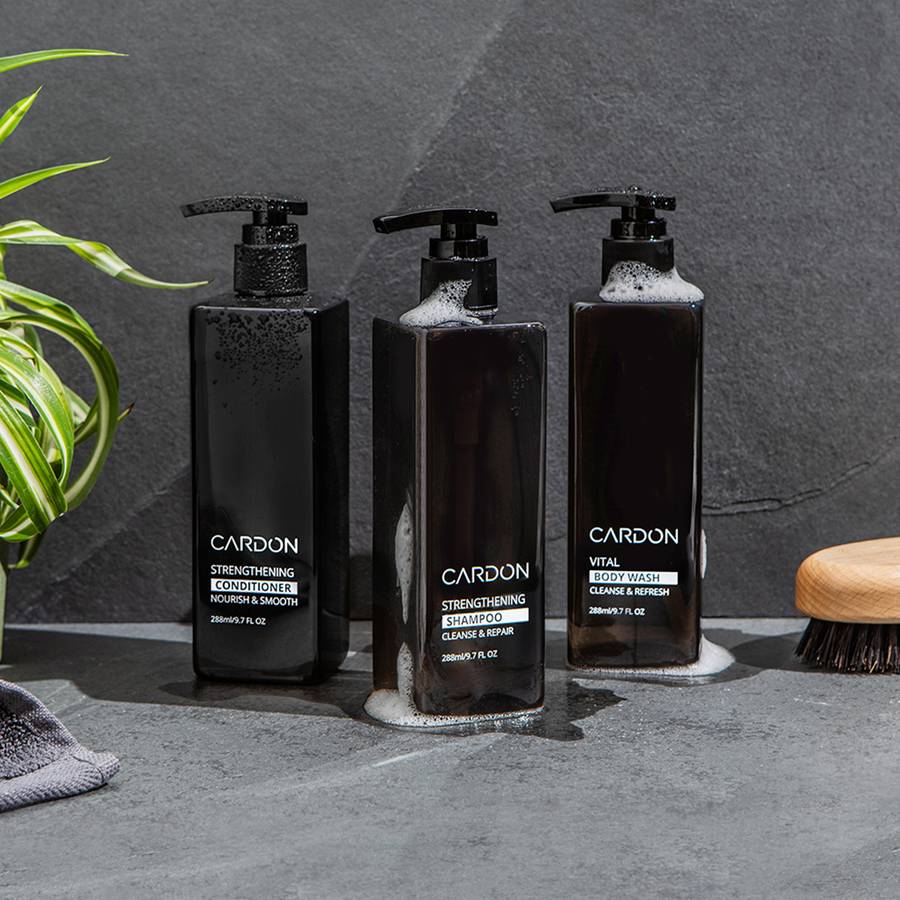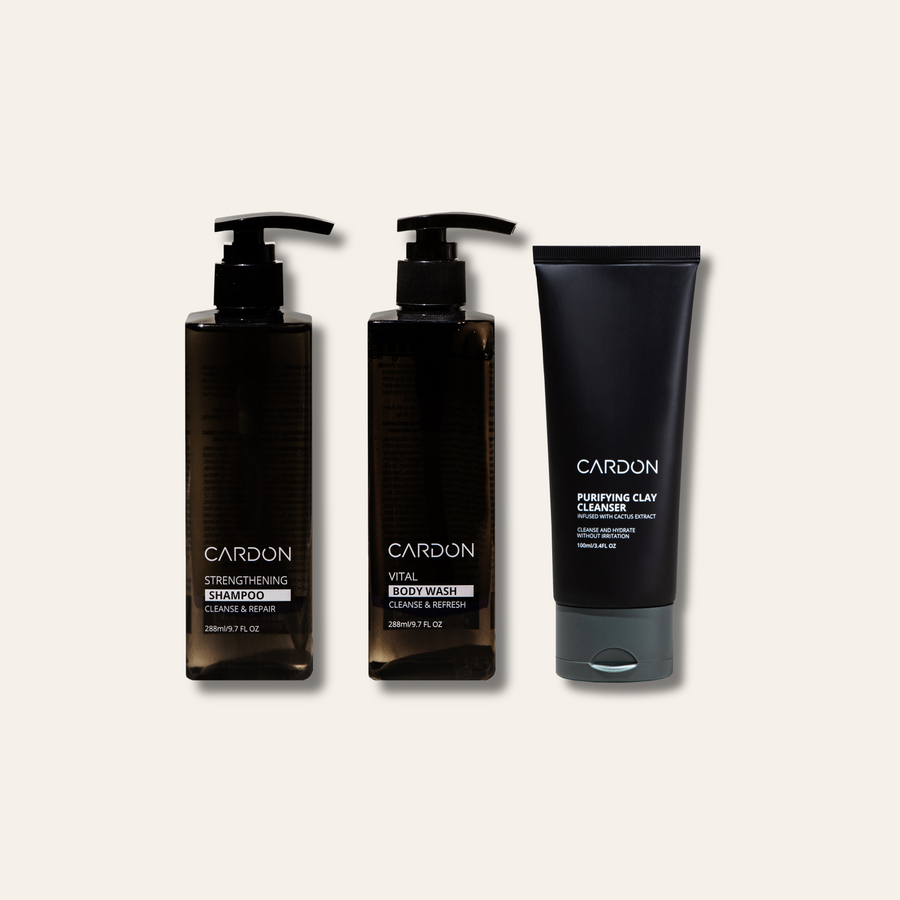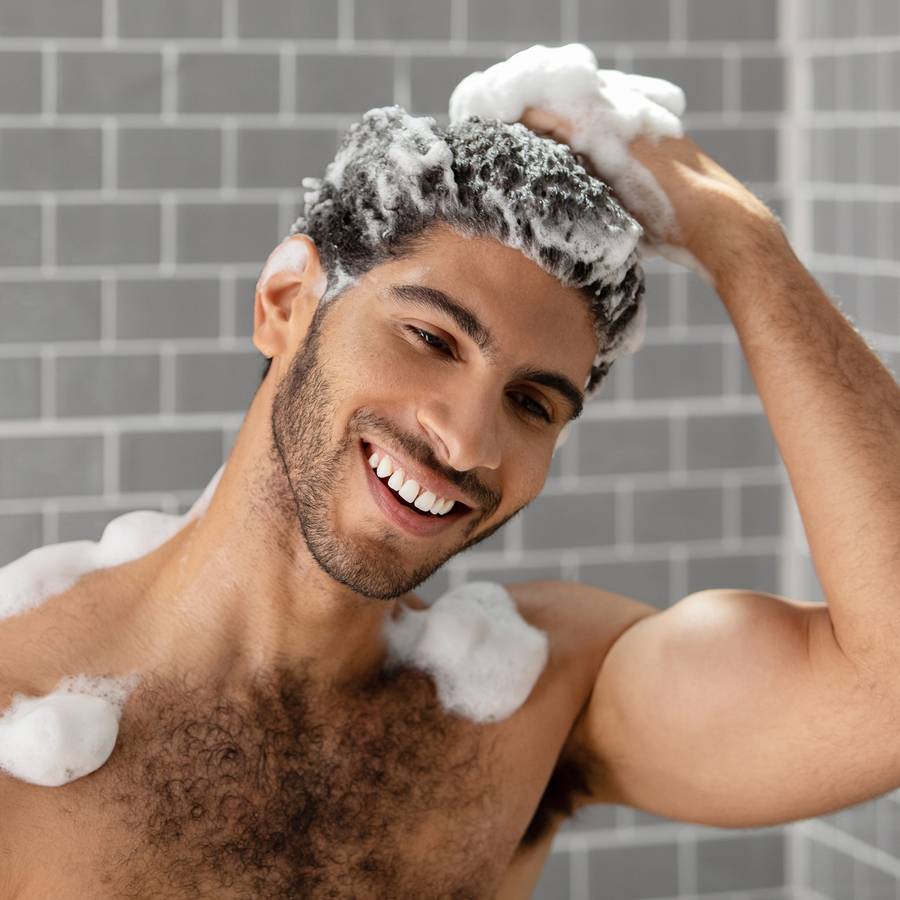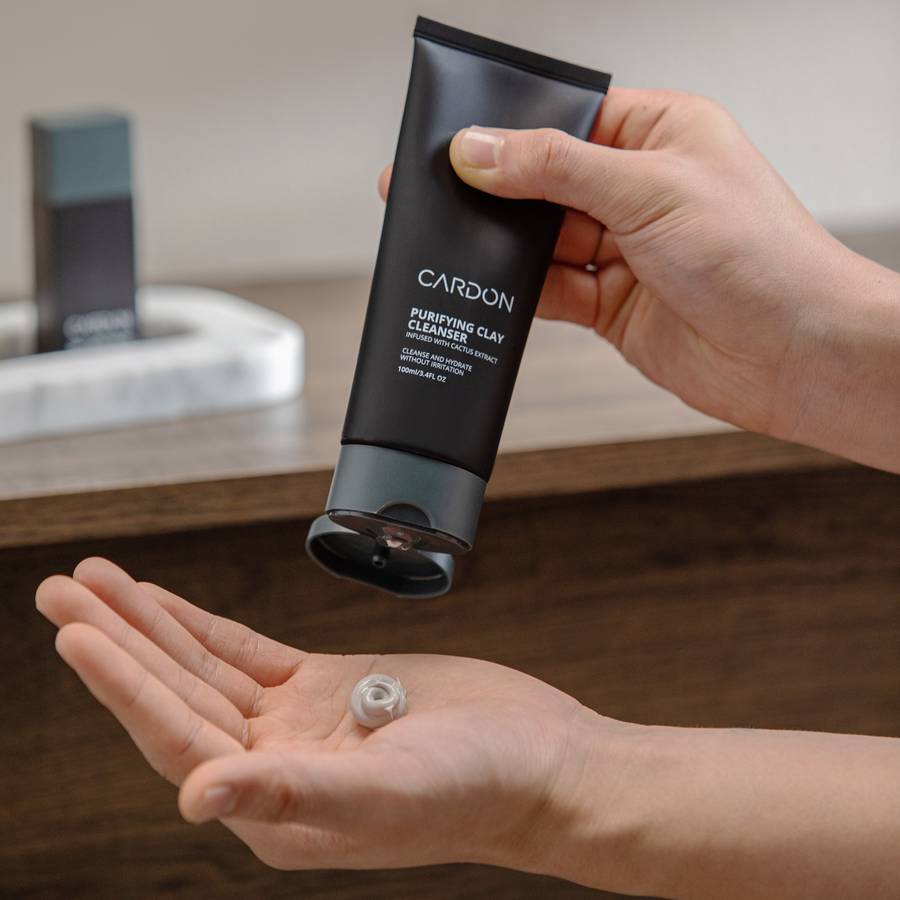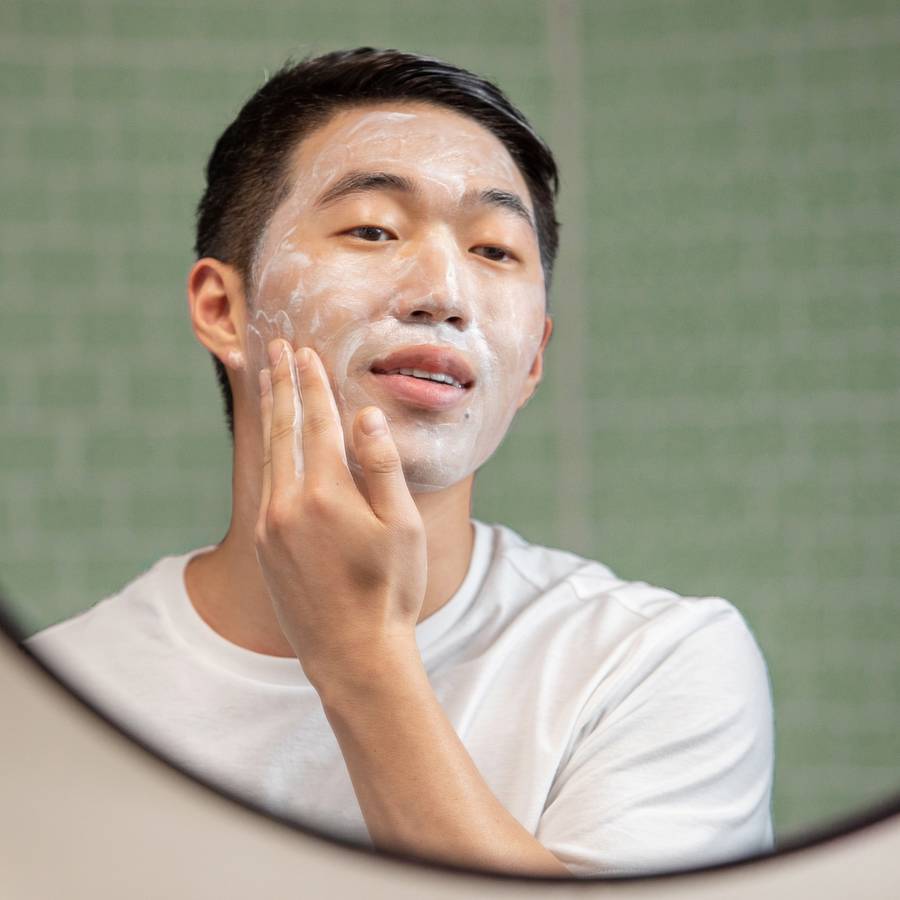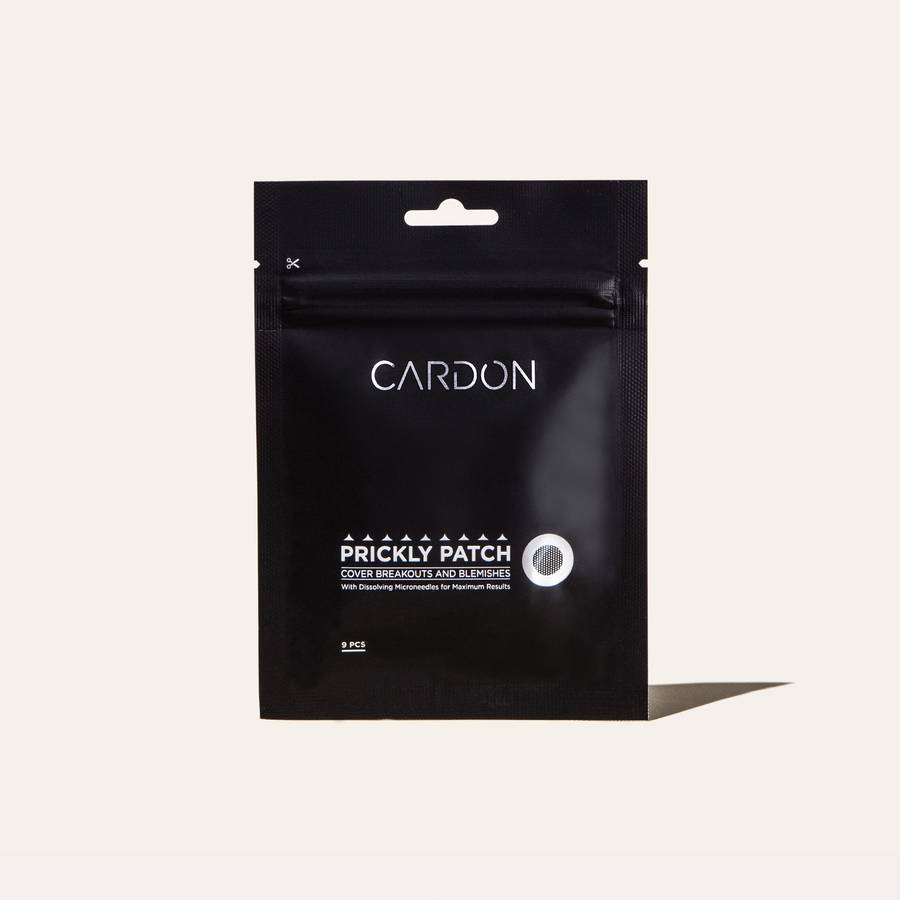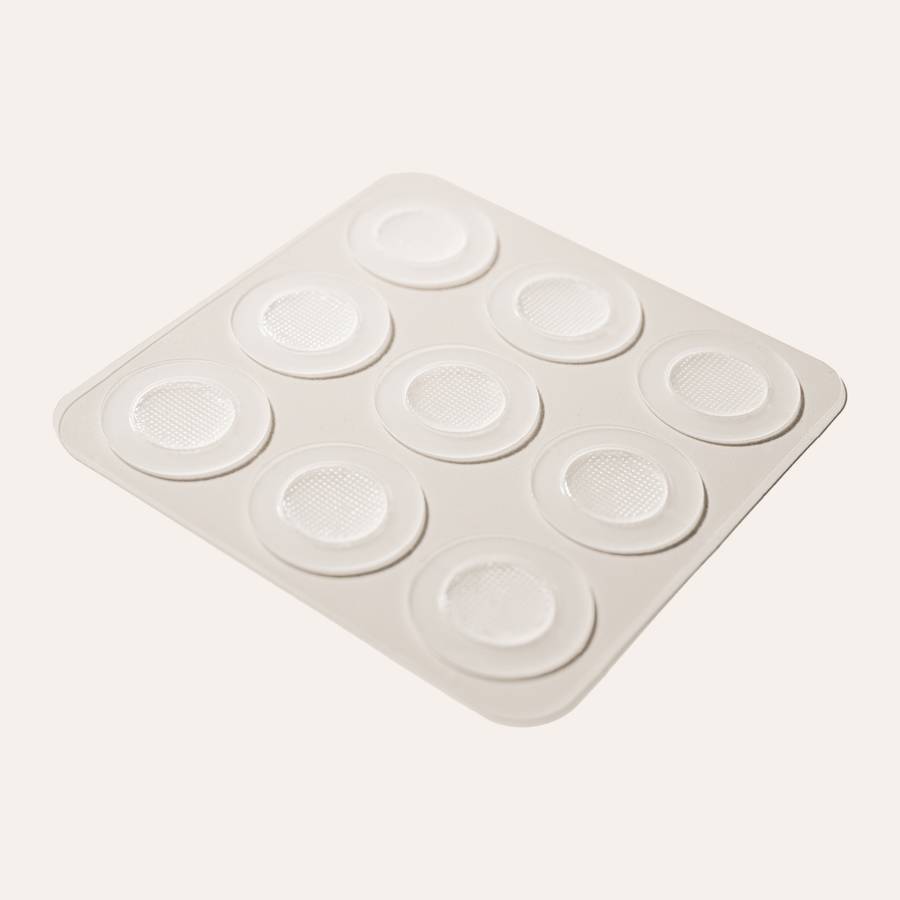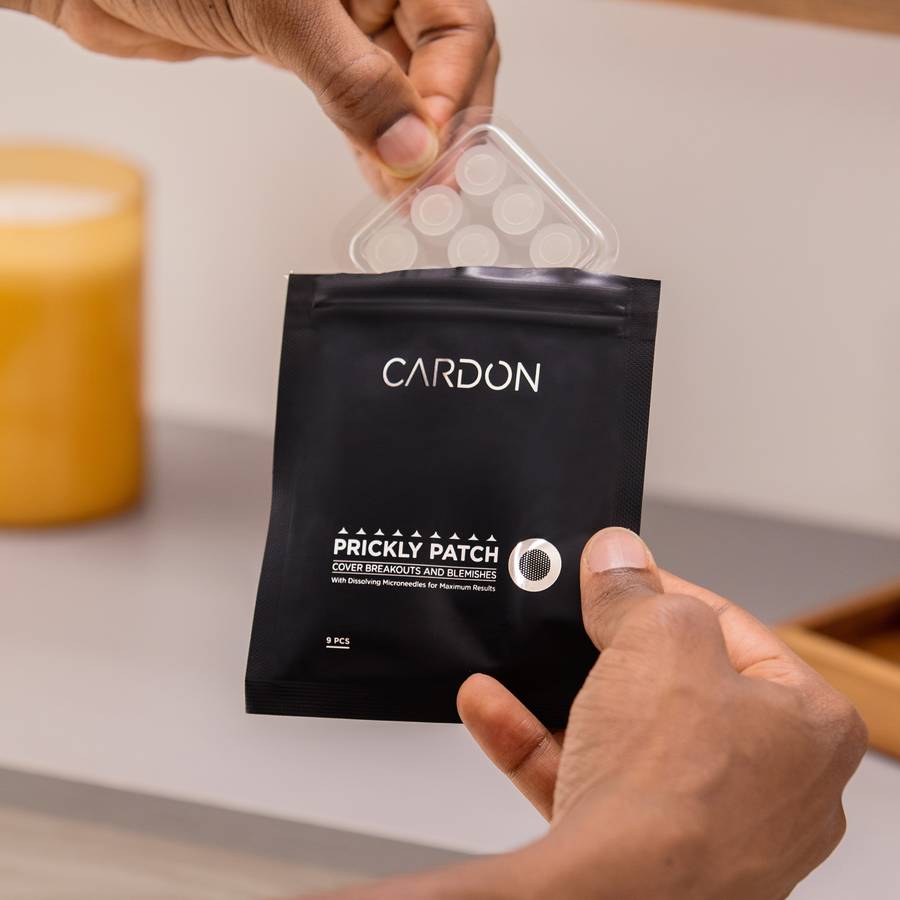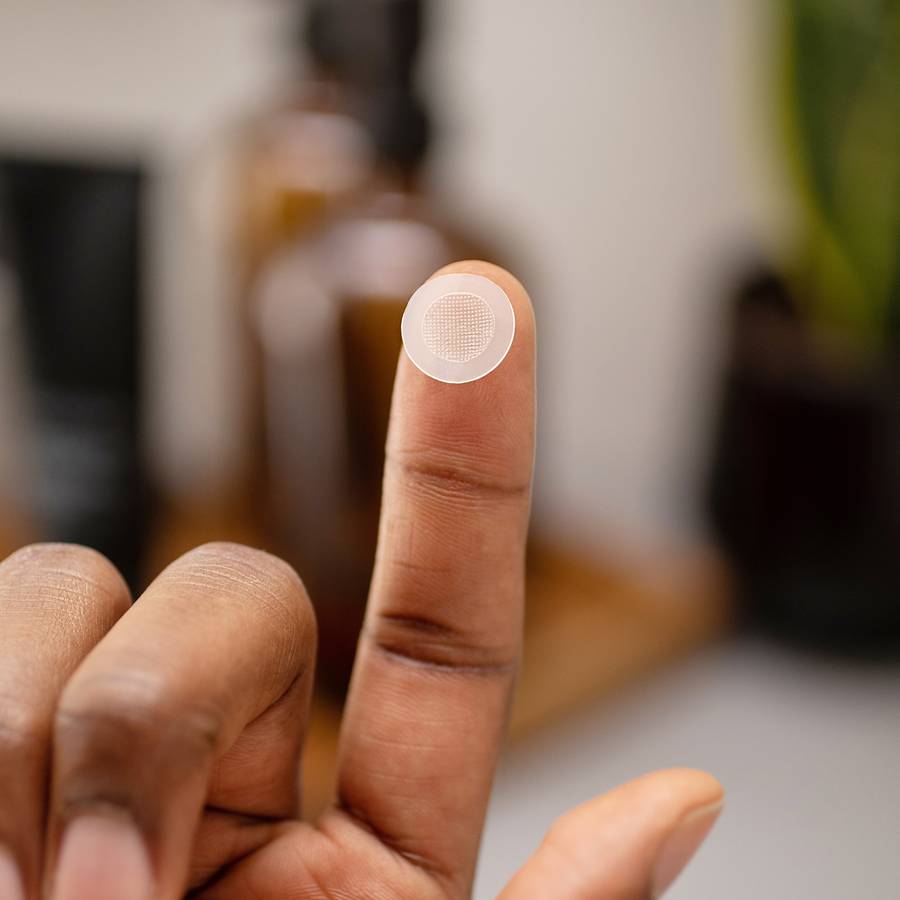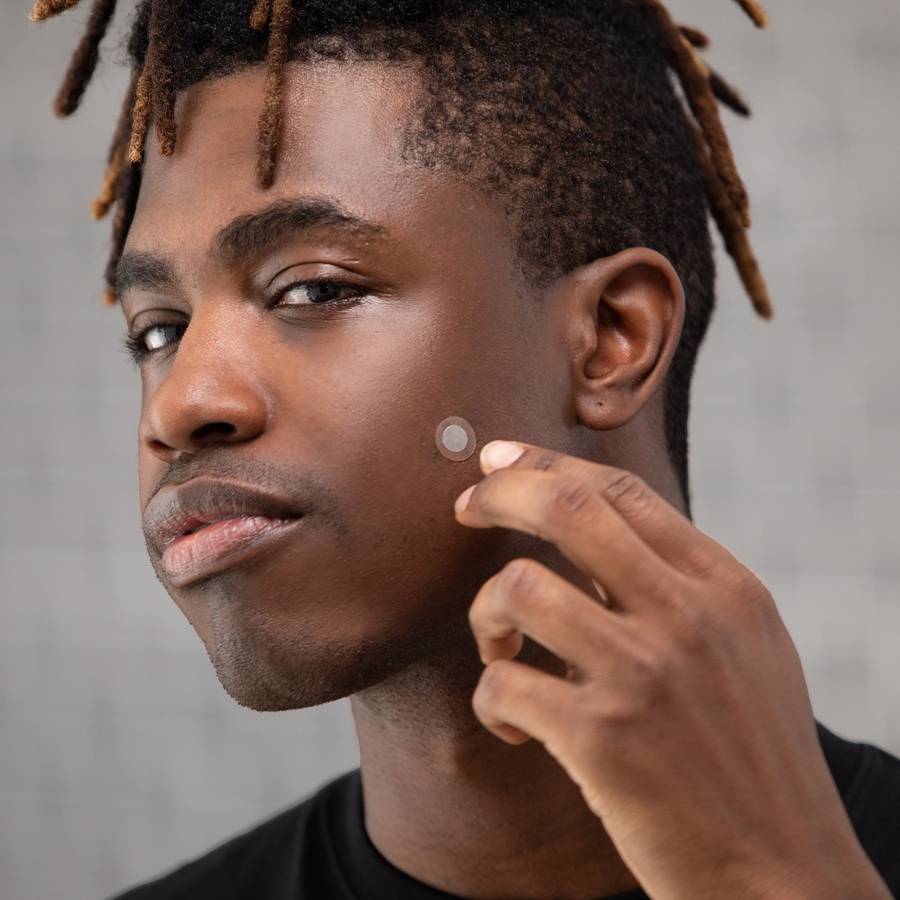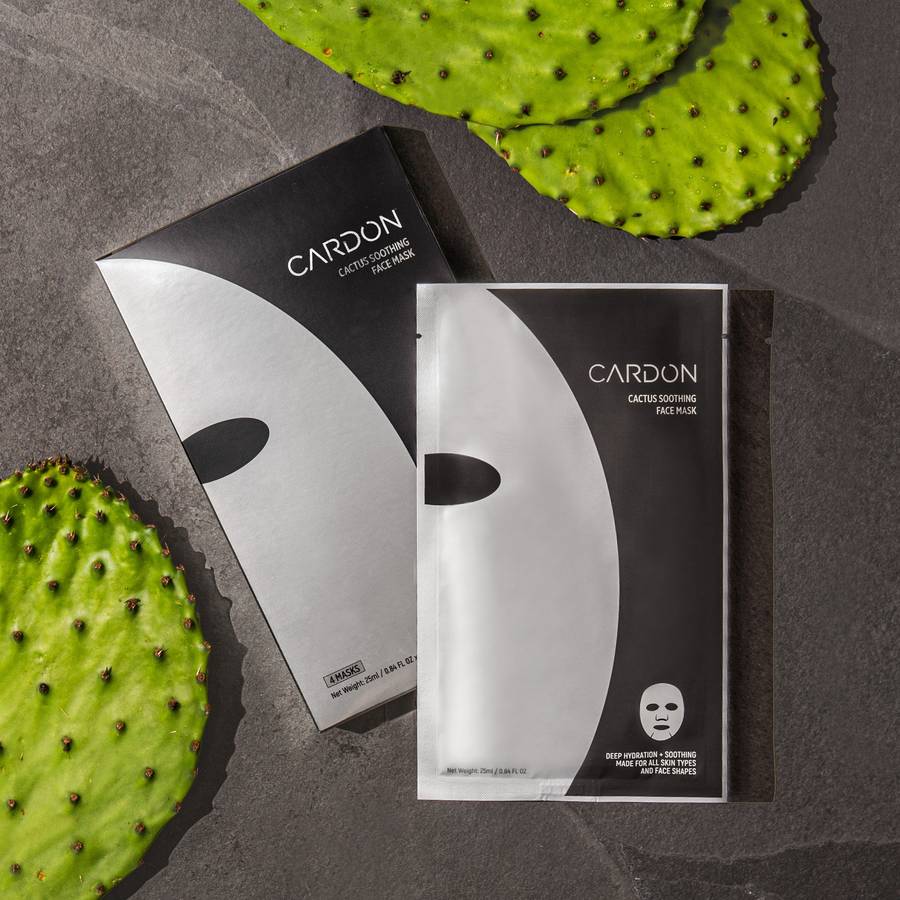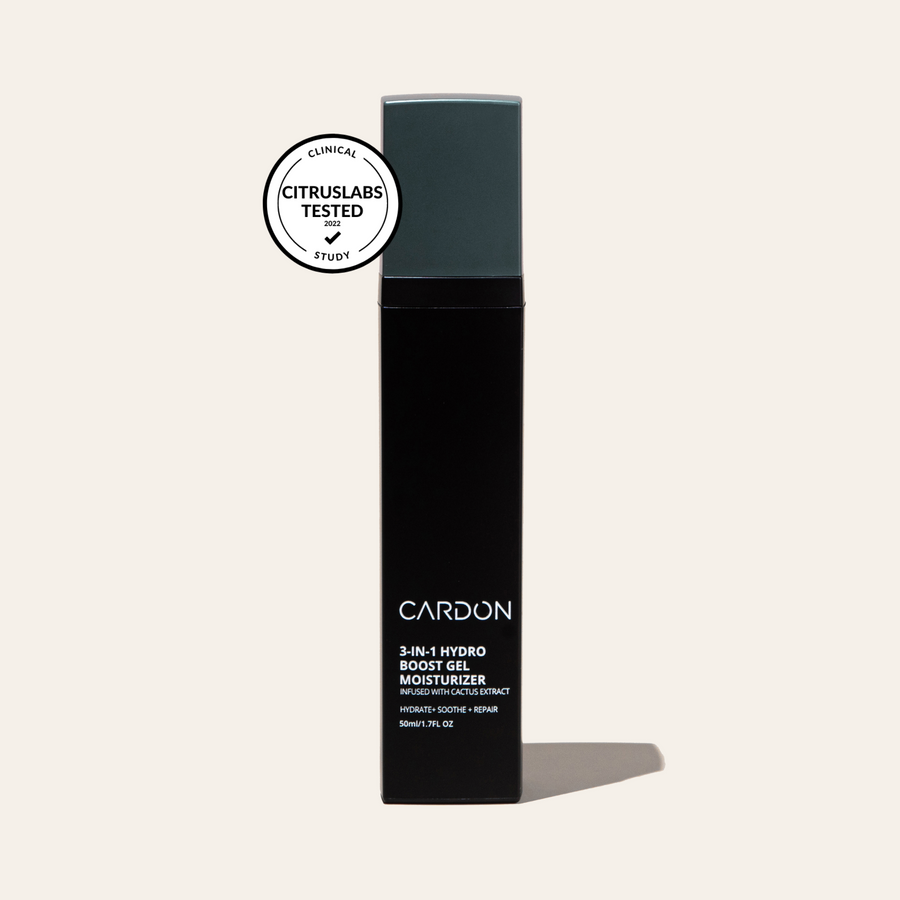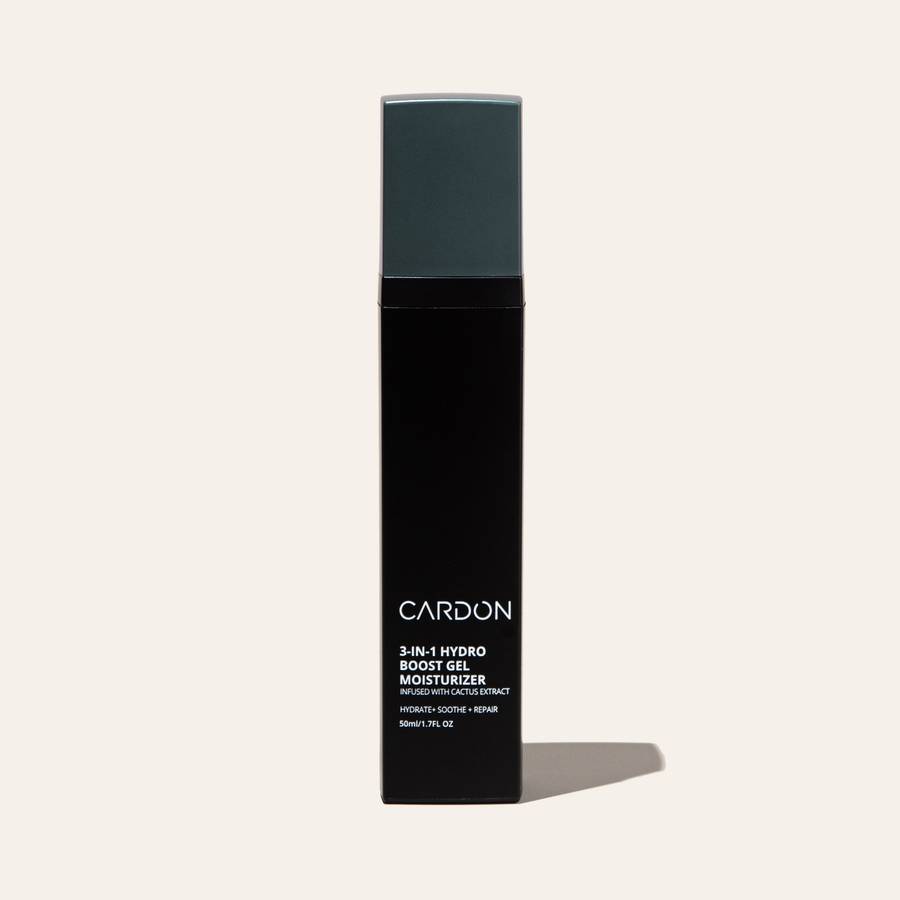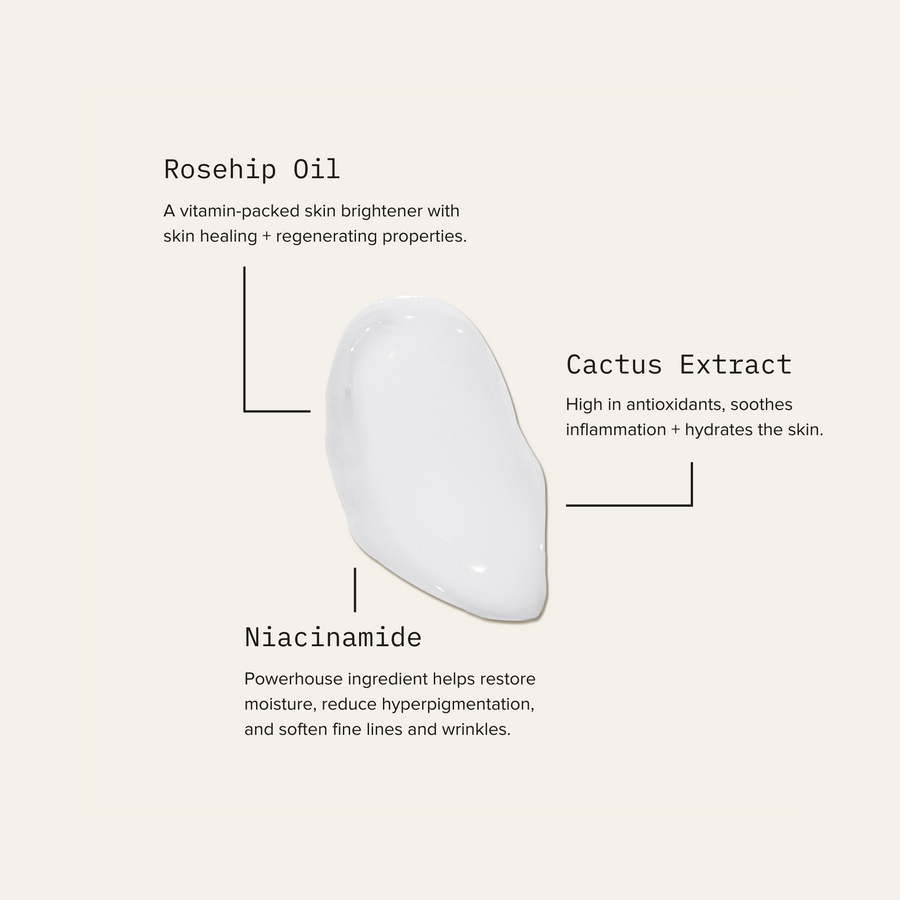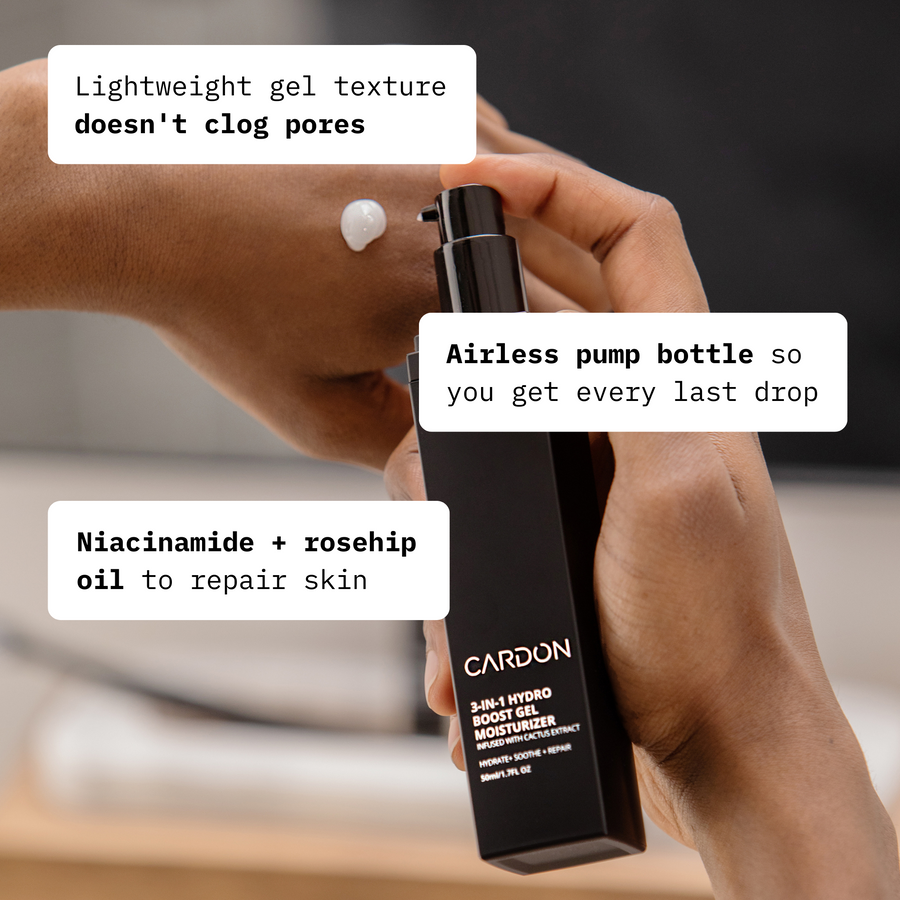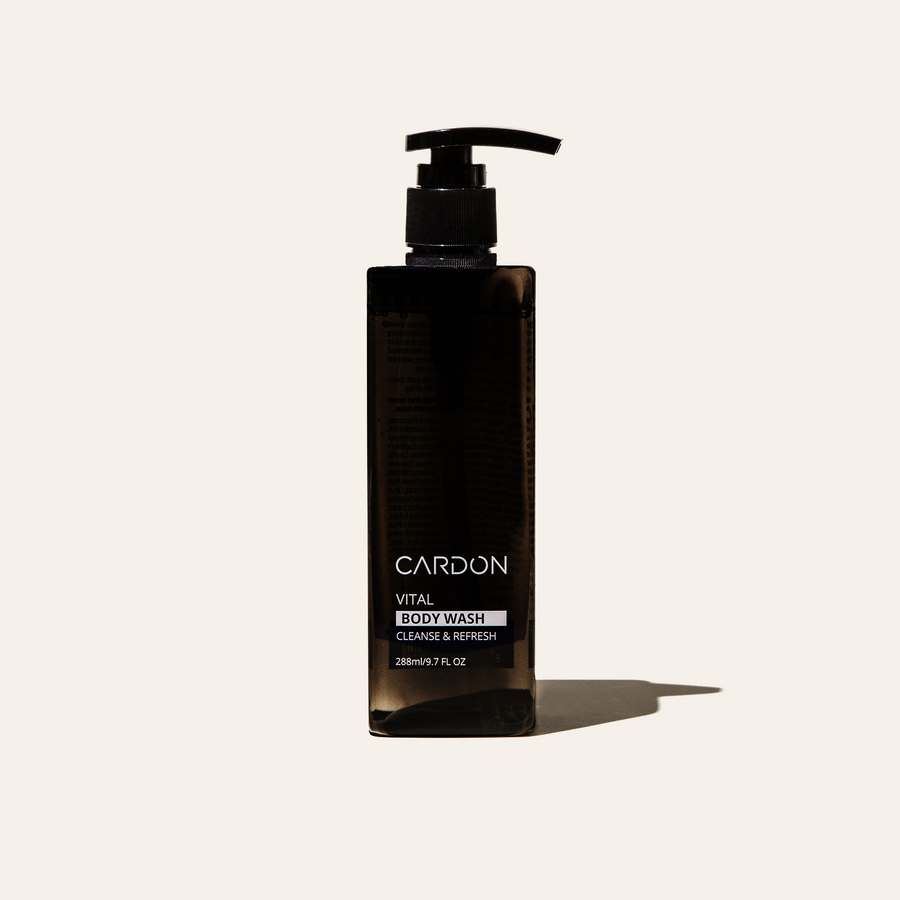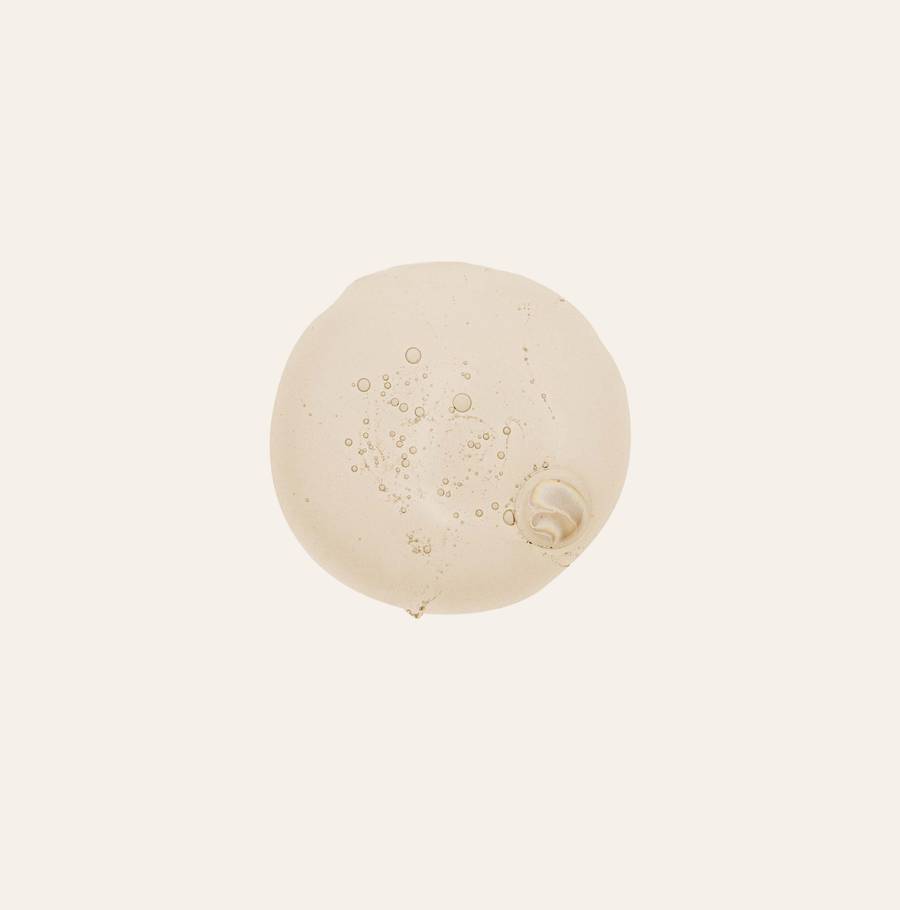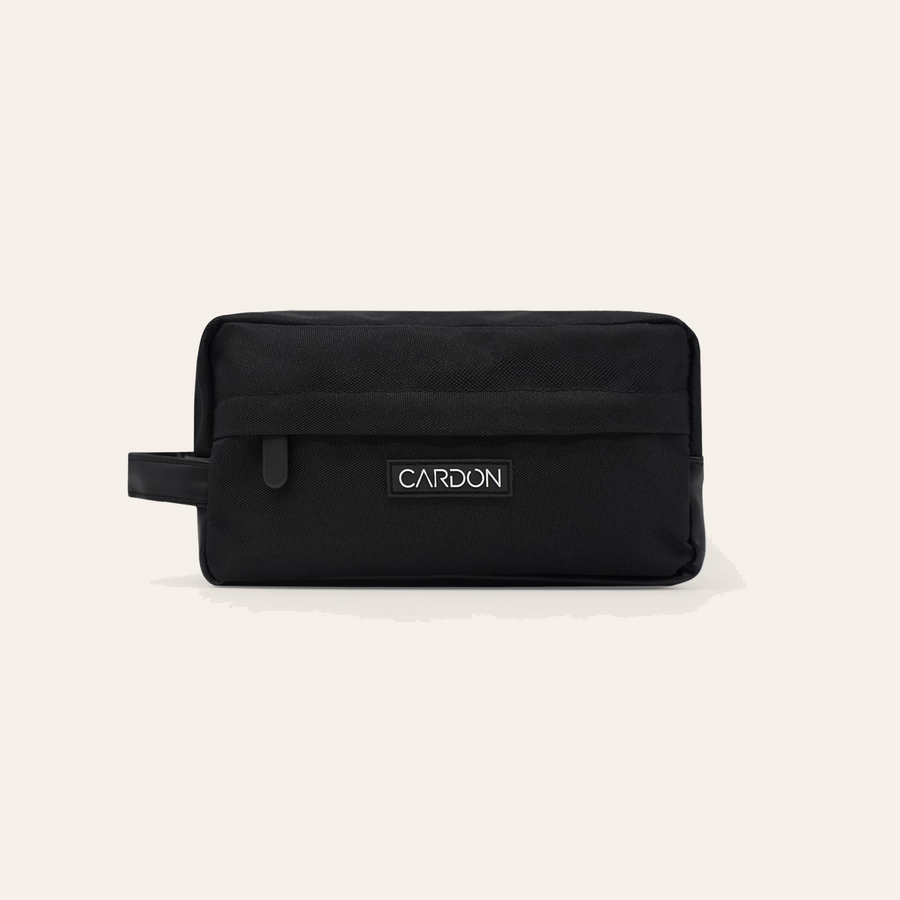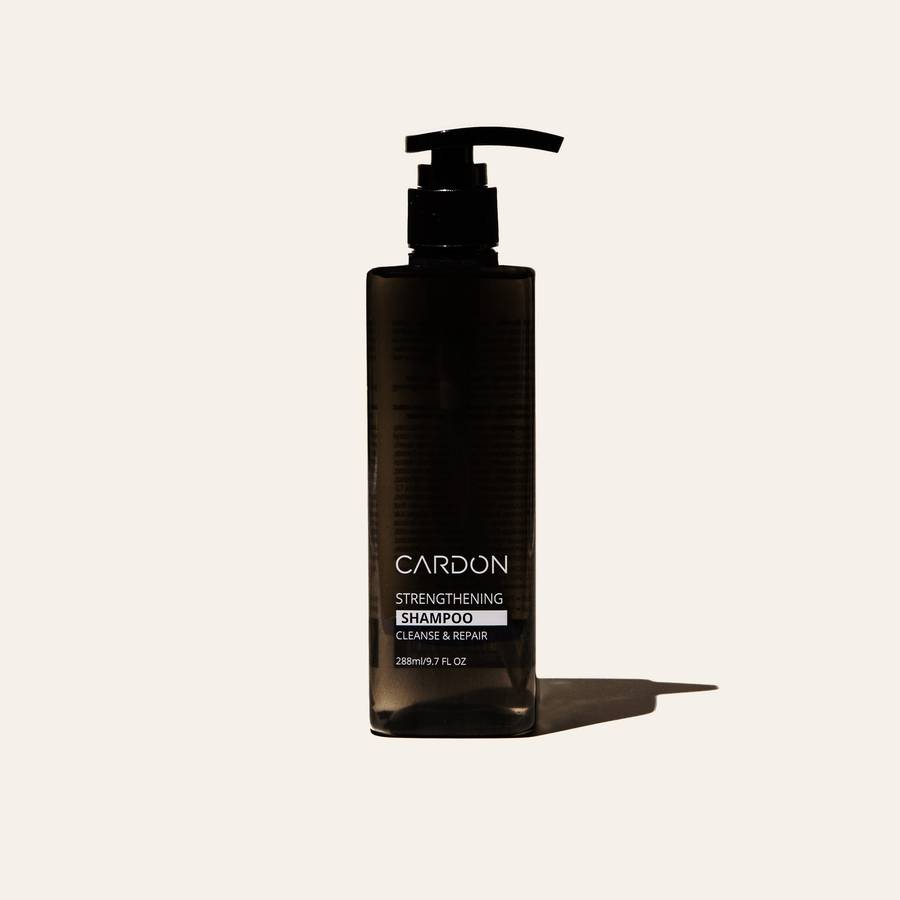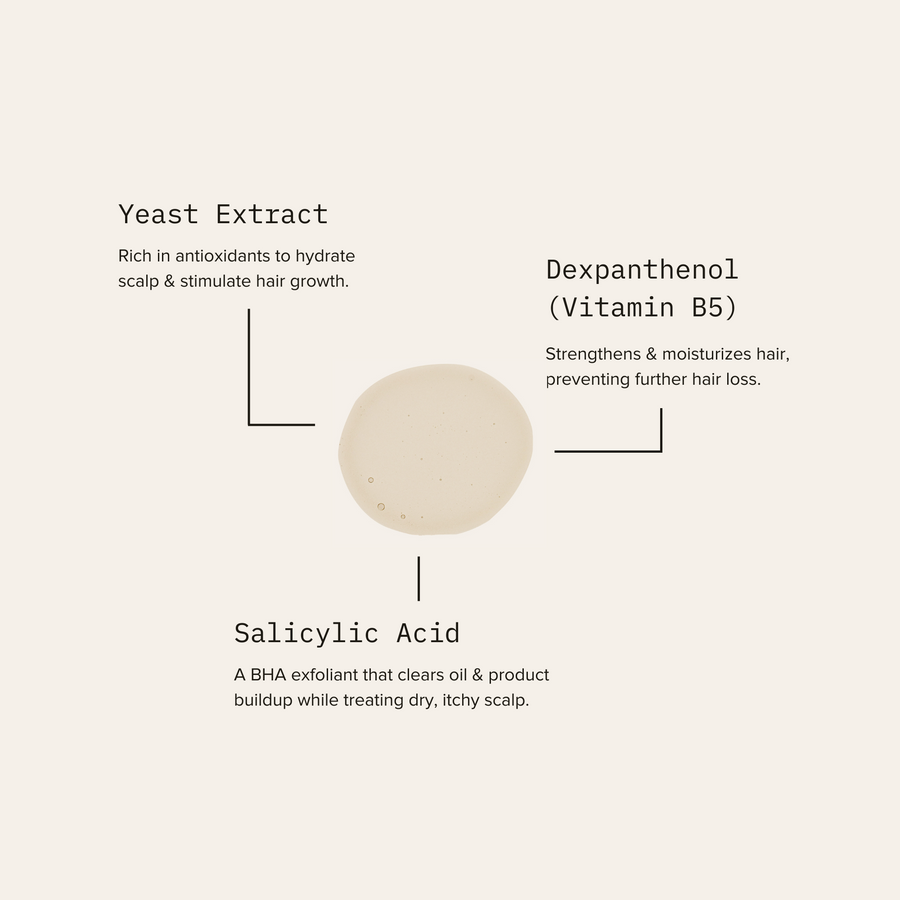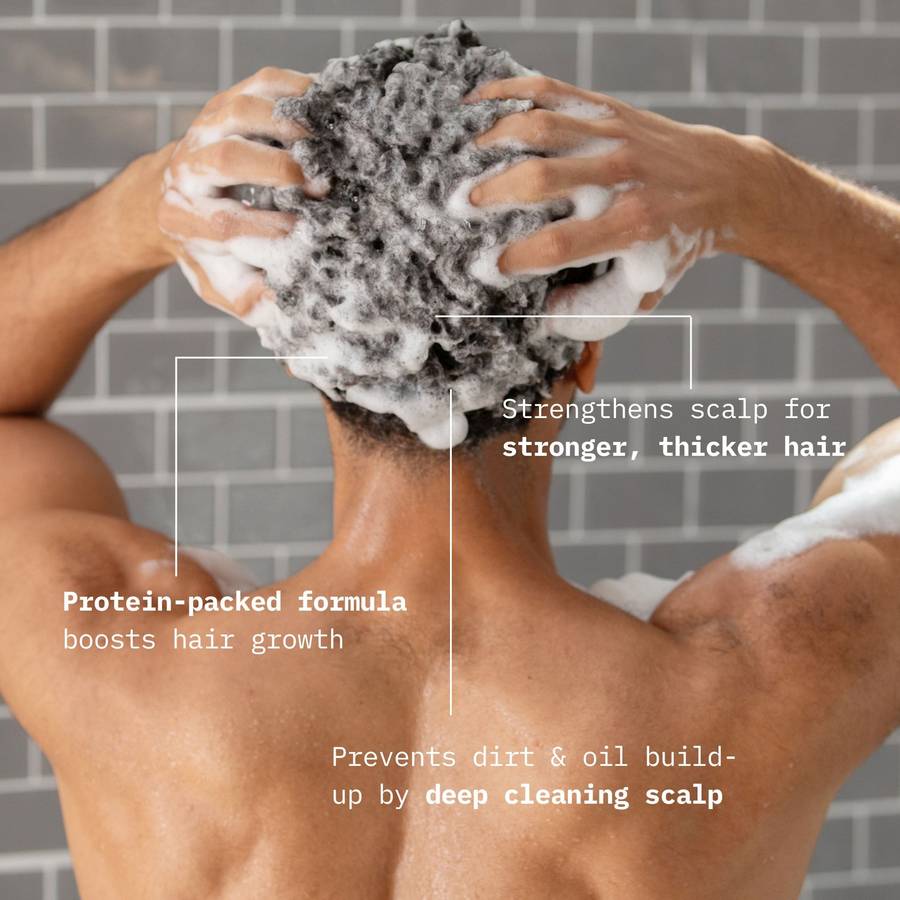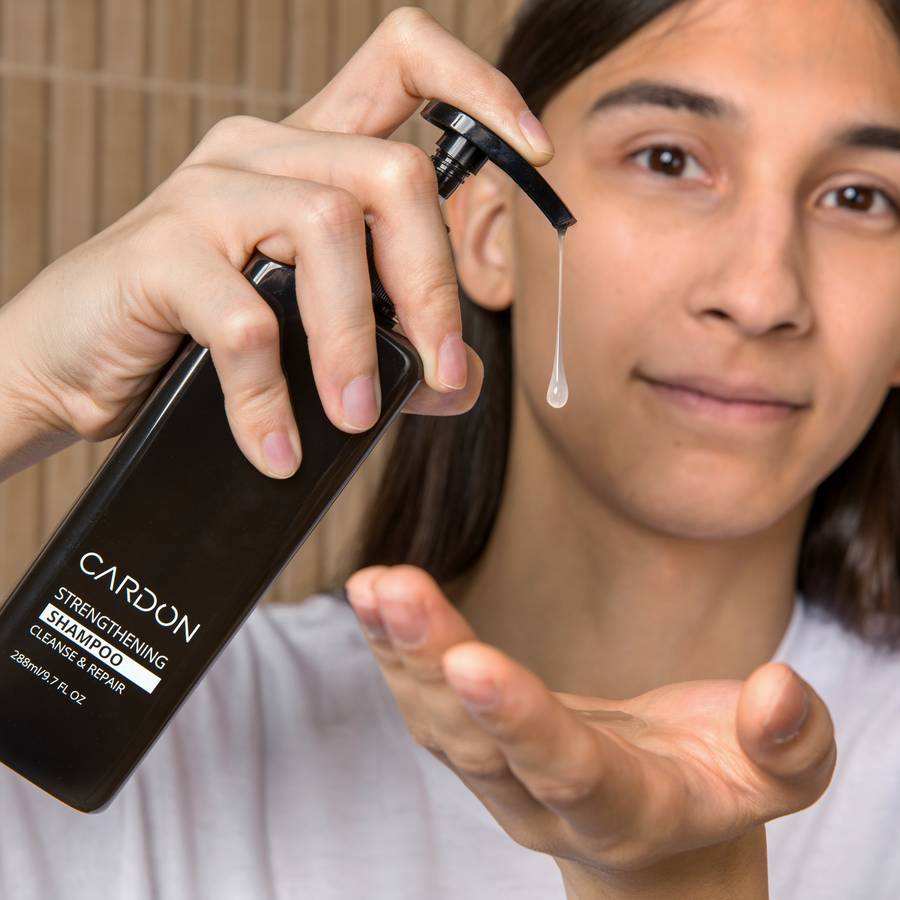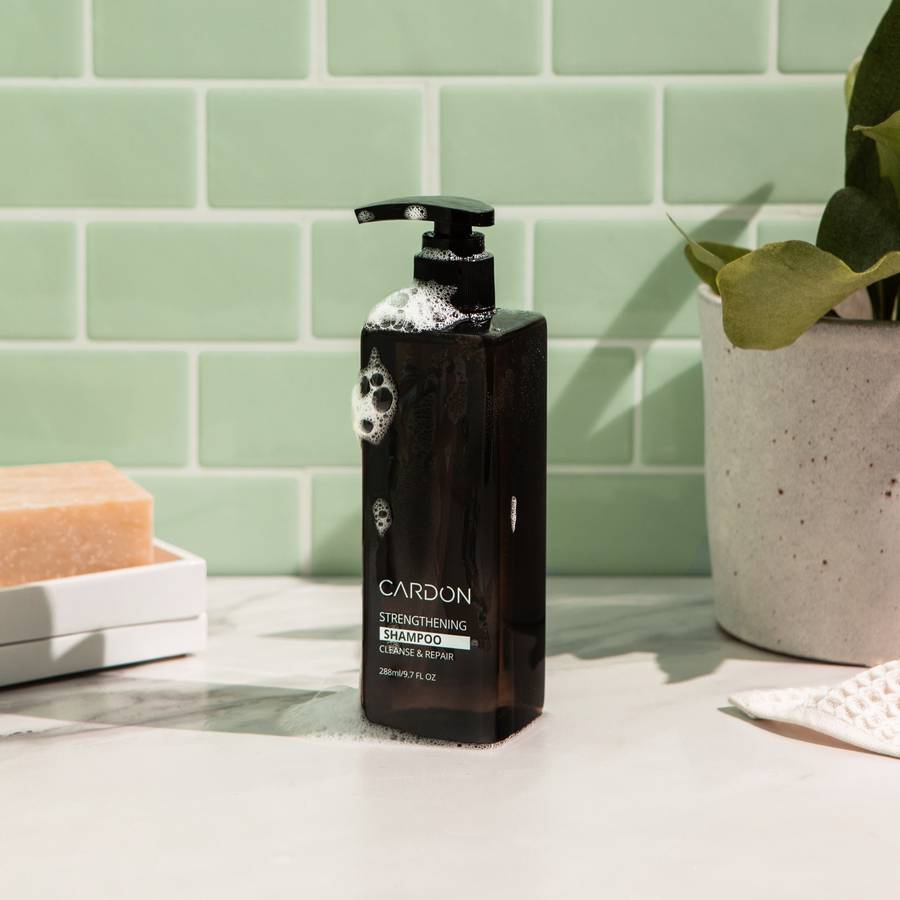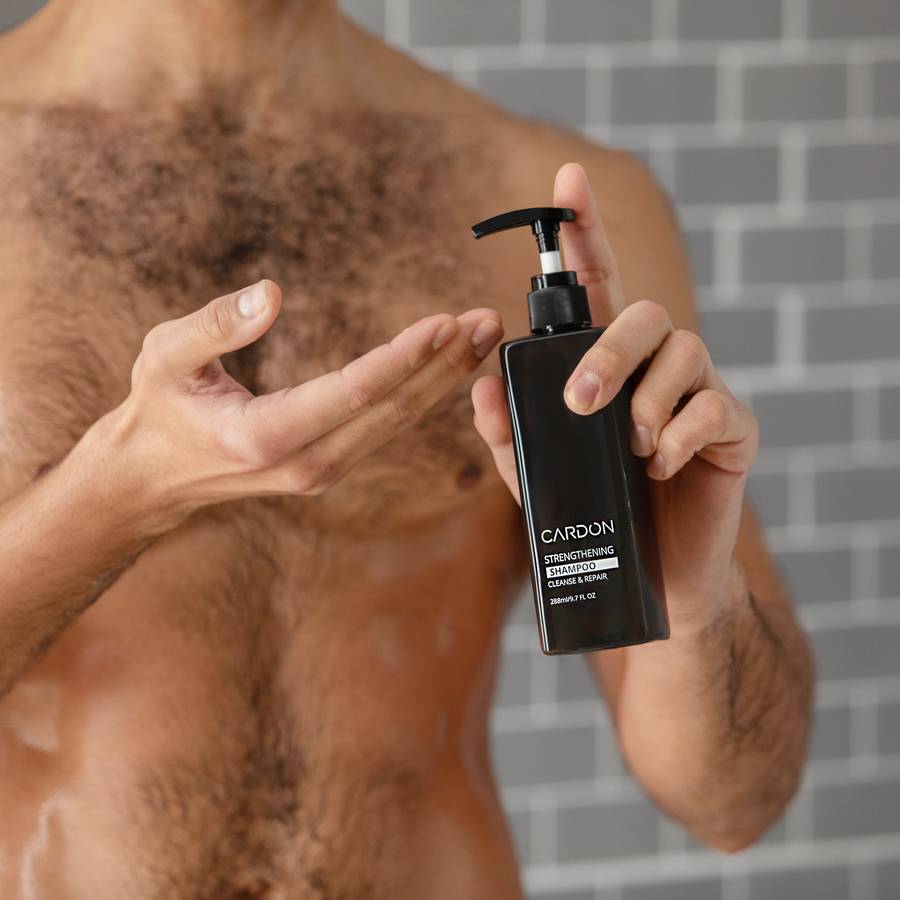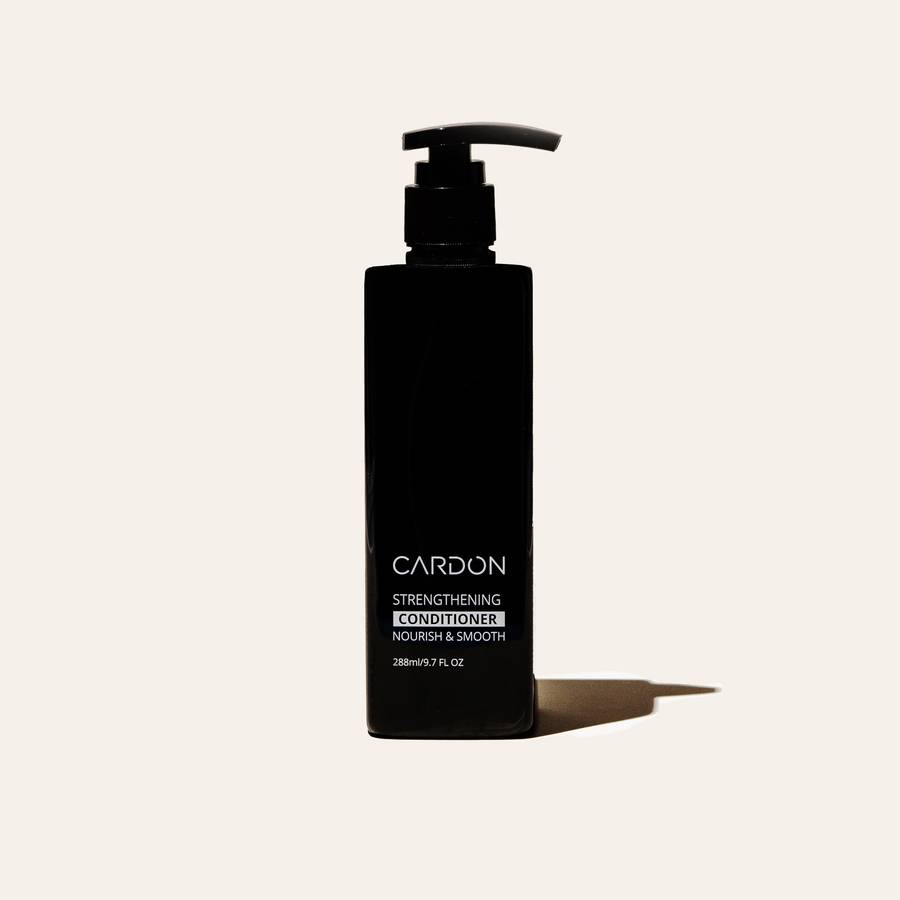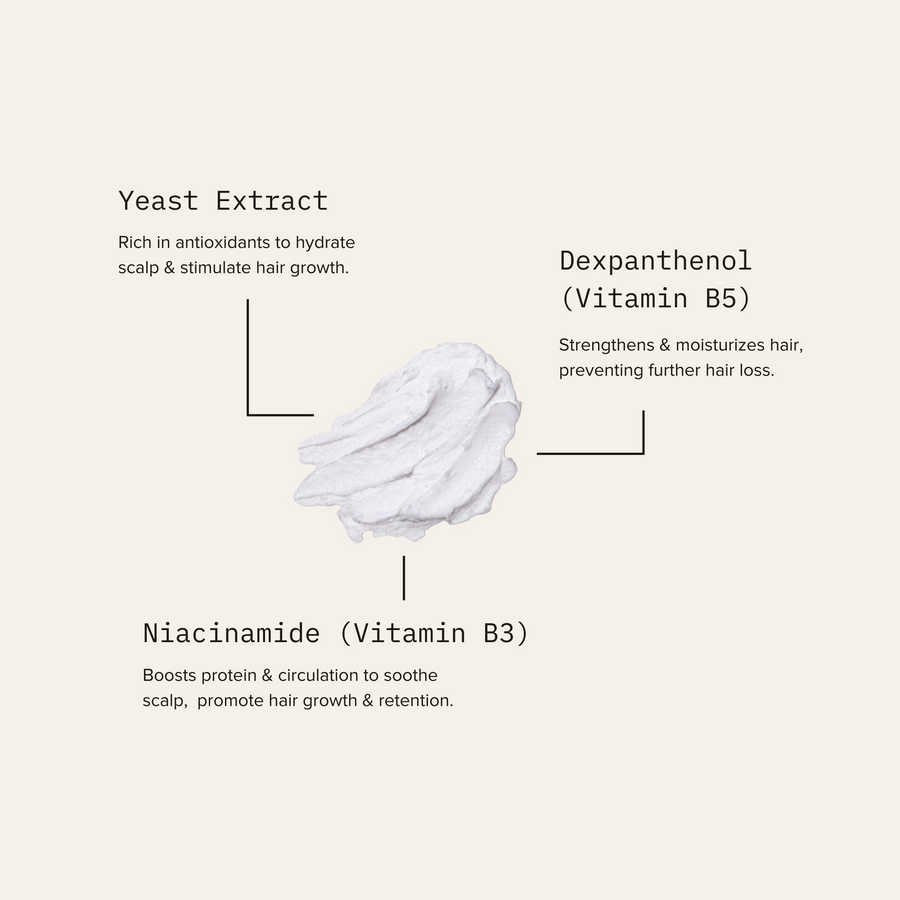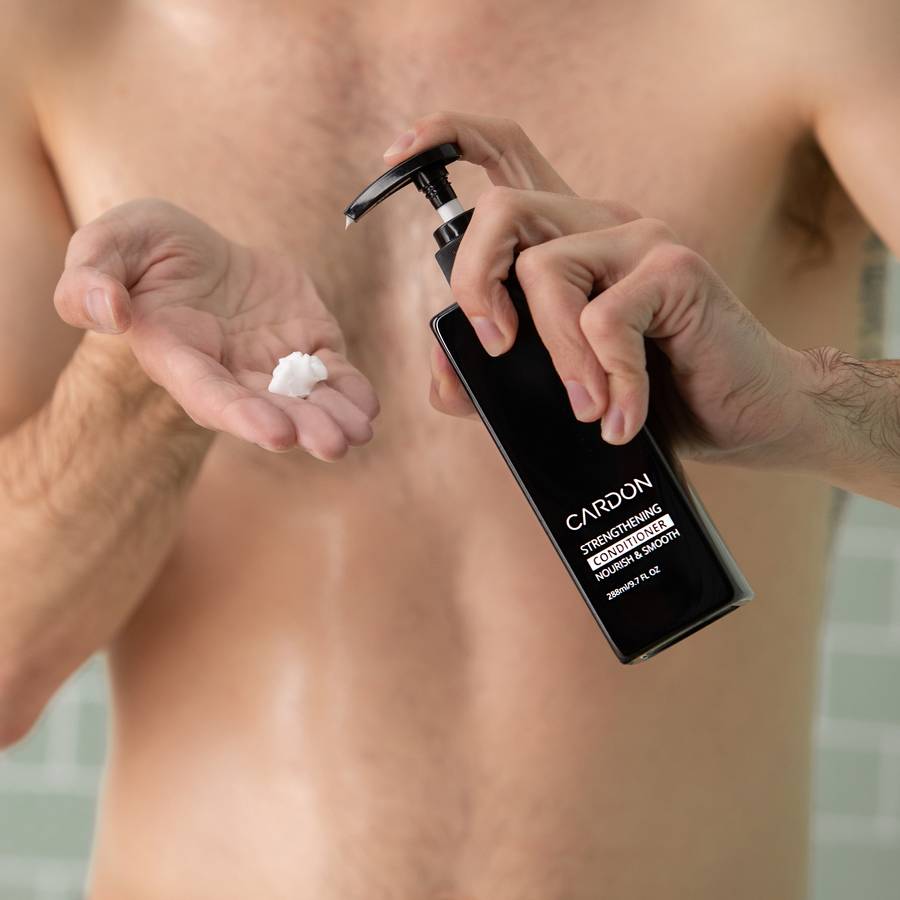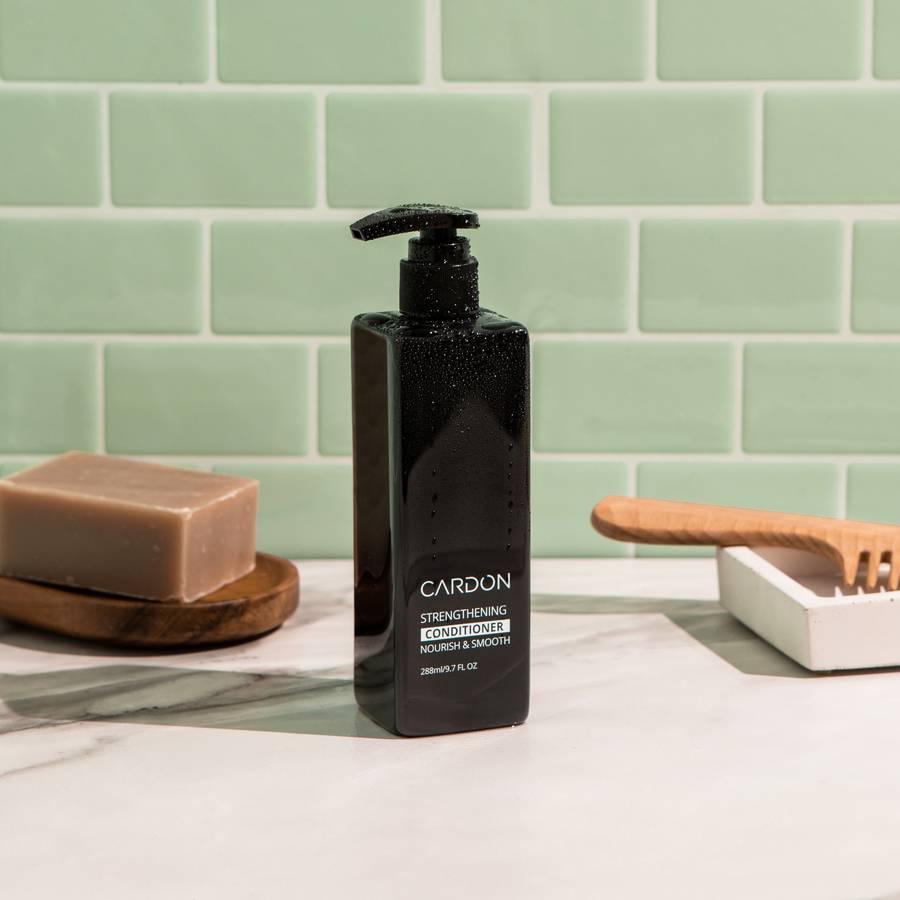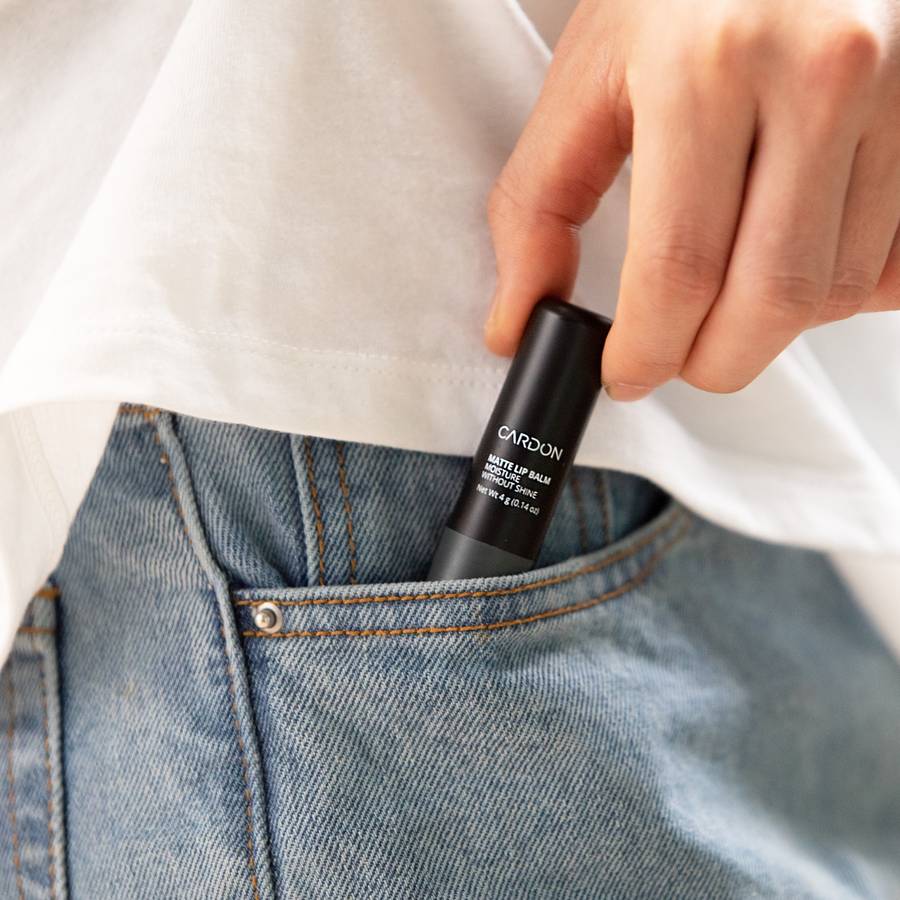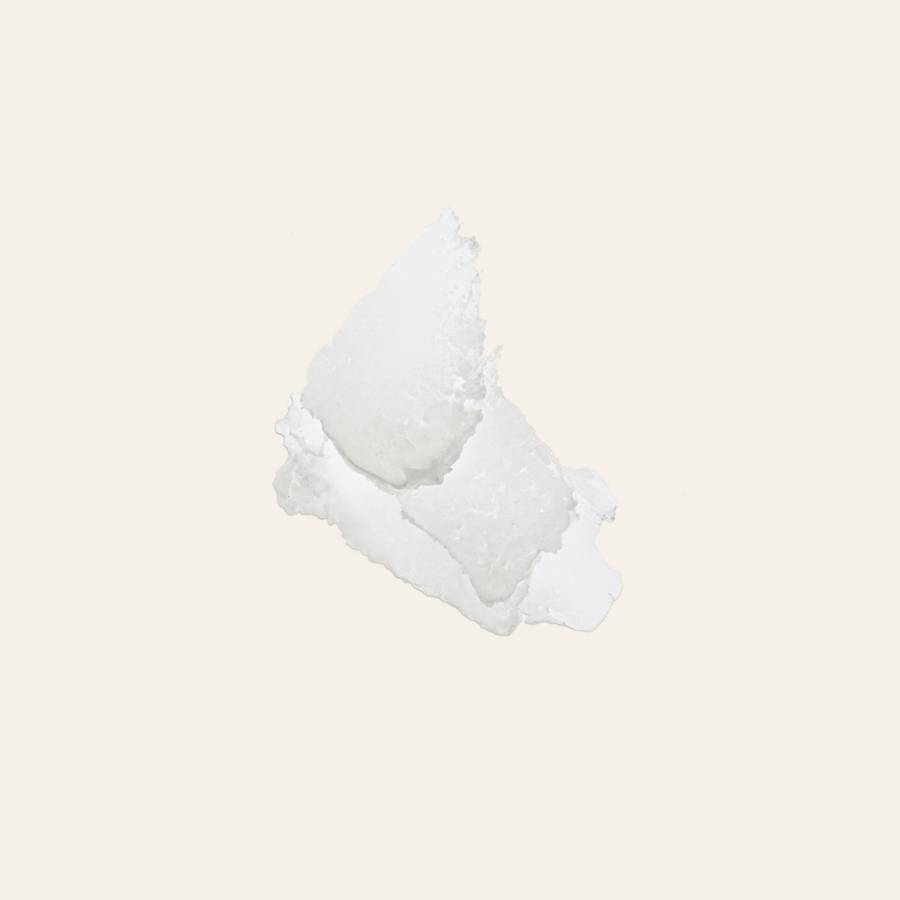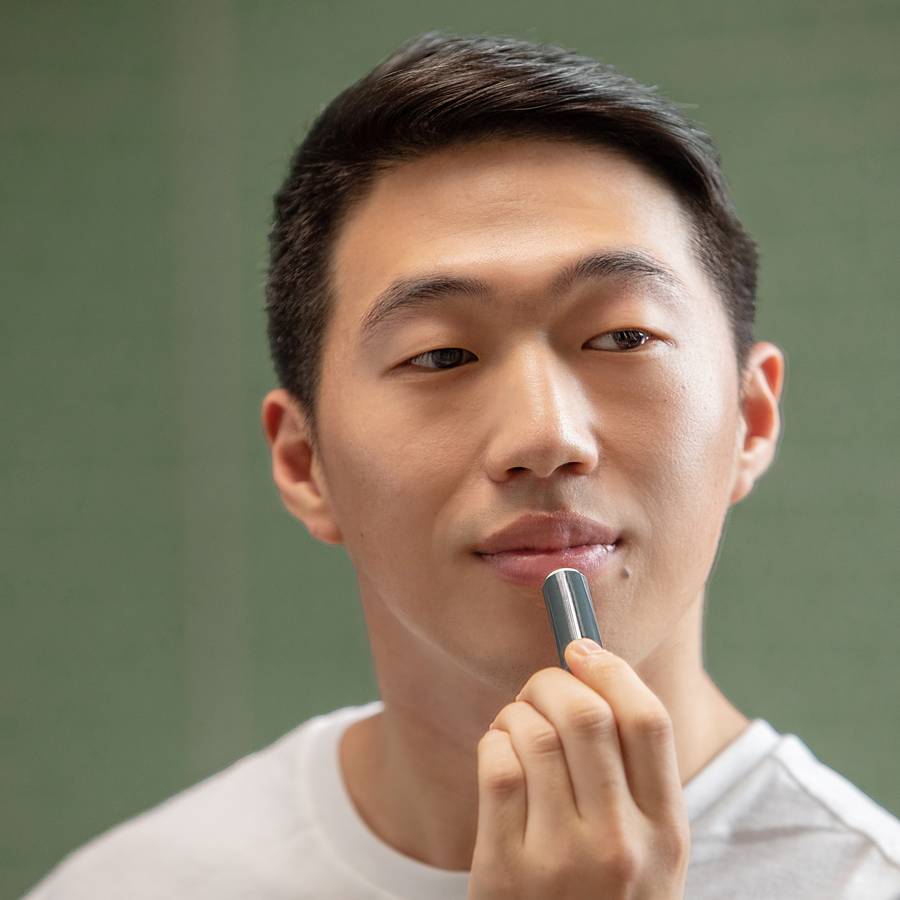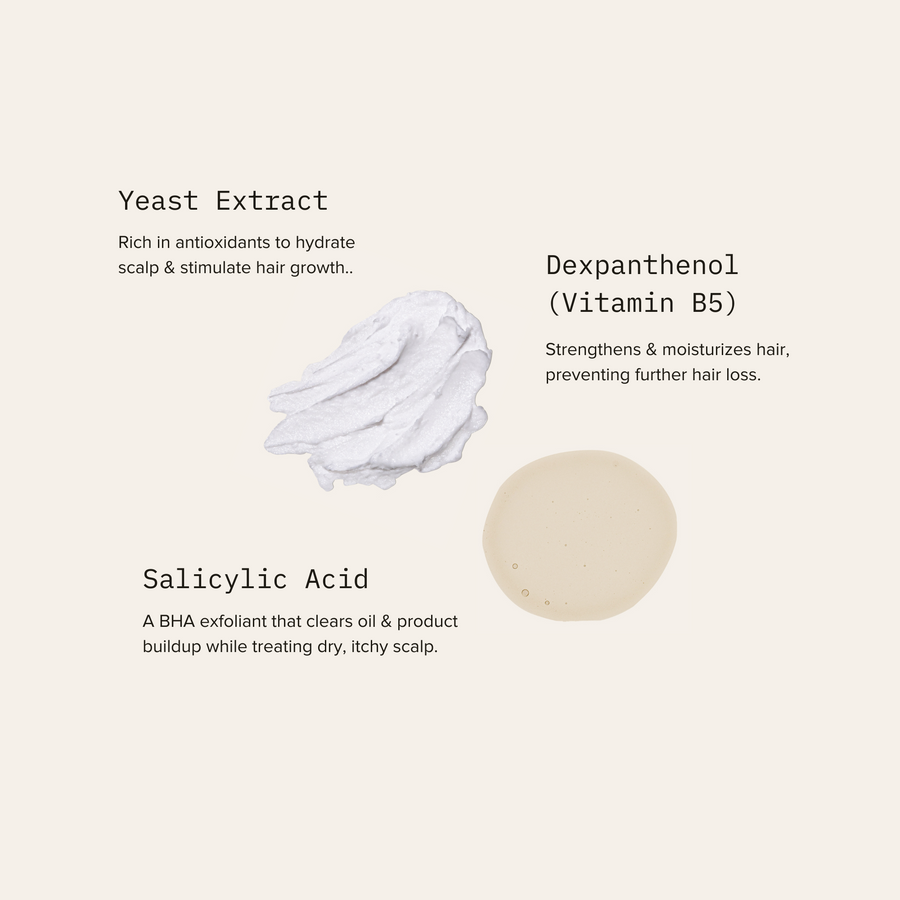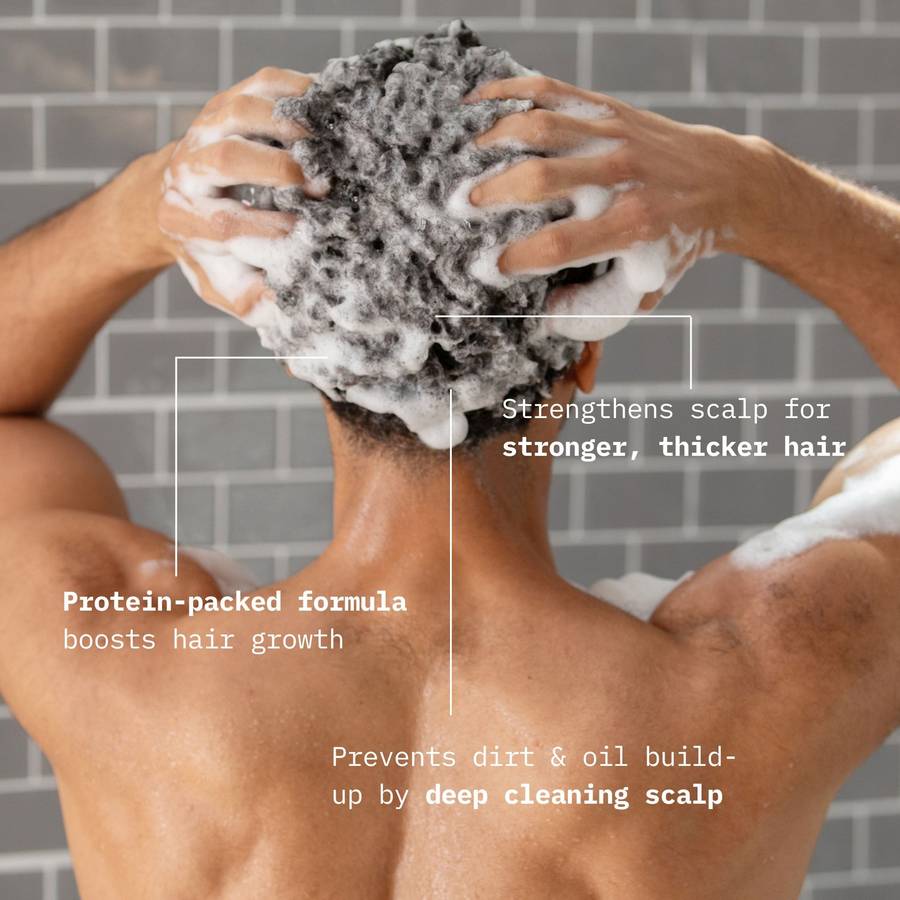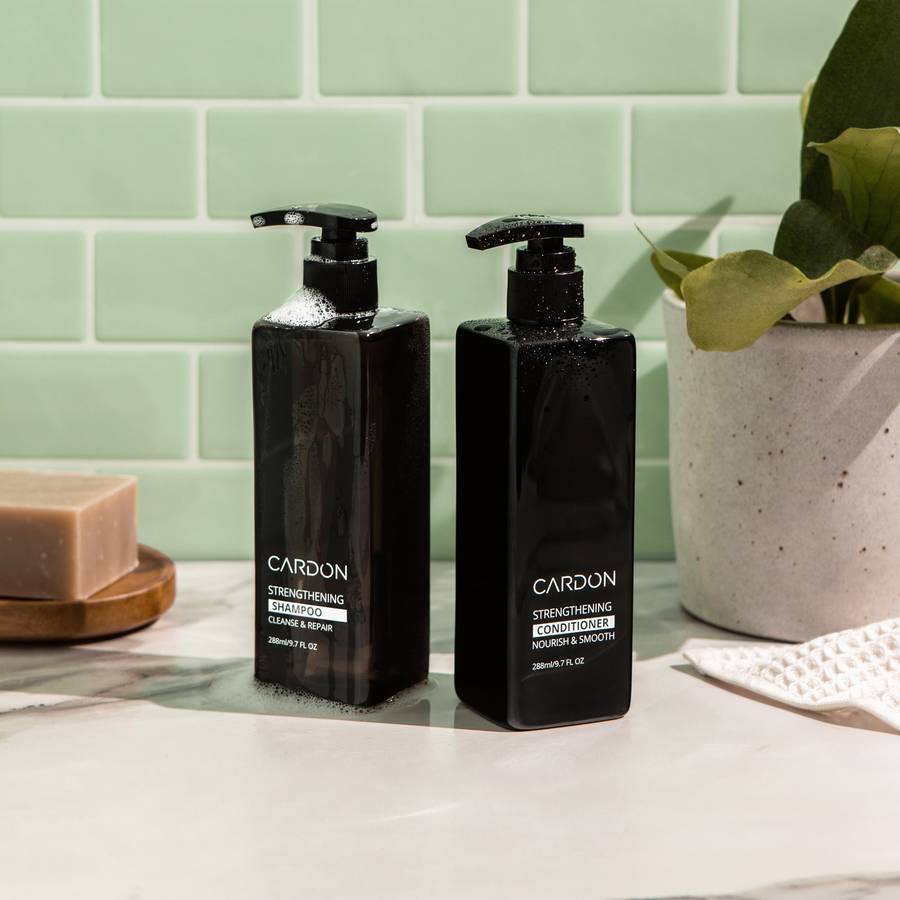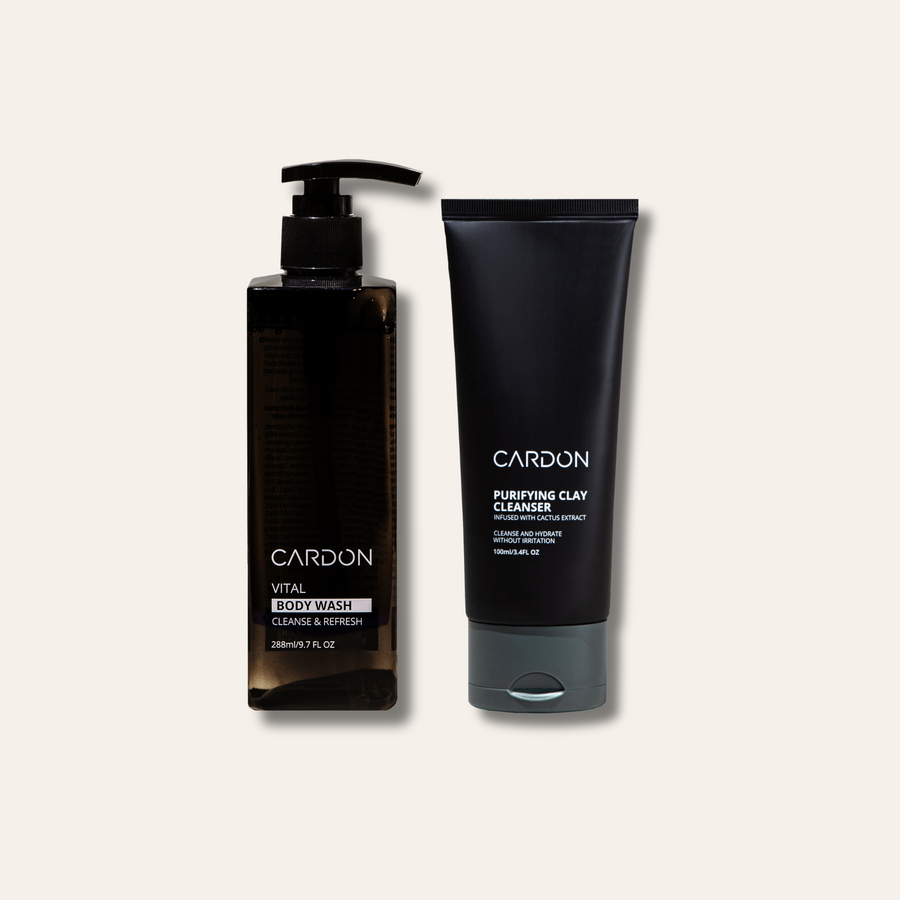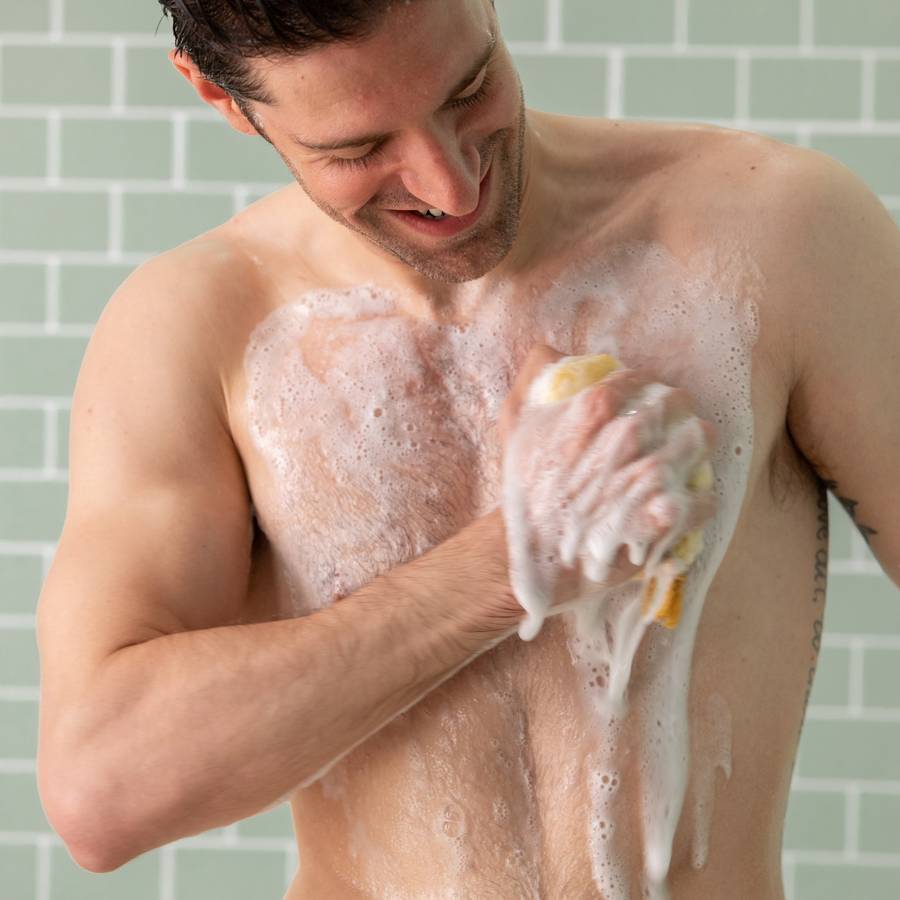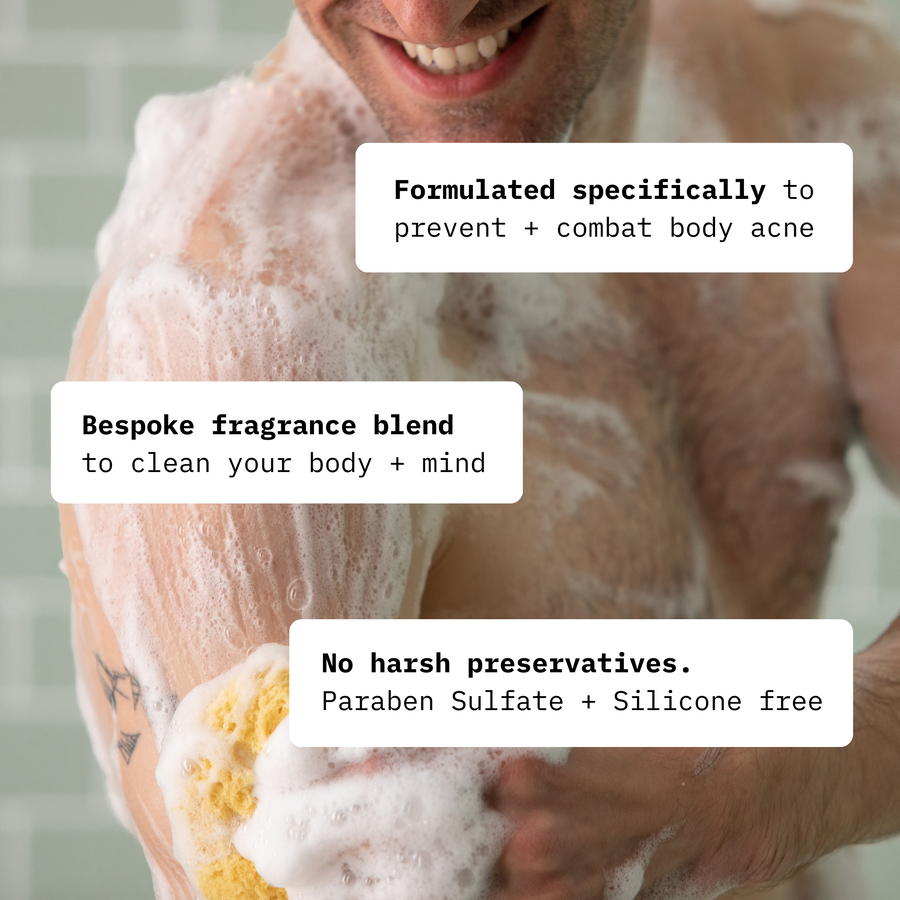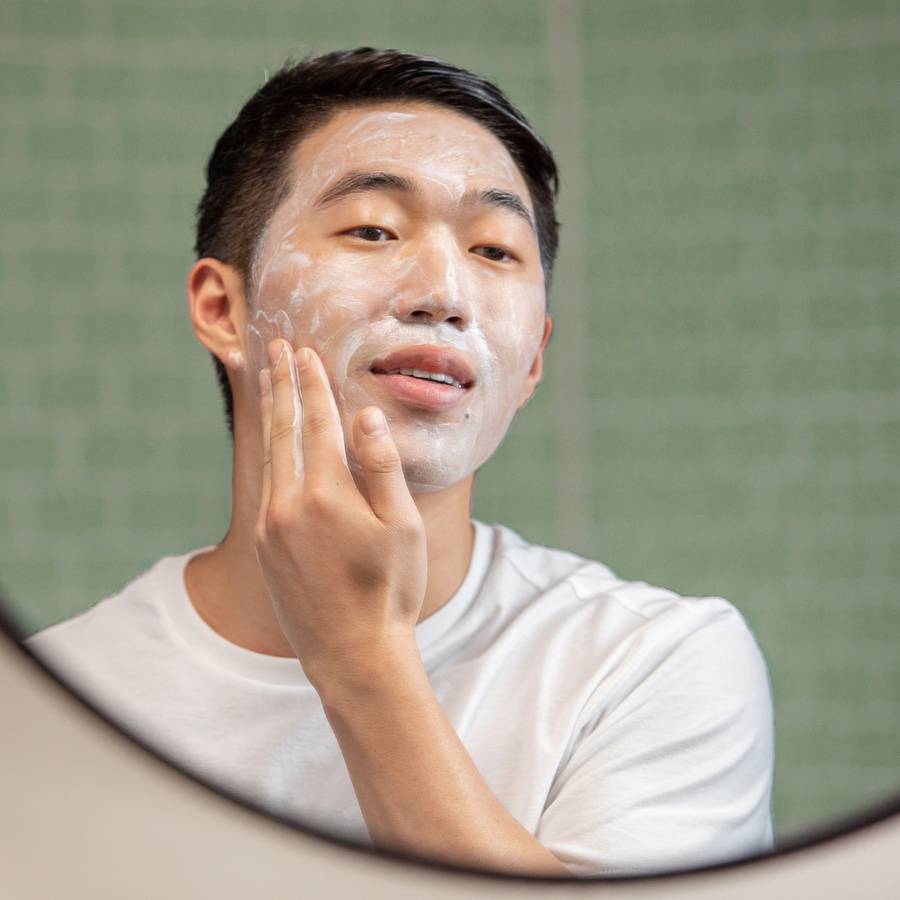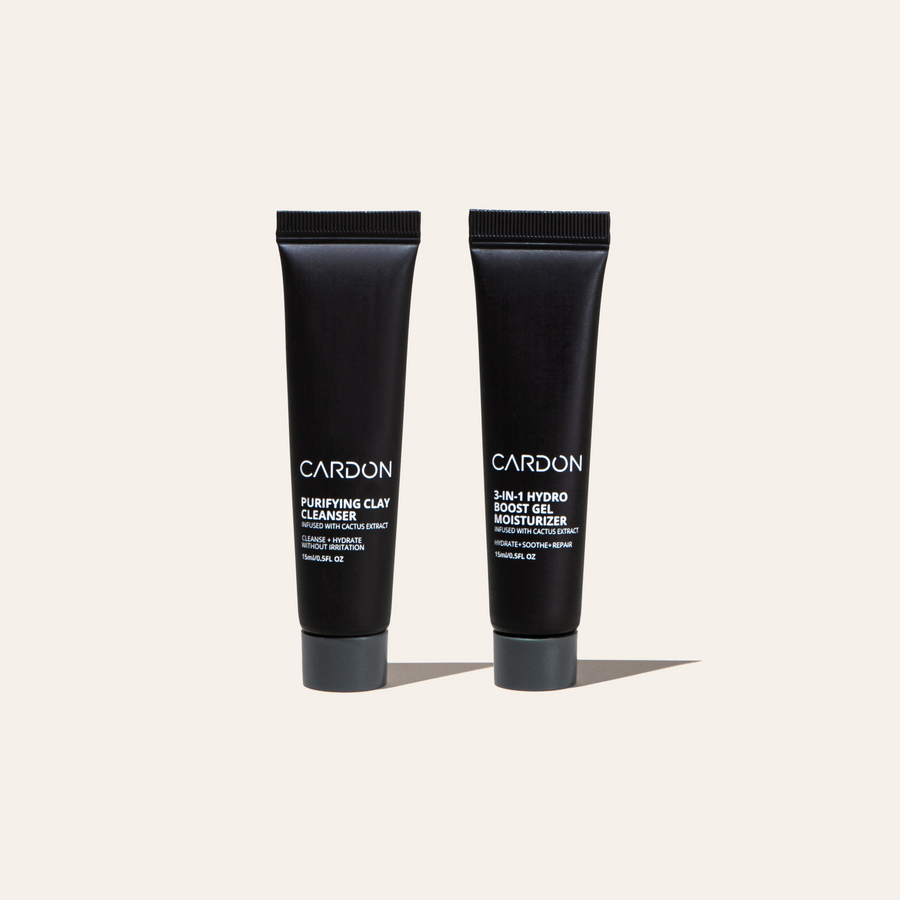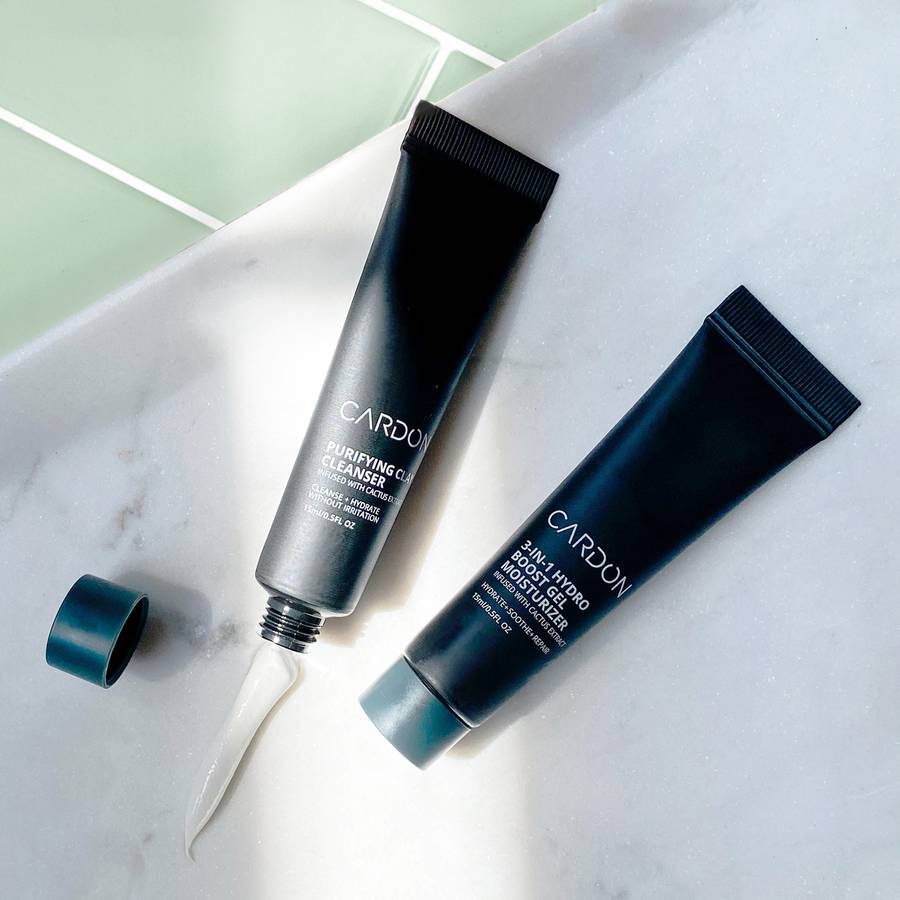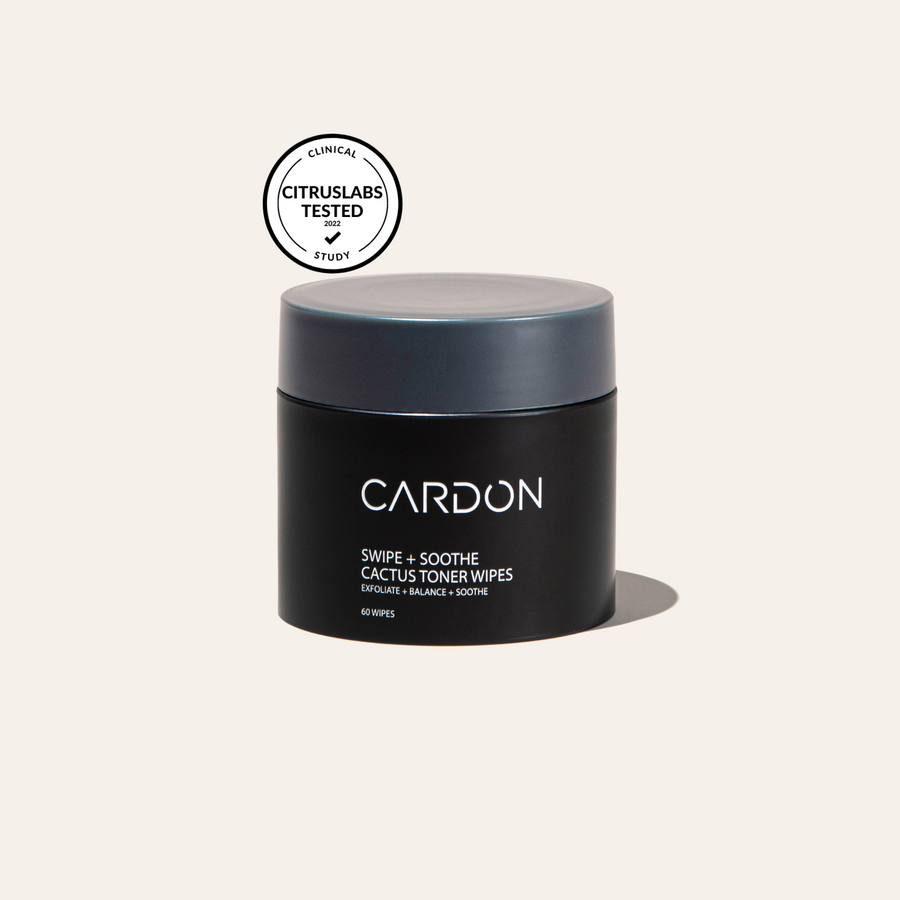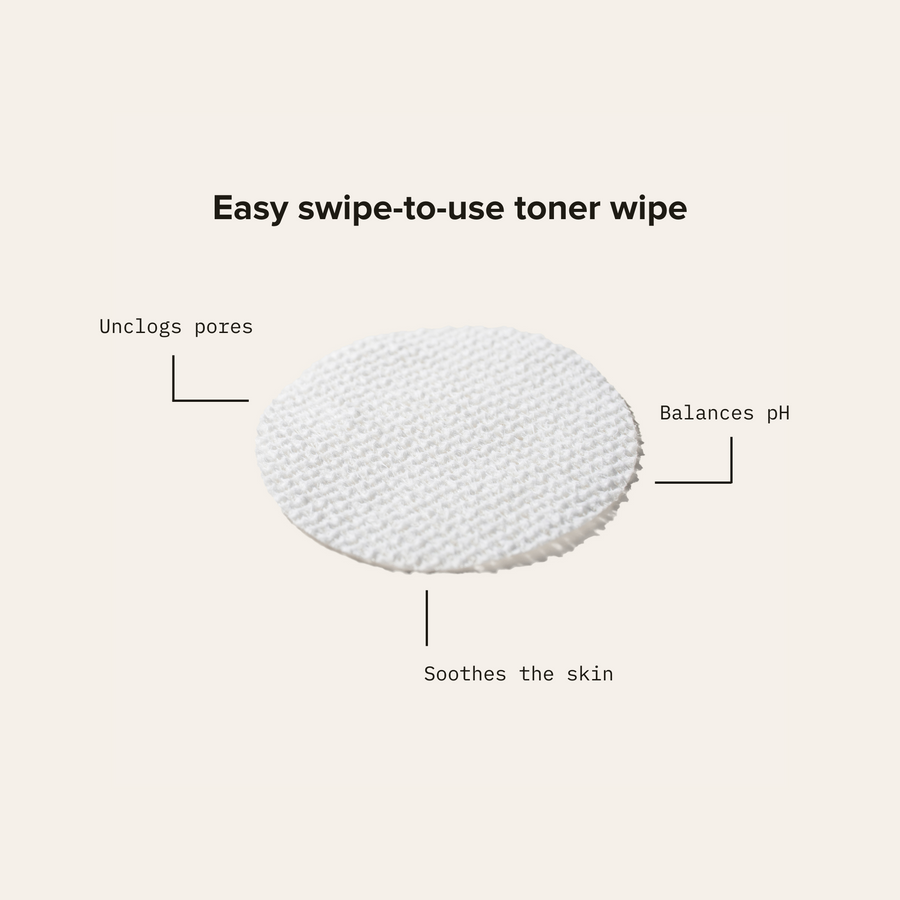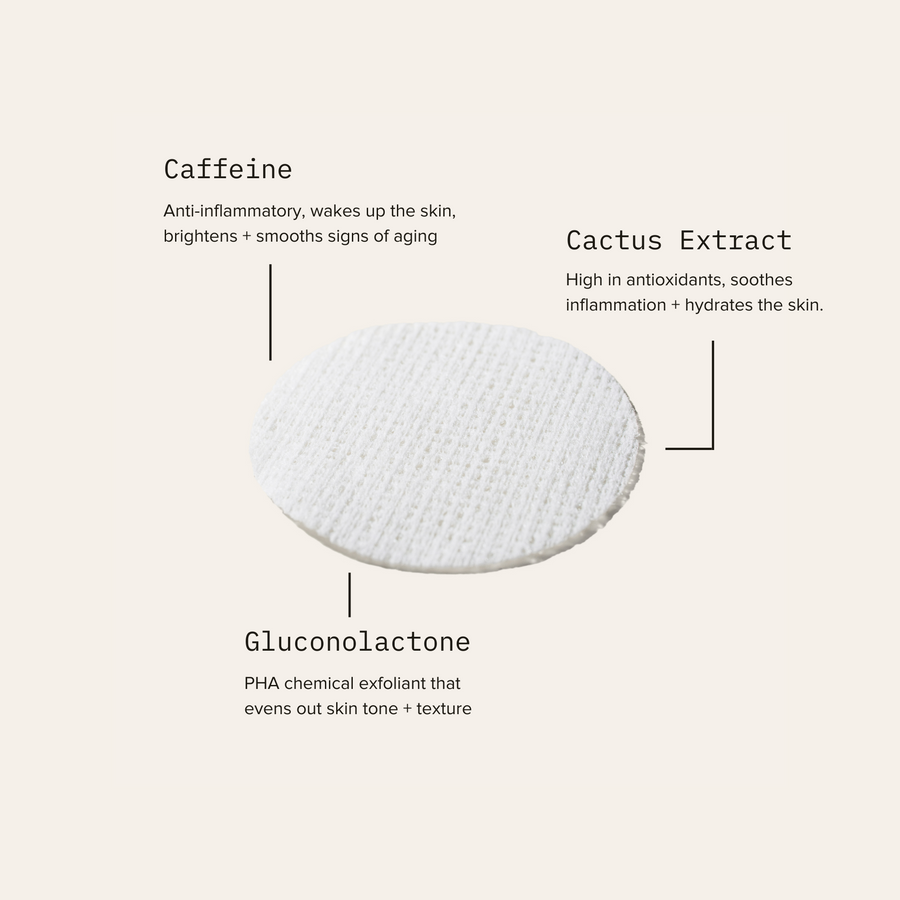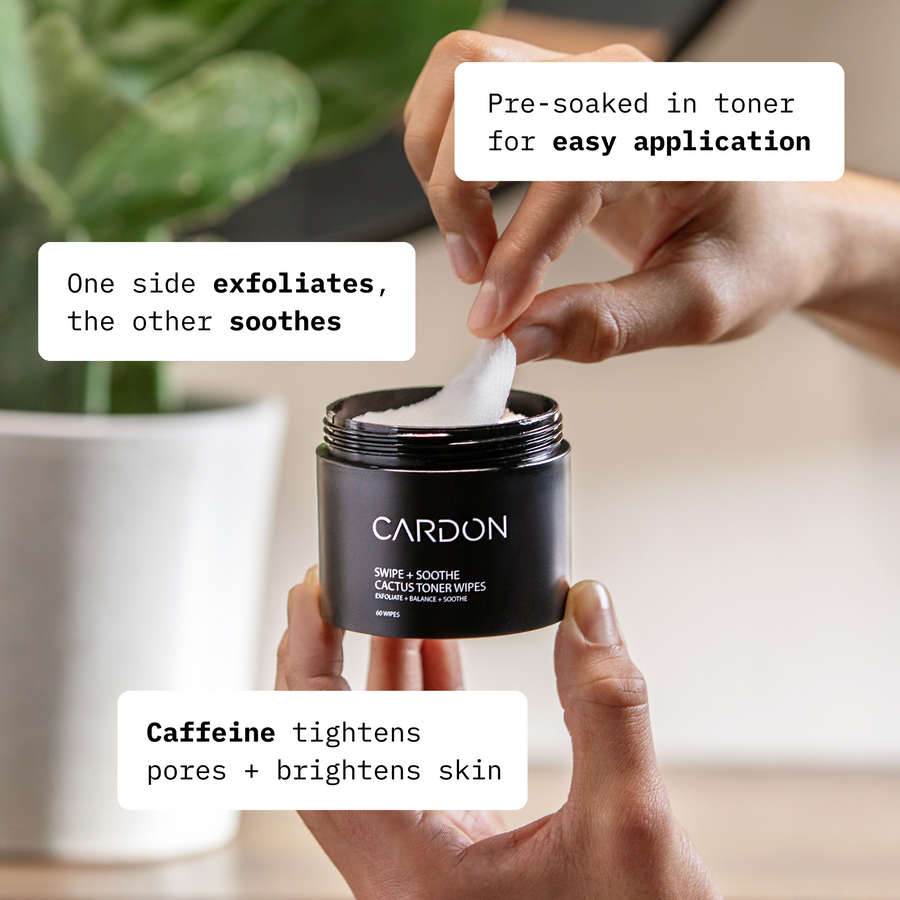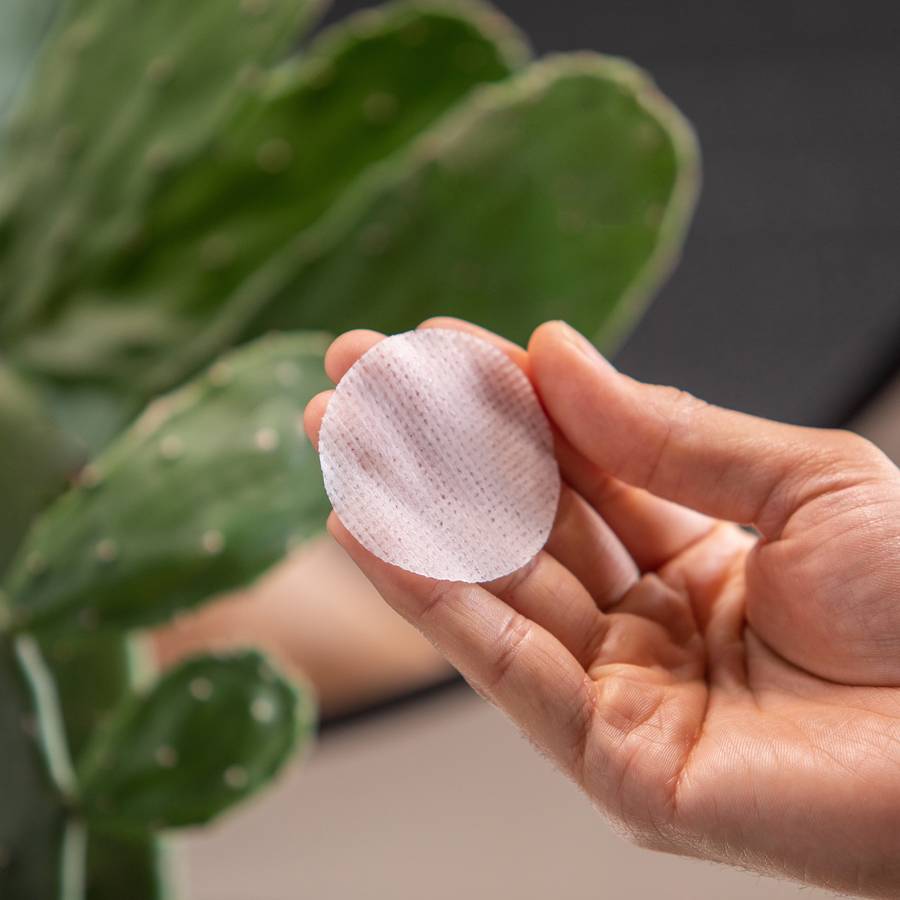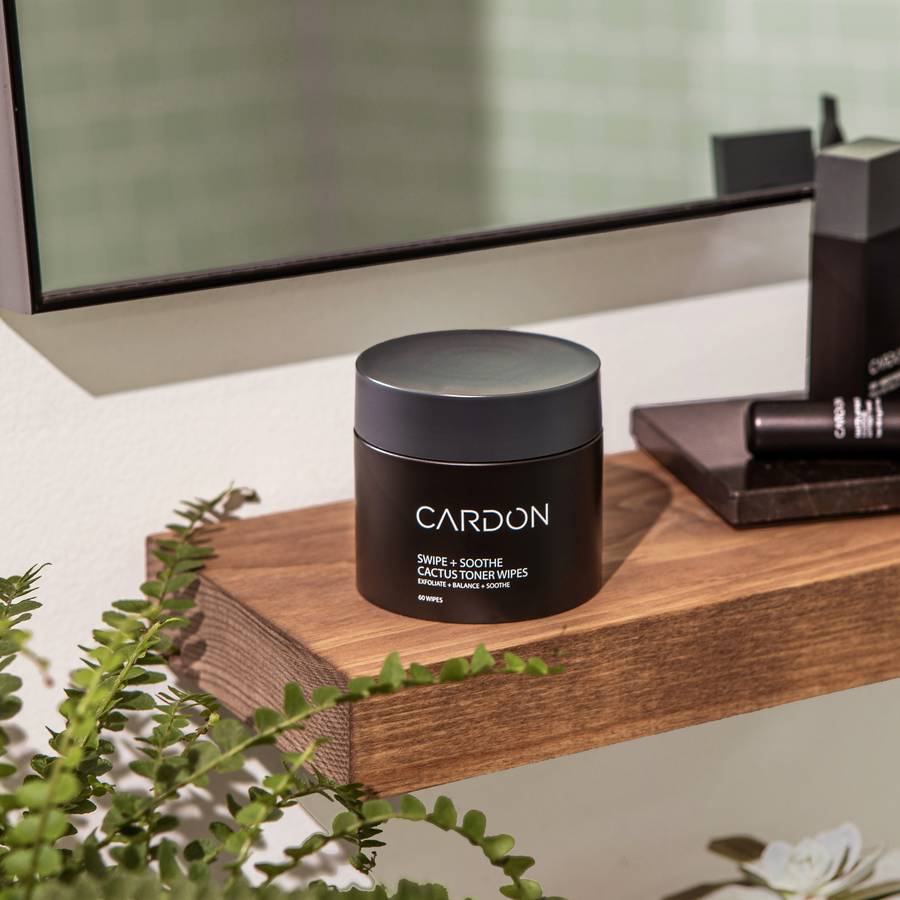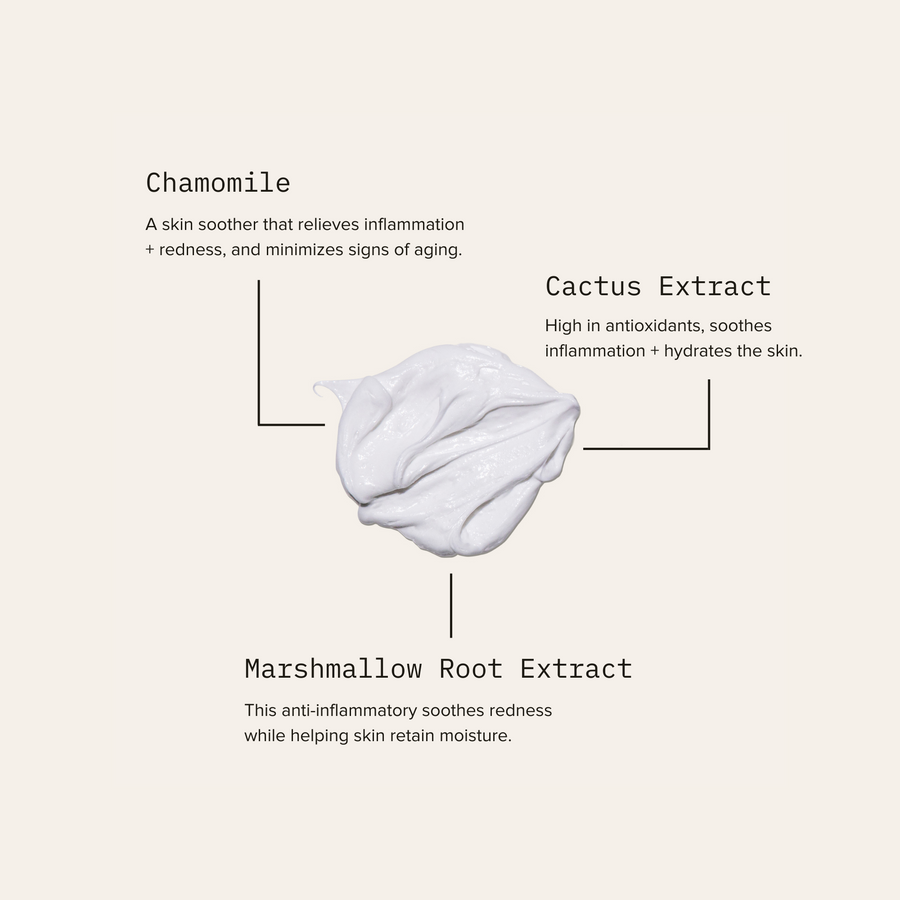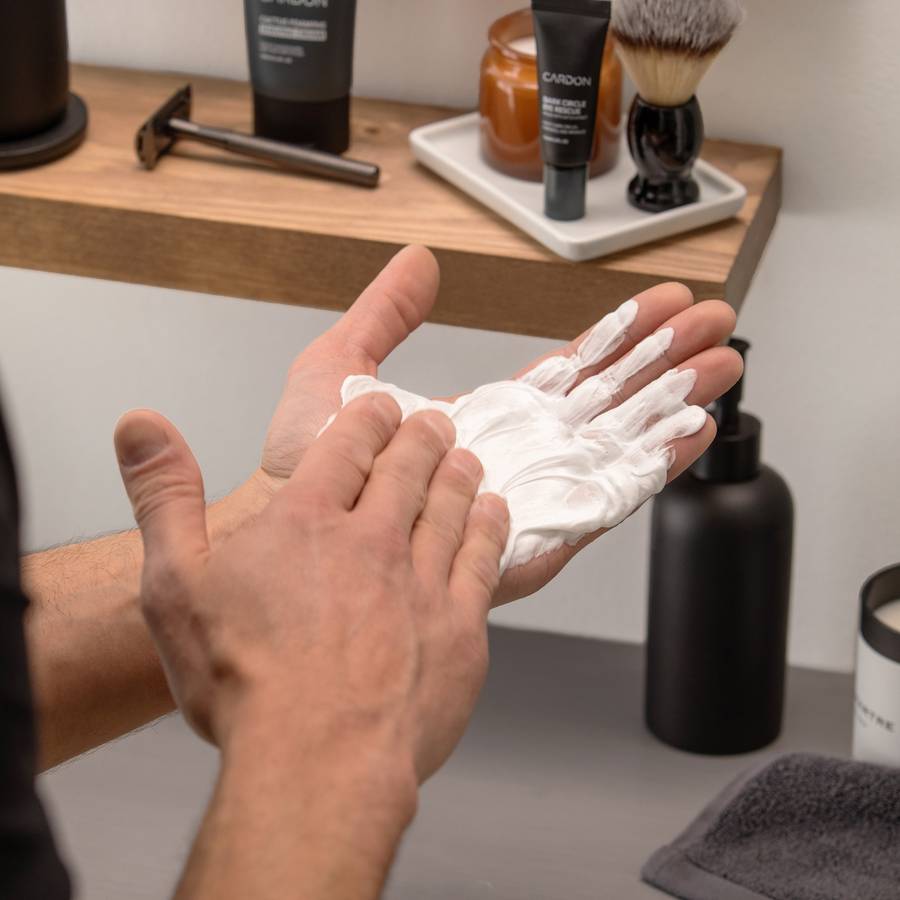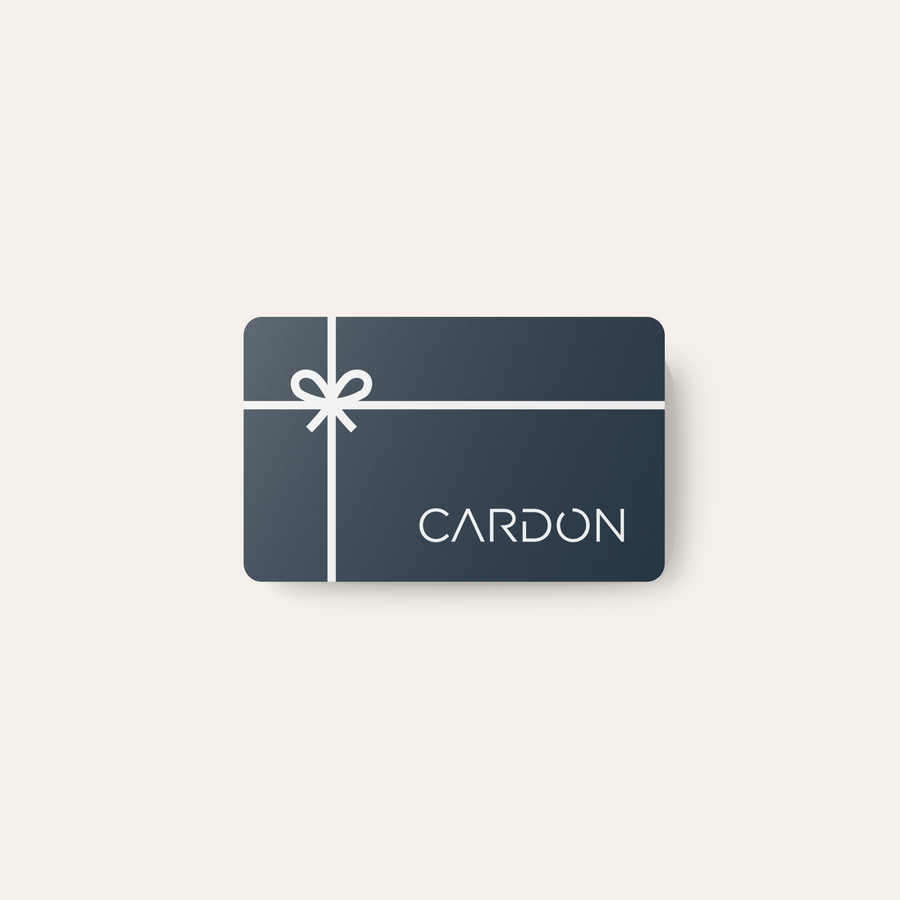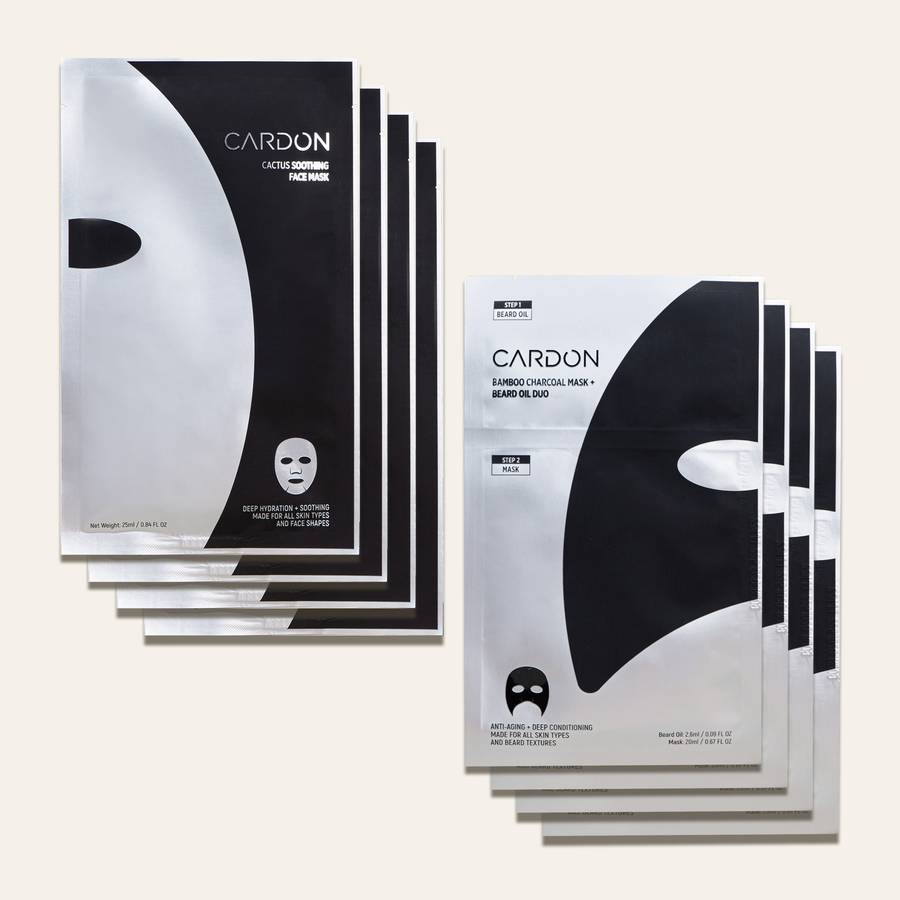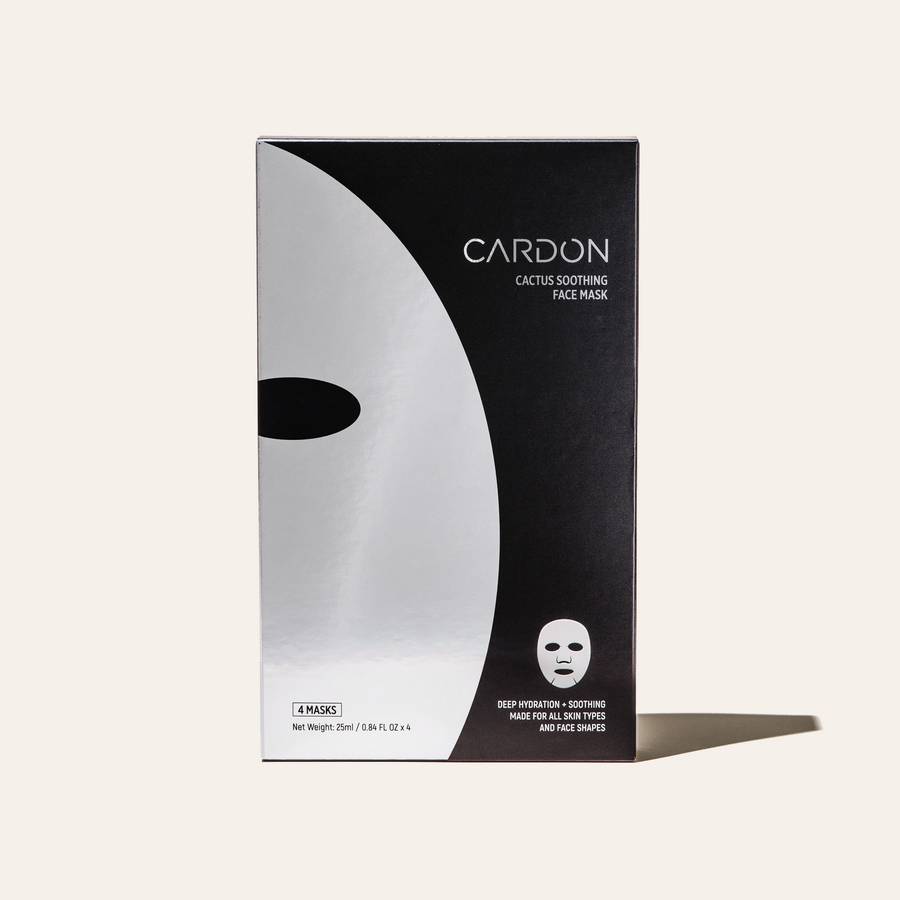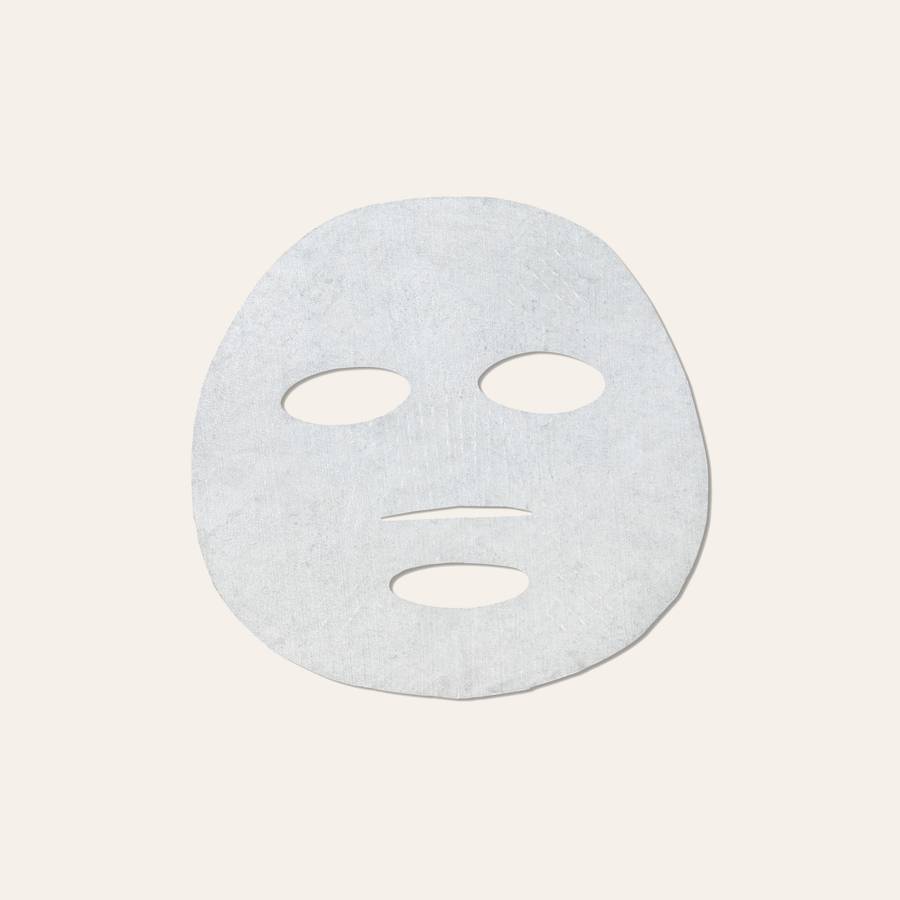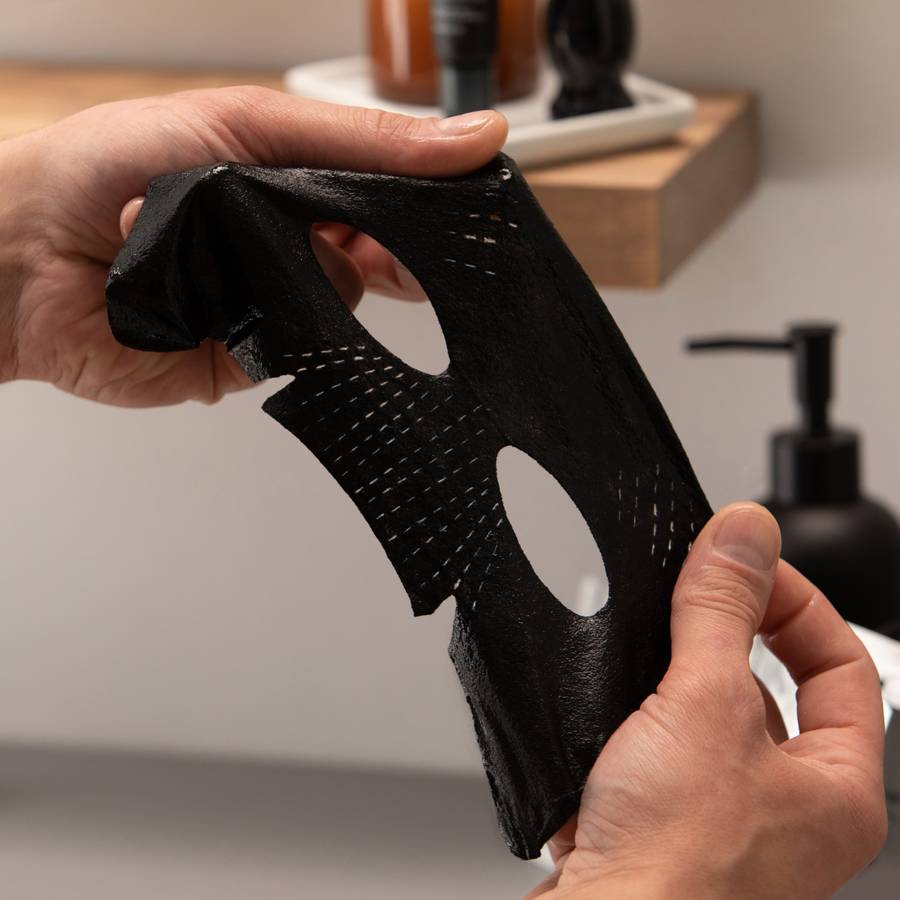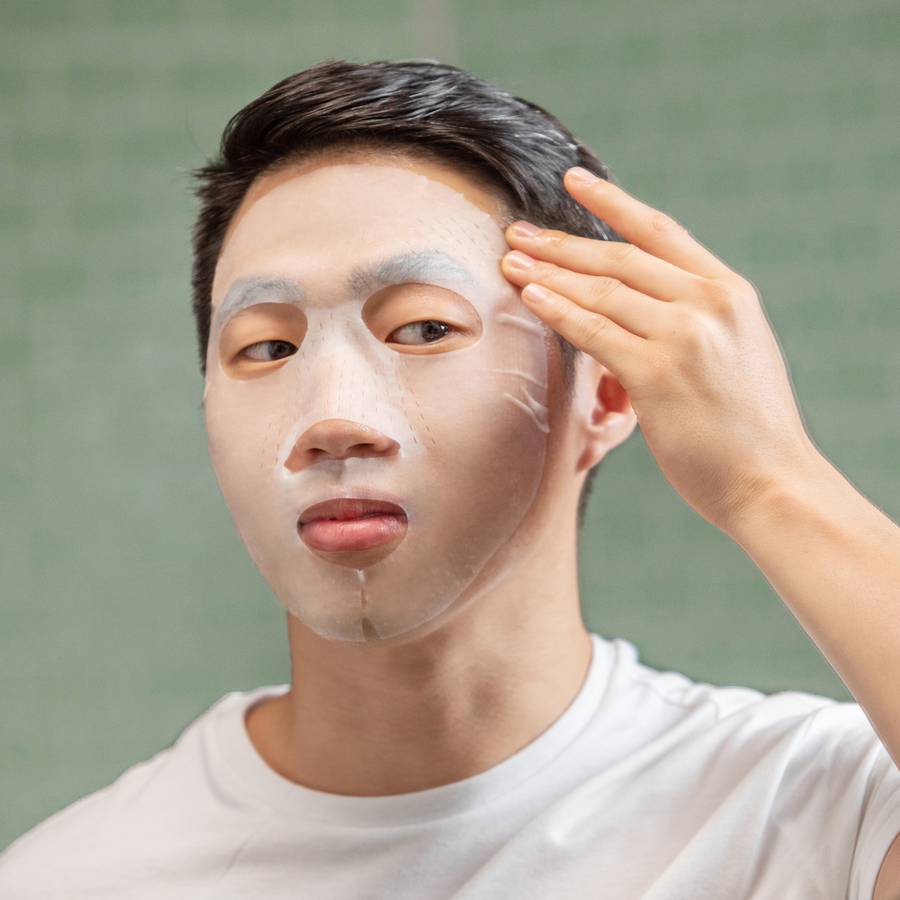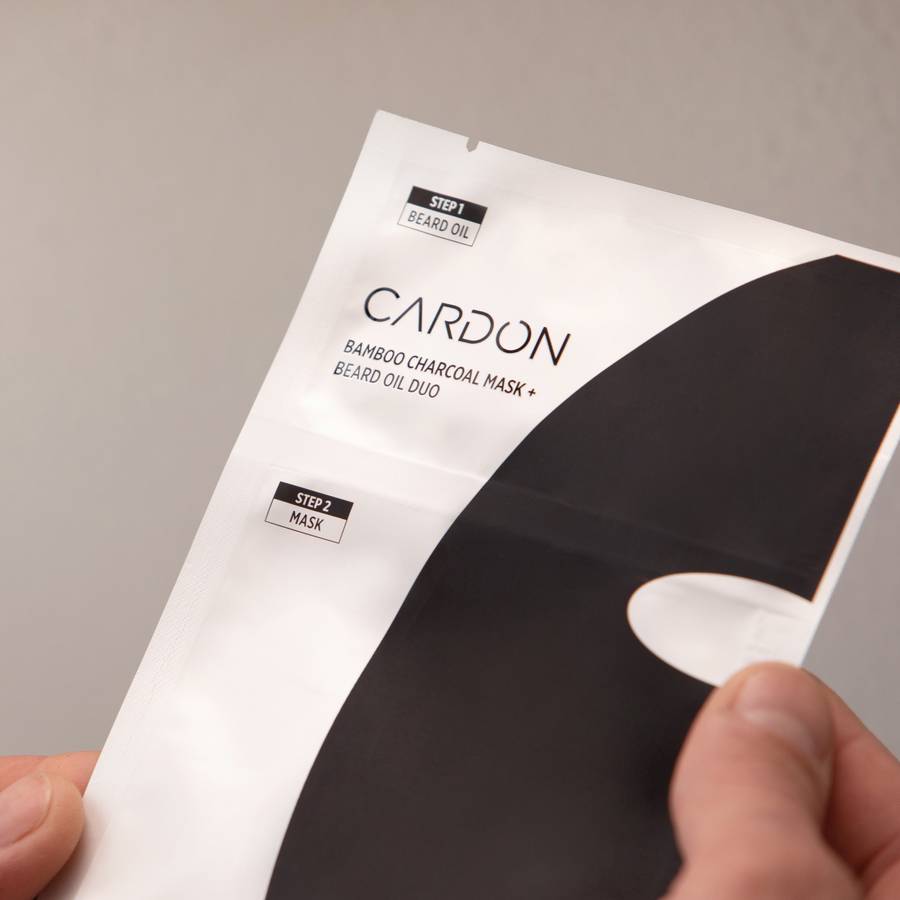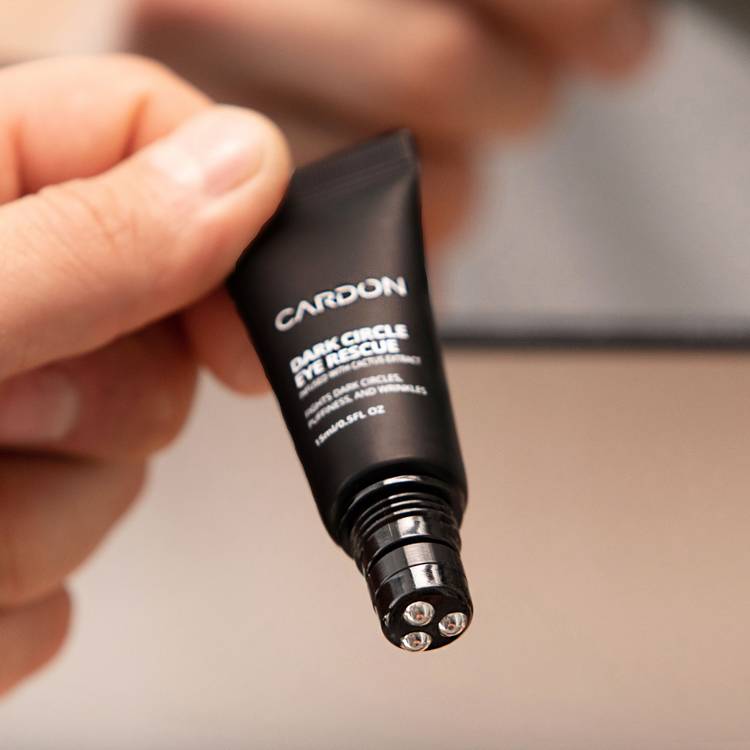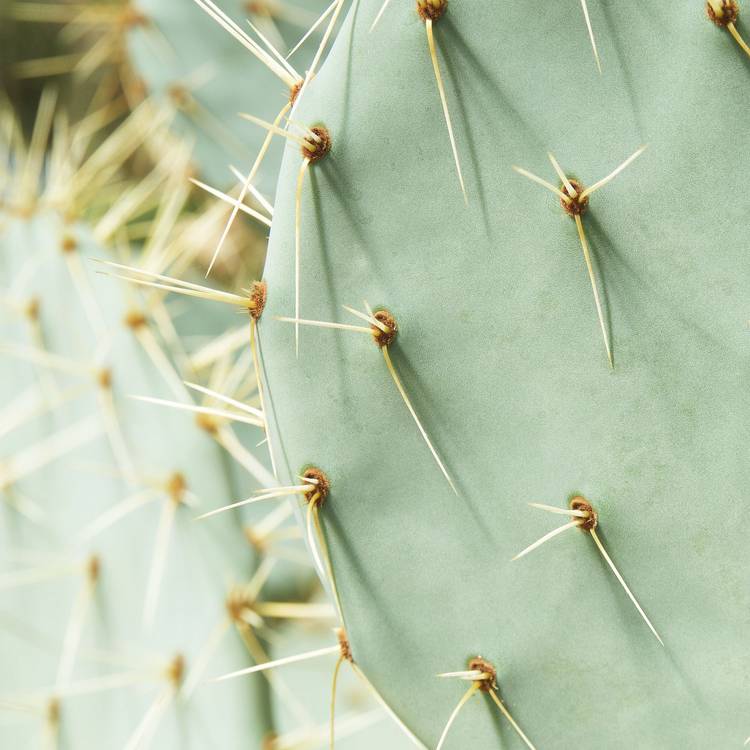Korean Skincare Demystified
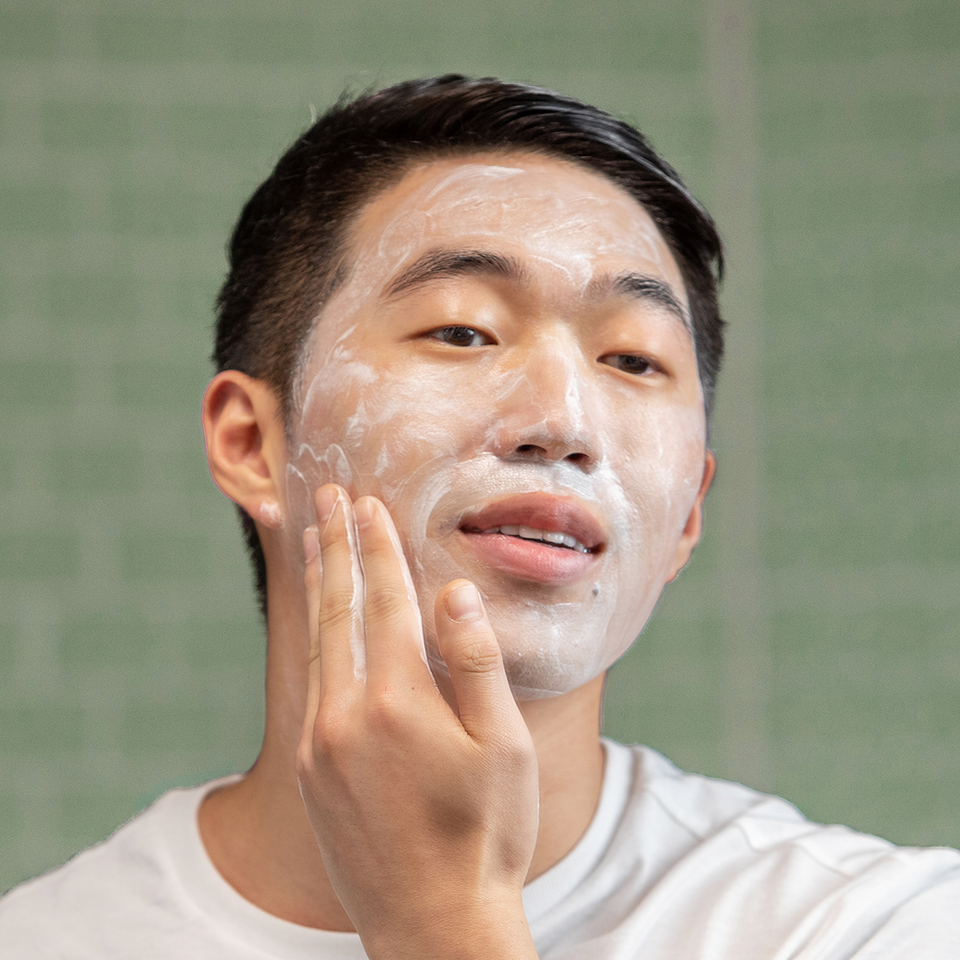
What is K-Beauty? Let's dive into what makes Korean skincare so special and why this phenomenon has taken over the world.
Korean beauty and skincare philosophy revolves around allowing your natural skin to glow. For many Koreans, skincare is not a luxury or a remedy to a pimple, it's a lifestyle. Both women and men take pride in the quality of their skin, starting from a young age.Skincare experts as well as rookies can learn a lot from the fundamentals of K-Beauty, a global skincare phenomenon that aims to give consumers clear, bright, youthful complexion.Here are the lessons from Korean skincare routines that we can apply to men’s grooming routines.
Let's Start with the Basics
What is K-Beauty, you ask? Well, it’s shorthand for Korean Beauty, as its origins are anchored in South Korea—a country that is as synonymous with beauty as Italy is with leather, and as Germany is with cars.
Korean skincare is built around the philosophy that proper skincare is accessible and essential. There is a strong emphasis that consistent care early on can prevent significant damage and aging to the skin, rather than waiting for a problem to solve.
Korean skincare is built around the philosophy that proper skincare should be accessible to all and an essential part of any healthy lifestyle.
Over the last decade, Korea has been at the forefront of skincare innovation. Here are a few qualities that make K-Beauty unique within the global skincare industry:
Gentle, yet effective. K-Beauty ingredients and products are renowned for being gentle on the skin. These ingredients are highly researched and multifunctional. Something that smooths and prevents wrinkles might also boost moisture levels or shield against toxins.
Beauty for every budget. K-Beauty products are cost effective because Korean skincare brands have invested heavily into innovating the industry with in-depth ingredient research and more stable formulations suitable for sensitive skin, as well as unique and fun packaging. Quality doesn't have to be expensive.
Customizable routine. You may have heard of the famous 10-step routine. It may sound like a lot but it creates a framework for individuals to find the right products that work for their skin needs. Products are layered in a specific way that helps the person achieve his or her crystal-clear skin goals.
Universal. K-Beauty is genderless; men take just as much pride in the philosophy and practice as women do. That’s because in Korea, having healthy skin is ranked up there with having a good sense of style, good taste in design, and so forth.
What Korean skincare can teach us
Korean skincare fundamentals can teach us a lot about our own regimen. Even if you're starting off with a minimalist skincare routine, there is room for intention and complexity. In fact, that’s a very good place to start, since K-Beauty’s focus is about starting with the basics and building up a regimen that suits your specific needs. You may not need 10 steps in your regimen, but you can pick the four or five steps that you do need, and focus on those goals.
So, you can start with the basics—like cleansing, hydrating, and protecting the skin—and then target other areas that could improve your overall complexion and skin health. (For example, oily skincare regimens should add toner to help balance sebum production.)
And of course, K-Beauty also reminds us to consider the research and ingredients that go into each and every product that we put on our precious mugs. It’s all too easy to buy a product because its packaging is beautiful or because you’ve been using that exact brand for years without question. But K-Beauty is about asking questions, like “Are these ingredients actively improving my skin (and can I pronounce most of them?), or are they simply mass-sourced and underperforming? Even if you’re on a budget, there are products made with intention that work to firm, hydrate, and clear your skin better than many drugstore standbys.
Which ingredients should I look for?
K-Beauty products often use natural-based ingredients; many are plant-based like Centella Asiatica (commonly referred to as cica) or cactus extract, and some are wild like snail slime or bee venom. The big takeaway here is to understand the fundamentals of K-Beauty products: It’s not that you need to go looking for a specific ingredient, but rather, the ingredients in your products should have been carefully researched to serve a function and the brands should tell you precisely why these ingredients have been included. What are the products doing to work overtime in your favor, as opposed to a bunch of chemicals that make no promise above the bare minimum?
This is a big reason Cardon spends so much time developing products around cactus extract, an ingredient that soothes, hydrates, and is rich in anti-inflammatory, firming, and healing vitamins, as well as electrolytes to protect skin’s moisture barrier. Cactus extract is infused in every Cardon product, from the Clay Cleanser to the SPF 30 Moisturizer, so that people who use these products in their skincare routine get the benefits at every stage of the process.
Similarly, the cleanser uses clay to deeply extract impurities from the pores, and it deploys cica grass for its anti-inflammatory and anti-aging properties. The same can be said of Cardon’s using tumeric in its SPF moisturizer, while the Gel Moisturizer uses rosehip oil for its richness in Vitamin A, and its age-reversing superpowers.
Again, when it comes to the products you buy and the ingredients you look for, remember that every product should have this same level of research and consideration behind it. That’s a K-Beauty principle.
Introducing K-Grooming
As we said above, korean skincare can be universal and genderless—one that focuses on complexion as opposed to cosmetics.
Odds are that men would build a slightly different regimen than women, given they do different things to their face (like, you know, grow beards and shave). So, men must add in a few other specifics that address their own concerns, another of which is likely targeting excessively oily skin (since men get oilier than women, in general).
And while the term K-Grooming hasn’t grown to similar prominence, it is something that Cardon discussed when building a product assortment, as well as when discussing cactus extract as a key ingredient. Cardon’s founders are well versed in K-Beauty principles (one of them, Narae, is even native to South Korea and is an industry veteran). But the main question that needed answering was: How can the principles of K-Beauty be applied to men in the western world, in a more scaled back manner that still works hard to help these men achieve clear, healthy, youthful skin? And in that way, in founding Cardon, one of the first K-Grooming brands was born—in the United States, no less.
The fundamentals of K-Grooming
With an ingredient-minded, foundational skincare routine in place, you’re then able to add complexities that further follow K-Grooming principles. Your core regimen already focuses on:
CLEANSING: washing the face, morning and night, to flush away impurities, excess oil, and to unclog pores
HYDRATING: moisturizing, morning and night, to nourish skin, promote youthfulness, and prevent dryness
PROTECTING: applying SPF by day and a dense moisturizer by night, to shield skin from harmful ultraviolet rays as well as pollution and other skin-aging toxins
This is a universal twice-daily regimen that every person should follow, at a minimum.
Then, you can consider your other skincare needs. Are you experiencing fine lines and wrinkles? Do you have oily skin? Are you prone to acne? What about shaving irritations, like ingrown hairs or redness? Do you commonly get dark undereye circles or experience puffy under eyes?
These are just some of the ways you can consider adding complexities to your skincare regimen, whether it’s a toner to balance oil levels, a gel or cream to target dark circles and puffy eyes, a prescription cream or retinol that addresses fine lines or acne, or a more careful and sensitive approach to pre-and post-shave regimens.
This self assessment is how you build a customized K-Grooming regimen on top of your foundational skincare routine, so long as you keep in mind that the ingredients need to be exceptional in each of the products. Secondly, you need to research the order of operations—how to layer the products so that they all work most effectively. For example, you can’t apply anything until after you have first cleansed the skin. But then you also shouldn’t apply a moisturizer or SPF until the very end, because they act as a shield or lid on all the lighter, more targeted products, and it is important to apply them to clean skin from lightest (and most absorbent) to densest.
If you're looking for help finding your customized routine, tell us what your top concerns are and we'll build you a custom regimen. Once you’ve mastered your own regimen and are months into the process, you’ll have profound results on skin clearness, firmness, brightness, and youthfulness. And you will have successfully mastered the careful craft behind K-Beauty and K-Grooming. Chughahabnida! (That’s ‘congratulations’ in Korean.)
Shop K-Grooming Skincare

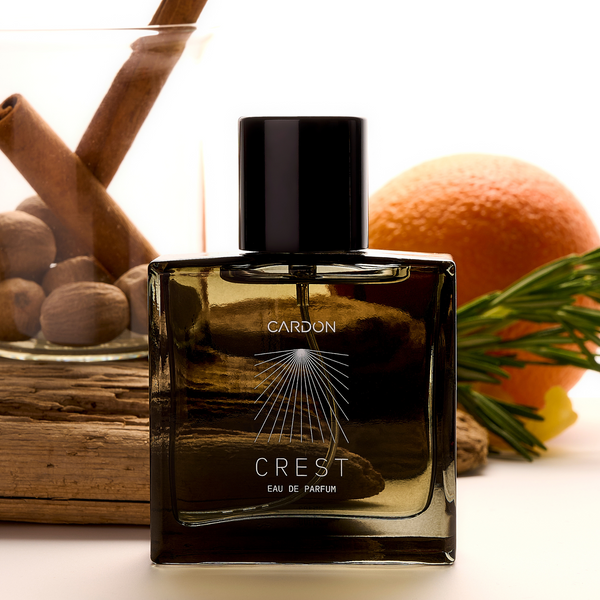
NEW
NEW
Crest Functional Fragrance
Start bold. Stay sharp.
Crest is your citrus-charged confidence boost — bright bergamot and fresh herbs awaken your senses, while ambery woods and warm spices fuel your momentum. Crisp, energizing, and built to keep you fresh all day long.
Functional fragrance, powered by science and scent.
Crafted by world-class perfumers, Crest blends mood-boosting essential oils and high-potency eau de parfum strength. Lemon, orange, and lime spark motivation and positivity, while rosemary and cedarwood sharpen focus and mental clarity — so you move through your morning with unstoppable energy.
Perfect for: Morning commutes, first dates, interviews, or anytime you want to lead with confidence.
Free Sample Included: For a limited time, get a free sample with the purchase of any full-size fragrance! Try it before opening the full-size to be sure you love it.
FREE Sample ($5 value) included with every order.
Crest Functional Fragrance
Start bold. Stay sharp.
Crest is your citrus-charged confidence boost — bright bergamot and fresh herbs awaken your senses, while ambery woods and warm spices fuel your momentum. Crisp, energizing, and built to keep you fresh all day long.
Functional fragrance, powered by science and scent.
Crafted by world-class perfumers, Crest blends mood-boosting essential oils and high-potency eau de parfum strength. Lemon, orange, and lime spark motivation and positivity, while rosemary and cedarwood sharpen focus and mental clarity — so you move through your morning with unstoppable energy.
Perfect for: Morning commutes, first dates, interviews, or anytime you want to lead with confidence.
Free Sample Included: For a limited time, get a free sample with the purchase of any full-size fragrance! Try it before opening the full-size to be sure you love it.
FREE Sample ($5 value) included with every order.
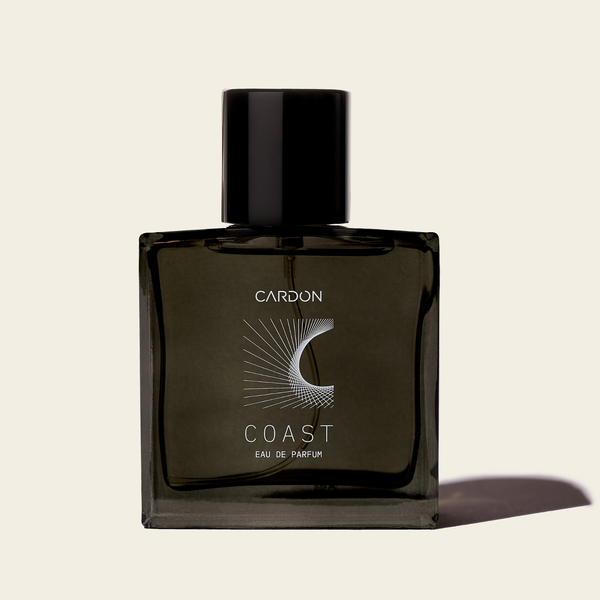
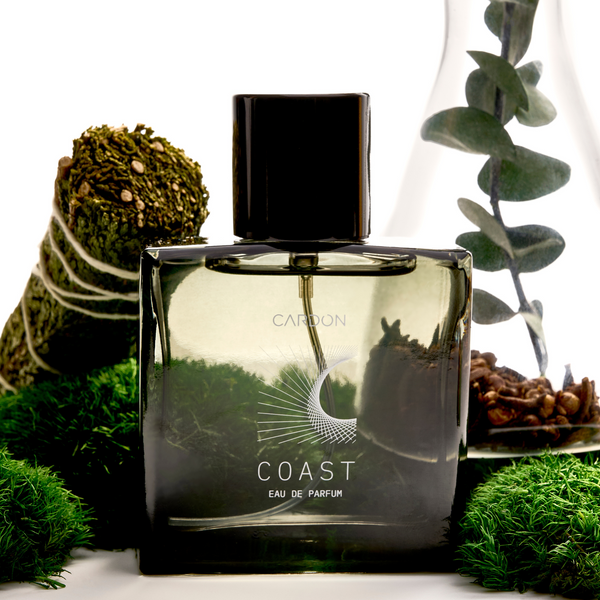
NEW
NEW
Coast Functional Fragrance
Reset your mind. Find your focus.
Coast is like a breath of fresh mountain air — crisp fir needle, cool eucalyptus, and grounding woods clear the mind and re-center your energy. Clean, refreshing, and built to keep you sharp through the midday rush.
Functional fragrance, powered by science and scent.
Crafted by world-class perfumers, Coast blends mood-calibrating essential oils with high-potency eau de parfum strength. Fir needle and cedarwood enhance focus and mental resilience, while clove and juniper ease stress and restore balance — so you can power through with steady clarity.
Perfect for: Workdays, workouts, travel days, or anytime you need a mental reset.
Free Sample Included: For a limited time, get a free sample with the purchase of any full-size fragrance! Try it before opening the full-size to be sure you love it.
FREE Sample ($5 value) included with every order.
Coast Functional Fragrance
Reset your mind. Find your focus.
Coast is like a breath of fresh mountain air — crisp fir needle, cool eucalyptus, and grounding woods clear the mind and re-center your energy. Clean, refreshing, and built to keep you sharp through the midday rush.
Functional fragrance, powered by science and scent.
Crafted by world-class perfumers, Coast blends mood-calibrating essential oils with high-potency eau de parfum strength. Fir needle and cedarwood enhance focus and mental resilience, while clove and juniper ease stress and restore balance — so you can power through with steady clarity.
Perfect for: Workdays, workouts, travel days, or anytime you need a mental reset.
Free Sample Included: For a limited time, get a free sample with the purchase of any full-size fragrance! Try it before opening the full-size to be sure you love it.
FREE Sample ($5 value) included with every order.


NEW
NEW
Circa Functional Fragrance
Slow down. Show up.
Circa is your evening reset — settle in with warm sandalwood, spicy cardamom, and smooth leather that grounds your senses and builds quiet confidence. Bold, balanced, and built to leave a lasting impression.
Functional fragrance, powered by science and scent.
Crafted by world-class perfumers, Circa blends mood-boosting essential oils with high-potency eau de parfum strength. Sage and patchouli ease stress and tension, while labdanum lulls you into an emotional calm — helping you transition from the rush of the day into your element.
Perfect for: Dinners, nights out, winding down, or anytime you want to reset and recharge.
Free Sample Included: For a limited time, get a free sample with the purchase of any full-size fragrance! Try it before opening the full-size to be sure you love it.
FREE Sample ($5 value) included with every order.
Circa Functional Fragrance
Slow down. Show up.
Circa is your evening reset — settle in with warm sandalwood, spicy cardamom, and smooth leather that grounds your senses and builds quiet confidence. Bold, balanced, and built to leave a lasting impression.
Functional fragrance, powered by science and scent.
Crafted by world-class perfumers, Circa blends mood-boosting essential oils with high-potency eau de parfum strength. Sage and patchouli ease stress and tension, while labdanum lulls you into an emotional calm — helping you transition from the rush of the day into your element.
Perfect for: Dinners, nights out, winding down, or anytime you want to reset and recharge.
Free Sample Included: For a limited time, get a free sample with the purchase of any full-size fragrance! Try it before opening the full-size to be sure you love it.
FREE Sample ($5 value) included with every order.

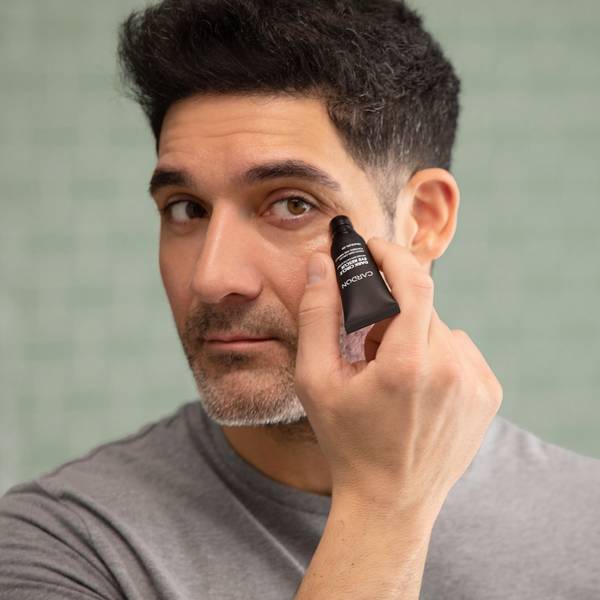
seller
Anti-Aging Skincare Set
good for:
Life comes at you fast. That’s why we developed our Anti-Aging Skincare Set full of just what you need to tackle fine lines, rough texture, and other signs of aging in the skin.
From protecting skin all day long to boosting its ability to repair and rebuild overnight, your past, present, and future selves will thank you.
Includes Steps:
- 01 Dark Circle Eye Rescue
- 02 Purifying Clay Cleanser
- 03 Daily SPF + Moisturizer
- 04 Hydro Boost Gel Moisturizer
Never go empty! Subscribe + Save 10%
Anti-Aging Skincare Set
good for:
Life comes at you fast. That’s why we developed our Anti-Aging Skincare Set full of just what you need to tackle fine lines, rough texture, and other signs of aging in the skin.
From protecting skin all day long to boosting its ability to repair and rebuild overnight, your past, present, and future selves will thank you.
Includes Steps:
- 01 Dark Circle Eye Rescue
- 02 Purifying Clay Cleanser
- 03 Daily SPF + Moisturizer
- 04 Hydro Boost Gel Moisturizer
Never go empty! Subscribe + Save 10%
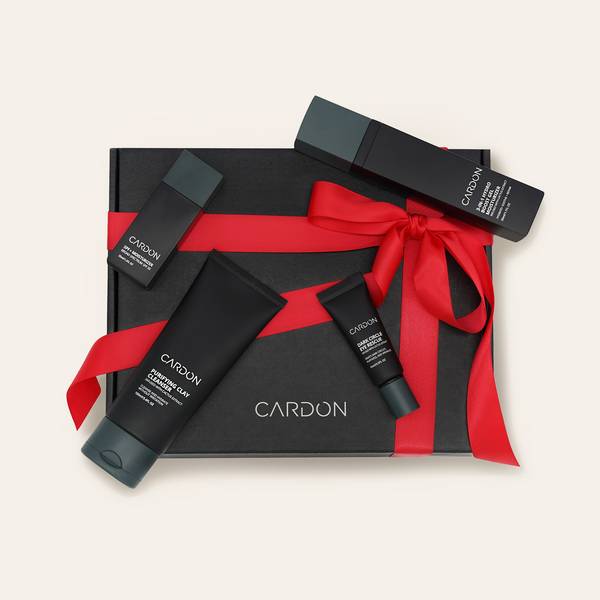

EDITION
GIFT BOX
Limited Edition Gift Set
good for:
This gift set is complete with our bestselling anti-aging products to protect skin all day long, while repairing skin overnight. Targets dark circles, fine lines, and other signs of premature aging.
*Comes ready to gift in our signature gift box.
Includes Steps:
- 01 Purifying Clay Cleanser
- 02 Dark Circle Eye Rescue
- 03 Daily SPF + Moisturizer
- 04 Hydro Boost Gel Moisturizer
"There is no better present to give an older brother than the gift of perfect skin care. I don't know who will like it more him or his wife. And, of course, I bought more for myself." - David N. | Age: 45-54
Limited Edition Gift Set
good for:
This gift set is complete with our bestselling anti-aging products to protect skin all day long, while repairing skin overnight. Targets dark circles, fine lines, and other signs of premature aging.
*Comes ready to gift in our signature gift box.
Includes Steps:
- 01 Purifying Clay Cleanser
- 02 Dark Circle Eye Rescue
- 03 Daily SPF + Moisturizer
- 04 Hydro Boost Gel Moisturizer
"There is no better present to give an older brother than the gift of perfect skin care. I don't know who will like it more him or his wife. And, of course, I bought more for myself." - David N. | Age: 45-54
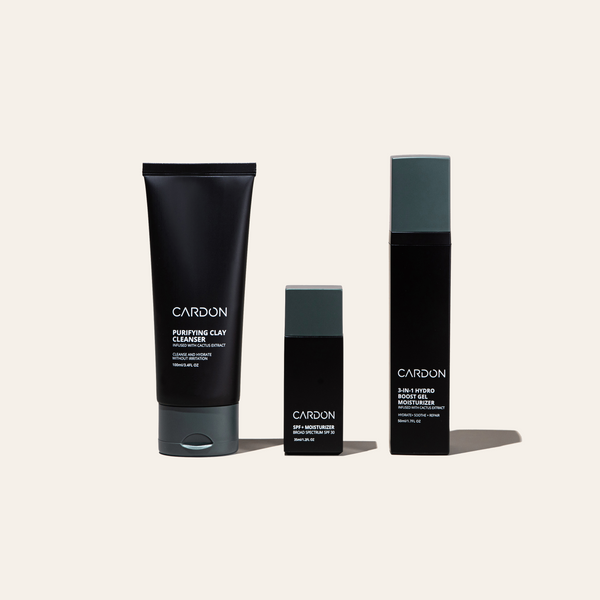
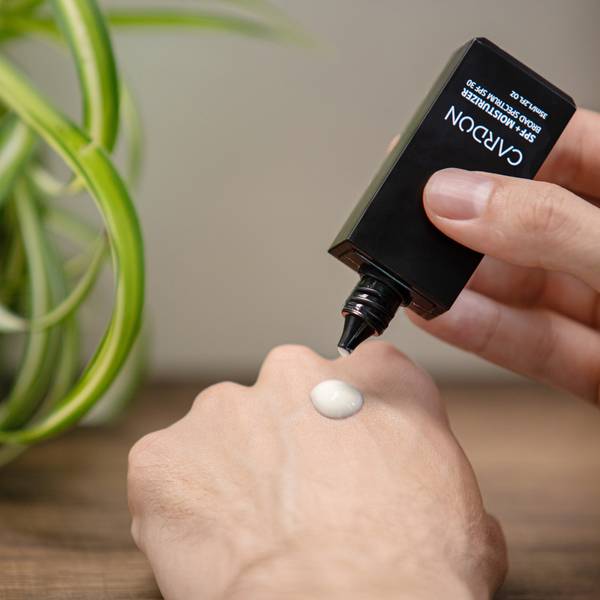
Beginners
Essentials Skincare Set
good for:
Everything you need, nothing you don’t—the Essentials Set is your skincare starter pack. Just cleanse, moisturize, and protect. We took the guesswork out of developing a skincare routine. This is all you need for everyday skin health.
Includes Steps:
- 01 Purifying Clay Cleanser
- 02 Daily SPF + Moisturizer
- 03 Hydro Boost Gel Moisturizer
Never go empty! Subscribe + Save 10%
Essentials Skincare Set
good for:
Everything you need, nothing you don’t—the Essentials Set is your skincare starter pack. Just cleanse, moisturize, and protect. We took the guesswork out of developing a skincare routine. This is all you need for everyday skin health.
Includes Steps:
- 01 Purifying Clay Cleanser
- 02 Daily SPF + Moisturizer
- 03 Hydro Boost Gel Moisturizer
Never go empty! Subscribe + Save 10%
.png?v=1764093085143&options=w_600)
.png?v=1764093104250&options=w_600)
NEW
NEW
Functional Fragrance Discovery Set
Discovery Set comes with $10 off full size fragrance!
Functional fragrance, powered by science and scent.
Crafted by world-class perfumers, Cardon Functional Fragrances blend mood-boosting essential oils and high-potency eau de parfum strength to keep you feeling and smelling great every moment of the day.
Crest uplifts and energizes your morning with bright citrus, cedar and warm spice. When you need a mental reset midday, Coast brings clarity with fresh fir, earthy moss and cool eucalyptus. Circa helps you settle into the evening with calm confidence featuring sensual sandalwood, leather, and vetiver.
Discovery Set includes 1.5mL sample vial of each scent. Limited to one per customer per order.
Includes Steps:
- 01 Crest Functional Fragrance Sample
- 02 Coast Functional Fragrance Sample
- 03 Circa Functional Fragrance Sample
Includes $10 off full-size fragrance!
Functional Fragrance Discovery Set
Discovery Set comes with $10 off full size fragrance!
Functional fragrance, powered by science and scent.
Crafted by world-class perfumers, Cardon Functional Fragrances blend mood-boosting essential oils and high-potency eau de parfum strength to keep you feeling and smelling great every moment of the day.
Crest uplifts and energizes your morning with bright citrus, cedar and warm spice. When you need a mental reset midday, Coast brings clarity with fresh fir, earthy moss and cool eucalyptus. Circa helps you settle into the evening with calm confidence featuring sensual sandalwood, leather, and vetiver.
Discovery Set includes 1.5mL sample vial of each scent. Limited to one per customer per order.
Includes Steps:
- 01 Crest Functional Fragrance Sample
- 02 Coast Functional Fragrance Sample
- 03 Circa Functional Fragrance Sample
Includes $10 off full-size fragrance!
.png?v=1671636443230&options=w_600)
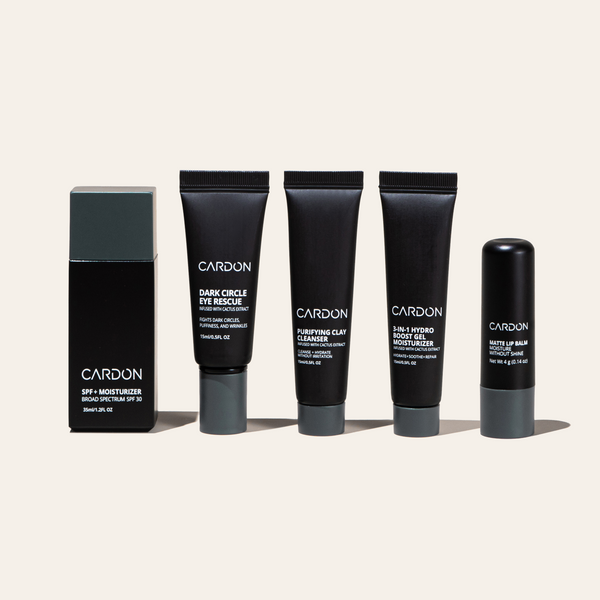
Limited Edition Jet Set Travel Kit
good for:
NEW! Limited Edition Jet Set Travel Kit with Dopp Kit.
With our new Jet Set Travel Kit, you can ditch the hotel samples for an on-the-go routine built with your skin in mind. These five simple steps cover all the bases– from cleansing your face to hydrating your lips– and they're all you need to pack before you hit the road. And, yes, it’s TSA-approved.
Includes Steps:
- 01 Daily SPF + Moisturizer
- 02 Dark Circle Eye Rescue
- 03 Clay Cleanser Sample, 15ml
- 04 Hydro Boost Gel Sample, 15ml
- 05 Matte Lip Balm
"I am a 55 years old and I have started to show my age on my face. After a long day in an aircraft cabin, this is exactly what my skin needs. It doesn’t take much time to complete and the results are worth it." – Jerri P.
Limited Edition Jet Set Travel Kit
good for:
NEW! Limited Edition Jet Set Travel Kit with Dopp Kit.
With our new Jet Set Travel Kit, you can ditch the hotel samples for an on-the-go routine built with your skin in mind. These five simple steps cover all the bases– from cleansing your face to hydrating your lips– and they're all you need to pack before you hit the road. And, yes, it’s TSA-approved.
Includes Steps:
- 01 Daily SPF + Moisturizer
- 02 Dark Circle Eye Rescue
- 03 Clay Cleanser Sample, 15ml
- 04 Hydro Boost Gel Sample, 15ml
- 05 Matte Lip Balm
"I am a 55 years old and I have started to show my age on my face. After a long day in an aircraft cabin, this is exactly what my skin needs. It doesn’t take much time to complete and the results are worth it." – Jerri P.
.png?v=1701688836389&options=w_600)

Dark Circles Skincare Set
good for:
All work and no play makes for dull skin.
The Dark Circles Skincare Set is perfect for those looking to brighten and revive dull and tired looking skin. Cleanses debris and grime from the day, depuffs and treats under eye bags, and rehydrates while soothing the skin in your sleep.
Includes Steps:
- 01 Purifying Clay Cleanser
- 02 Dark Circle Eye Rescue
- 03 Hydro Boost Gel Moisturizer
Never go empty! Subscribe + Save 10%
Dark Circles Skincare Set
good for:
All work and no play makes for dull skin.
The Dark Circles Skincare Set is perfect for those looking to brighten and revive dull and tired looking skin. Cleanses debris and grime from the day, depuffs and treats under eye bags, and rehydrates while soothing the skin in your sleep.
Includes Steps:
- 01 Purifying Clay Cleanser
- 02 Dark Circle Eye Rescue
- 03 Hydro Boost Gel Moisturizer
Never go empty! Subscribe + Save 10%
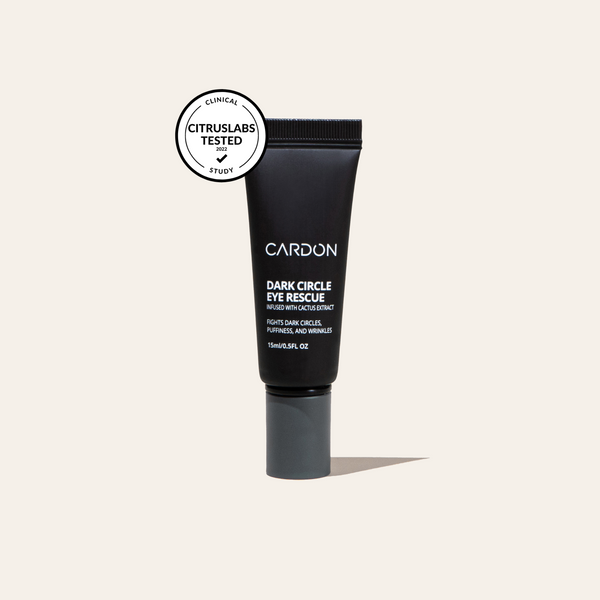
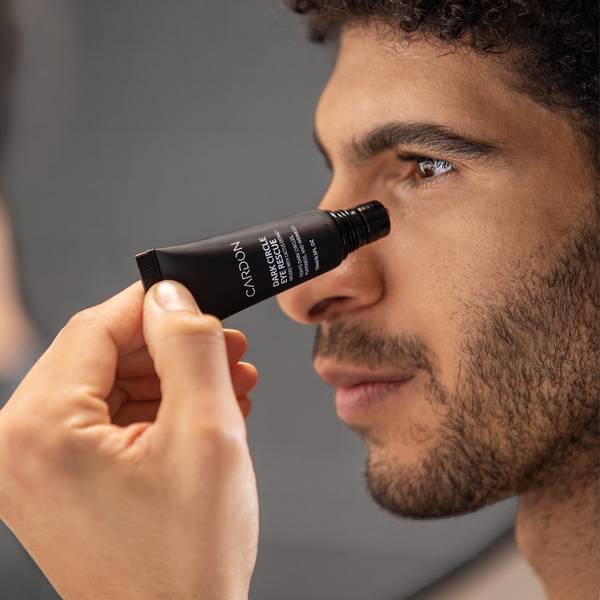
seller
Dark Circle Eye Rescue
good for:
The Dark Circle Eye Rescue cream hydrates and brightens the skin around the eyes to reduce the appearance of dark circles and wrinkles.
The stainless steel rollerball makes it easy to apply, while also working to de-puff eyes. Acclaimed best eye cream for dark circles by Gear Patrol!
Dark Circle Eye Rescue
good for:
The Dark Circle Eye Rescue cream hydrates and brightens the skin around the eyes to reduce the appearance of dark circles and wrinkles.
The stainless steel rollerball makes it easy to apply, while also working to de-puff eyes. Acclaimed best eye cream for dark circles by Gear Patrol!

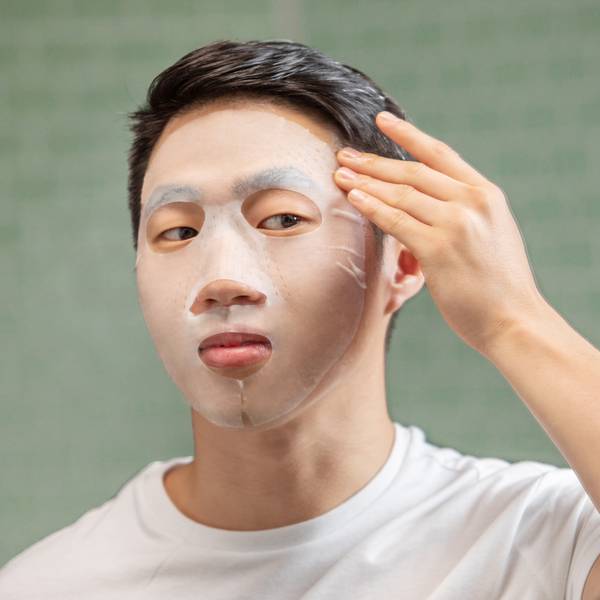
Dry Skin Set
good for:
Skin feeling a bit thirsty? The Dry Skin Set was crafted specifically for those with a dry skin type.
If you deal with flakiness, dull complexion, visible fine lines, red patches, or any combination of the above, this set was made for you. This is all you need to hydrate your skin—and keep it hydrated.
Includes Steps:
- 01
- 02 Dark Circle Eye Rescue
- 03 Daily SPF + Moisturizer
- 04 Hydro Boost Gel Moisturizer
- 05 Cactus Soothing Face Mask
Never go empty! Subscribe + Save 10%
Dry Skin Set
good for:
Skin feeling a bit thirsty? The Dry Skin Set was crafted specifically for those with a dry skin type.
If you deal with flakiness, dull complexion, visible fine lines, red patches, or any combination of the above, this set was made for you. This is all you need to hydrate your skin—and keep it hydrated.
Includes Steps:
- 01
- 02 Dark Circle Eye Rescue
- 03 Daily SPF + Moisturizer
- 04 Hydro Boost Gel Moisturizer
- 05 Cactus Soothing Face Mask
Never go empty! Subscribe + Save 10%
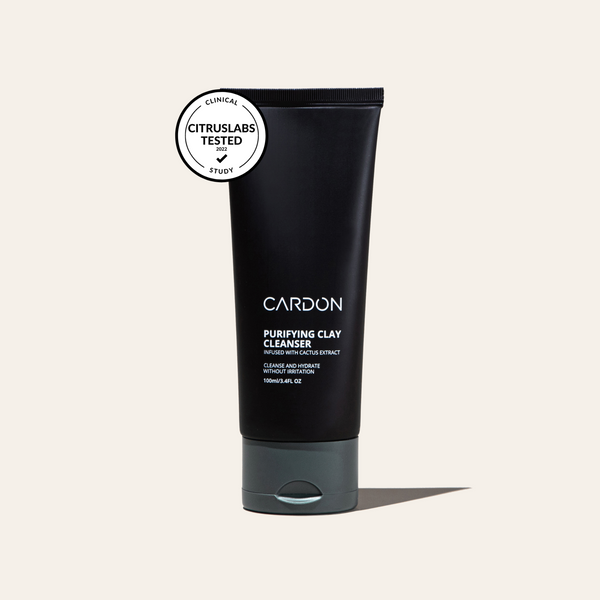
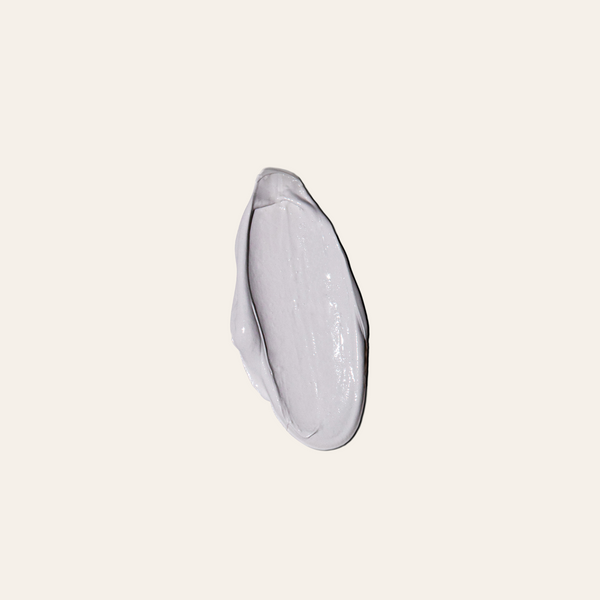
Purifying Clay Cleanser
good for:
The Purifying Clay Cleanser dares to answer the question: “what if you combined a detoxifying clay mask with a hydrating face wash?”
Our 2x Ask Men Grooming award-winning cleanser uses Cactus Extract and a Tri-Clay blend to remove excess oil and cleanse skin deeply from the grime of the day, never leaving skin feeling dry or tight. Powerful ingredients, yet gentle enough for daily use.
“The best face wash I have found for my oily, sensitive, acne-prone skin! With continued use, I've even seen a drastic reduction of oily shine on my face after long days in the office! Thank you, Cardon!” - Steve C.
Purifying Clay Cleanser
good for:
The Purifying Clay Cleanser dares to answer the question: “what if you combined a detoxifying clay mask with a hydrating face wash?”
Our 2x Ask Men Grooming award-winning cleanser uses Cactus Extract and a Tri-Clay blend to remove excess oil and cleanse skin deeply from the grime of the day, never leaving skin feeling dry or tight. Powerful ingredients, yet gentle enough for daily use.
“The best face wash I have found for my oily, sensitive, acne-prone skin! With continued use, I've even seen a drastic reduction of oily shine on my face after long days in the office! Thank you, Cardon!” - Steve C.
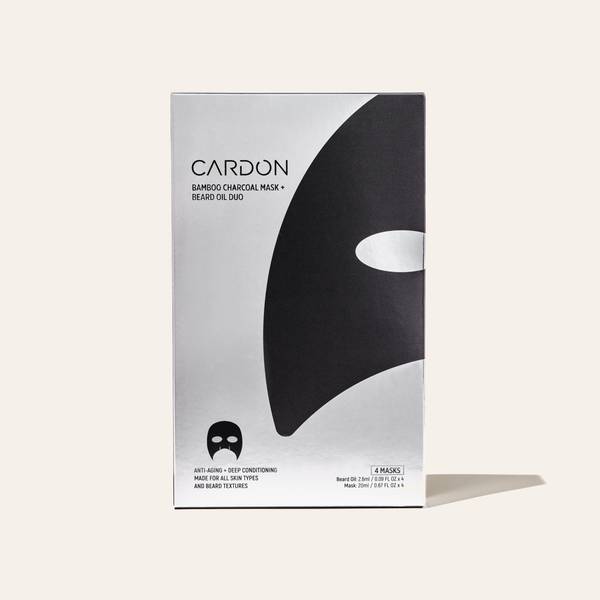
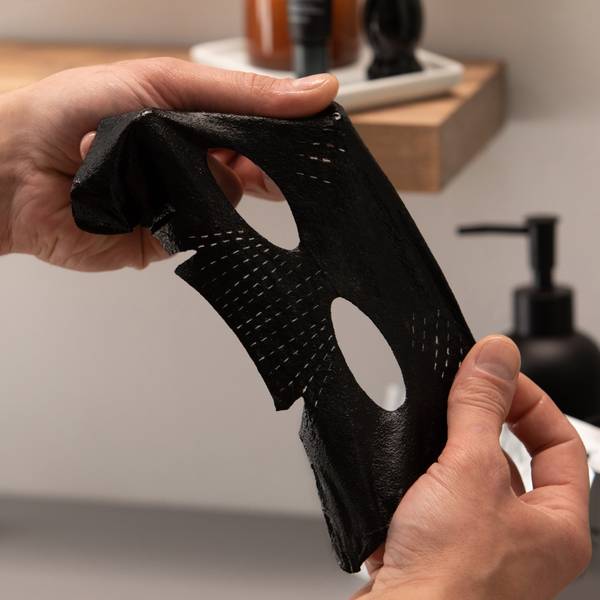
GIFT
Bamboo Charcoal Sheet Mask + Beard Oil
good for:
Often imitated, never duplicated, this innovative sheet mask is the first of its kind and an Ask Men Grooming award winner in the Best Sheet Mask category!
Half mask, half beard treatment, the Bamboo Charcoal Sheet Mask + Beard Oil gives each section of skin (and beard) just what it needs: A detoxifying, hydrating charcoal-infused mask for your skin and a nourishing beard oil blend for the ultimate beard care. Plus, the mask is designed with expandable nose slits to fit any face size and shape.
“I really enjoyed this face mask from Cardon. The beard oil applies easily and the half mask for your cheeks, nose, and forehead fits well and stays in place. My skin looks and feels great after removing the mask. Well done, Cardon!” - Tyler S.
Bamboo Charcoal Sheet Mask + Beard Oil
good for:
Often imitated, never duplicated, this innovative sheet mask is the first of its kind and an Ask Men Grooming award winner in the Best Sheet Mask category!
Half mask, half beard treatment, the Bamboo Charcoal Sheet Mask + Beard Oil gives each section of skin (and beard) just what it needs: A detoxifying, hydrating charcoal-infused mask for your skin and a nourishing beard oil blend for the ultimate beard care. Plus, the mask is designed with expandable nose slits to fit any face size and shape.
“I really enjoyed this face mask from Cardon. The beard oil applies easily and the half mask for your cheeks, nose, and forehead fits well and stays in place. My skin looks and feels great after removing the mask. Well done, Cardon!” - Tyler S.
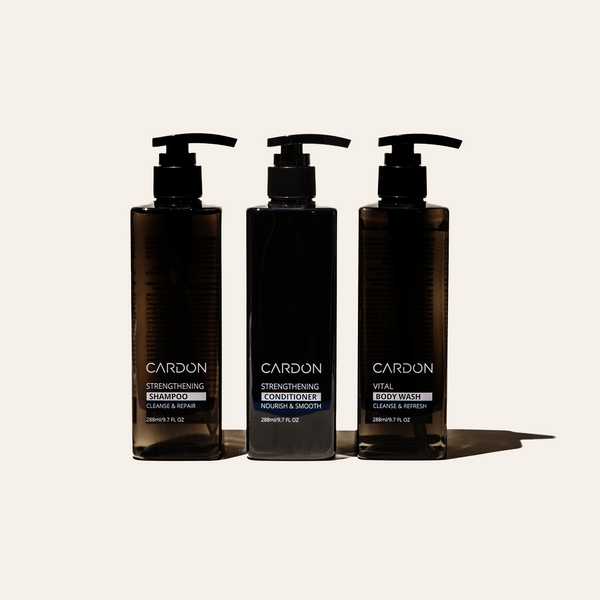
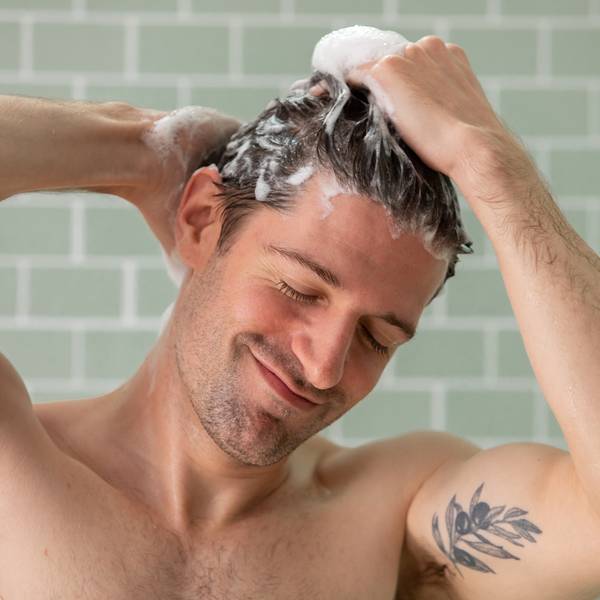
Hair + Body Shower Set
good for:
New + Improved: Same thickening formula now with biotin! The Hair + Body Shower Set has everything you need for an invigorating showertime routine, going beyond cleansing to strengthen, repair, and soothe your hair and skin. You—and your houseguests—will thank you for ditching the 3-in-1 for this trio.
*Vital Body Wash – winner of the 2022 GQ Grooming Awards
Includes Steps:
- 01 Hair Thickening + Strengthening Shampoo
- 02 Hair Thickening + Strengthening Conditioner
- 03 Vital Body Wash
Never go empty! Subscribe + Save 10%
Hair + Body Shower Set
good for:
New + Improved: Same thickening formula now with biotin! The Hair + Body Shower Set has everything you need for an invigorating showertime routine, going beyond cleansing to strengthen, repair, and soothe your hair and skin. You—and your houseguests—will thank you for ditching the 3-in-1 for this trio.
*Vital Body Wash – winner of the 2022 GQ Grooming Awards
Includes Steps:
- 01 Hair Thickening + Strengthening Shampoo
- 02 Hair Thickening + Strengthening Conditioner
- 03 Vital Body Wash
Never go empty! Subscribe + Save 10%


Daily SPF + Moisturizer
good for:
We’re playing favorites—this is the #1 most important step in your skincare routine. Stave off sun damage for healthy, youthful skin for years to come with our Daily SPF + Moisturizer, acclaimed best lightweight moisturizer with SPF by GQ!
Its fast-absorbing, lightweight formula uses Cactus and Chia Seed Extract to provide all-day hydration, plus Broad Spectrum SPF 30 to protect against UVA and UVB rays with ZERO residue or white cast.
“After trying several different brands, I finally found a product I like. It's lightweight, not sticky, and has a very subtle, fresh scent. Will definitely order again. I highly recommend this product.” - Sara T.
Daily SPF + Moisturizer
good for:
We’re playing favorites—this is the #1 most important step in your skincare routine. Stave off sun damage for healthy, youthful skin for years to come with our Daily SPF + Moisturizer, acclaimed best lightweight moisturizer with SPF by GQ!
Its fast-absorbing, lightweight formula uses Cactus and Chia Seed Extract to provide all-day hydration, plus Broad Spectrum SPF 30 to protect against UVA and UVB rays with ZERO residue or white cast.
“After trying several different brands, I finally found a product I like. It's lightweight, not sticky, and has a very subtle, fresh scent. Will definitely order again. I highly recommend this product.” - Sara T.
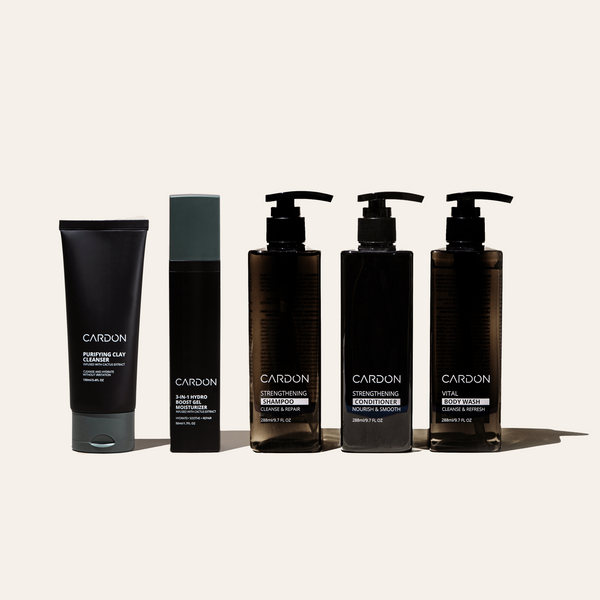
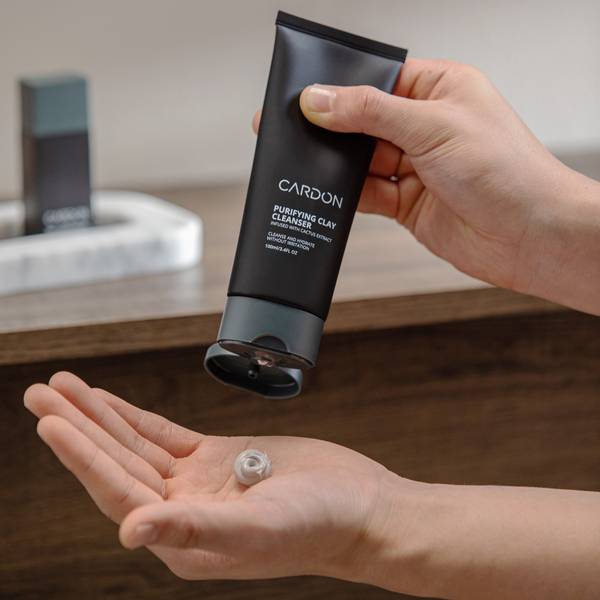
NEW
NEW
+ Hair
+ Body
Head-to-Toe Set
good for:
We've got you covered head to toe, literally. This set comes with a complete skin and hair care routine.
Includes our invigorating shampoo and conditioner to prevent hair loss, refreshing body wash to treat body acne, clay-infused face wash to deeply cleanse the face from debris, and lightweight gel moisturizer to soothe, rehydrate and repair skin while you sleep.
It's about time you treated the rest of your body as good as you treat your face.
Includes Steps:
- 01 Purifying Clay Cleanser
- 02 Hydro Boost Gel Moisturizer
- 03 Hair Thickening + Strengthening Shampoo
- 04 Hair Thickening + Strengthening Conditioner
- 05 Vital Body Wash
Never go empty! Subscribe + Save 10%
Head-to-Toe Set
good for:
We've got you covered head to toe, literally. This set comes with a complete skin and hair care routine.
Includes our invigorating shampoo and conditioner to prevent hair loss, refreshing body wash to treat body acne, clay-infused face wash to deeply cleanse the face from debris, and lightweight gel moisturizer to soothe, rehydrate and repair skin while you sleep.
It's about time you treated the rest of your body as good as you treat your face.
Includes Steps:
- 01 Purifying Clay Cleanser
- 02 Hydro Boost Gel Moisturizer
- 03 Hair Thickening + Strengthening Shampoo
- 04 Hair Thickening + Strengthening Conditioner
- 05 Vital Body Wash
Never go empty! Subscribe + Save 10%

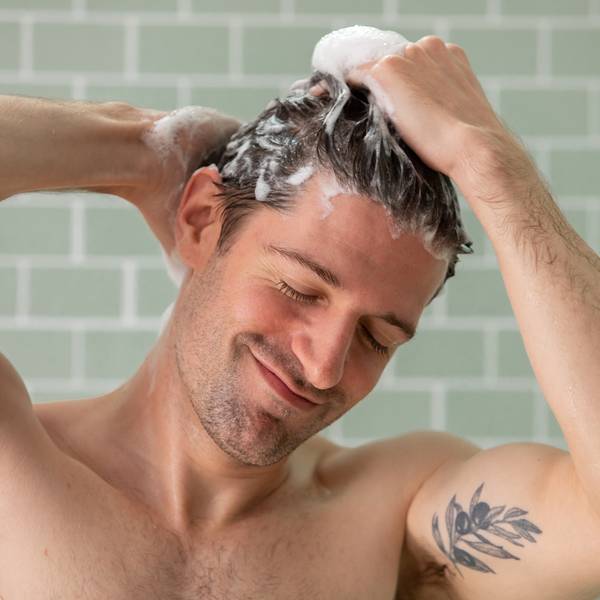
NEW
NEW
Cleanse + Refresh Set
good for:
Hit refresh! The Cleanse + Refresh Set gives you the ultimate cleanse from head to toe with highly-effective skincare-grade formulas. Strengthening Shampoo boosts hair volume, Vital Body Wash fights dryness and breakouts, and Purifying Clay Cleanser keeps your skin clear and balanced. It's the perfect set for a fresh, confident look every day!
Pro tip: Use Purifying Clay Cleanser as a spot treatment for pimples or pore-clearing clay mask. Apply to the affected area or the full face and rinse off after 10 minutes.
Includes Steps:
- 01 Purifying Clay Cleanser
- 02 Hair Thickening + Strengthening Shampoo
- 03 Vital Body Wash
Never go empty! Subscribe + Save 10%
Cleanse + Refresh Set
good for:
Hit refresh! The Cleanse + Refresh Set gives you the ultimate cleanse from head to toe with highly-effective skincare-grade formulas. Strengthening Shampoo boosts hair volume, Vital Body Wash fights dryness and breakouts, and Purifying Clay Cleanser keeps your skin clear and balanced. It's the perfect set for a fresh, confident look every day!
Pro tip: Use Purifying Clay Cleanser as a spot treatment for pimples or pore-clearing clay mask. Apply to the affected area or the full face and rinse off after 10 minutes.
Includes Steps:
- 01 Purifying Clay Cleanser
- 02 Hair Thickening + Strengthening Shampoo
- 03 Vital Body Wash
Never go empty! Subscribe + Save 10%
.png?v=1671640176423&options=w_600)
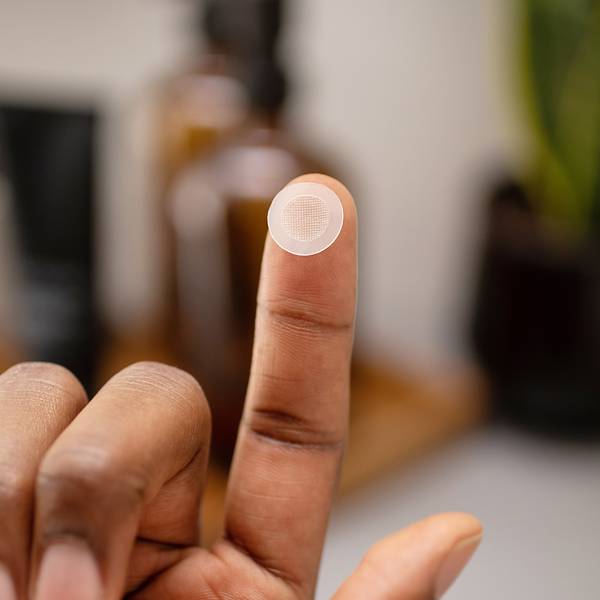
Prickly Pimple Patch
good for:
2021 Esquire Grooming Award Winner
Zit happens, so we made the Prickly Pimple Patch, your one-step solution for pesky breakouts. Soft dissolving microneedles go where no pimple cream has gone before—delivering acne-fighting ingredients like Salicylic Acid and Cica directly to the site of the inflammation and target acne dark spots. Works on ingrown hairs too!
“I applied the patch to a few raised bumps that appear to be clogged pores. Overnight one was significantly reduced while the other seems to have disappeared. Easy process and highly effective.” - Todd S.
Prickly Pimple Patch
good for:
2021 Esquire Grooming Award Winner
Zit happens, so we made the Prickly Pimple Patch, your one-step solution for pesky breakouts. Soft dissolving microneedles go where no pimple cream has gone before—delivering acne-fighting ingredients like Salicylic Acid and Cica directly to the site of the inflammation and target acne dark spots. Works on ingrown hairs too!
“I applied the patch to a few raised bumps that appear to be clogged pores. Overnight one was significantly reduced while the other seems to have disappeared. Easy process and highly effective.” - Todd S.

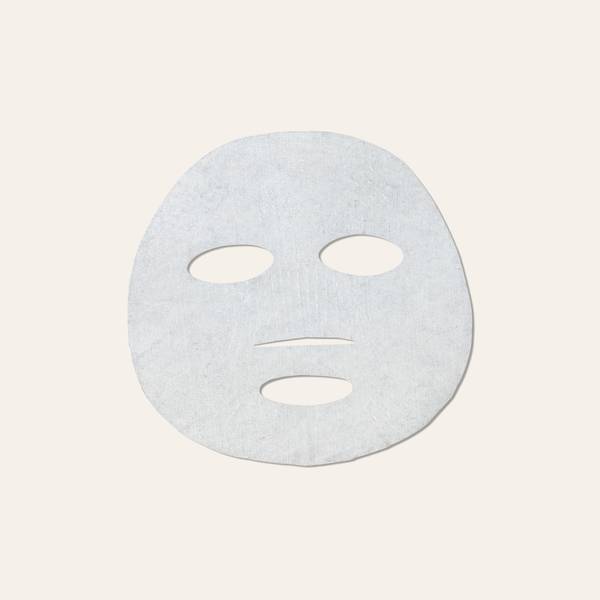
Cactus Soothing Face Mask
good for:
Everyone deserves some self-care time—may we recommend Cactus Soothing Face Mask and chill?
This immediate hydration boost is supercharged with healing ingredients like Cactus Extract and Cica to soothe redness and irritation while reducing fine lines. Perfect for a post-shave treatment or whenever you need a moment for you.
“Stress and late nights working have left my skin looking a bit rough, but this mask was perfect for some at-home spa relaxation. My skin definitely looks a lot more moisturized and refreshed.” - Melody C.
Cactus Soothing Face Mask
good for:
Everyone deserves some self-care time—may we recommend Cactus Soothing Face Mask and chill?
This immediate hydration boost is supercharged with healing ingredients like Cactus Extract and Cica to soothe redness and irritation while reducing fine lines. Perfect for a post-shave treatment or whenever you need a moment for you.
“Stress and late nights working have left my skin looking a bit rough, but this mask was perfect for some at-home spa relaxation. My skin definitely looks a lot more moisturized and refreshed.” - Melody C.
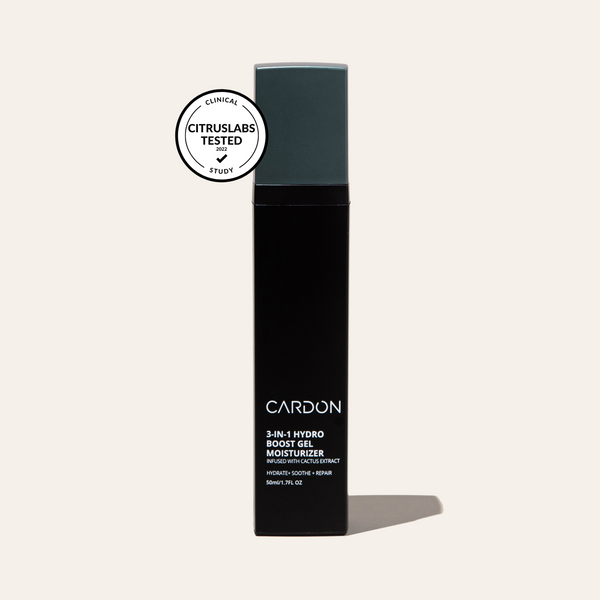

Hydro Boost Gel Moisturizer
good for:
Like a night cap for your skin, our Hydro Boost Gel Moisturizer is the ideal way to finish your evening.
This 3-in-1 gel moisturizer uses Cactus Extract and Rosehip Oil to put in the work while you snooze—hydrating, soothing, and repairing your skin all night long.
“This easily became part of my nightly routine. I've started to notice my face looking healthier and smoother. As a 32 y/o, you start to notice wrinkles creeping in, this helps me keep them at bay.” - Andrew S.
Hydro Boost Gel Moisturizer
good for:
Like a night cap for your skin, our Hydro Boost Gel Moisturizer is the ideal way to finish your evening.
This 3-in-1 gel moisturizer uses Cactus Extract and Rosehip Oil to put in the work while you snooze—hydrating, soothing, and repairing your skin all night long.
“This easily became part of my nightly routine. I've started to notice my face looking healthier and smoother. As a 32 y/o, you start to notice wrinkles creeping in, this helps me keep them at bay.” - Andrew S.
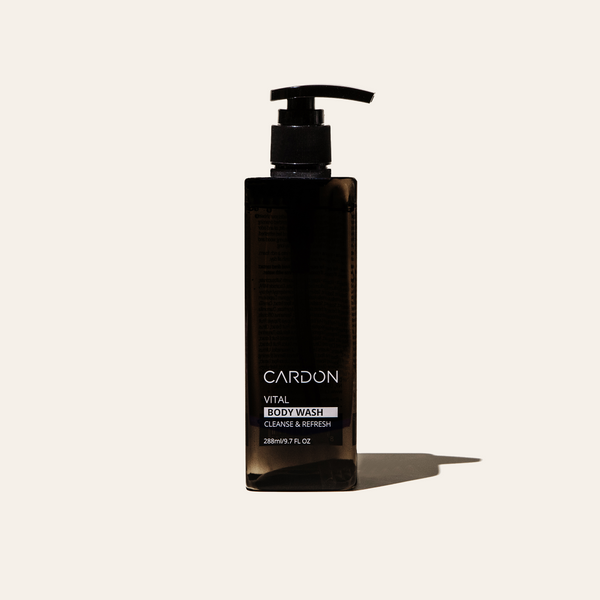
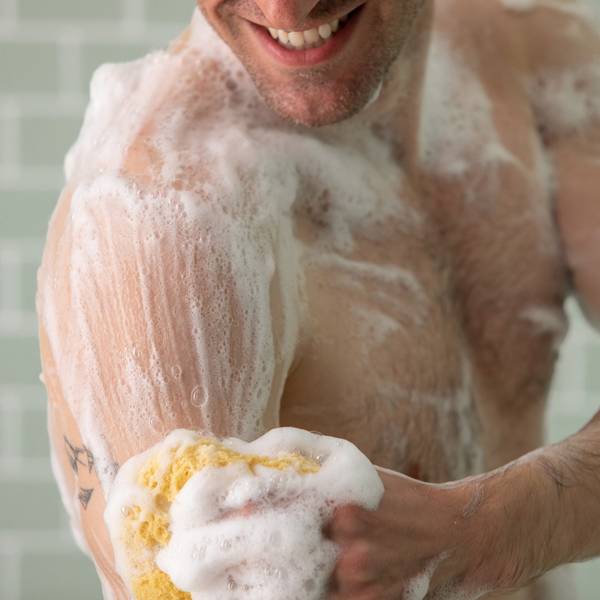
AWARD
Vital Body Wash
good for:
Step up your shower game with the Vital Body Wash, an energizing, body-acne clearing emulsion and 2022 GQ Grooming Award Winner!
The active lather uses natural, non-stripping ingredients like Green Tea and Sea Buckthorn to deeply cleanse, tackle breakouts, and combat body odor. The invigorating woody fragrance blend will make your skin smell as good as it looks.
“This body wash gets the job done! It cleans you thoroughly without drying out your skin. You smell fresh and clean, not perfumed. And as always with Cardon... a little goes a long way.” - Troy H.
Vital Body Wash
good for:
Step up your shower game with the Vital Body Wash, an energizing, body-acne clearing emulsion and 2022 GQ Grooming Award Winner!
The active lather uses natural, non-stripping ingredients like Green Tea and Sea Buckthorn to deeply cleanse, tackle breakouts, and combat body odor. The invigorating woody fragrance blend will make your skin smell as good as it looks.
“This body wash gets the job done! It cleans you thoroughly without drying out your skin. You smell fresh and clean, not perfumed. And as always with Cardon... a little goes a long way.” - Troy H.


LAUNCHED
Cardon Dopp Kit
Made for those always on the move, our new Cardon Dopp Kit is the perfect toiletry bag to take your skincare with you wherever you go. It's sleek, portable, and extremely spacious design allows you to pack a ton while staying compact.
The Dopp Kit one main pouch and one zippered front pocket to store smaller essentials, like your razor, tooth brush or nail clippers.
Cardon Dopp Kit
Made for those always on the move, our new Cardon Dopp Kit is the perfect toiletry bag to take your skincare with you wherever you go. It's sleek, portable, and extremely spacious design allows you to pack a ton while staying compact.
The Dopp Kit one main pouch and one zippered front pocket to store smaller essentials, like your razor, tooth brush or nail clippers.

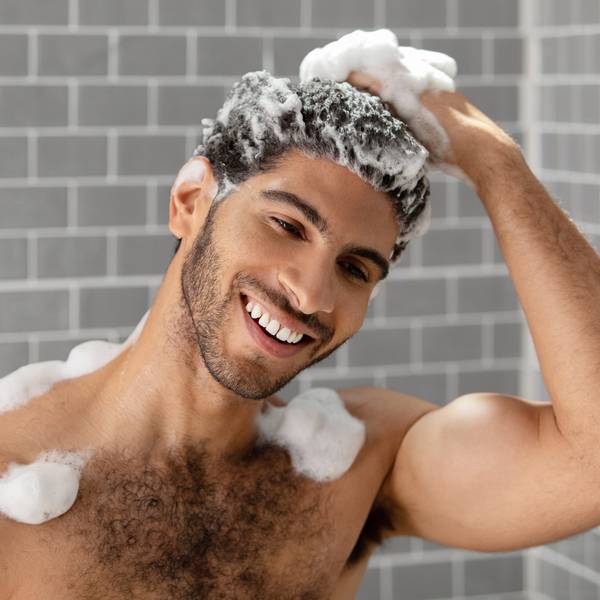
Hair Thickening + Strengthening Shampoo
good for:
New + Improved: Same thickening formula now with biotin! Stop hair loss—from receding hairlines to thinning hair—with the first step in your shower routine.
Our protein-packed Hair Thickening + Strengthening Shampoo uses niacinamide, vitamin B5, and yeast extract to restore hair follicles while protecting the scalp and reducing flakiness, too. The result? Thicker, stronger hair that’s here to stay.
“A true example of less is more. This shampoo is perfect. Leaves my hair feeling and looking healthy and thick and does not irritate my sensitive skin. A must add to my Cardon skincare regimen.” - David N.
Hair Thickening + Strengthening Shampoo
good for:
New + Improved: Same thickening formula now with biotin! Stop hair loss—from receding hairlines to thinning hair—with the first step in your shower routine.
Our protein-packed Hair Thickening + Strengthening Shampoo uses niacinamide, vitamin B5, and yeast extract to restore hair follicles while protecting the scalp and reducing flakiness, too. The result? Thicker, stronger hair that’s here to stay.
“A true example of less is more. This shampoo is perfect. Leaves my hair feeling and looking healthy and thick and does not irritate my sensitive skin. A must add to my Cardon skincare regimen.” - David N.
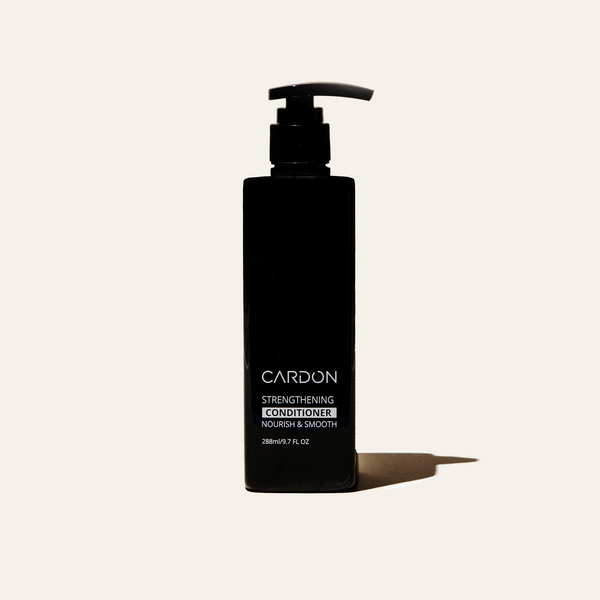

Hair Loss
Hair Thickening + Strengthening Conditioner
good for:
New + Improved: Same thickening formula now with biotin! Finally, a conditioner that doesn’t just soothe—but strengthens, too.
Our Strengthening Conditioner uses Niacinamide and Yeast Extract to get to the root of hair loss issues, nourishing the hair starting right at the scalp for stronger hair that’s smooth as silk.
“A perfect compliment to the shampoo. Adds amazing hydration to the hair, leaving it soft (even with hard water)! A nice, but not overpowering, menthol scent.” - Steve C.
Hair Thickening + Strengthening Conditioner
good for:
New + Improved: Same thickening formula now with biotin! Finally, a conditioner that doesn’t just soothe—but strengthens, too.
Our Strengthening Conditioner uses Niacinamide and Yeast Extract to get to the root of hair loss issues, nourishing the hair starting right at the scalp for stronger hair that’s smooth as silk.
“A perfect compliment to the shampoo. Adds amazing hydration to the hair, leaving it soft (even with hard water)! A nice, but not overpowering, menthol scent.” - Steve C.
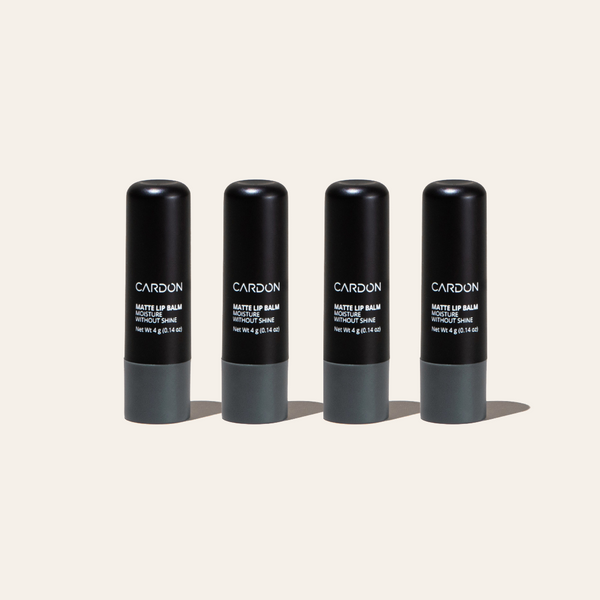
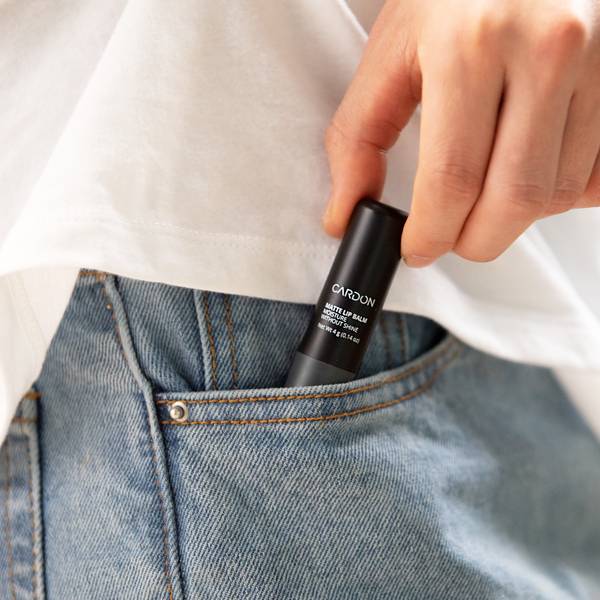
Matte Lip Balm (4 Pack)
good for:
Deeply hydrate, smooth and soothe your dry, chapped lips on-the-go without the shine. Infused with Cactus Extract and Ceramides, this moisturizing lip balm may become your best friend after one use. Comes in packs of four.
“It's a good practical lip balm. Nice packaging.” - Stephen N.
Matte Lip Balm (4 Pack)
good for:
Deeply hydrate, smooth and soothe your dry, chapped lips on-the-go without the shine. Infused with Cactus Extract and Ceramides, this moisturizing lip balm may become your best friend after one use. Comes in packs of four.
“It's a good practical lip balm. Nice packaging.” - Stephen N.


Hair Loss
Healthy Hair Duo
good for:
New + Improved: Same thickening formula now with biotin! Teamwork makes your hair dreams work.
Our highly-rated Hair Thickening + Strengthening Shampoo and Conditioner teams up to get to the root of hair loss, strengthening and nourishing hair starting right at the scalp. Achieve thicker, healthier follicles with the help of our protein and vitamin-packed formula.
Includes Steps:
- 01 Hair Thickening + Strengthening Shampoo
- 02 Hair Thickening + Strengthening Conditioner
Never go empty! Subscribe + Save 10%
Healthy Hair Duo
good for:
New + Improved: Same thickening formula now with biotin! Teamwork makes your hair dreams work.
Our highly-rated Hair Thickening + Strengthening Shampoo and Conditioner teams up to get to the root of hair loss, strengthening and nourishing hair starting right at the scalp. Achieve thicker, healthier follicles with the help of our protein and vitamin-packed formula.
Includes Steps:
- 01 Hair Thickening + Strengthening Shampoo
- 02 Hair Thickening + Strengthening Conditioner
Never go empty! Subscribe + Save 10%
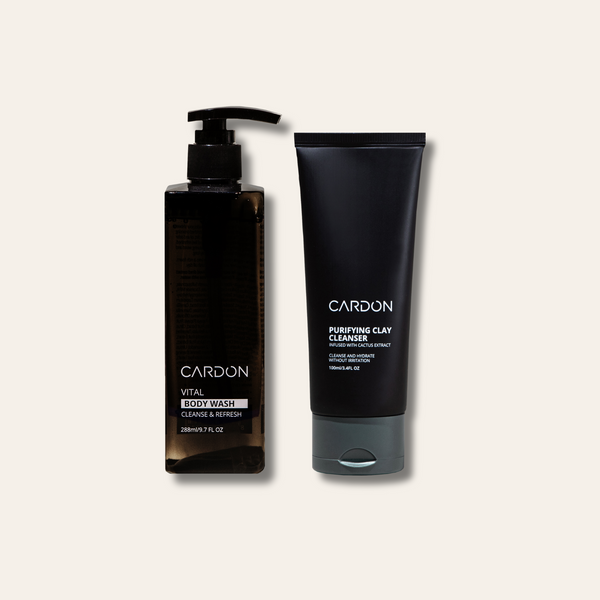
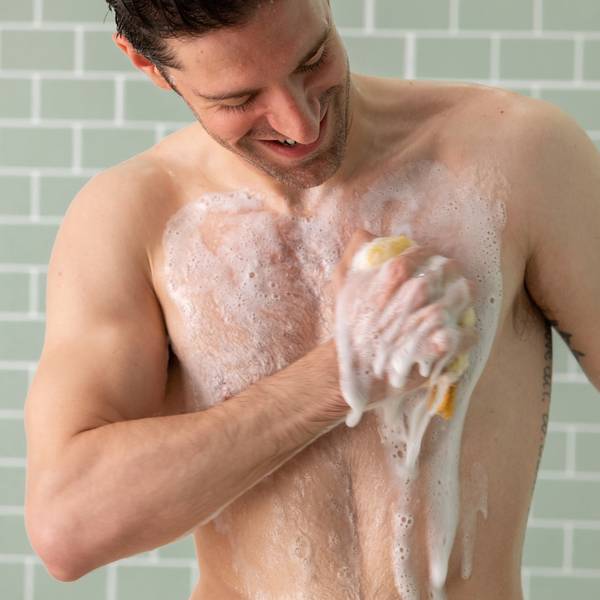
NEW
NEW
Cleansing Duo
Hit refresh! The Cleansing Duo gives you the ultimate cleanse with highly-effective skincare-grade formulas. Vital Body Wash fights dryness and breakouts and Purifying Clay Cleanser keeps your skin clear and balanced. It's the perfect duo for a fresh, confident look every day!
Pro tip: Use Purifying Clay Cleanser as a spot treatment for pimples or clay mask treatment. Apply to the affected area or the full face and rinse off after 10 minutes.
Includes Steps:
- 01 Purifying Clay Cleanser
- 02 Vital Body Wash
Never go empty! Subscribe + Save 10%
Cleansing Duo
Hit refresh! The Cleansing Duo gives you the ultimate cleanse with highly-effective skincare-grade formulas. Vital Body Wash fights dryness and breakouts and Purifying Clay Cleanser keeps your skin clear and balanced. It's the perfect duo for a fresh, confident look every day!
Pro tip: Use Purifying Clay Cleanser as a spot treatment for pimples or clay mask treatment. Apply to the affected area or the full face and rinse off after 10 minutes.
Includes Steps:
- 01 Purifying Clay Cleanser
- 02 Vital Body Wash
Never go empty! Subscribe + Save 10%
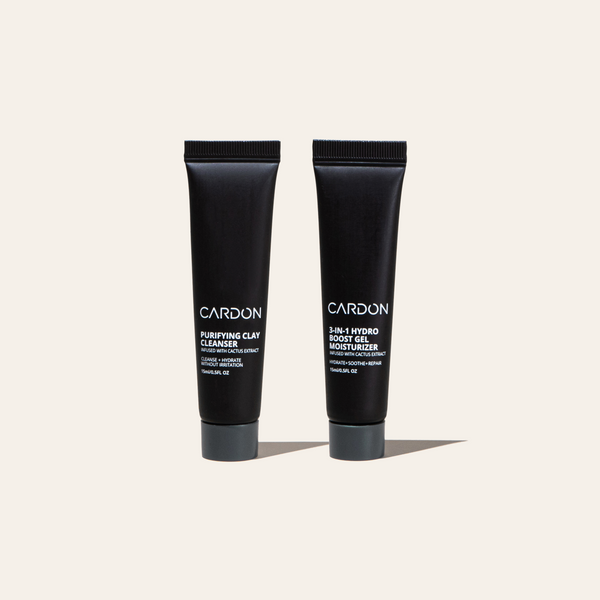
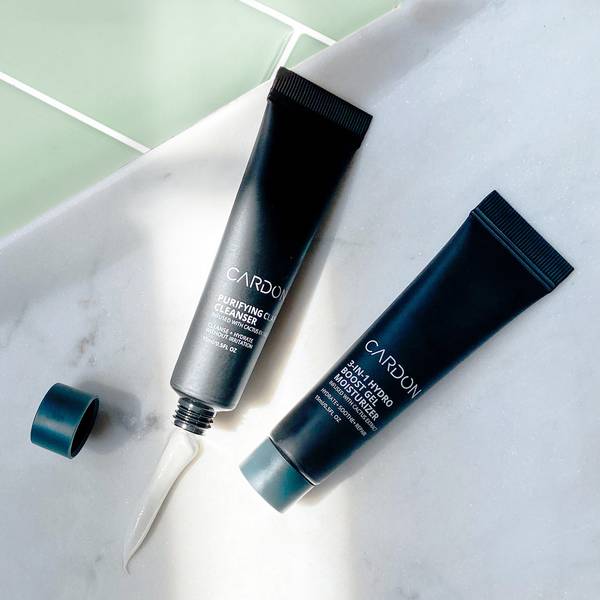
Deluxe Travel-Size Clay Cleanser + Hydro Boost Gel
From your gym bag to your carry-on, no packed bag is complete without these two travel-sized essentials.
Our cleanser and moisturizer are the backbone of your skincare routine, so you can reset and restore your skin both day and night, no matter where you go.
Includes Steps:
- 01 Clay Cleanser Sample, 15ml
- 02 Hydro Boost Gel Sample, 15ml
Deluxe Travel-Size Clay Cleanser + Hydro Boost Gel
From your gym bag to your carry-on, no packed bag is complete without these two travel-sized essentials.
Our cleanser and moisturizer are the backbone of your skincare routine, so you can reset and restore your skin both day and night, no matter where you go.
Includes Steps:
- 01 Clay Cleanser Sample, 15ml
- 02 Hydro Boost Gel Sample, 15ml
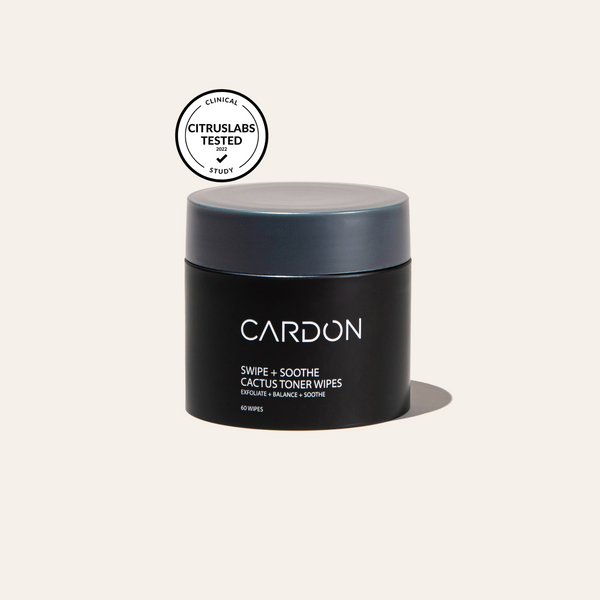
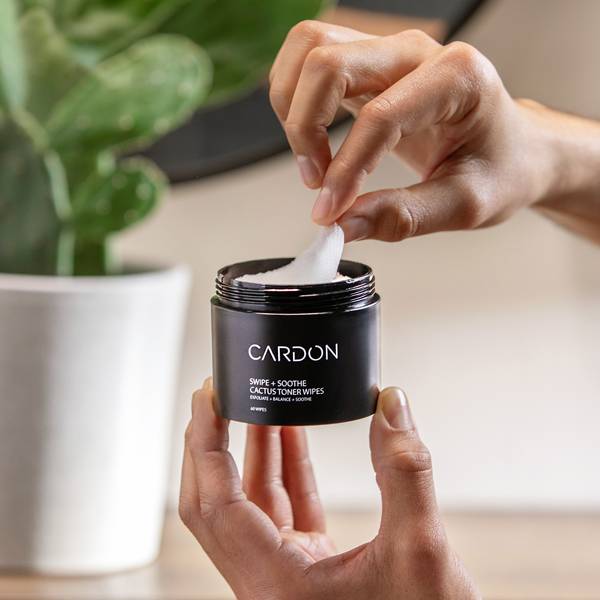
Exfoliating Facial Toner Wipes
good for:
After a long, busy day you just want to sit back, relax, and crack open—our biodegradable Exfoliating Facial Toner Wipes.
Wipe the stress and grime away with our Exfoliating Facial Toner Wipes, which use PHAs and caffeine to unclog pores, balance pH, and soothe the skin all in one easy step. No water needed.
Due to demand, this product is temporarily out of stock. Click "Notify Me" below to be the first to know when it's back!
Exfoliating Facial Toner Wipes
good for:
After a long, busy day you just want to sit back, relax, and crack open—our biodegradable Exfoliating Facial Toner Wipes.
Wipe the stress and grime away with our Exfoliating Facial Toner Wipes, which use PHAs and caffeine to unclog pores, balance pH, and soothe the skin all in one easy step. No water needed.
Due to demand, this product is temporarily out of stock. Click "Notify Me" below to be the first to know when it's back!

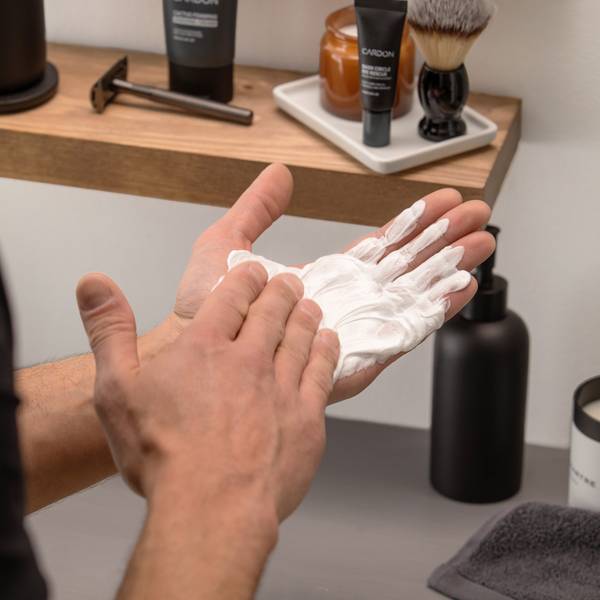
Cactus Foaming Shaving Cream
good for:
This bathroom cabinet staple is a cut above the rest. The Cactus Foaming Shaving Cream for men delivers a close, comfortable shave every time—without having to worry about nicks, razor burns, irritation, and ingrowns.
Our rich foam uses Cactus Extract and Chamomile to create a cushion-like layer to soothe the skin. Plus, you’ll shave some time since this also doubles as a face cleanser.
Due to demand, this product is temporarily out of stock. Click "Notify Me" below to be the first to know when it's back!
Cactus Foaming Shaving Cream
good for:
This bathroom cabinet staple is a cut above the rest. The Cactus Foaming Shaving Cream for men delivers a close, comfortable shave every time—without having to worry about nicks, razor burns, irritation, and ingrowns.
Our rich foam uses Cactus Extract and Chamomile to create a cushion-like layer to soothe the skin. Plus, you’ll shave some time since this also doubles as a face cleanser.
Due to demand, this product is temporarily out of stock. Click "Notify Me" below to be the first to know when it's back!
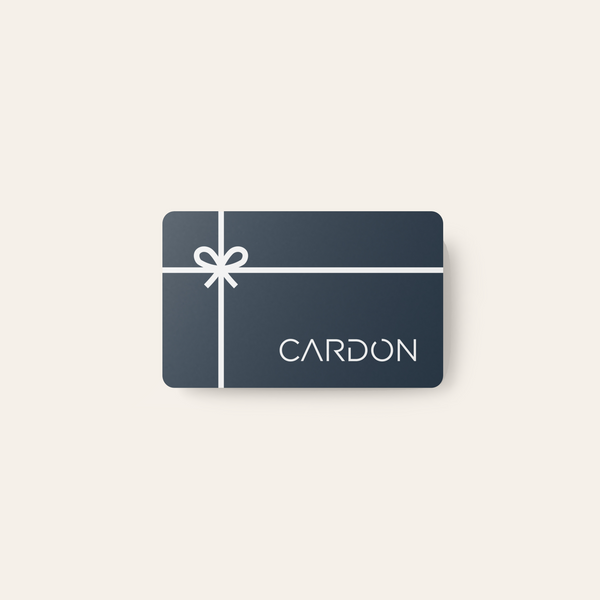

Cardon Gift Card
Shopping for someone else but not sure what to give them? Let your friends and family choose their skincare by gifting them a Cardon digital gift card.
Cardon Gift Card
Shopping for someone else but not sure what to give them? Let your friends and family choose their skincare by gifting them a Cardon digital gift card.
.jpg?v=1671580742990&options=w_600)
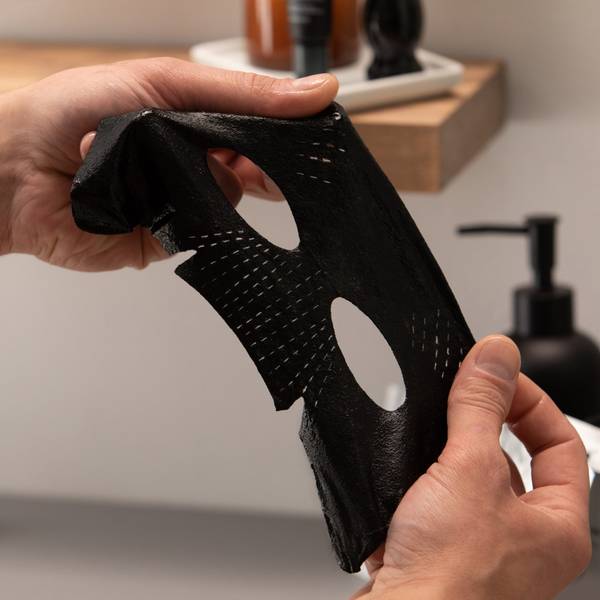
Edition
Gift Box
Sheet Mask Duo Gift Set
*Limited Edition of our fan favorite sheet masks for ultimate hydration. Comes gift wrapped and in our signature gift box.
Bamboo Charcoal Sheet Mask + Beard Oil: Half mask, half beard treatment, this 2-in-1 sheet mask gives each section of skin (and beard) just what it needs: A detoxifying, hydrating charcoal-infused mask for your skin and a nourishing beard oil blend to treat your beard.
Cactus Soothing Face Mask: This immediate hydration boost is supercharged with healing ingredients like Cactus Extract and Cica to soothe redness and irritation while reducing fine lines. Perfect for a post-shave treatment or whenever you need a moment for you.
Includes Steps:
- 01 Cactus Soothing Face Mask
- 02 Bamboo Charcoal Sheet Mask + Beard Oil
Sheet Mask Duo Gift Set
*Limited Edition of our fan favorite sheet masks for ultimate hydration. Comes gift wrapped and in our signature gift box.
Bamboo Charcoal Sheet Mask + Beard Oil: Half mask, half beard treatment, this 2-in-1 sheet mask gives each section of skin (and beard) just what it needs: A detoxifying, hydrating charcoal-infused mask for your skin and a nourishing beard oil blend to treat your beard.
Cactus Soothing Face Mask: This immediate hydration boost is supercharged with healing ingredients like Cactus Extract and Cica to soothe redness and irritation while reducing fine lines. Perfect for a post-shave treatment or whenever you need a moment for you.
Includes Steps:
- 01 Cactus Soothing Face Mask
- 02 Bamboo Charcoal Sheet Mask + Beard Oil
Cardon Products Are
Easy to Use
We never create two products when we can achieve the same results with one. Cardon products are designed to be easy to use every day.
Backed By Korean Innovation
Korean R&D is two decades ahead of the rest of the world. Cardon products use the highest quality, most effective ingredients out there.
Non-Toxic
Finally, an ingredient label you can feel good about. Every ingredient in Cardon products is good for your skin, and easy on the mind.

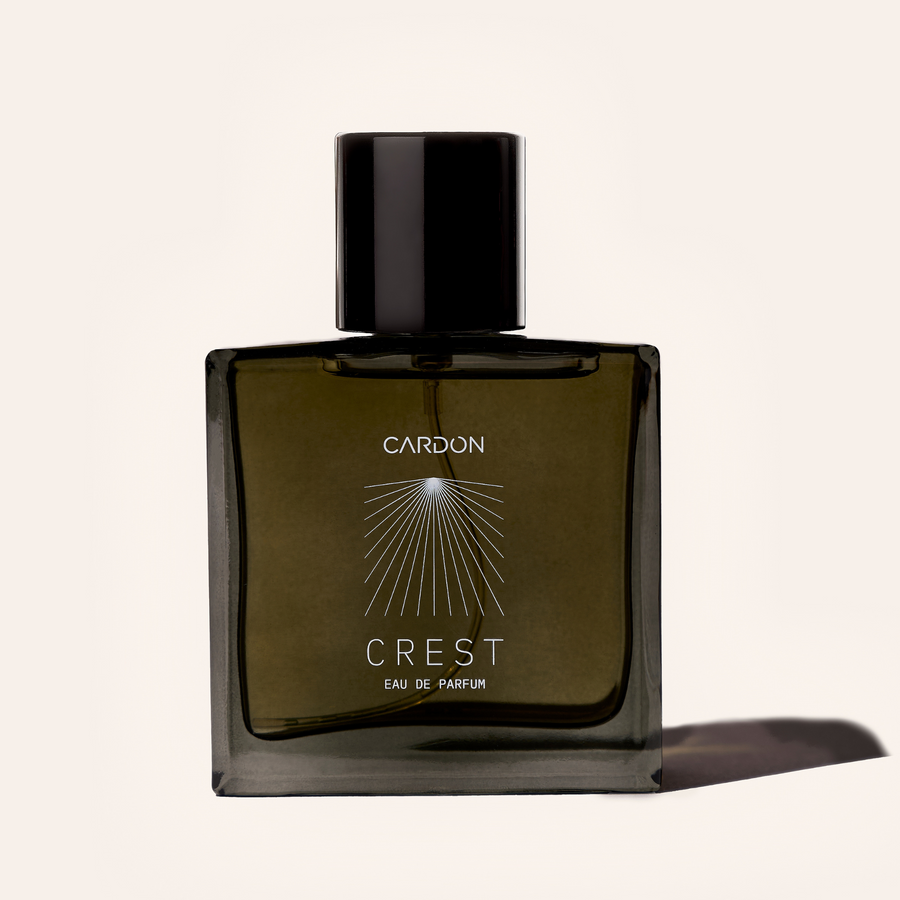
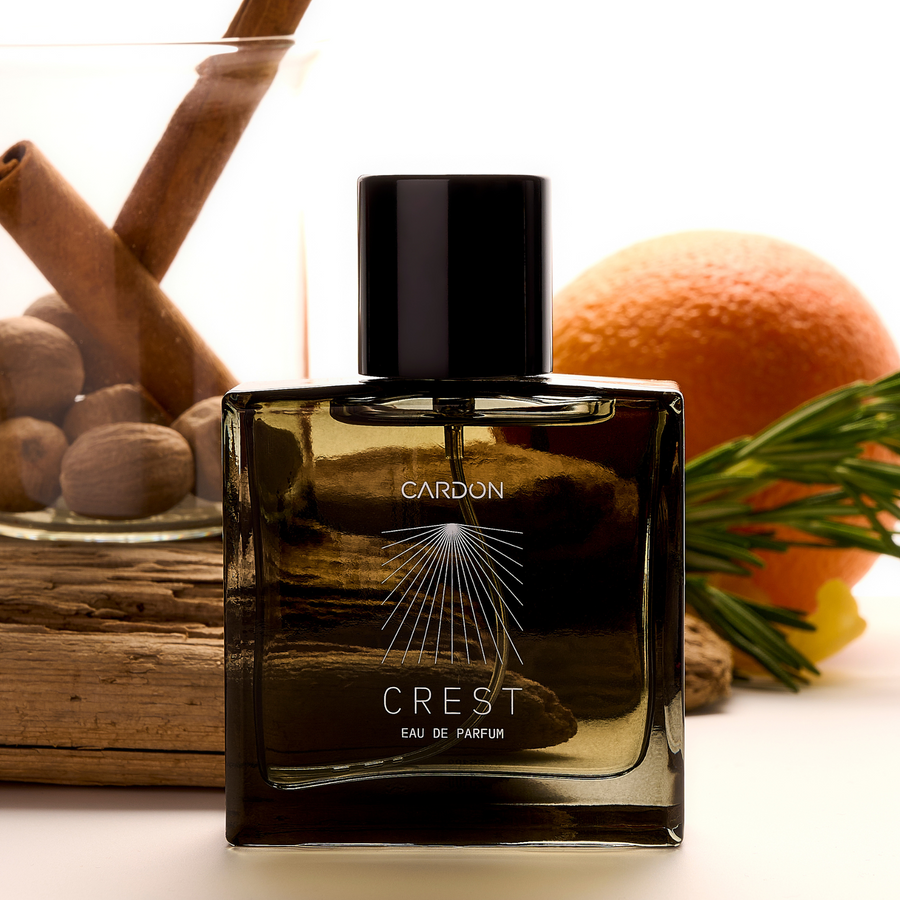

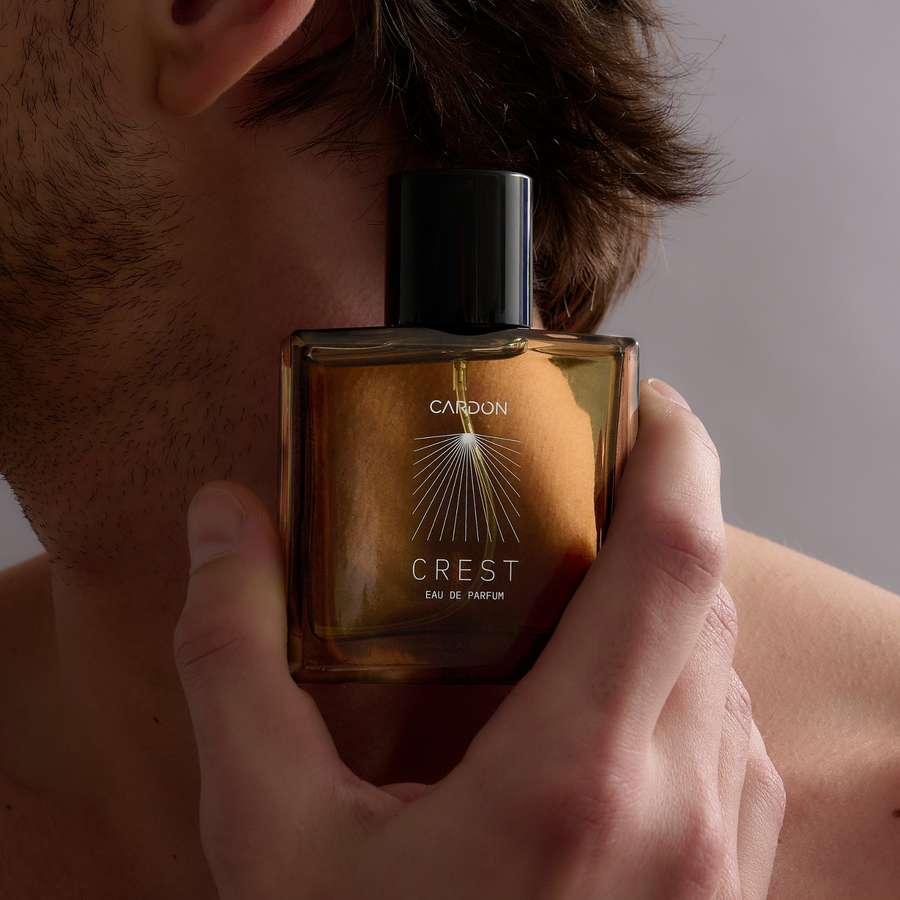
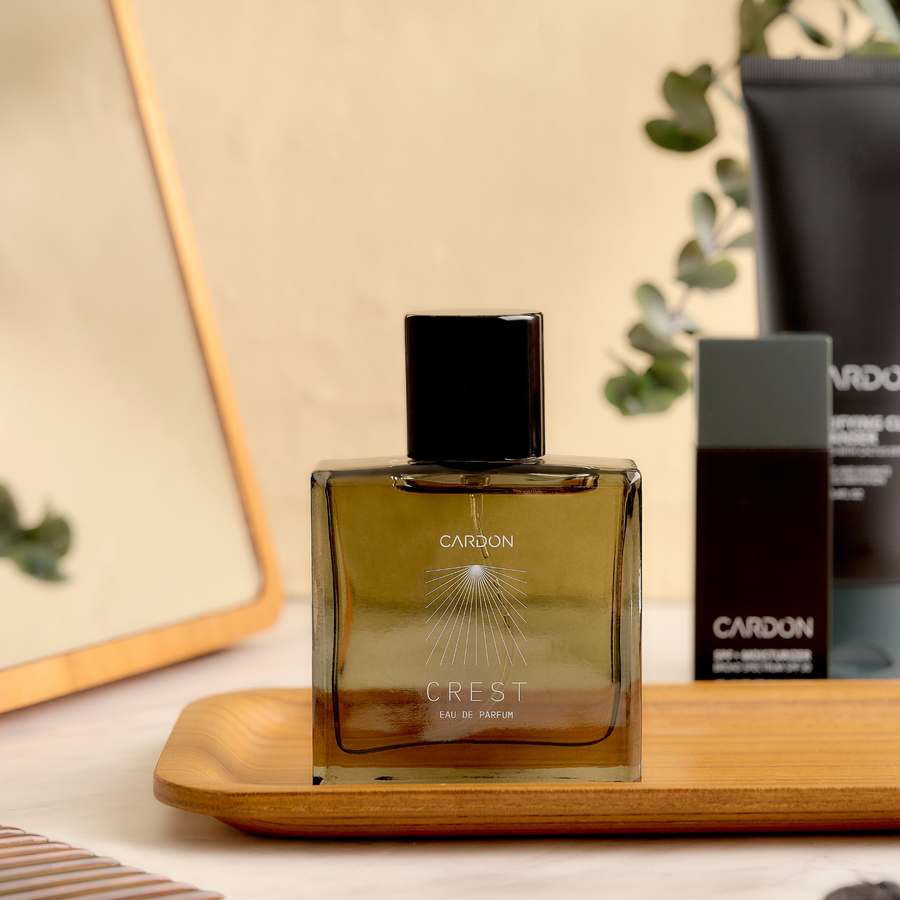
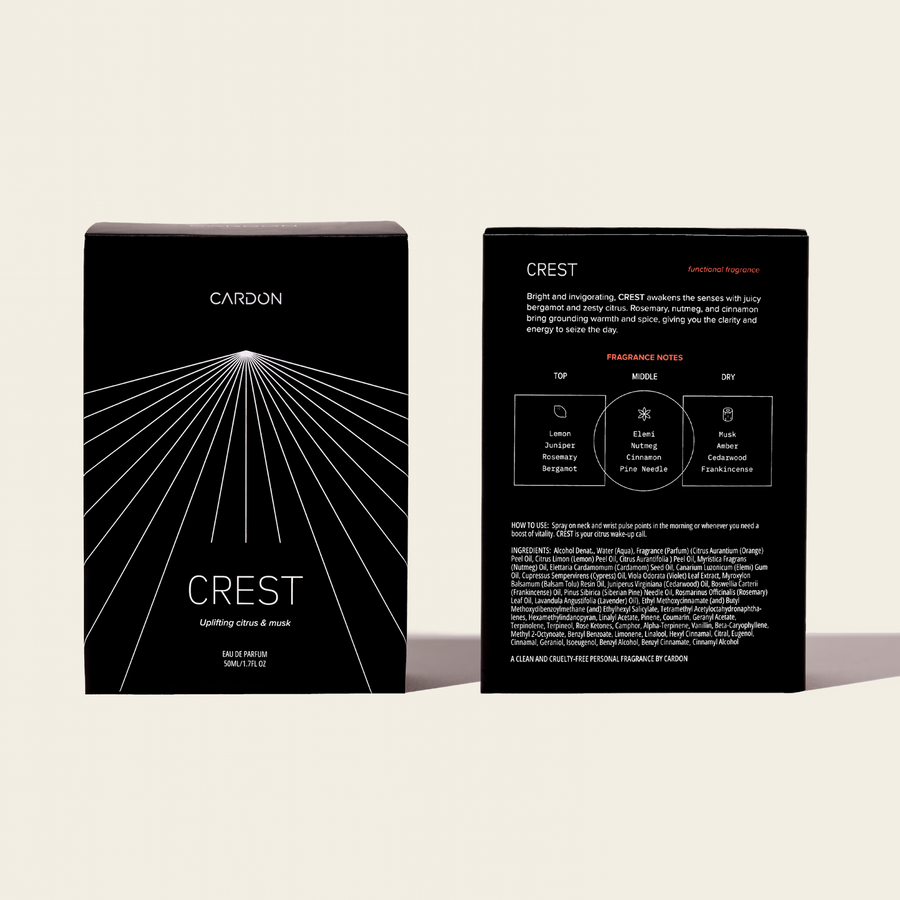


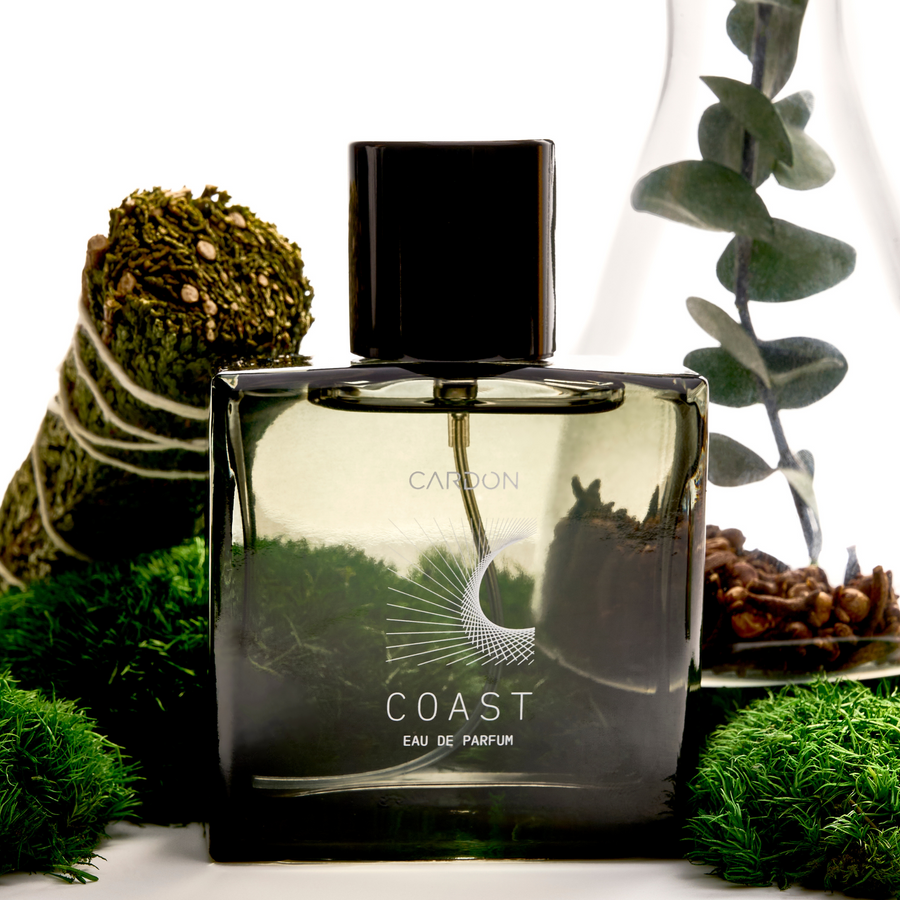

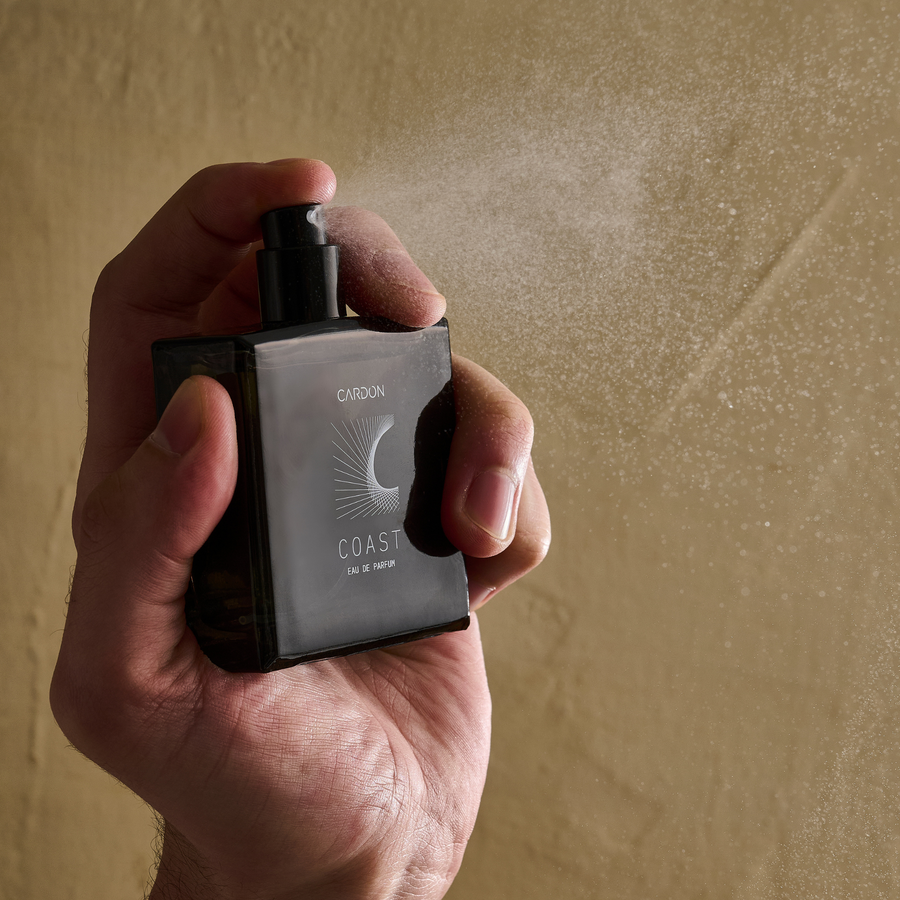
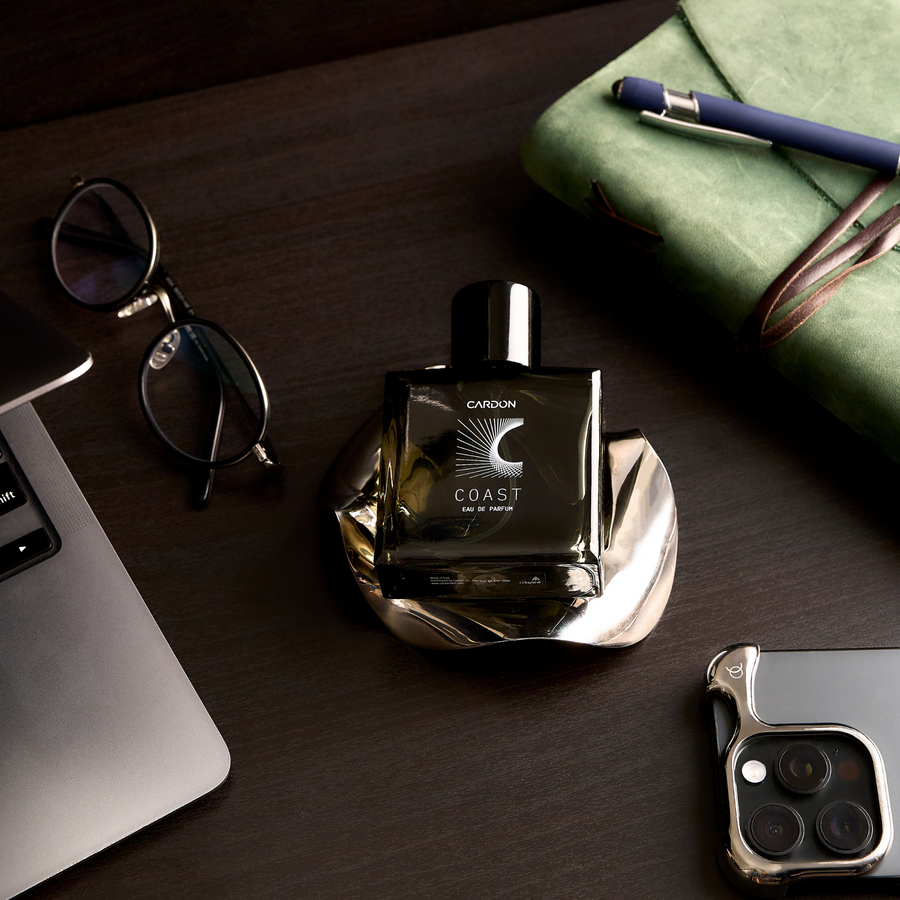
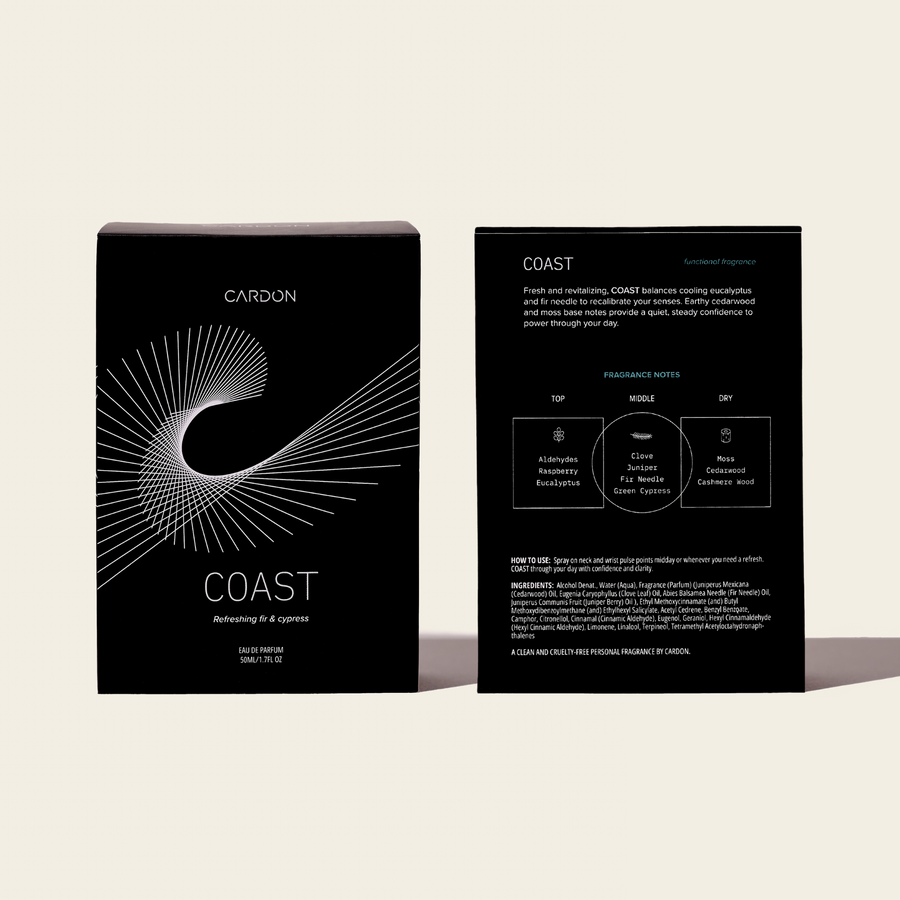
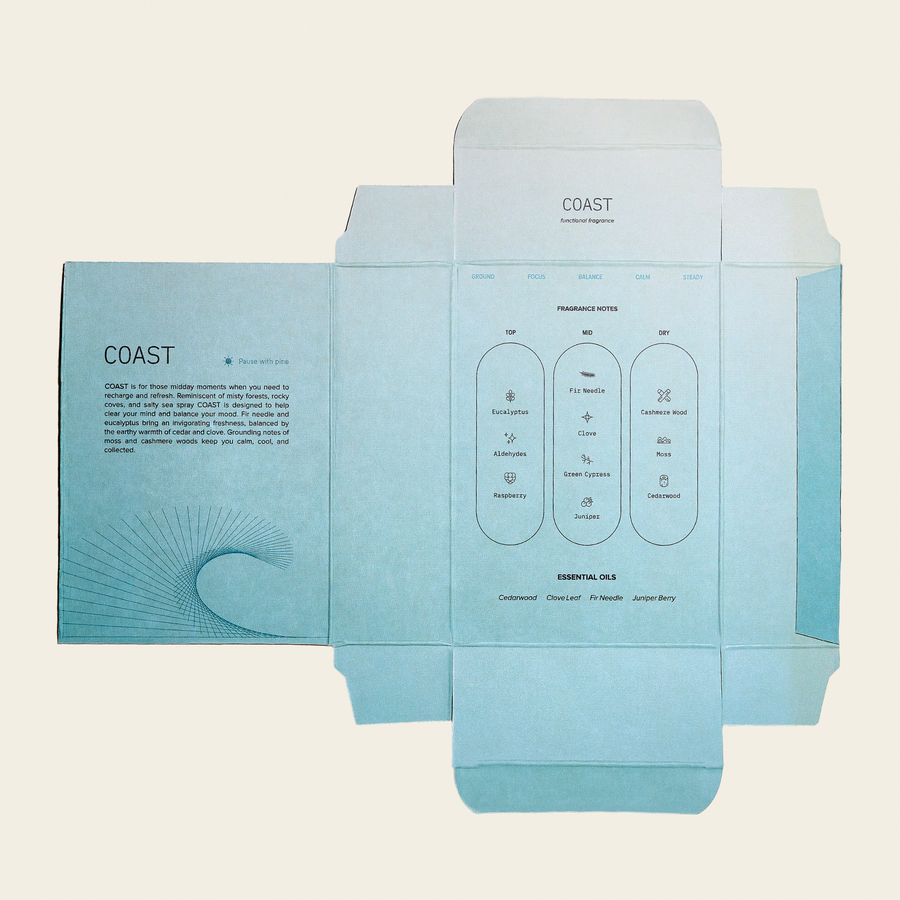
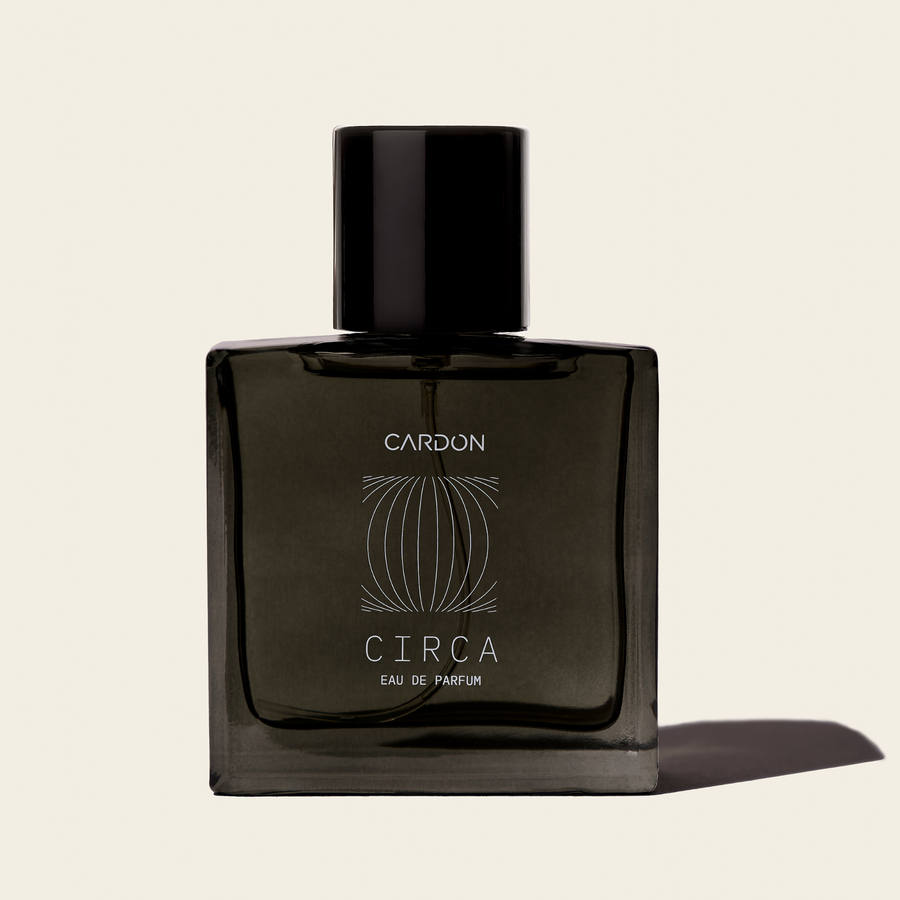
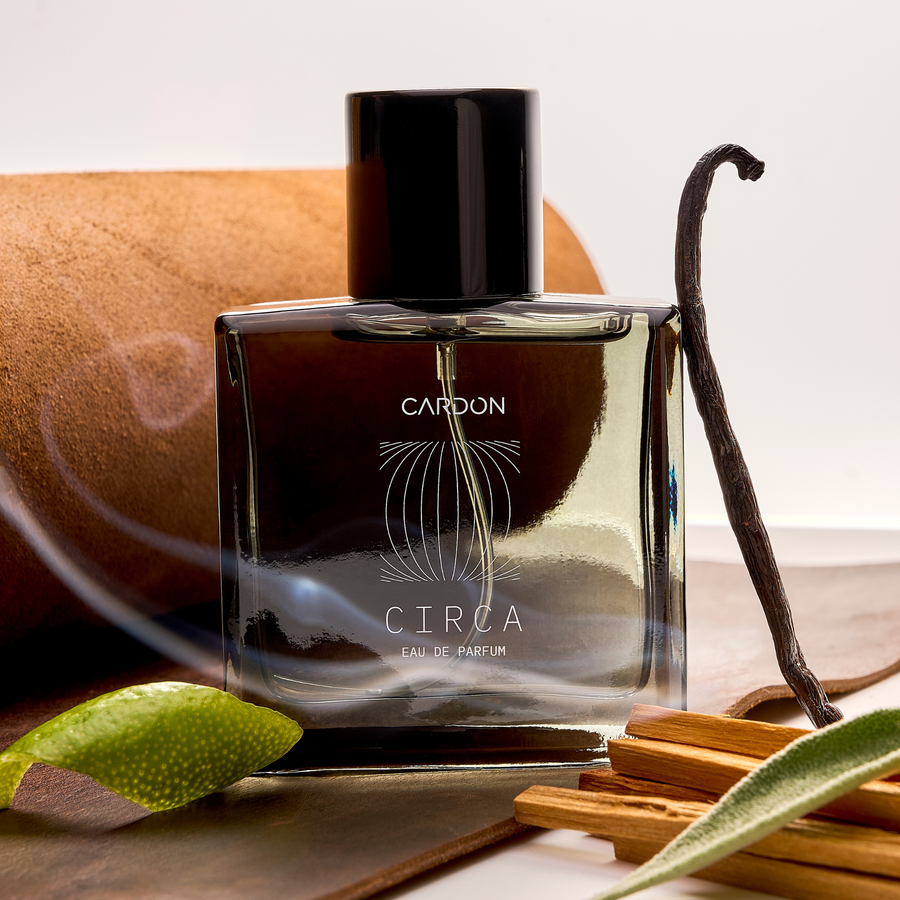
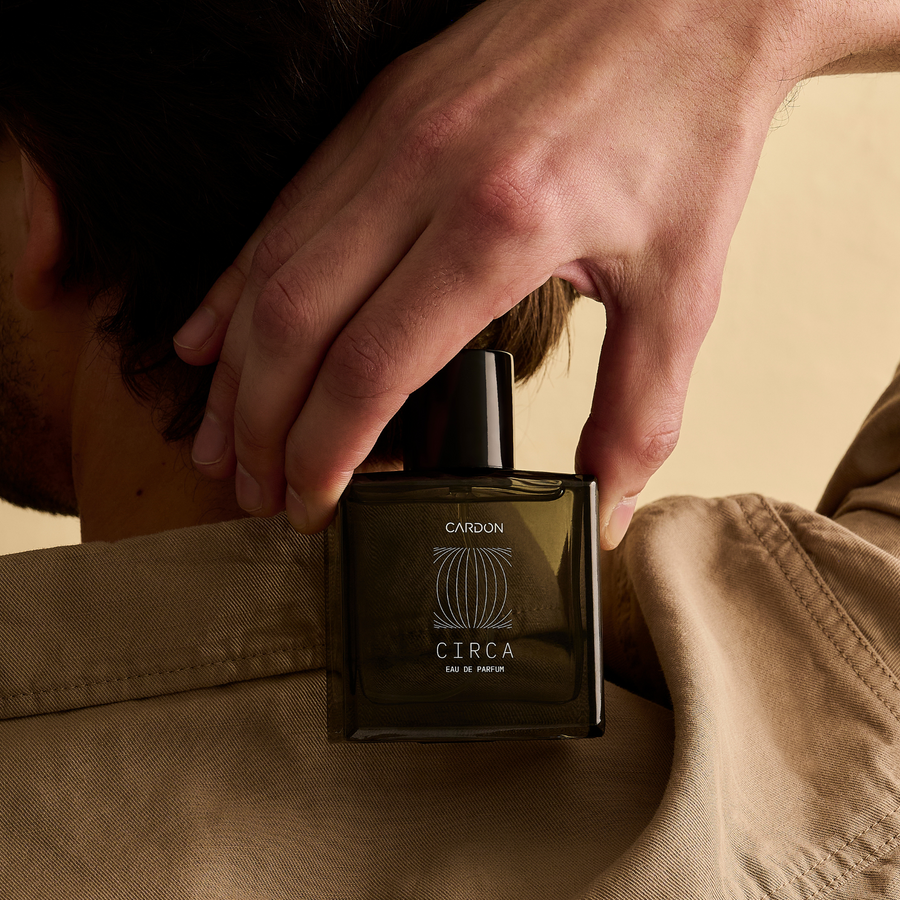






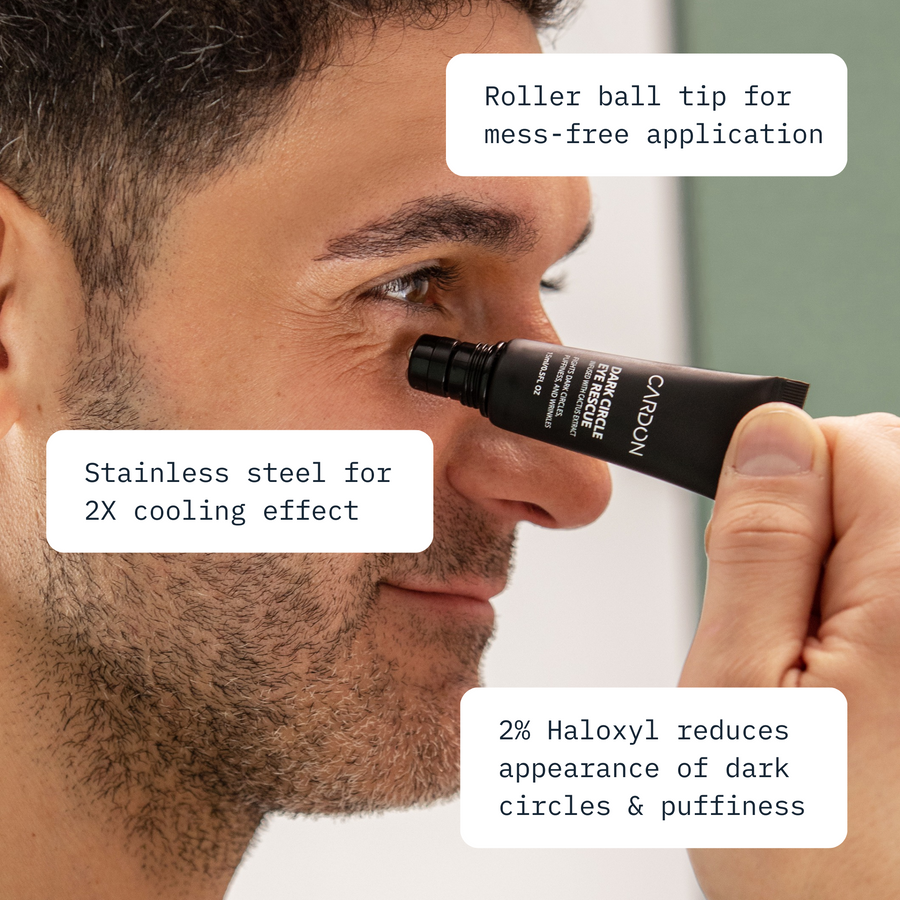
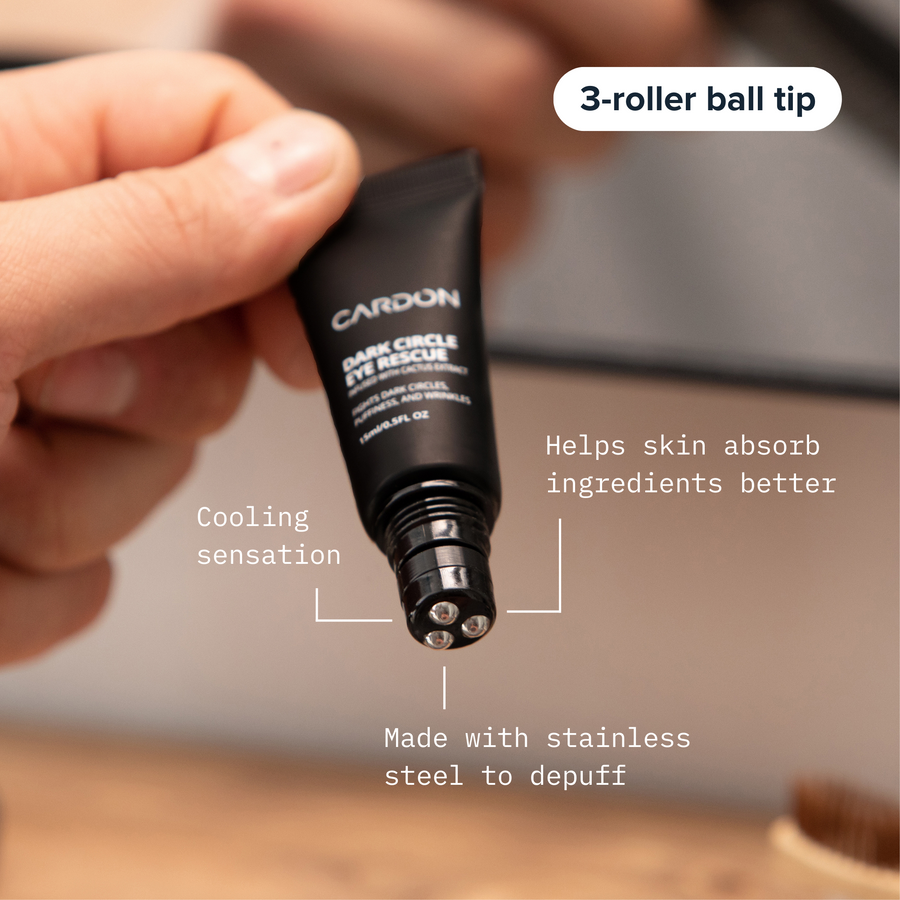

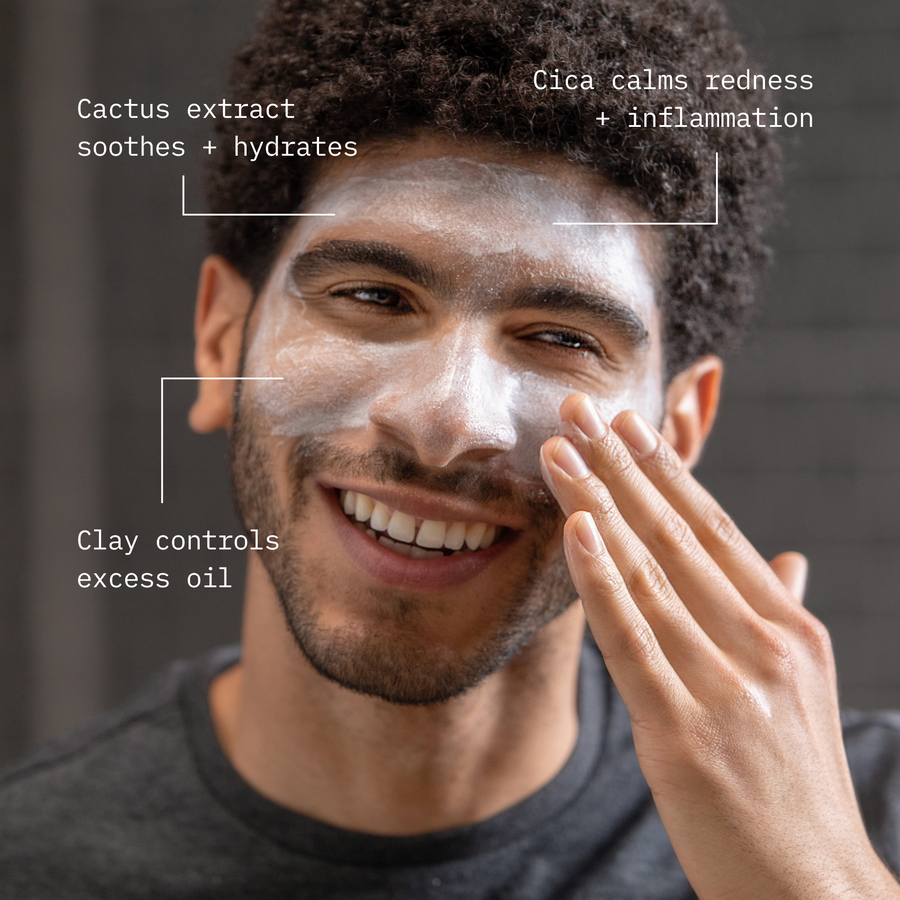
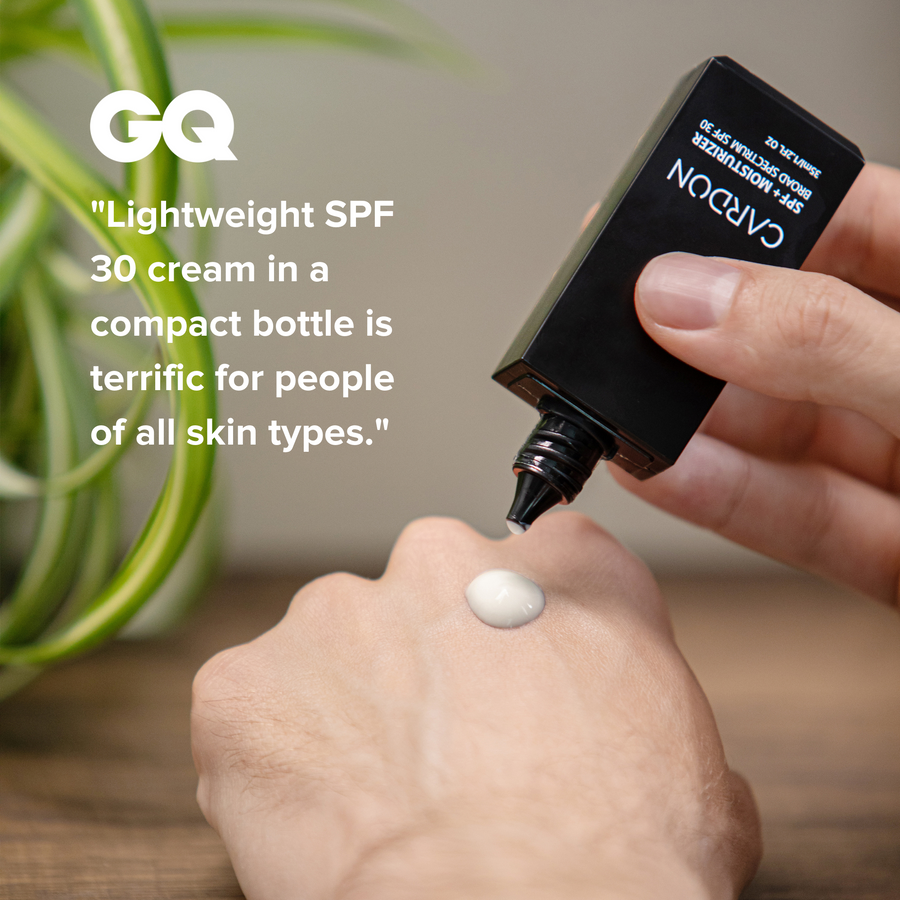
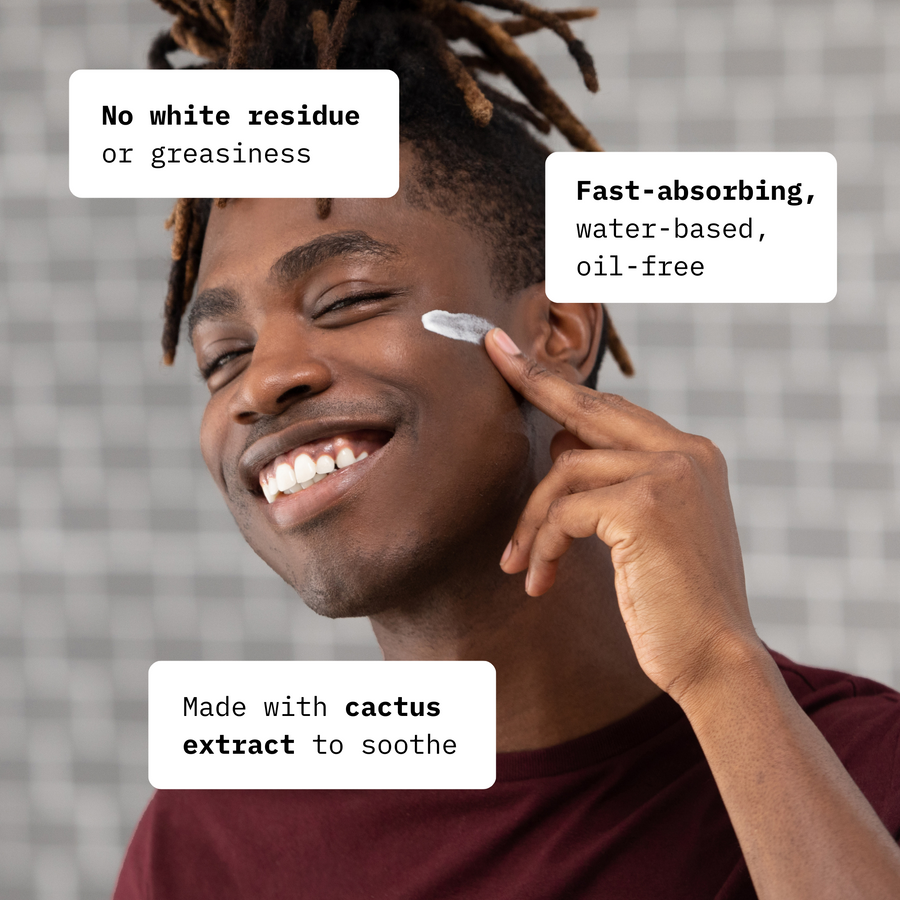

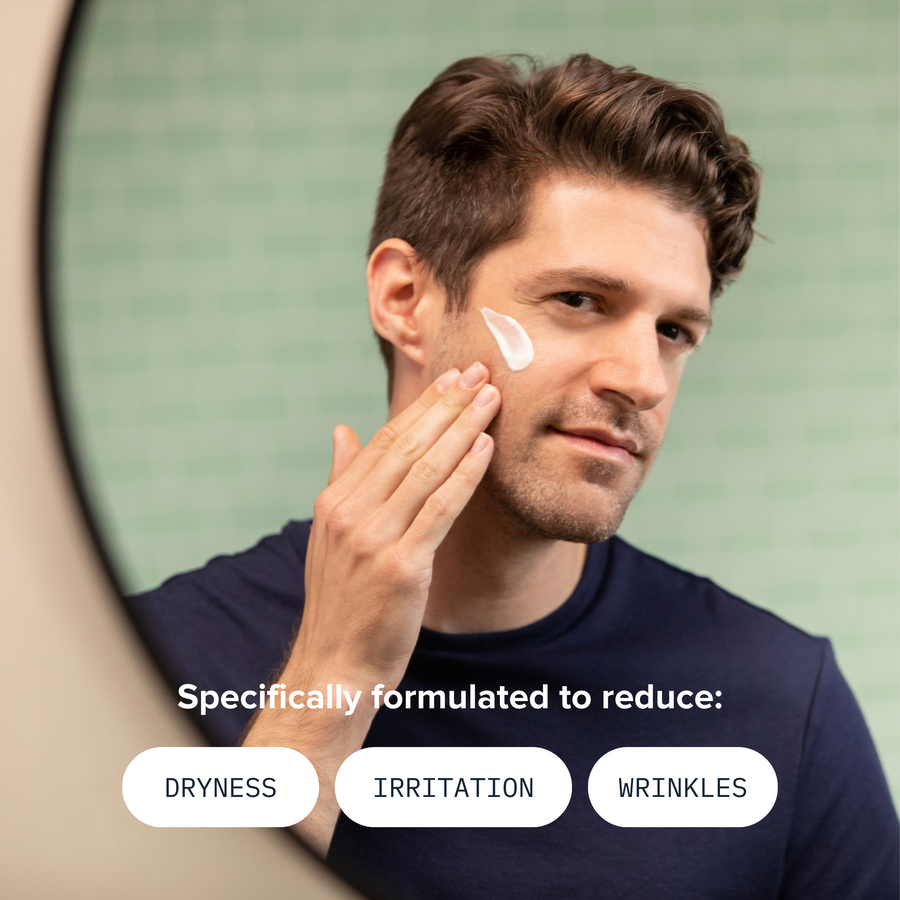

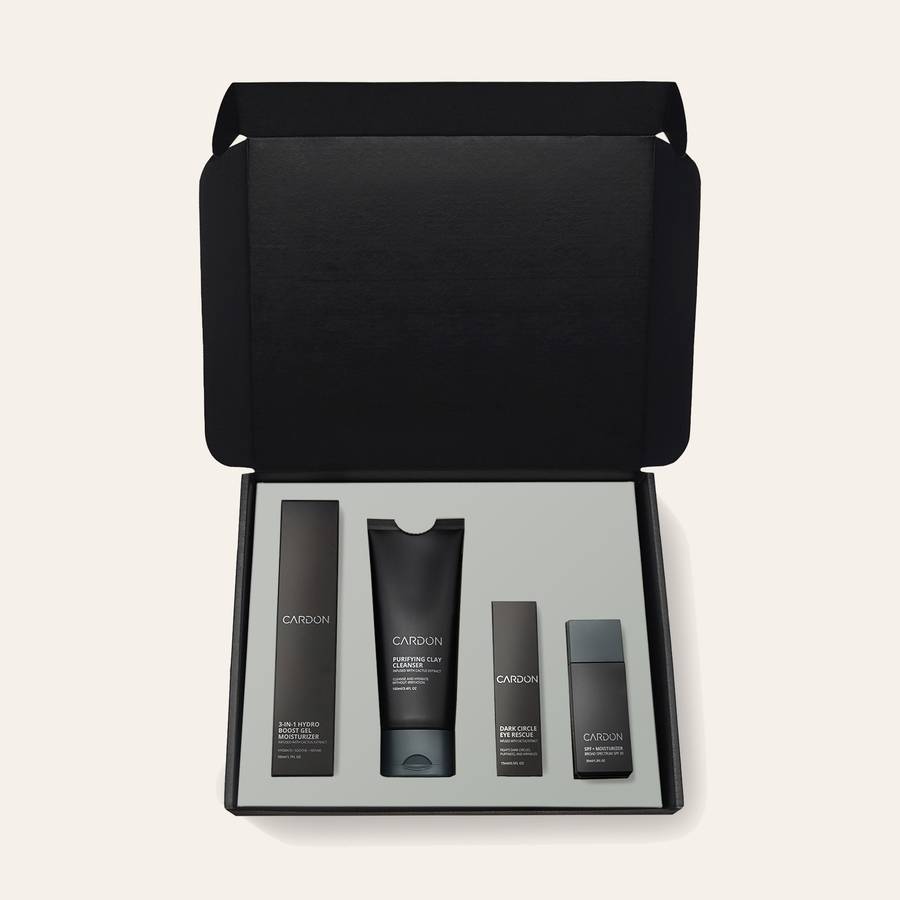

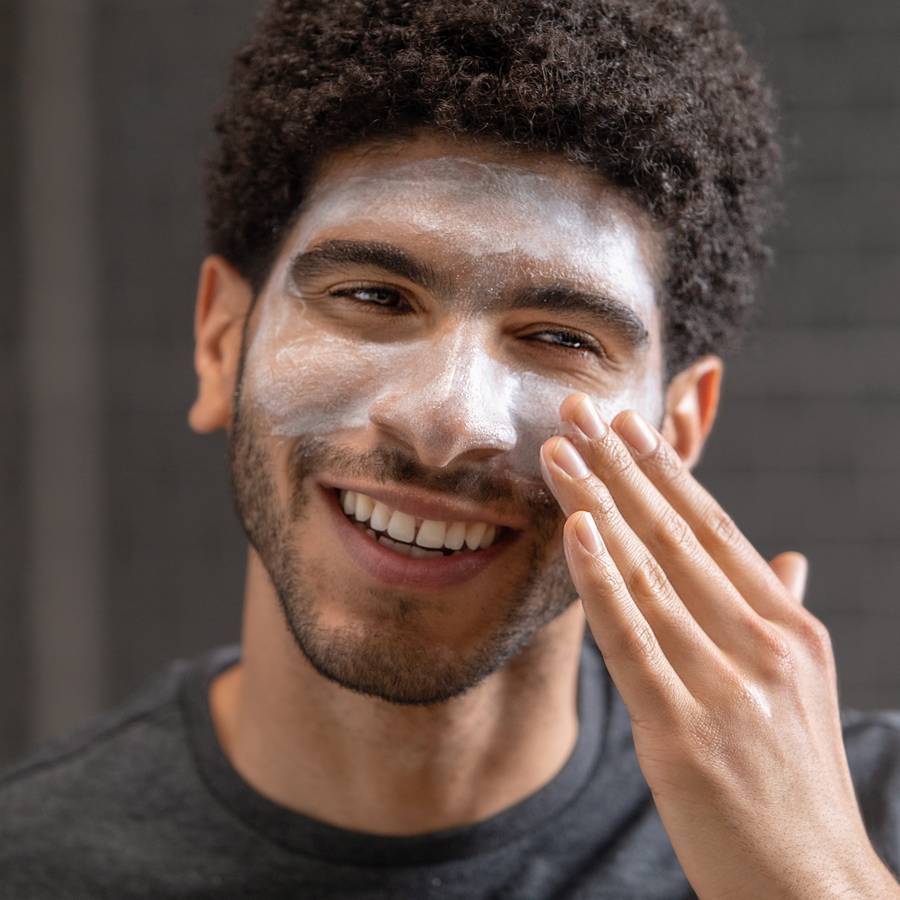
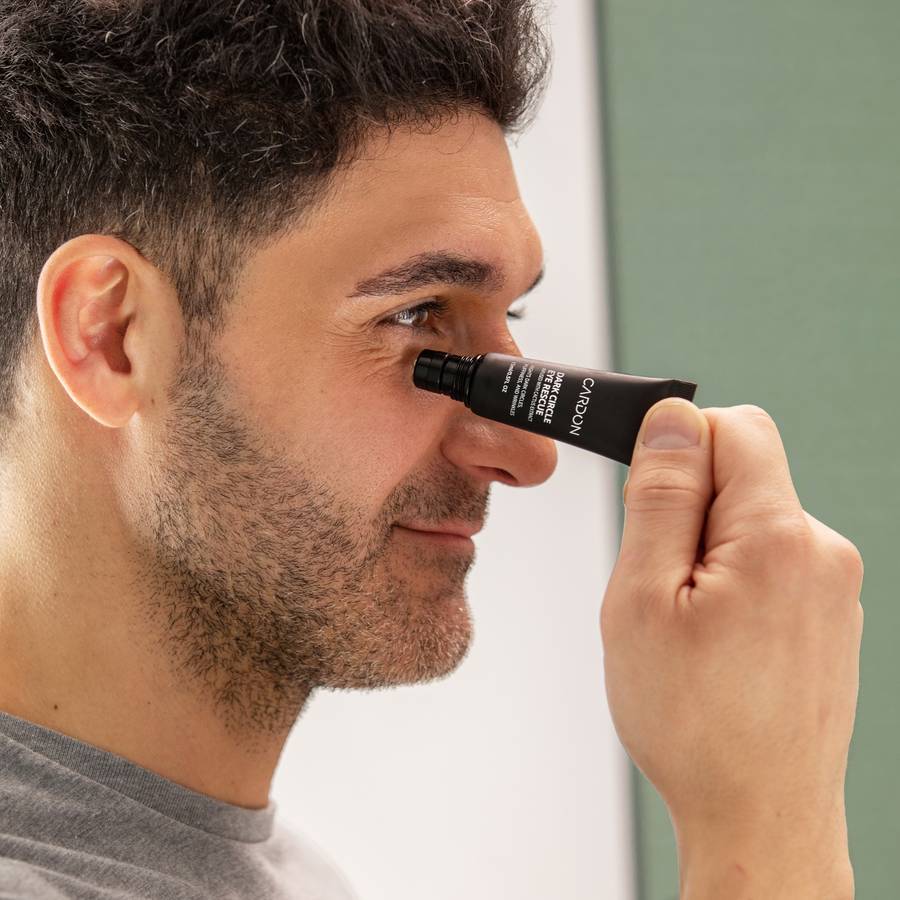

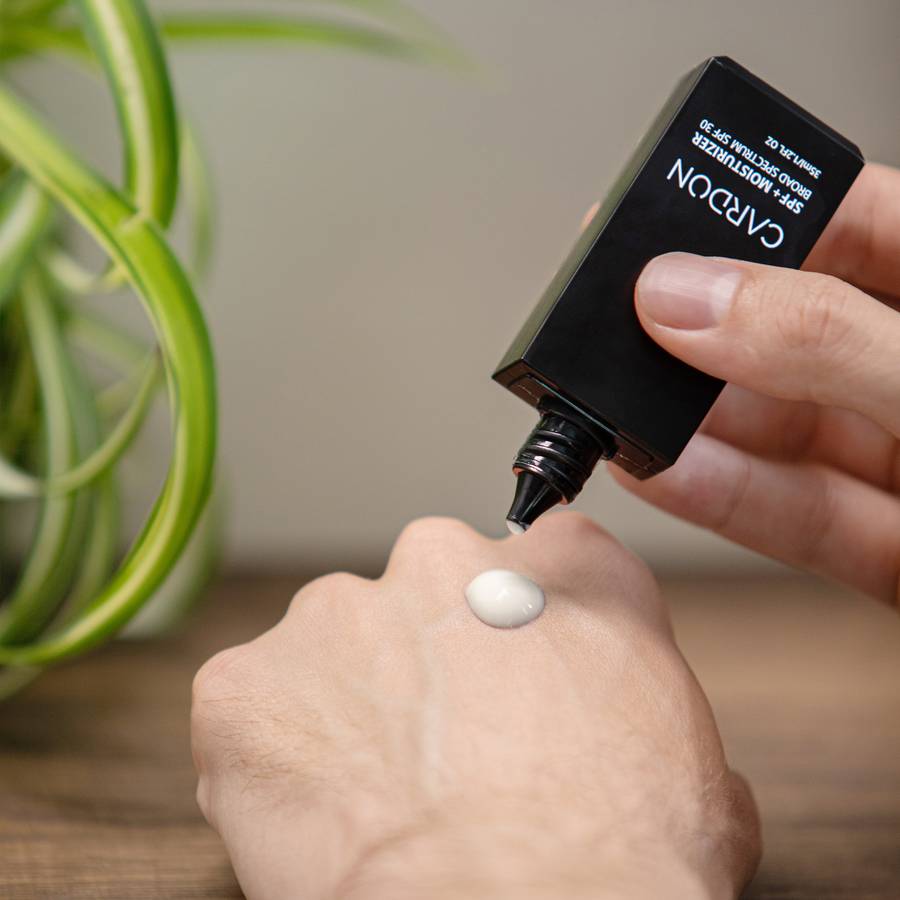


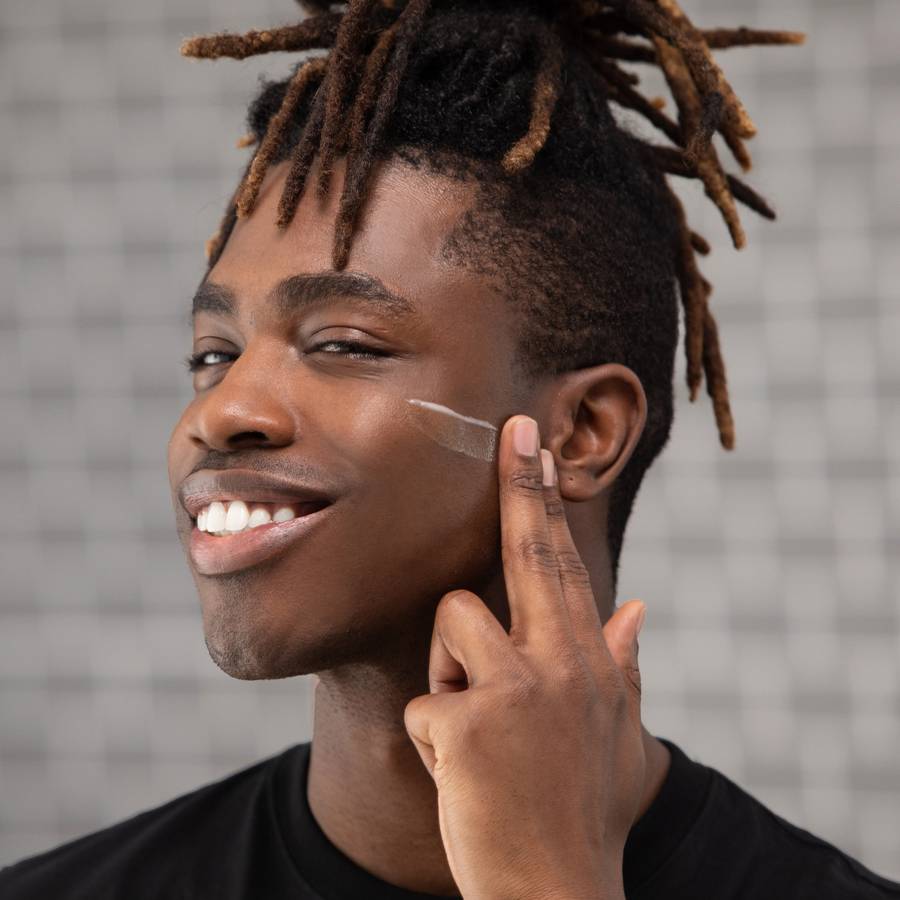
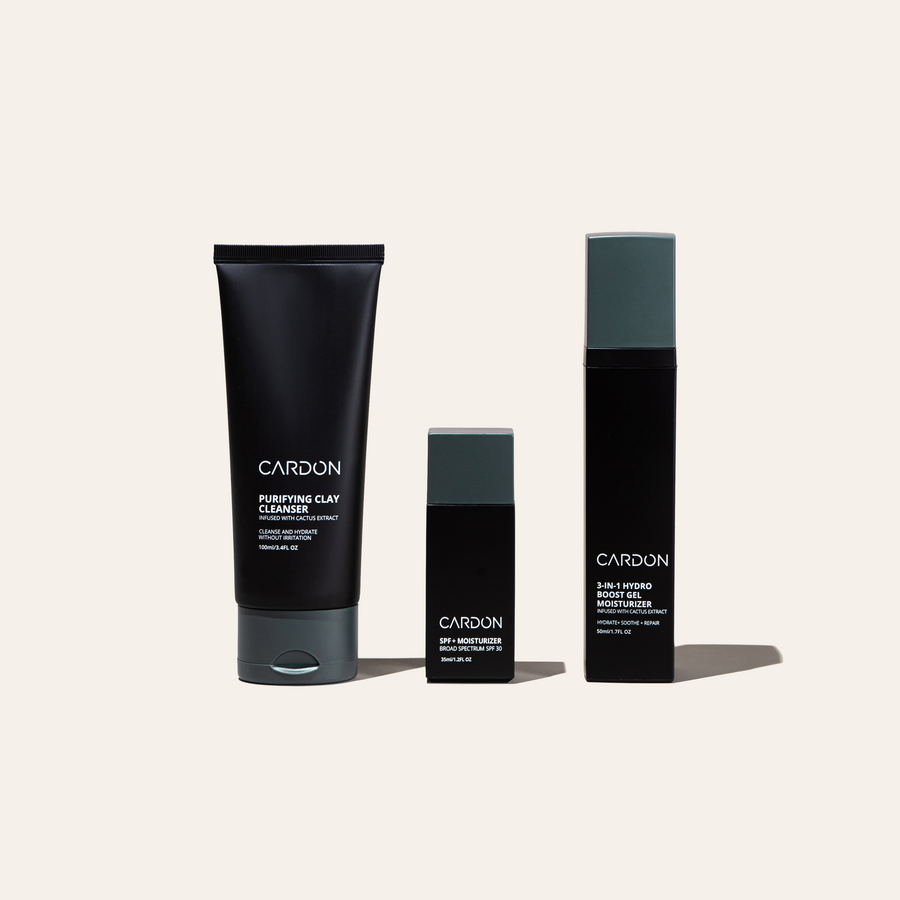

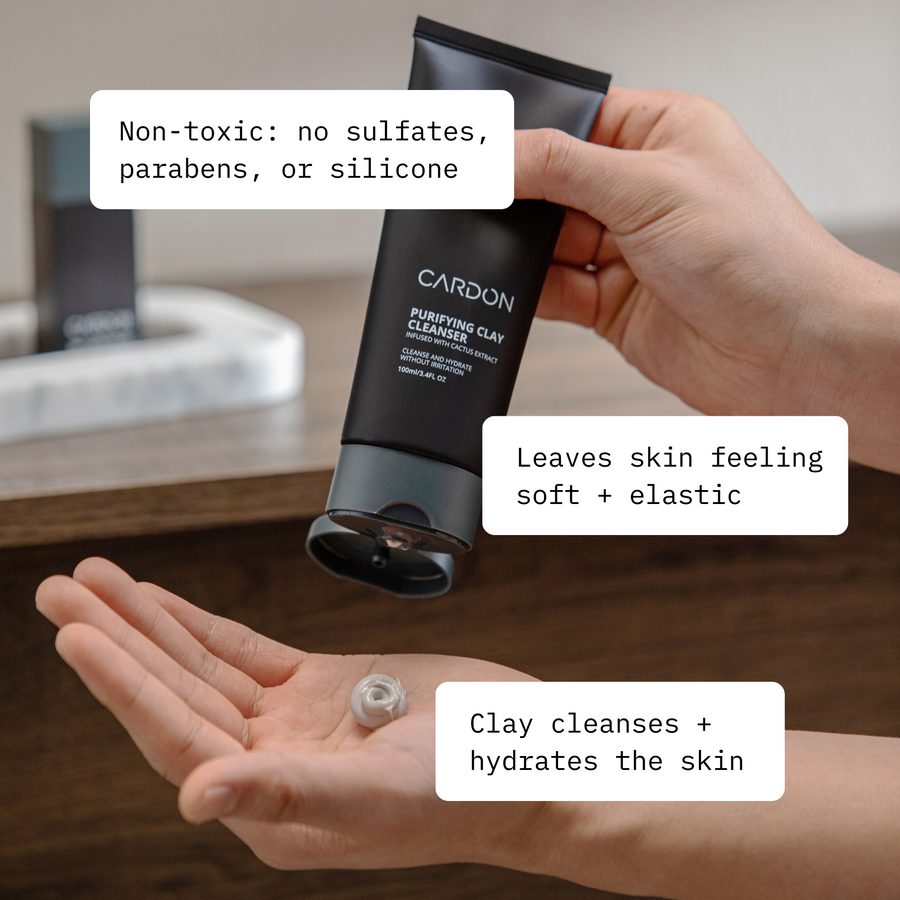




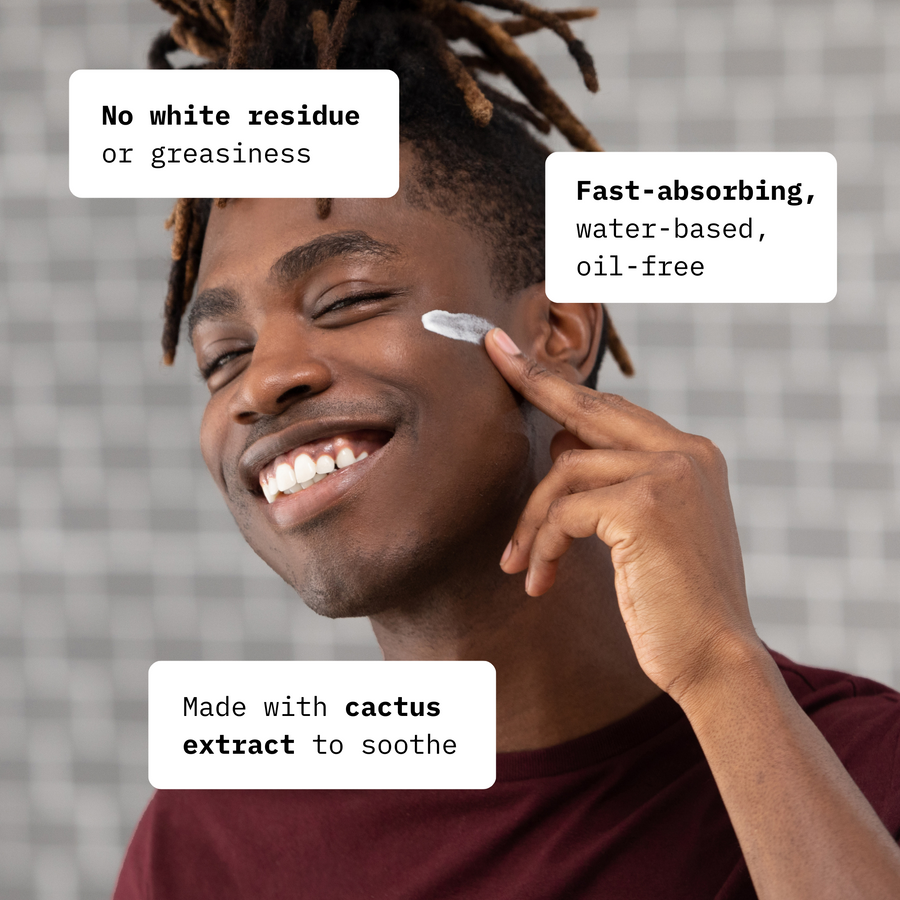
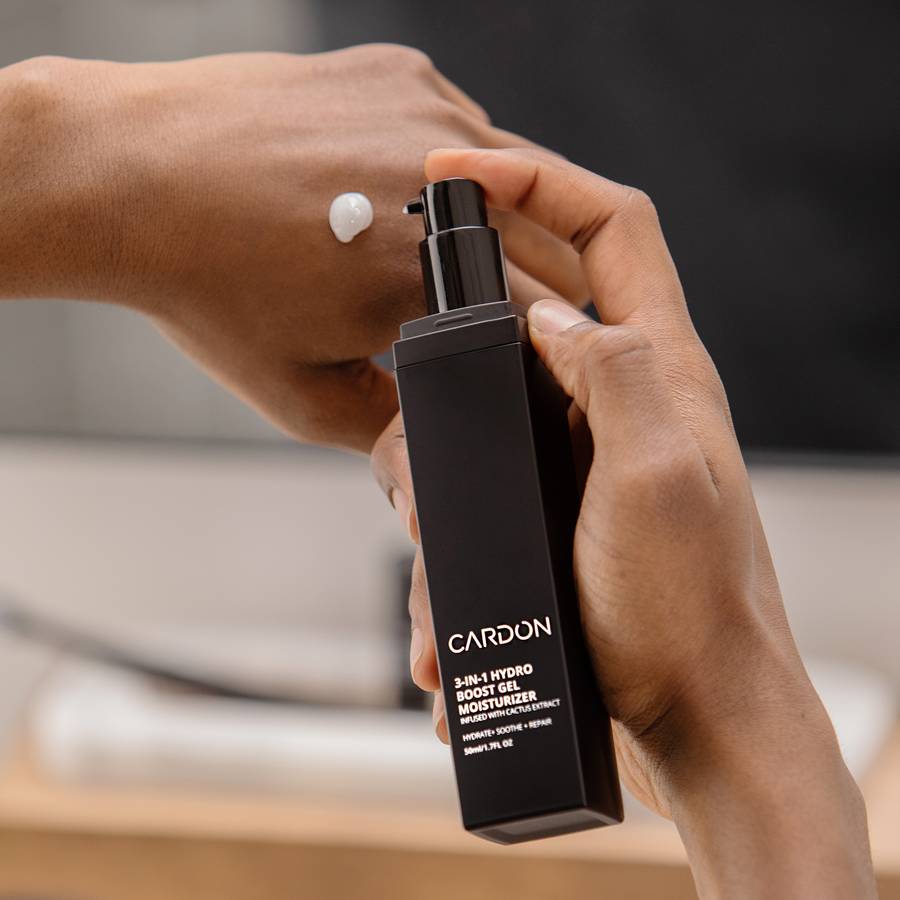
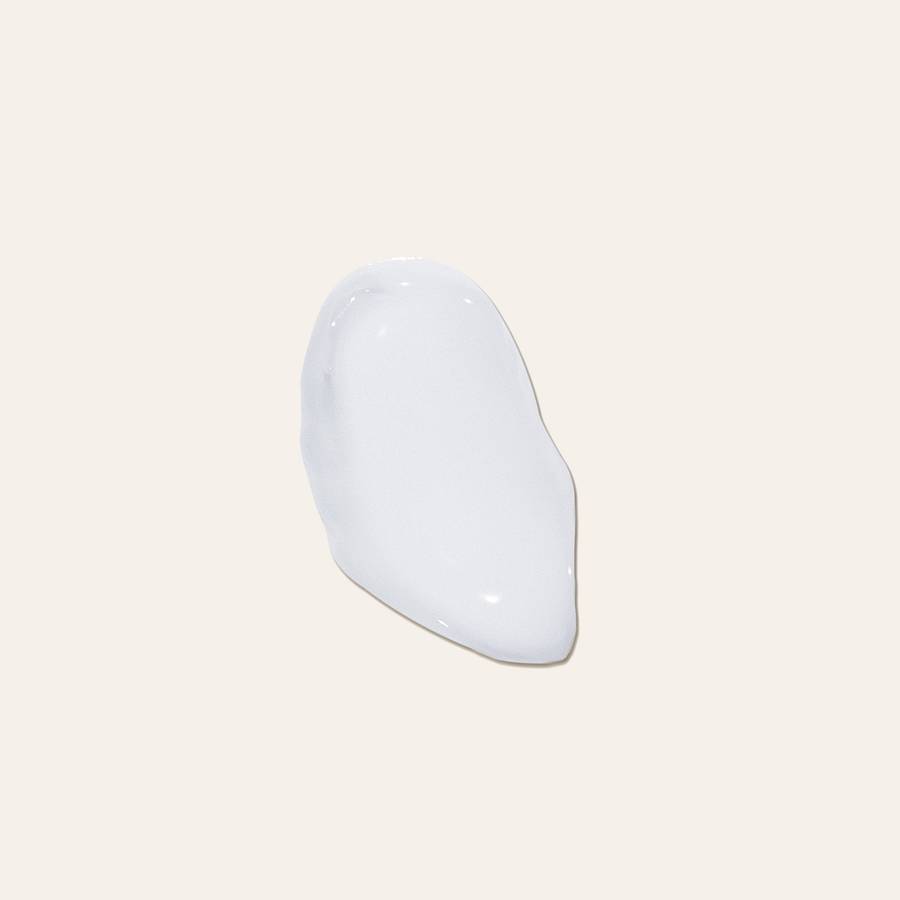
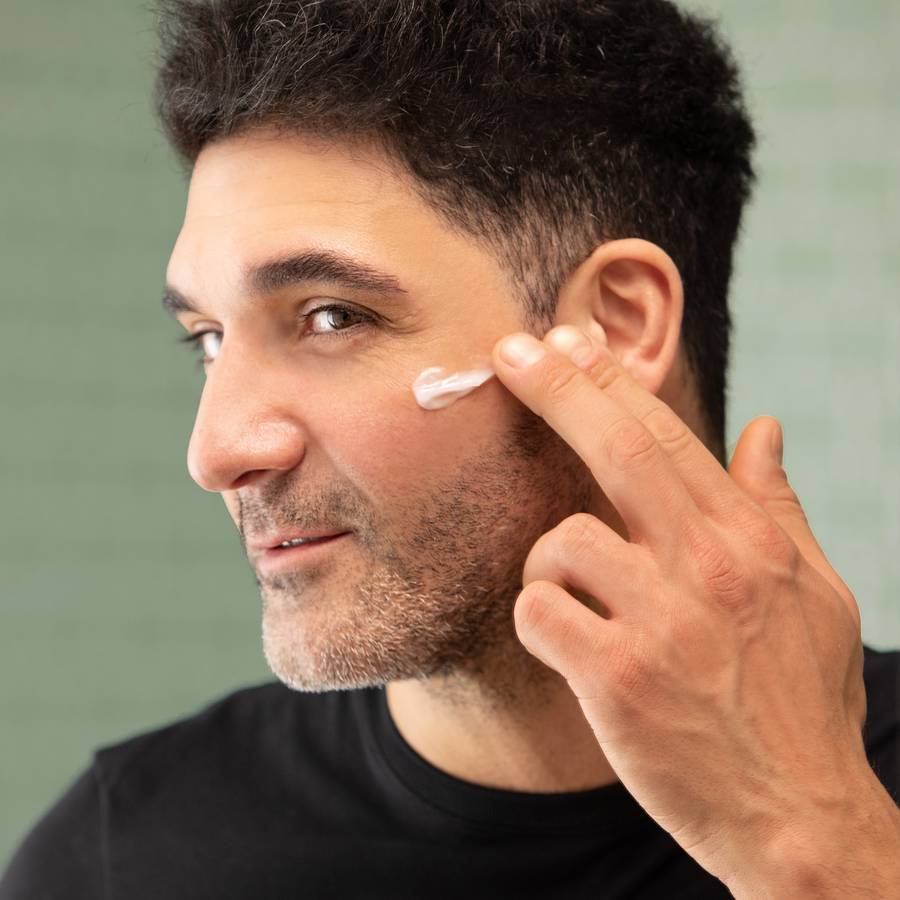


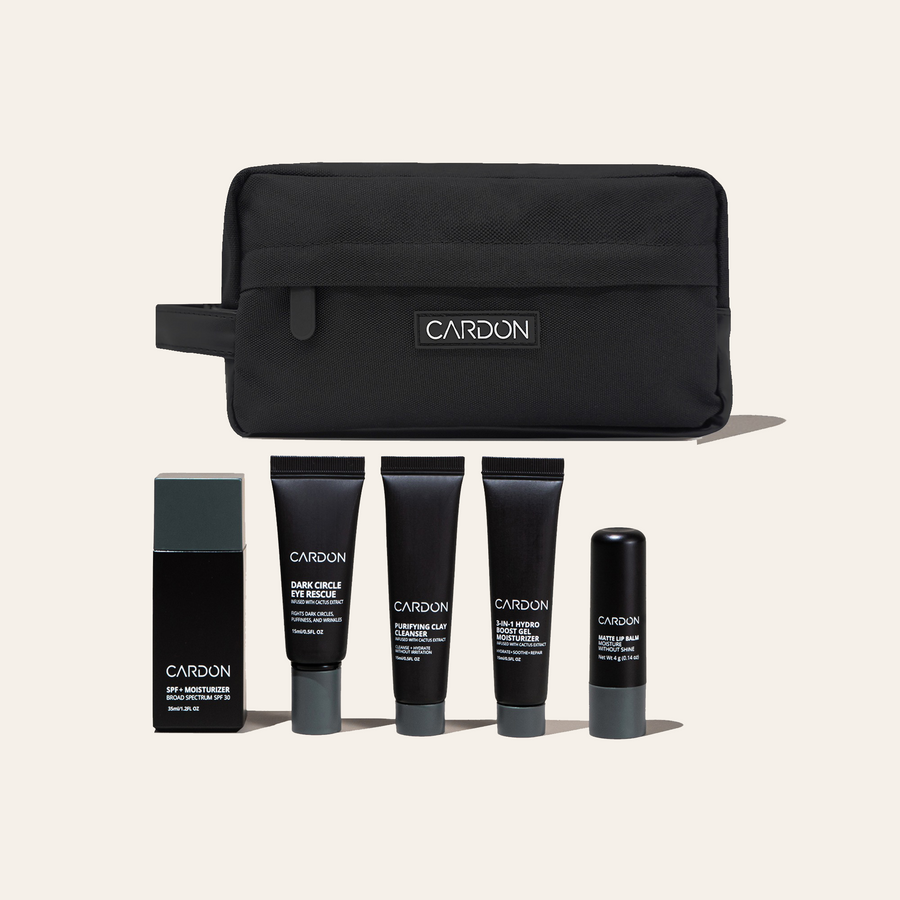
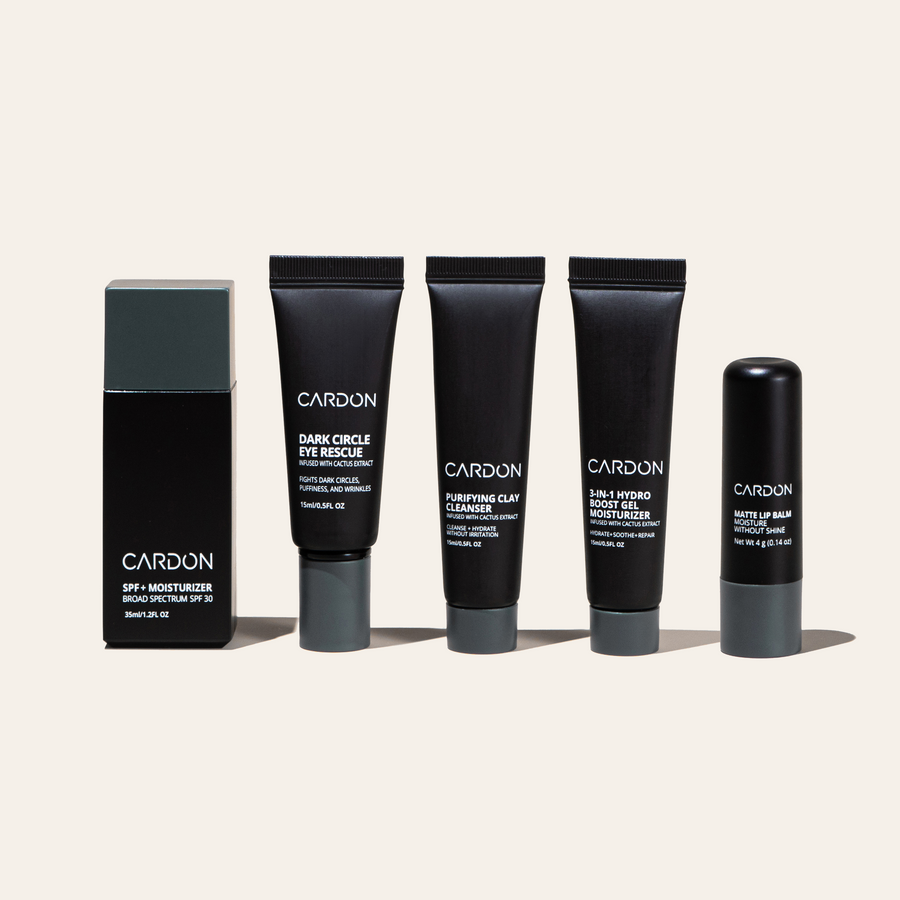
.jpg?v=1660669602636&options=w_900)
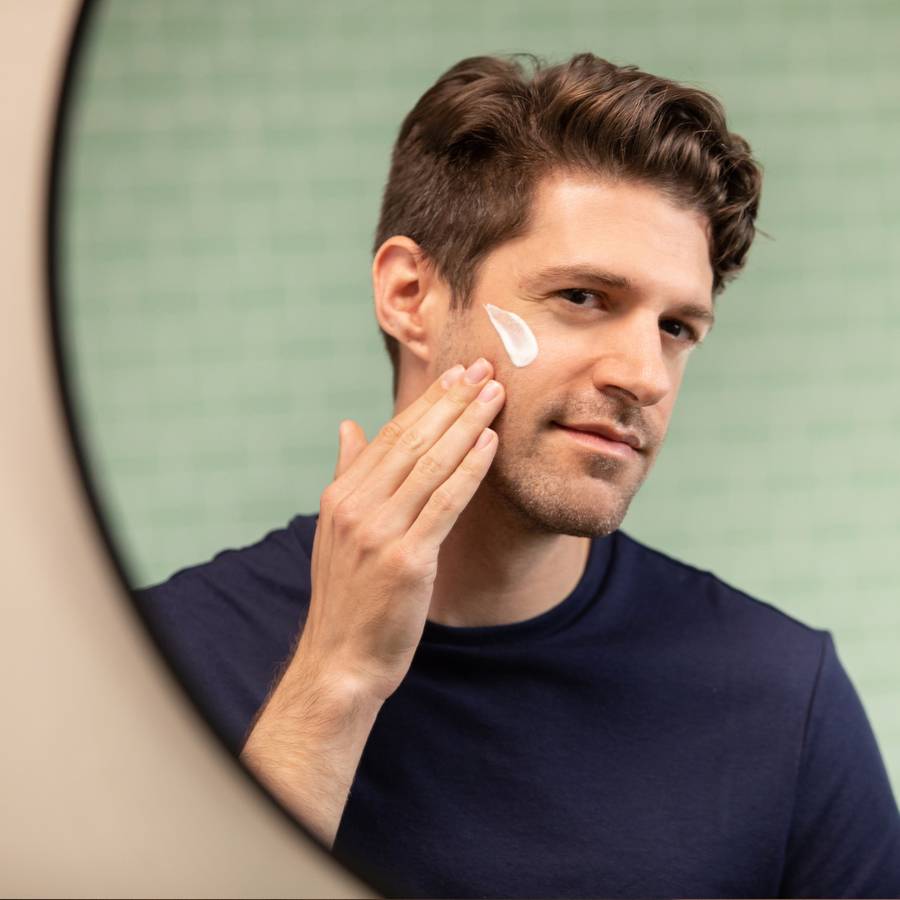
.jpg?v=1660669712802&options=w_900)
.jpg?v=1660669523094&options=w_900)

.jpg?v=1660669849450&options=w_900)
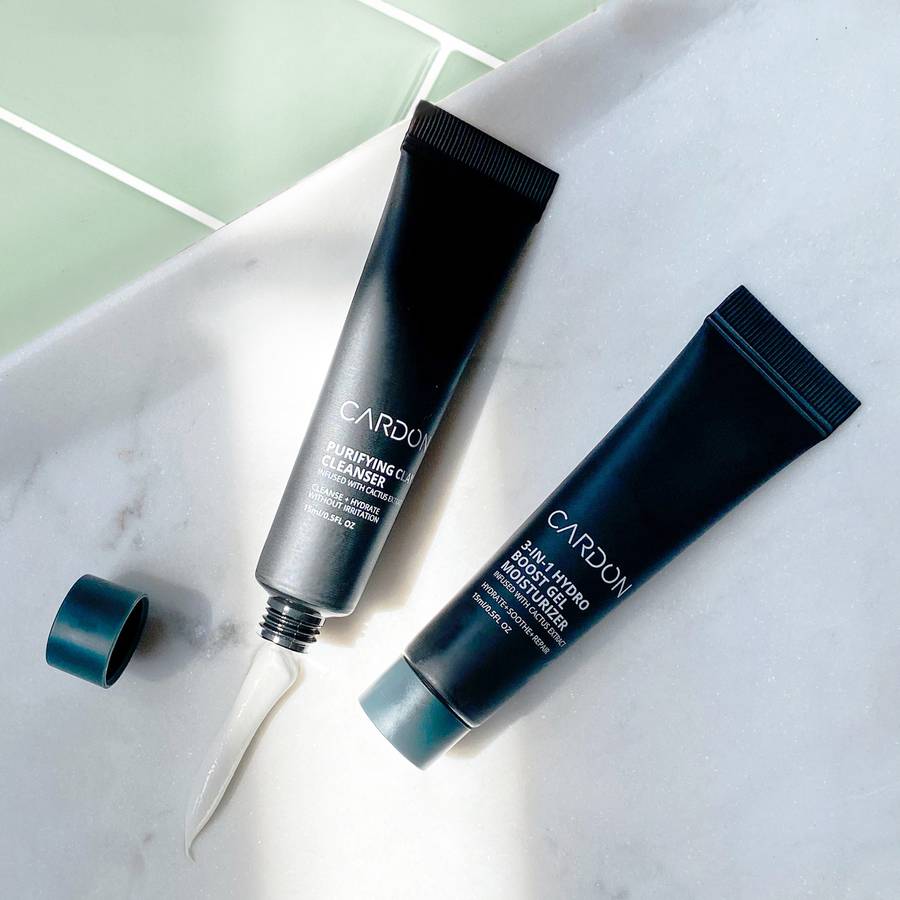
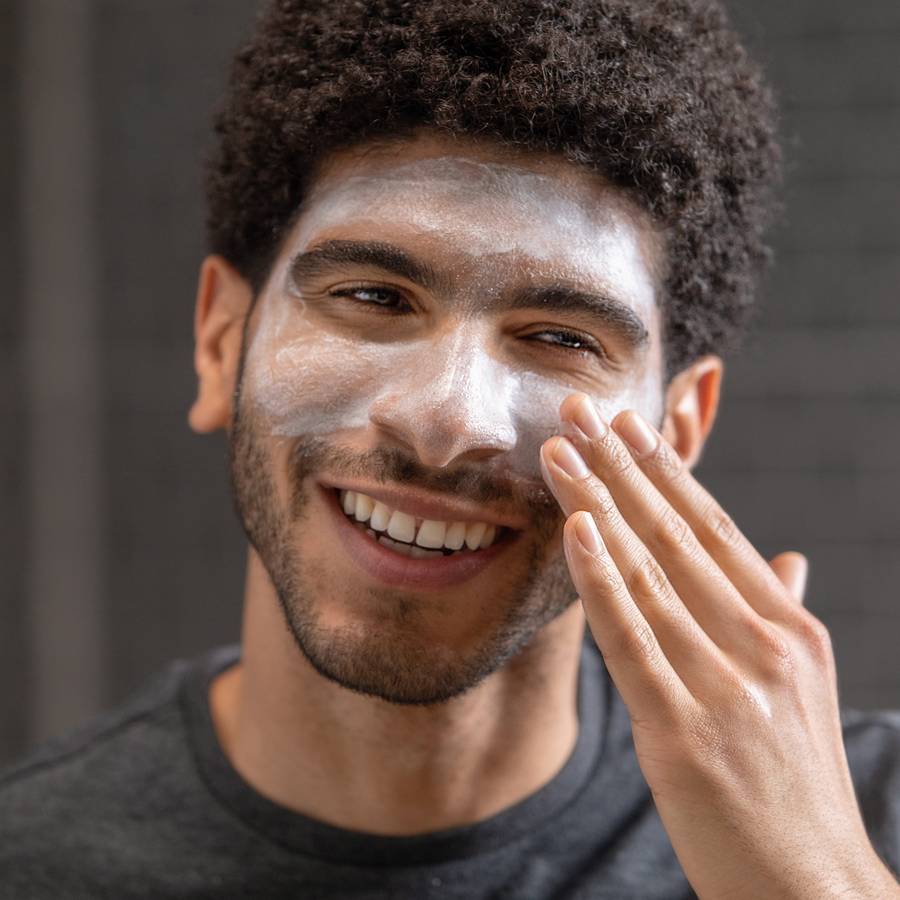

.png?v=1701688884267&options=w_900)


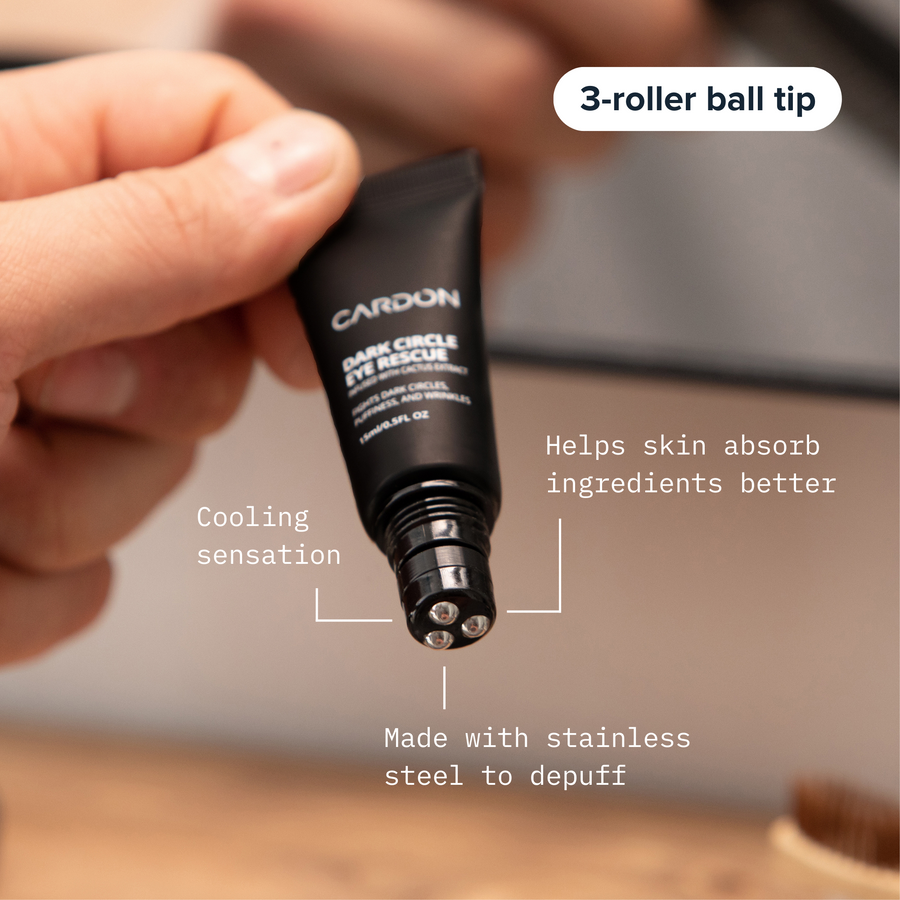
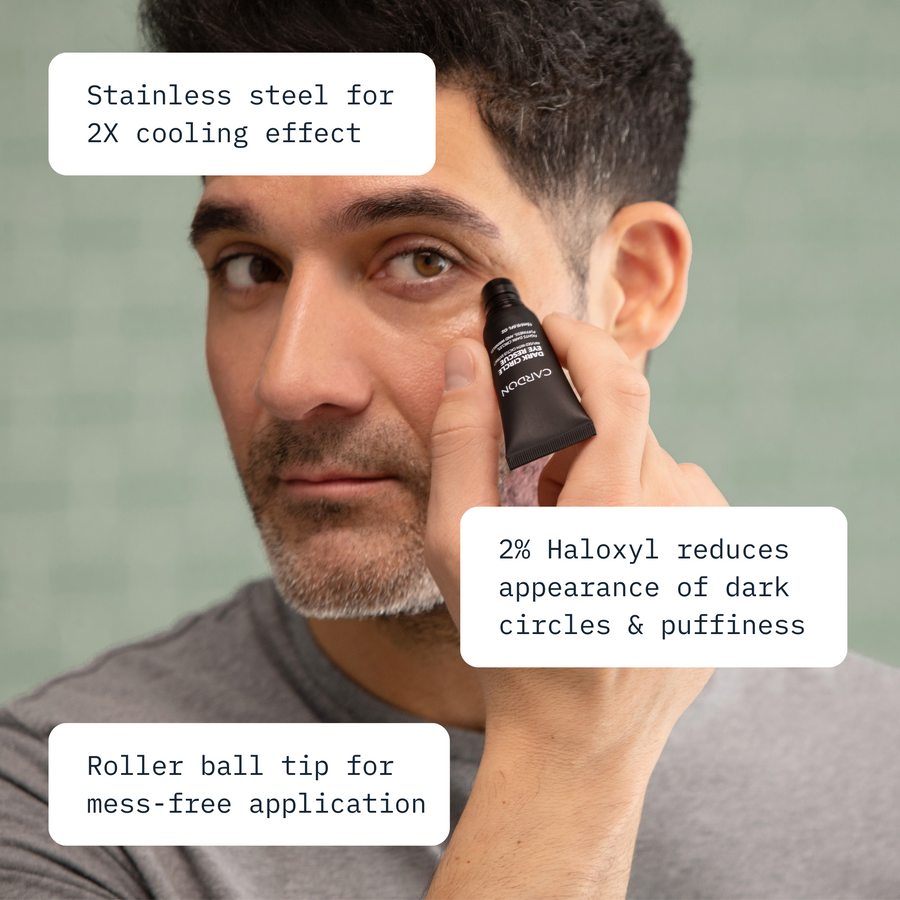
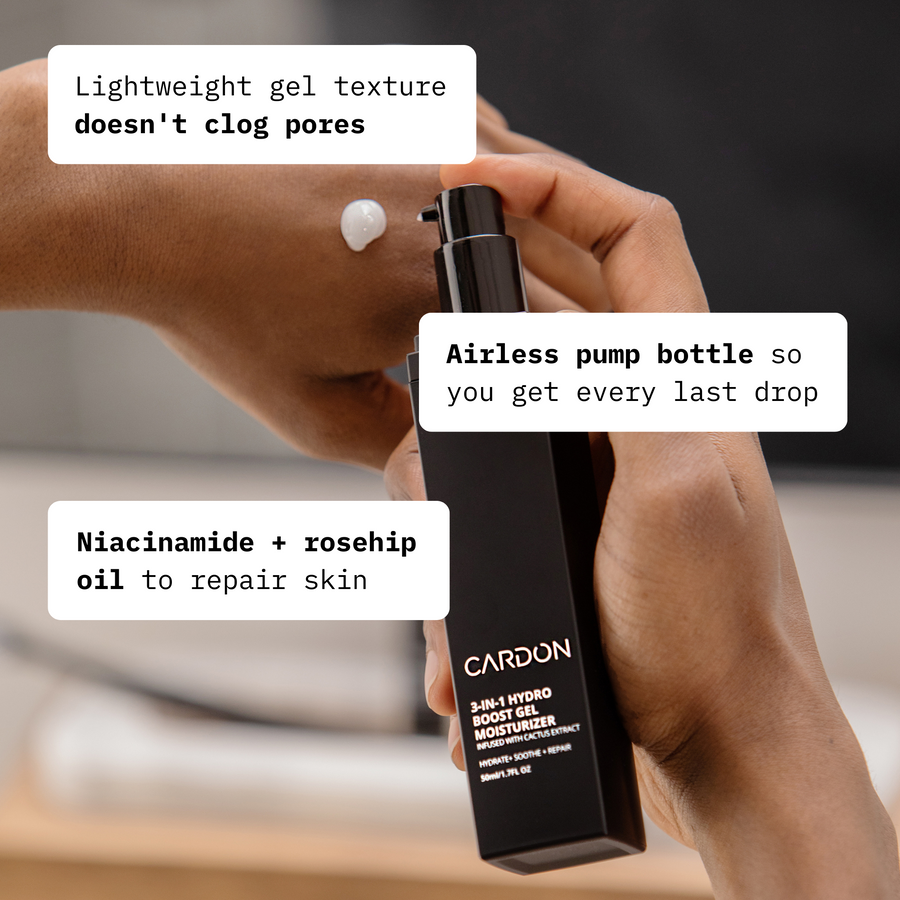
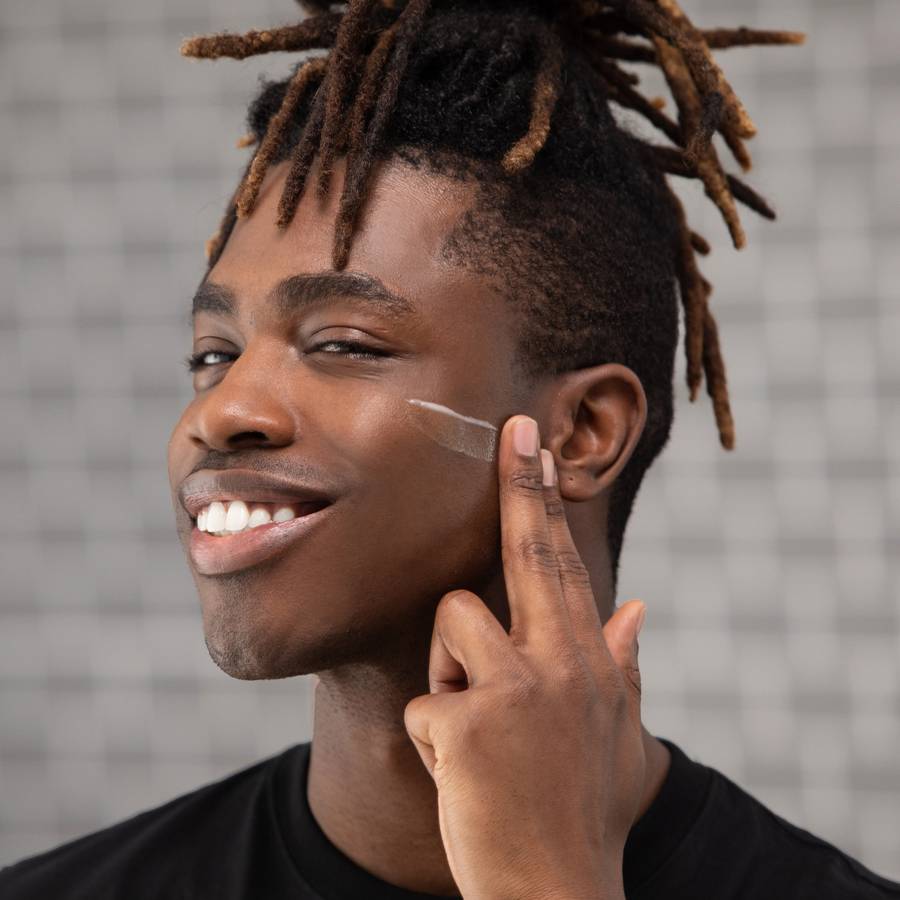
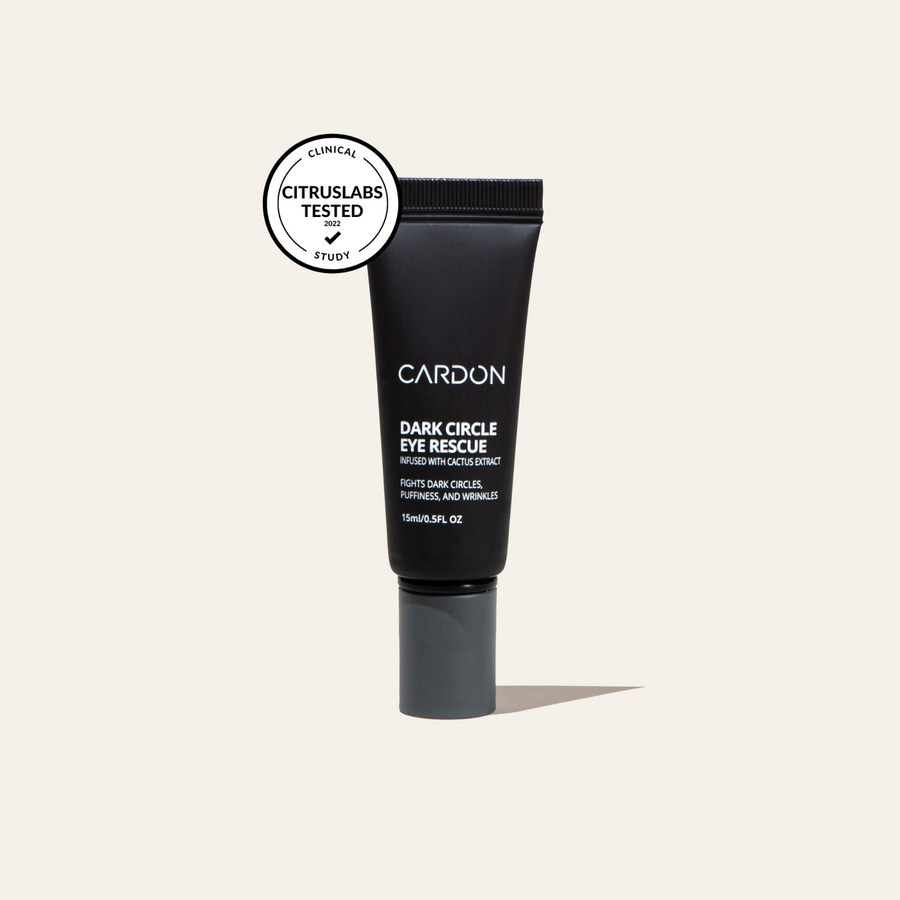


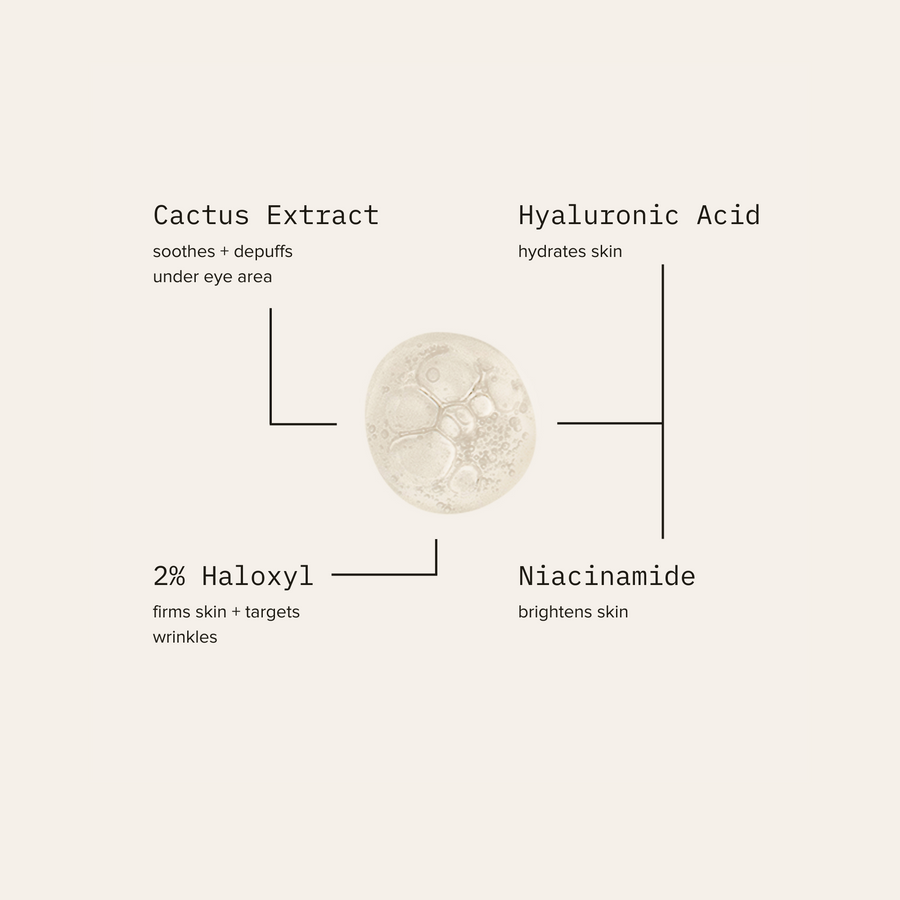

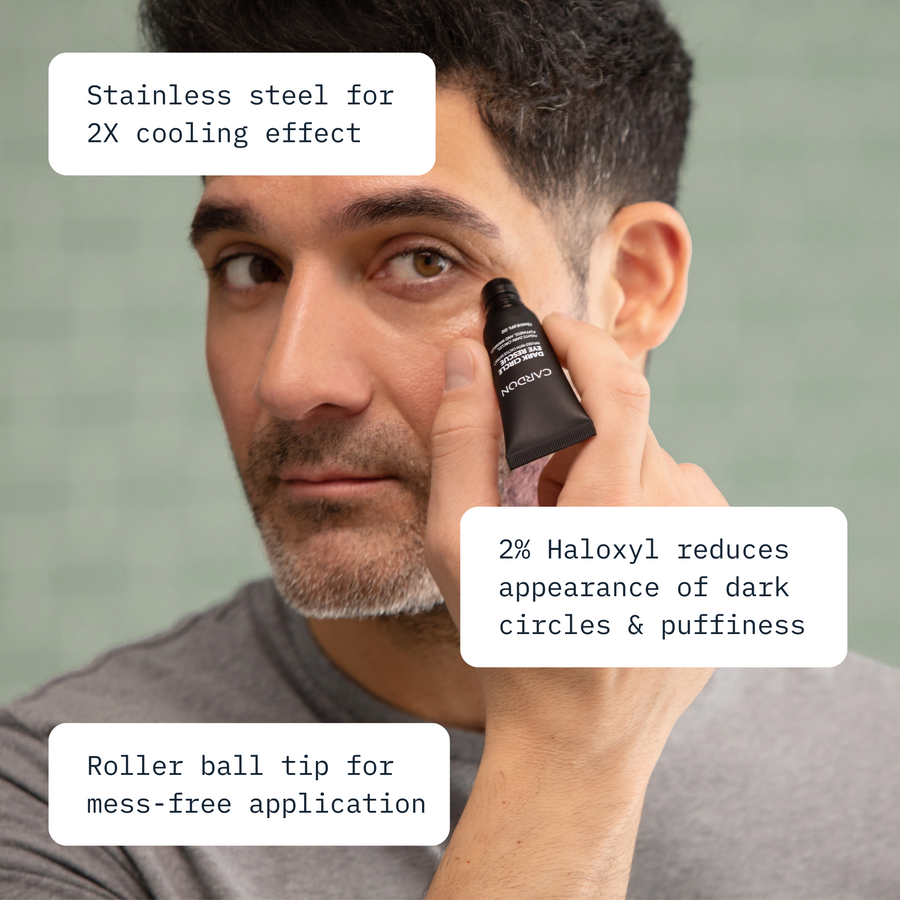

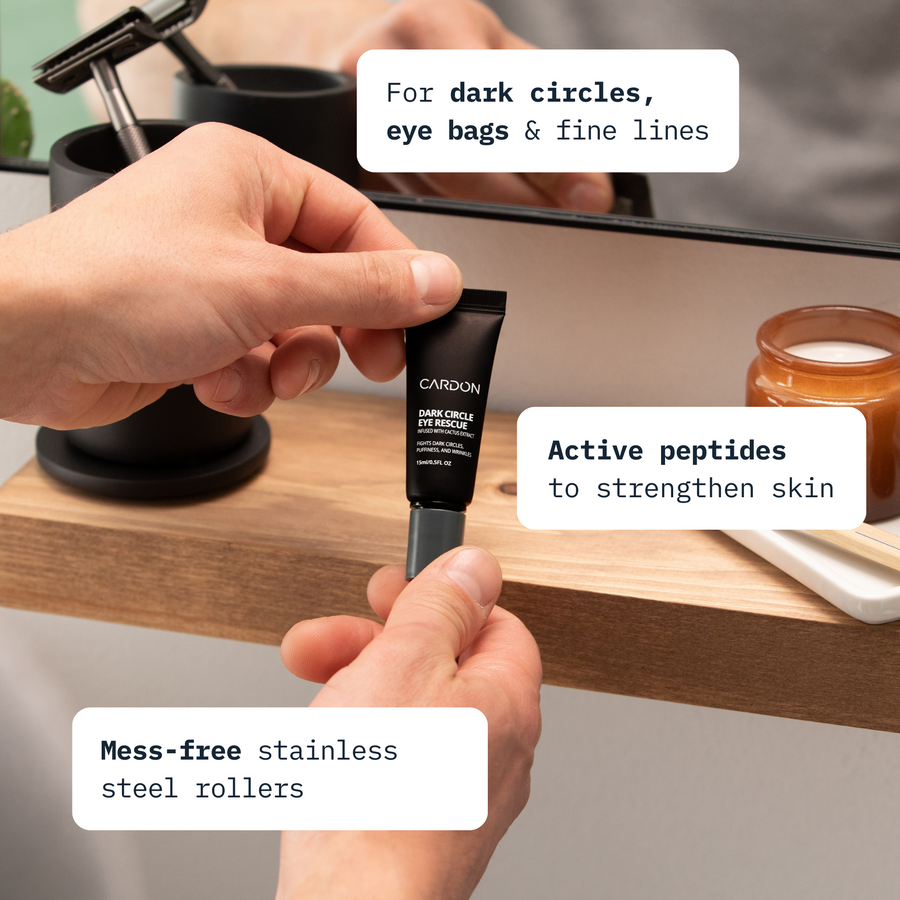
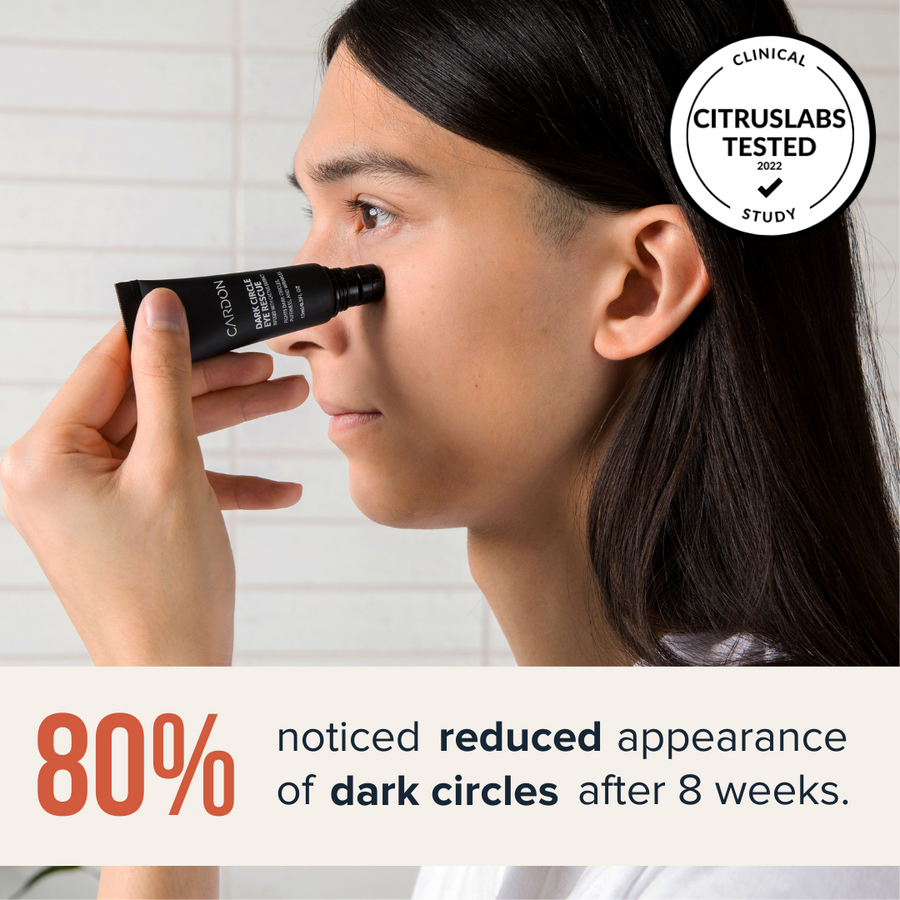
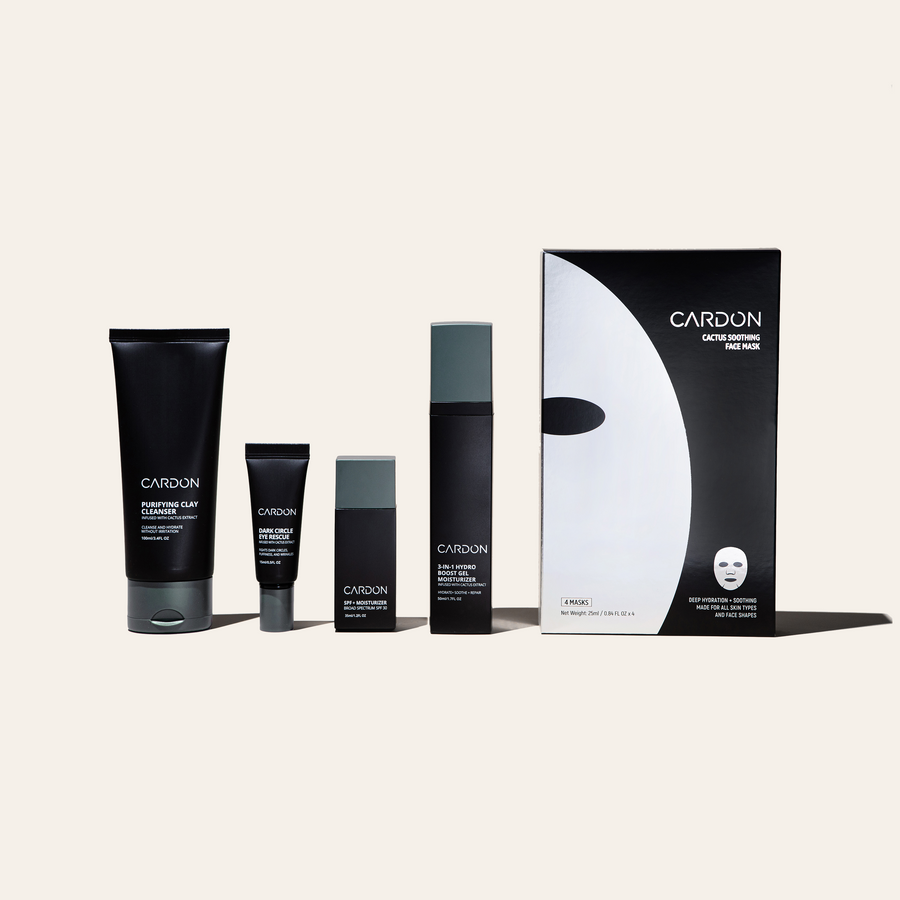
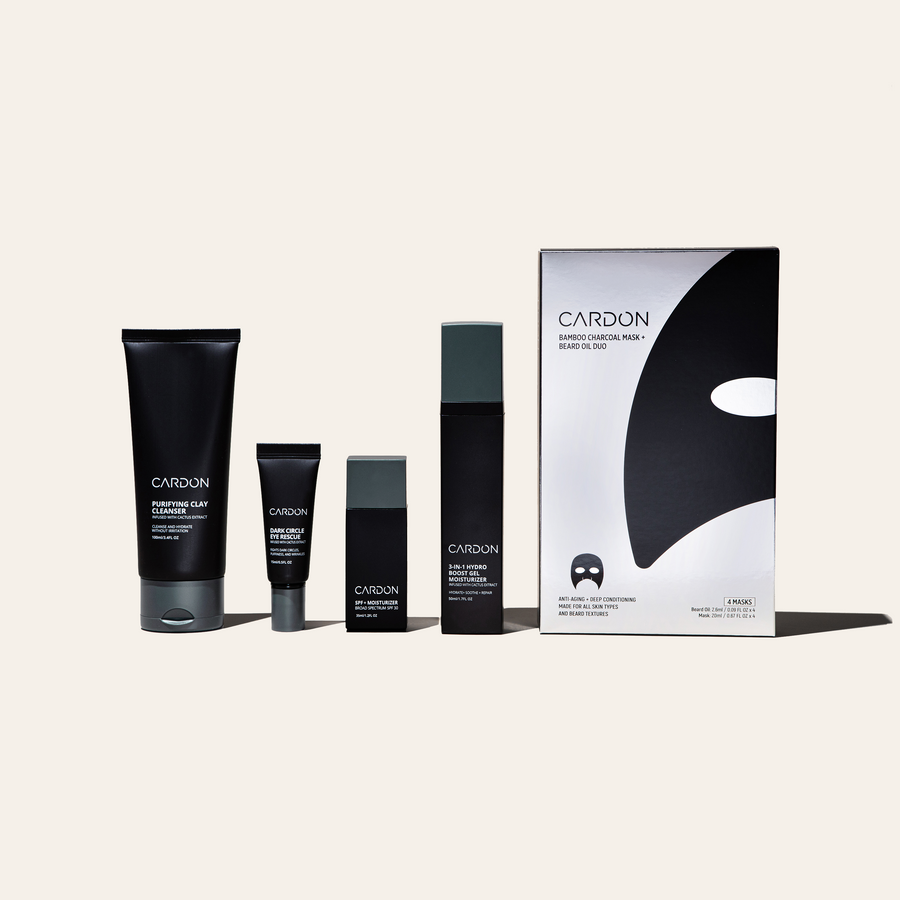
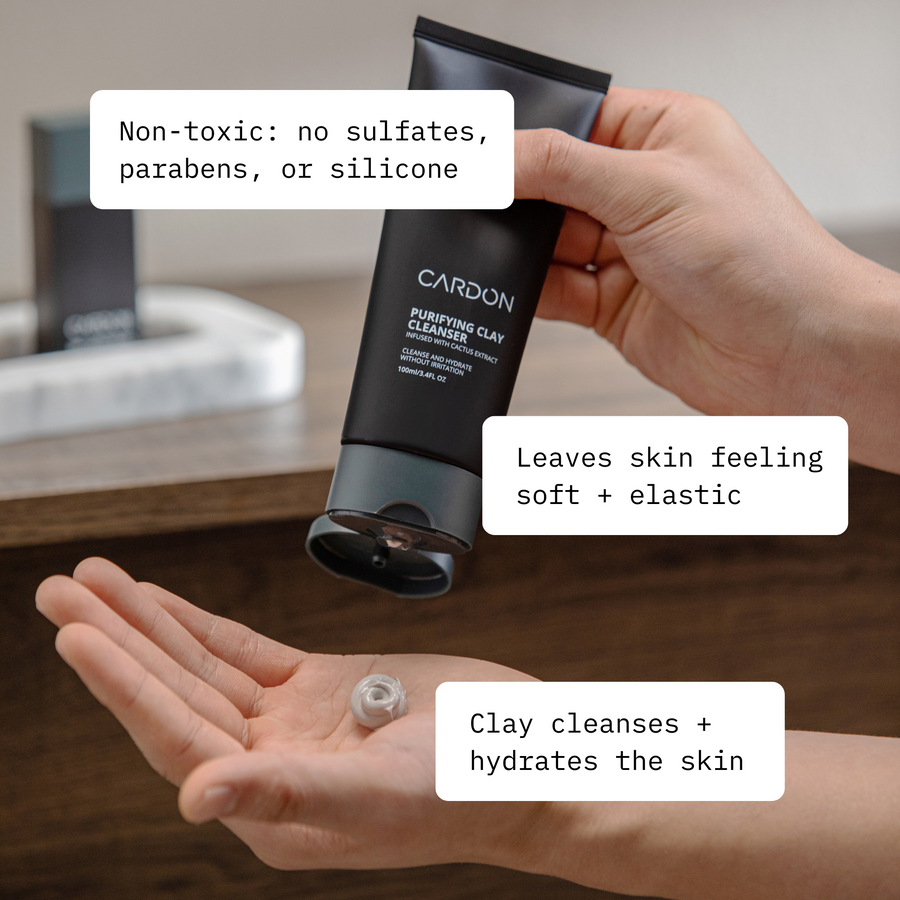
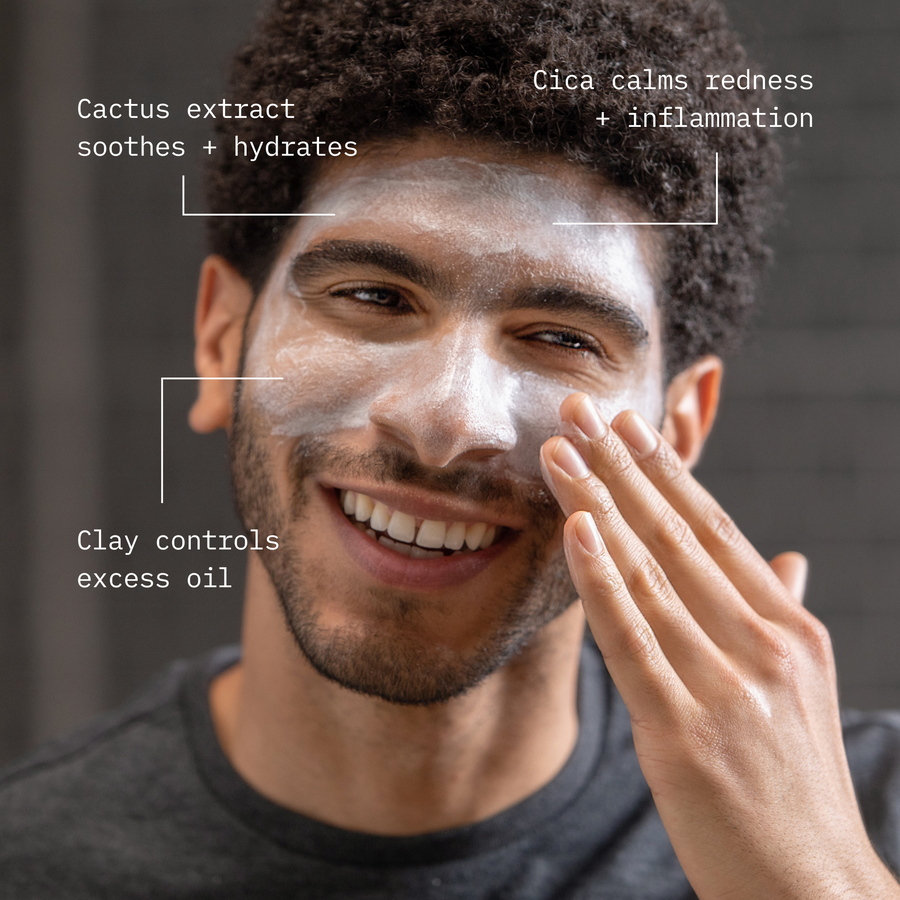


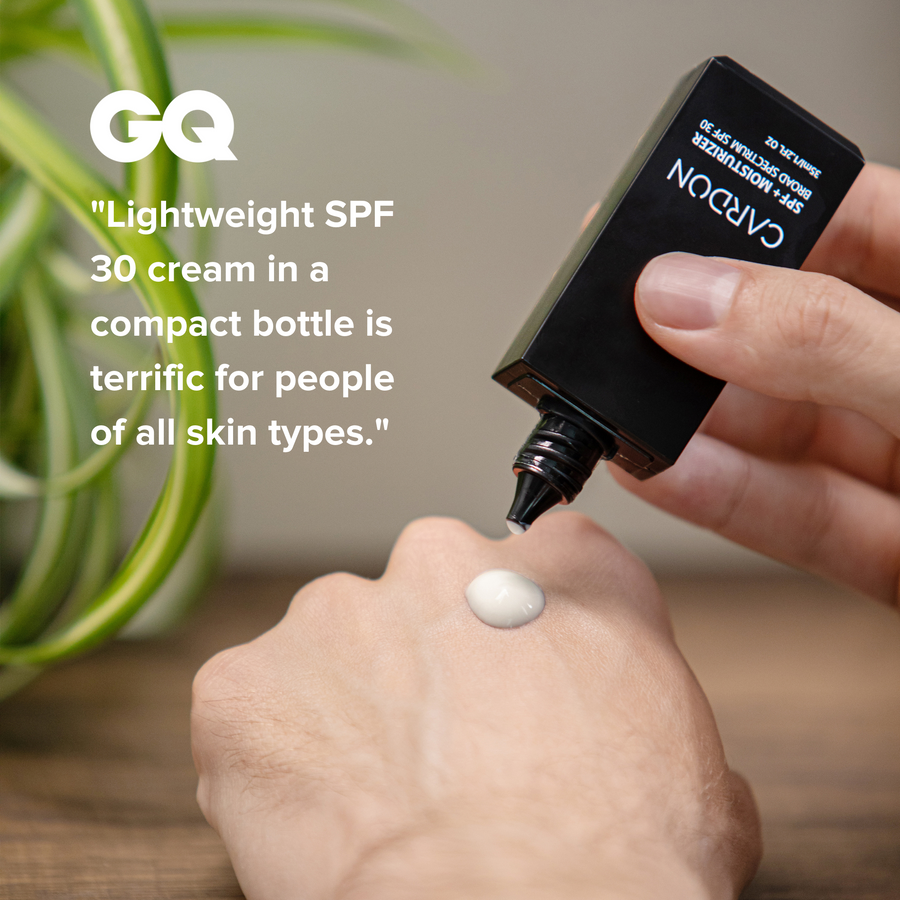
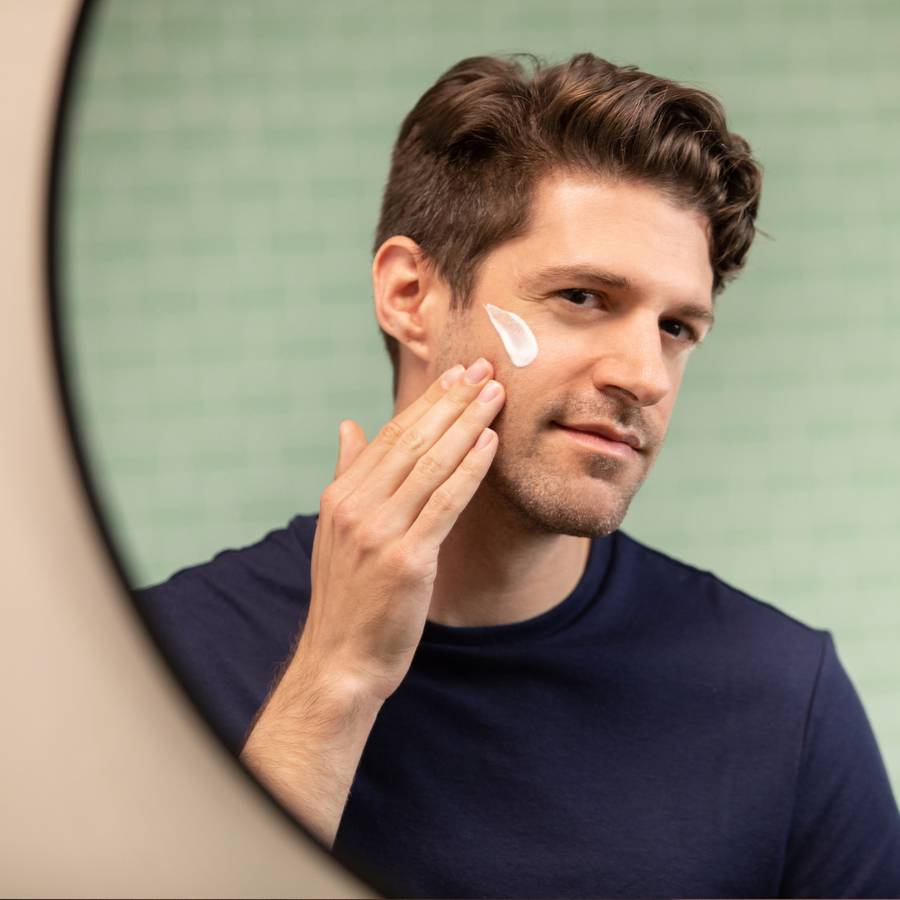
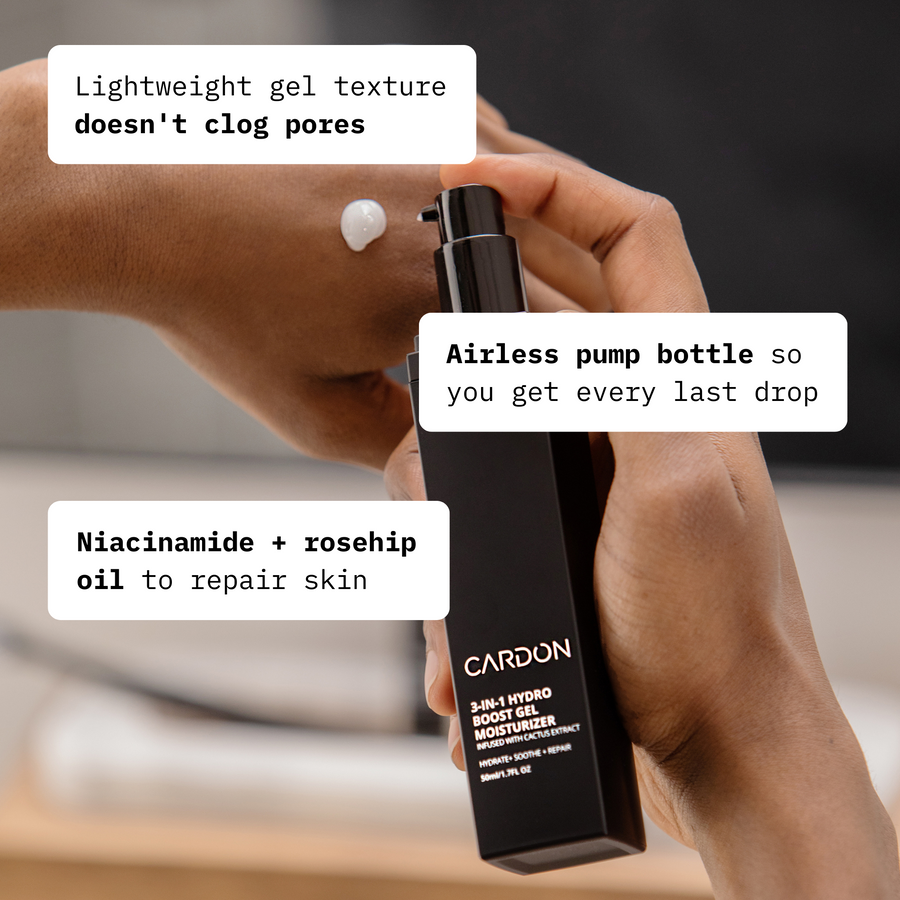


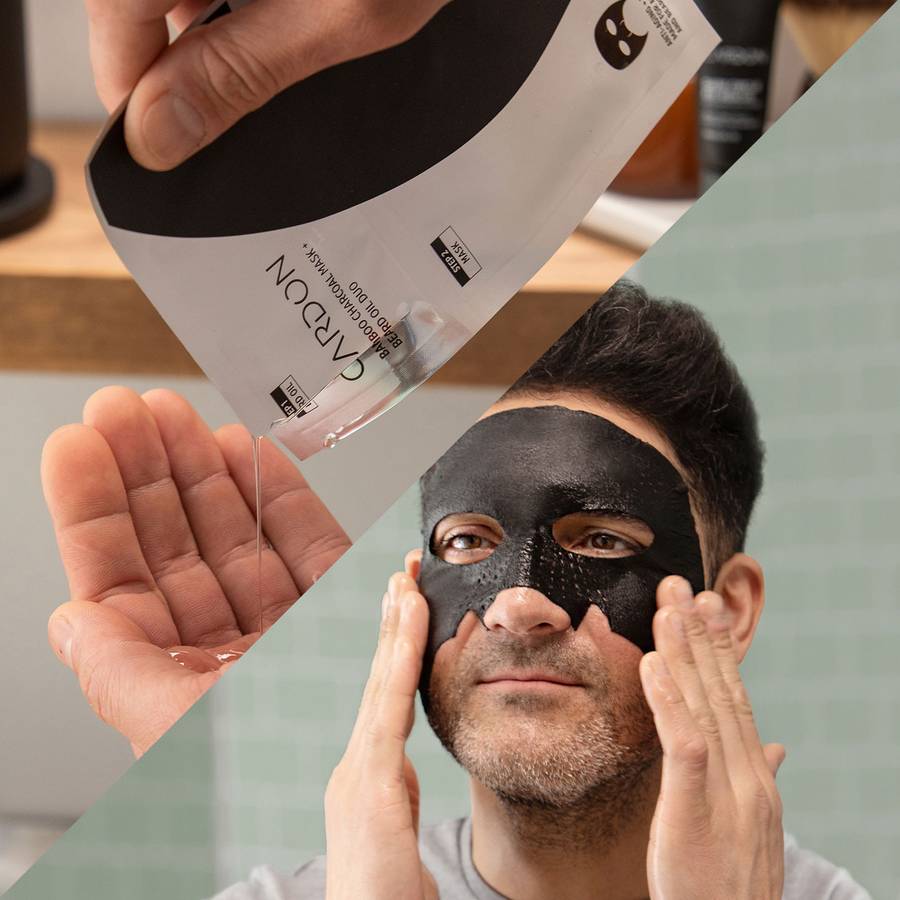
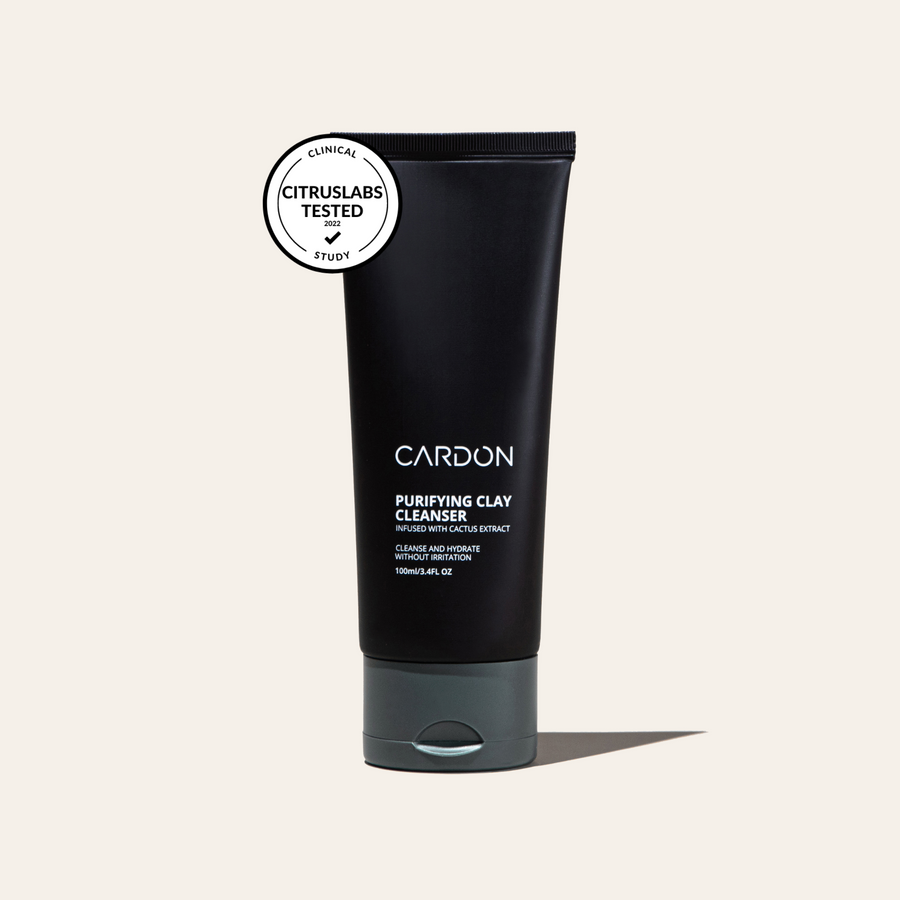
.png?v=1765476667968&options=w_900)
